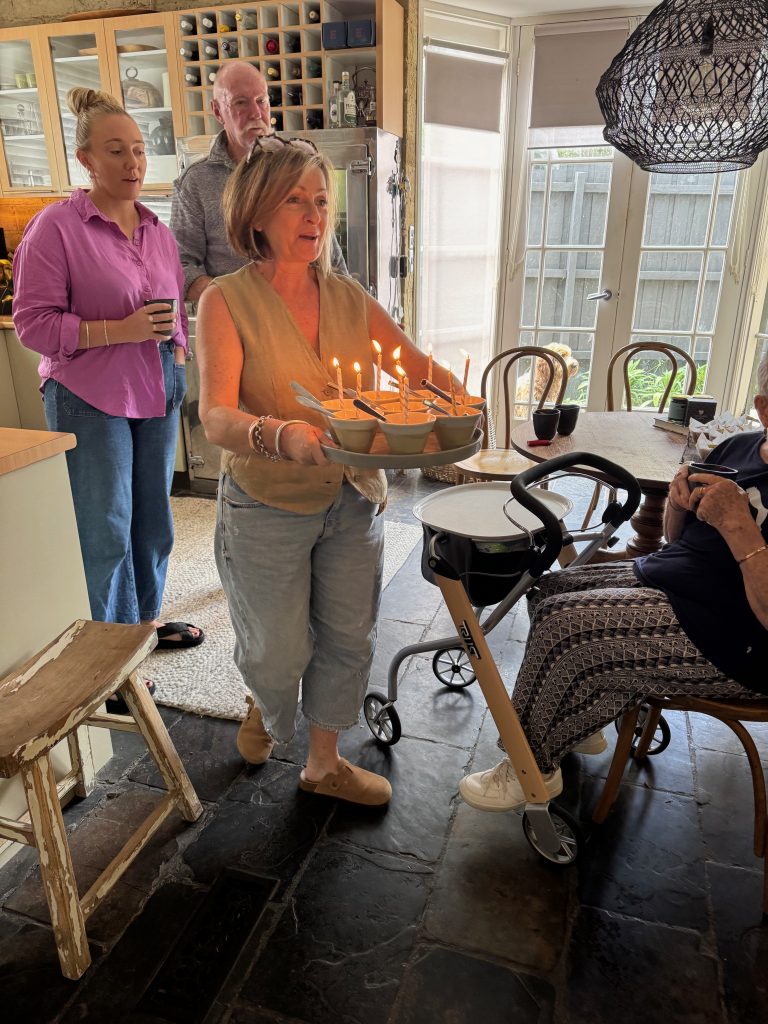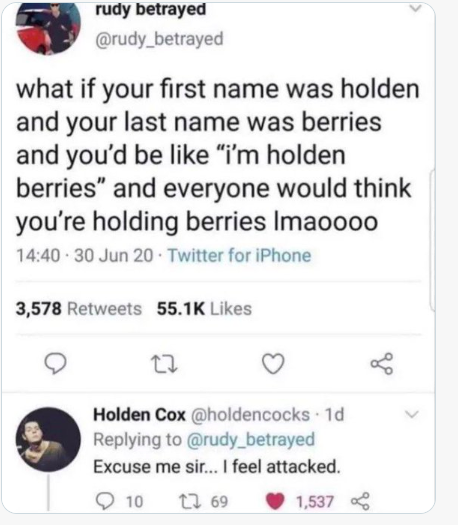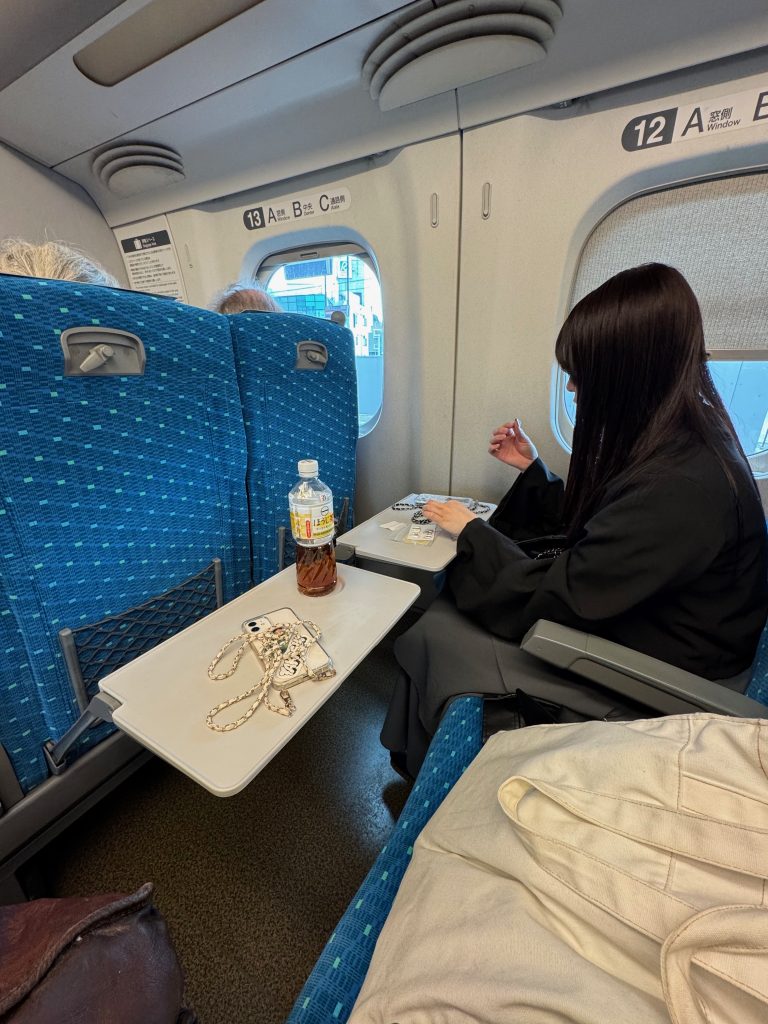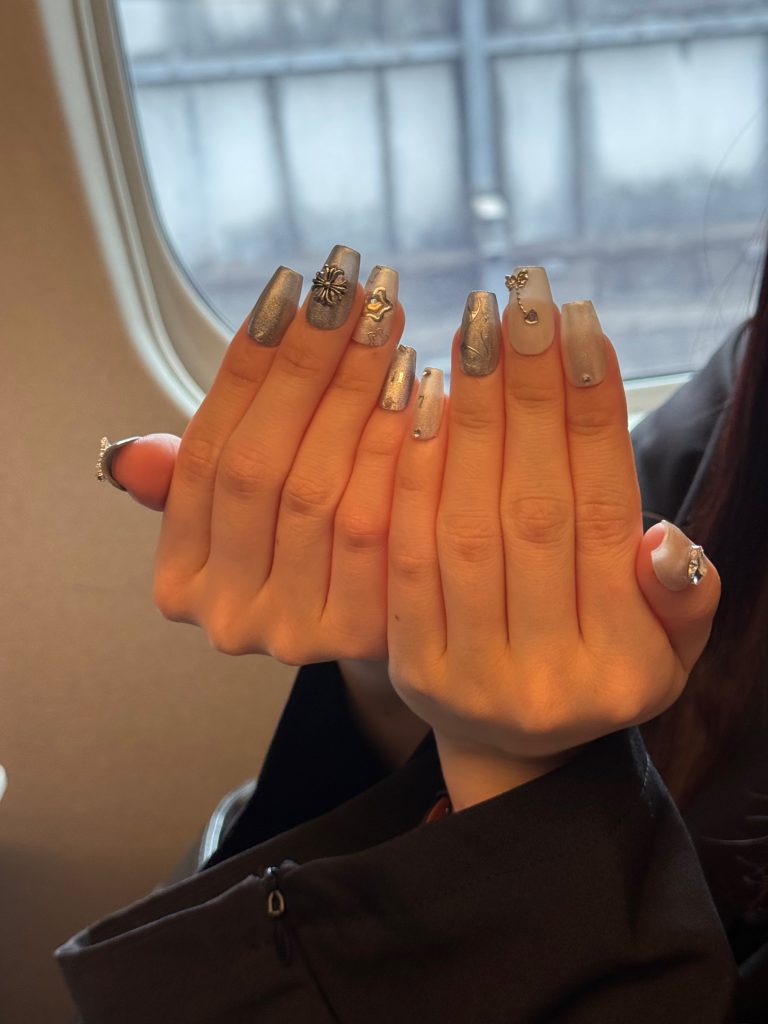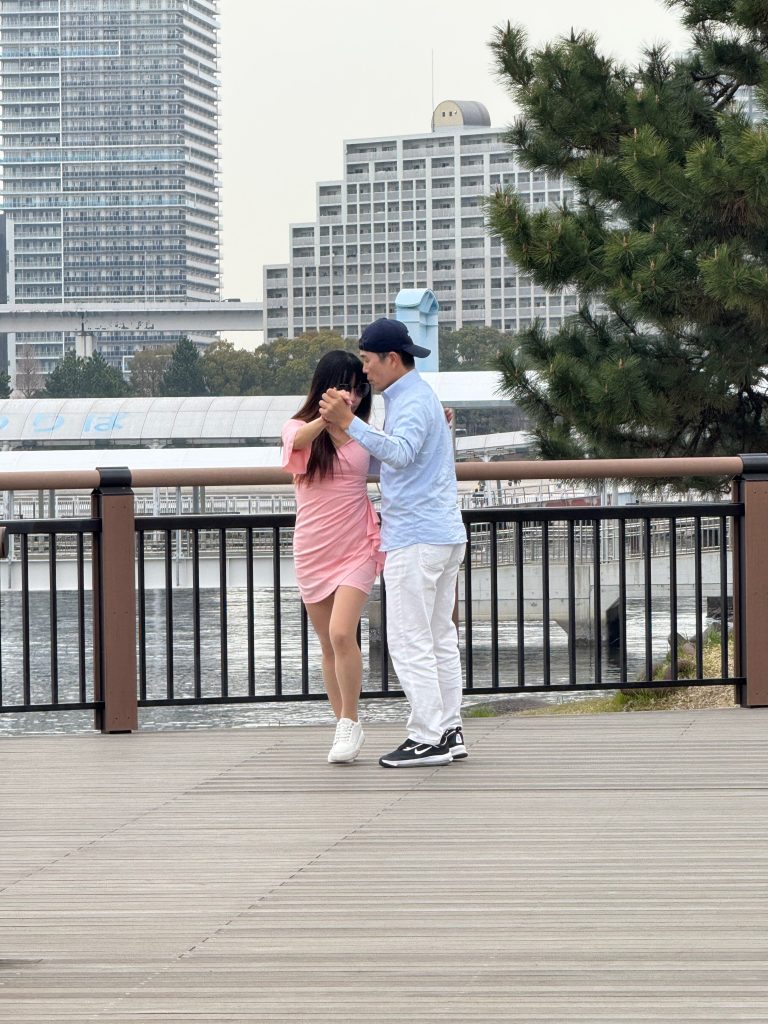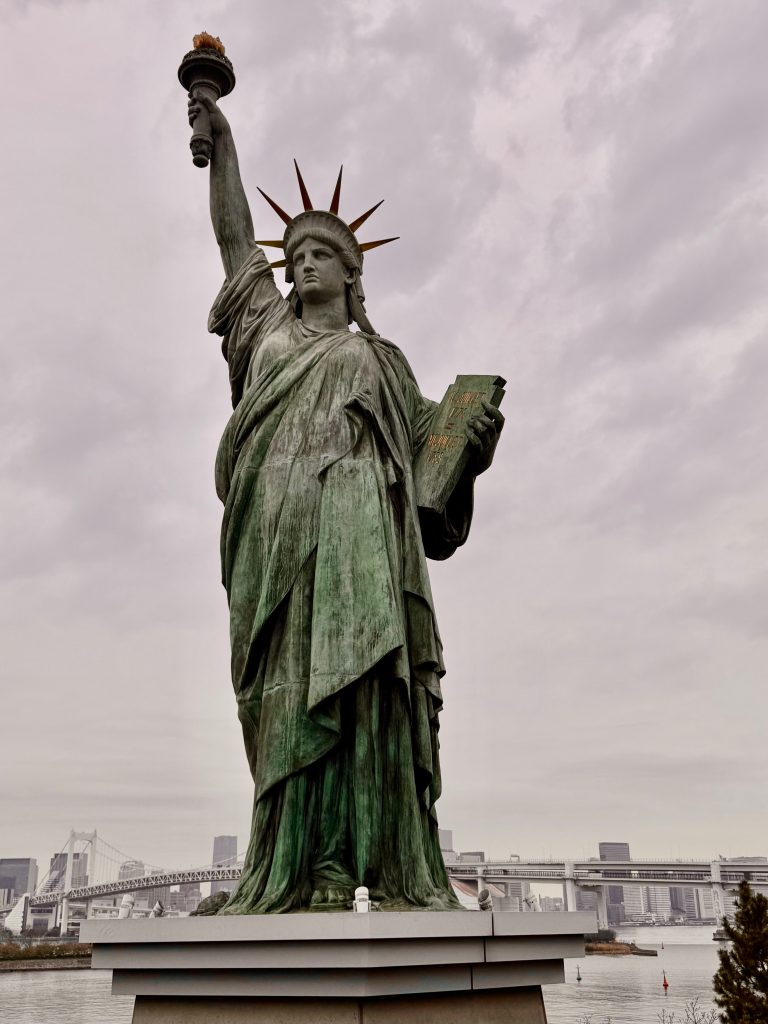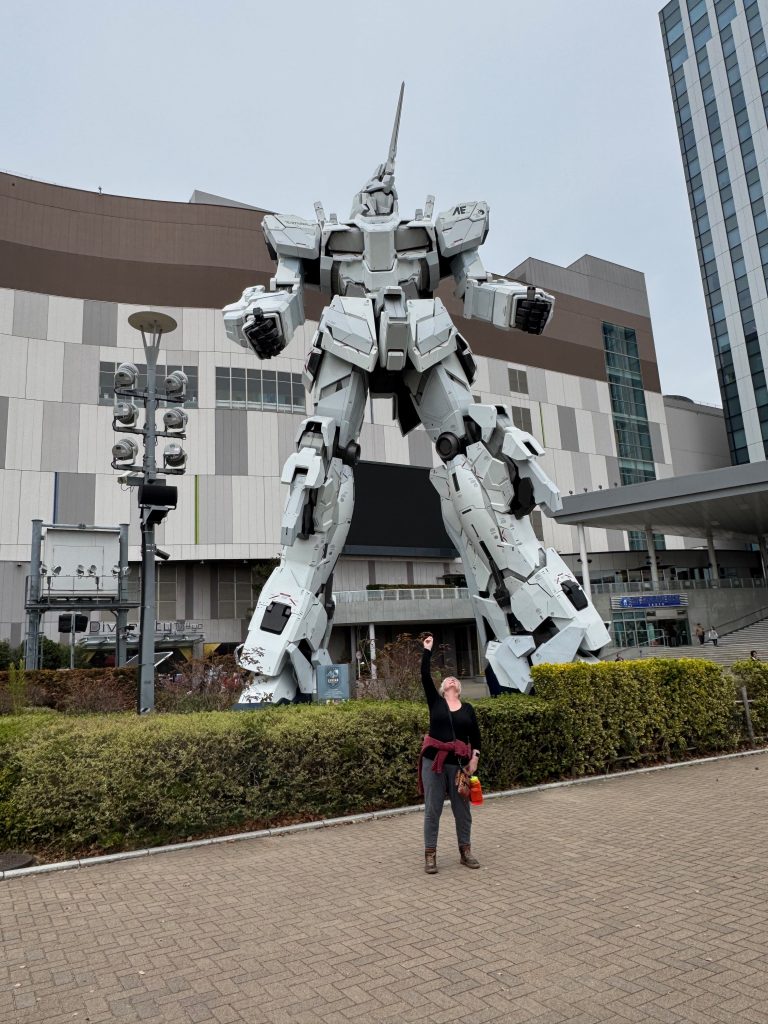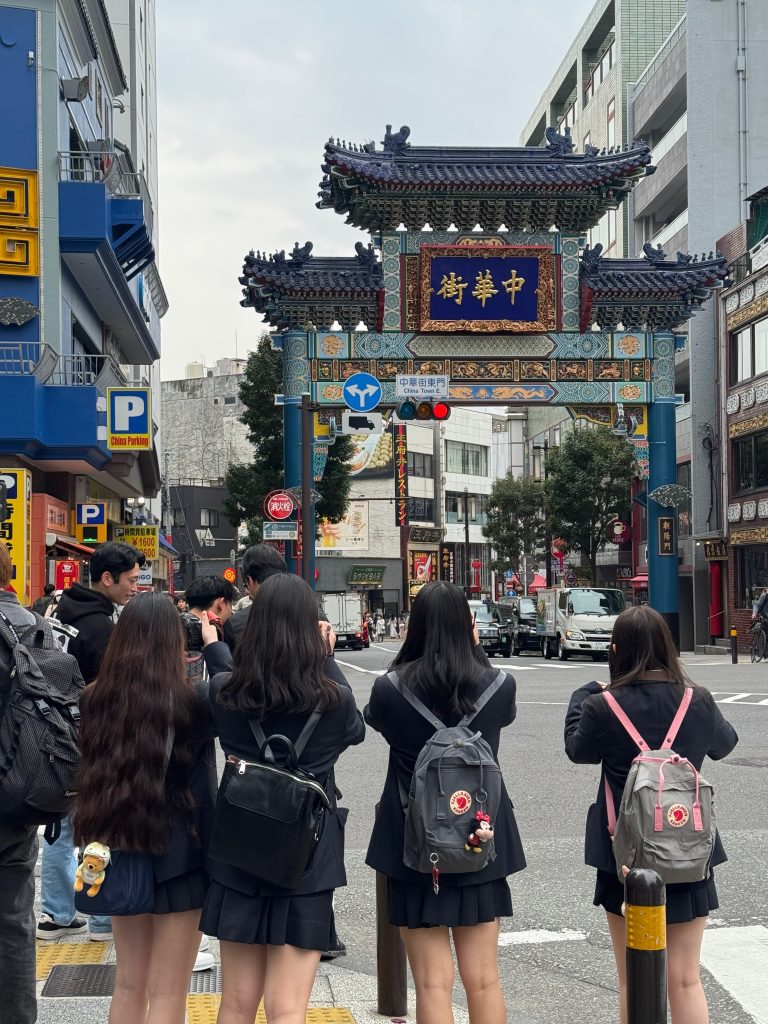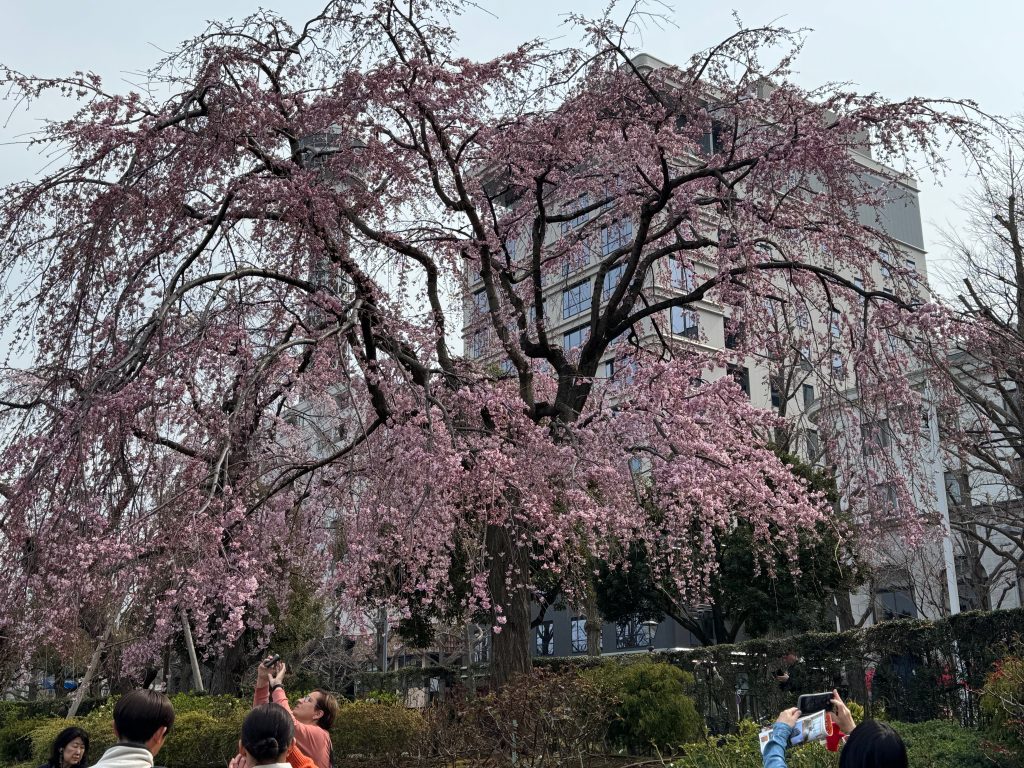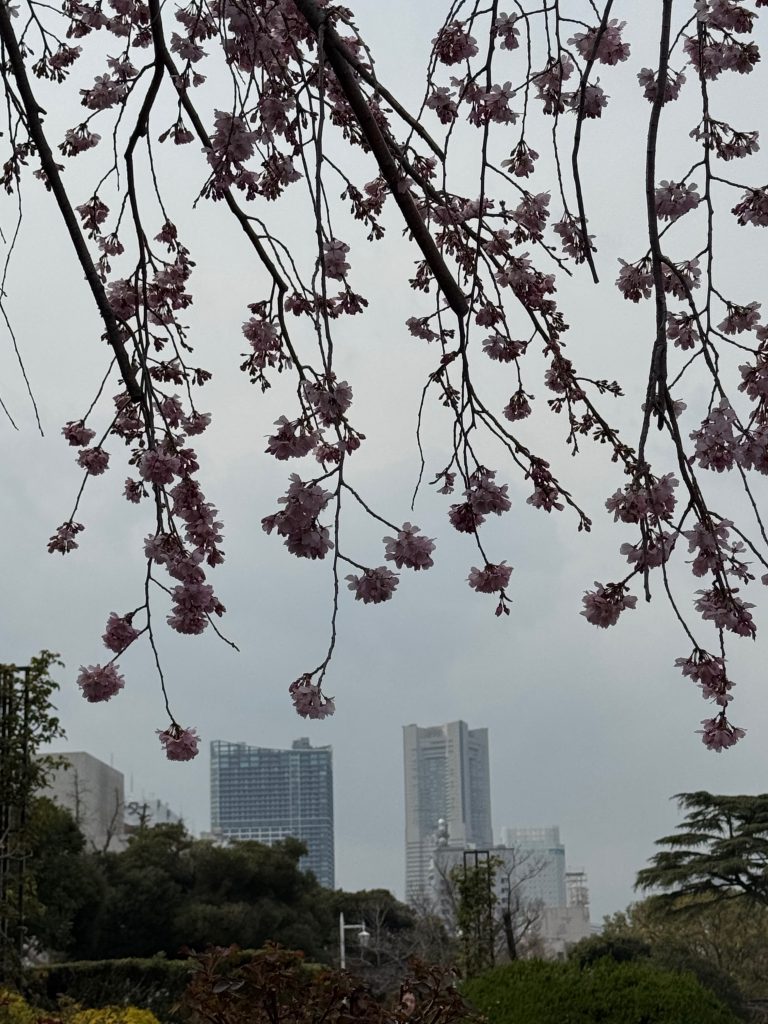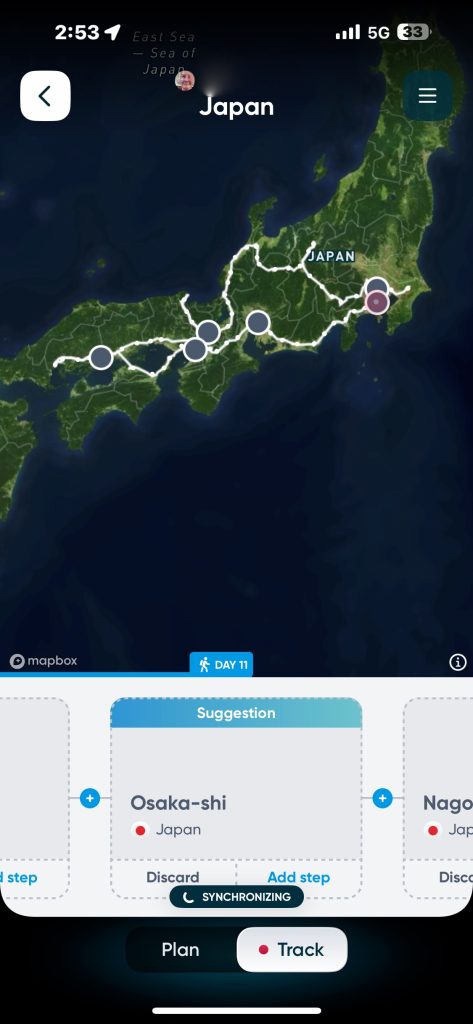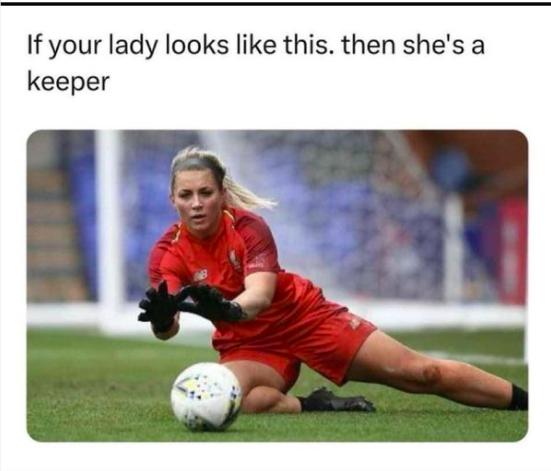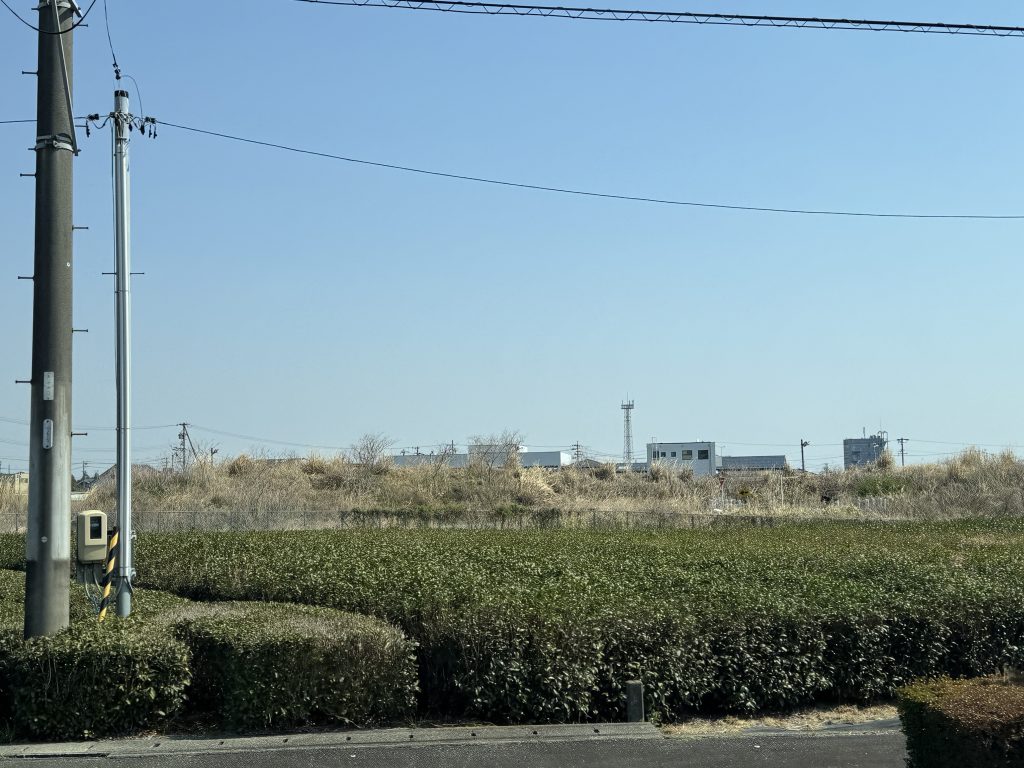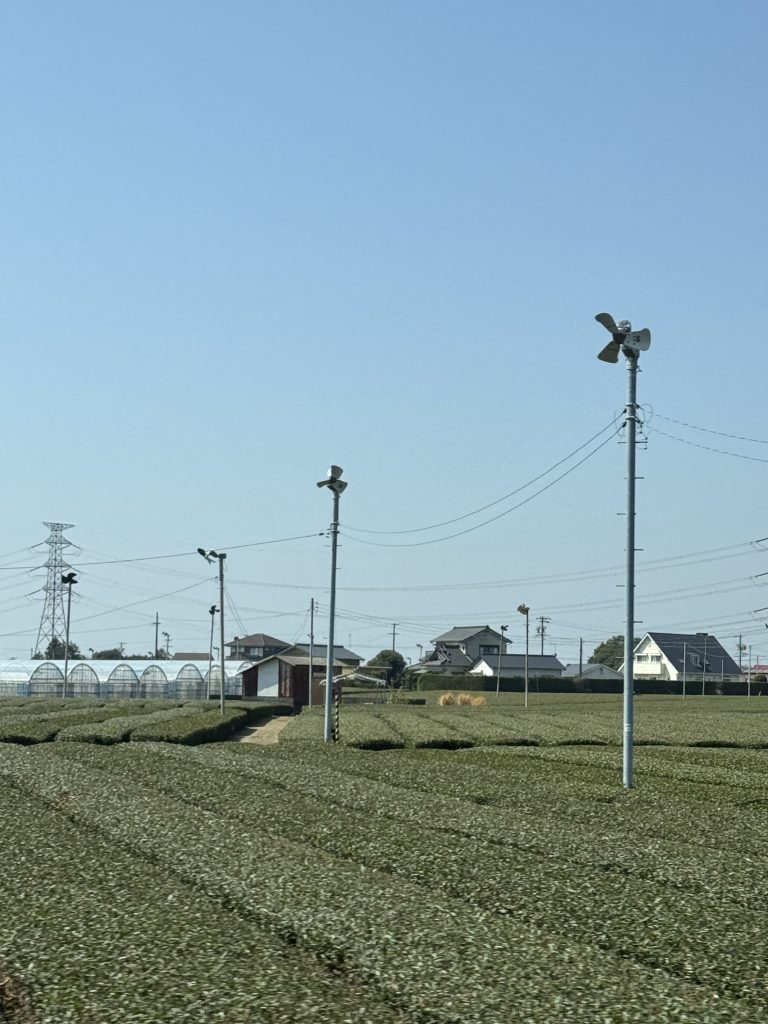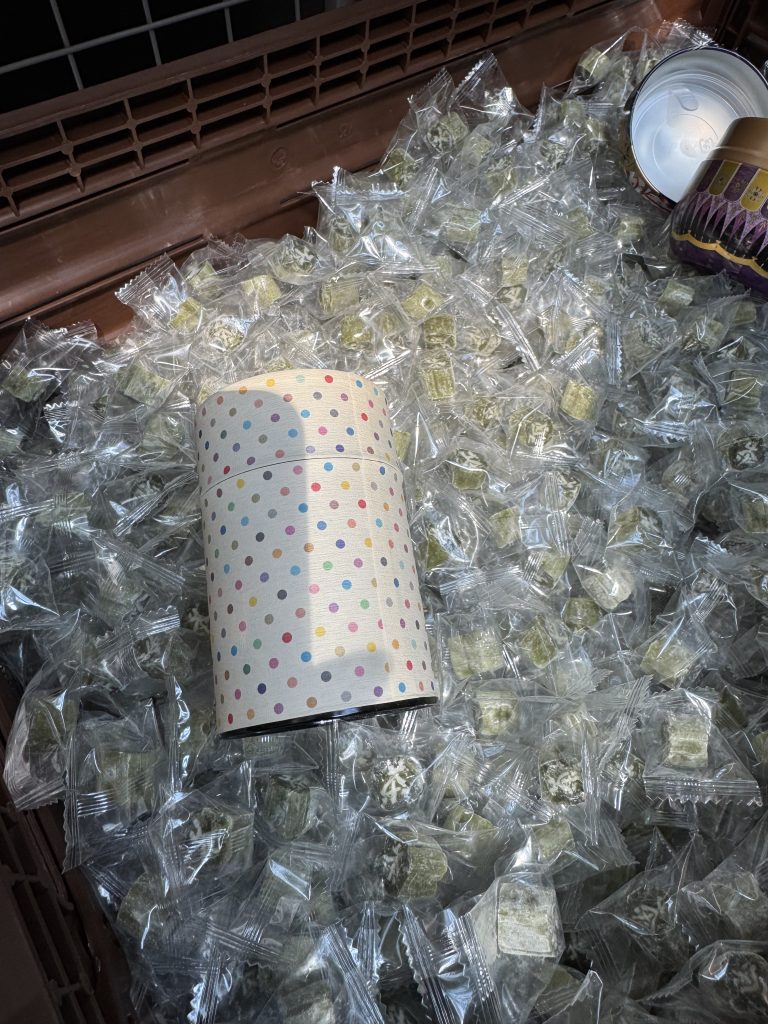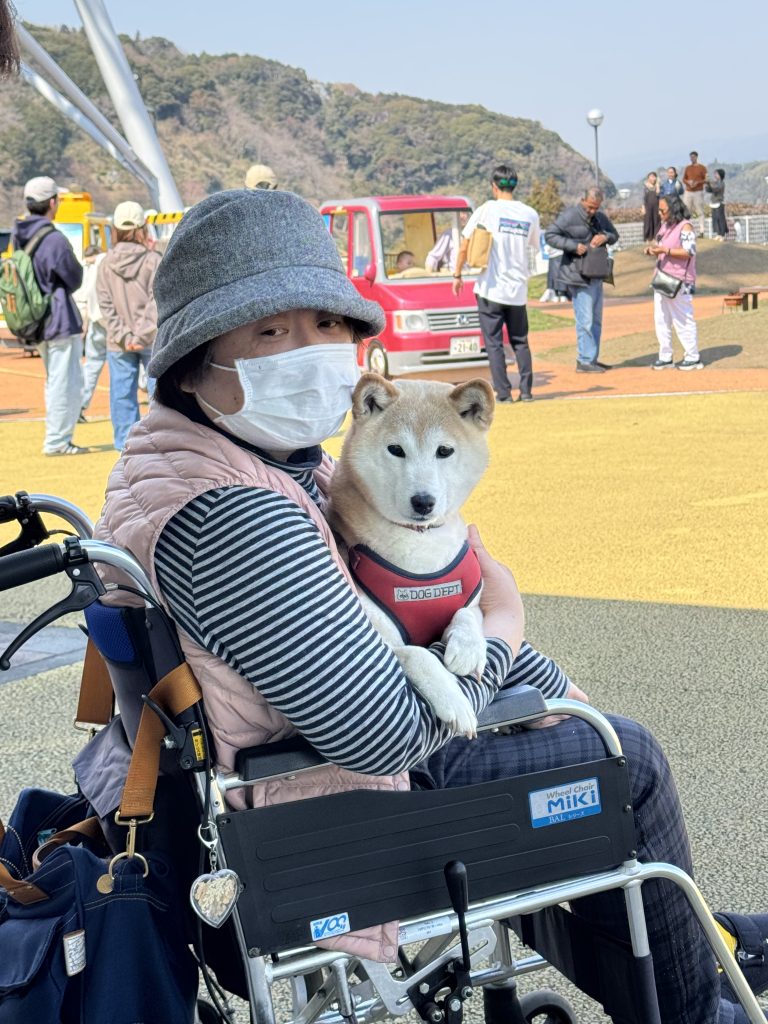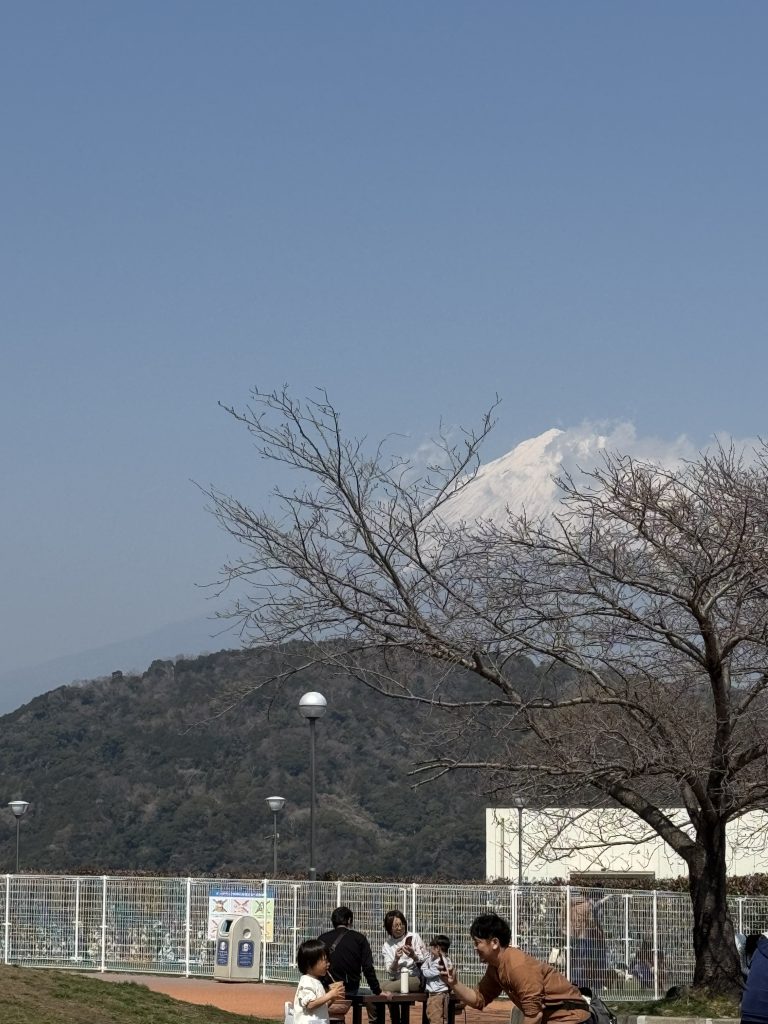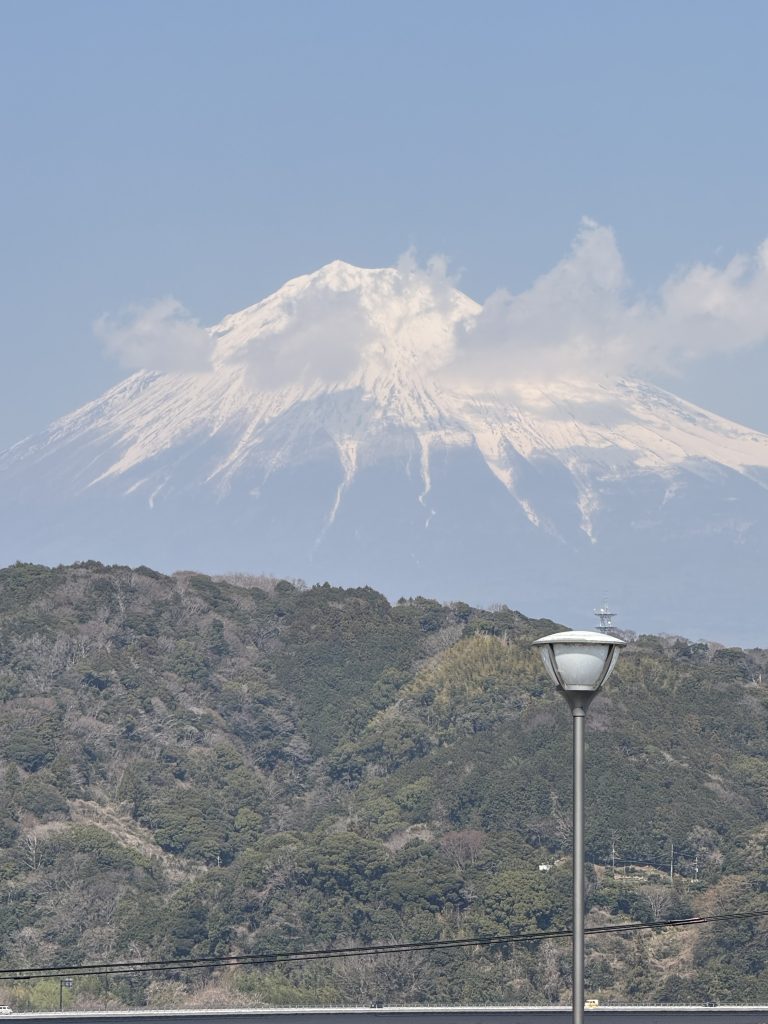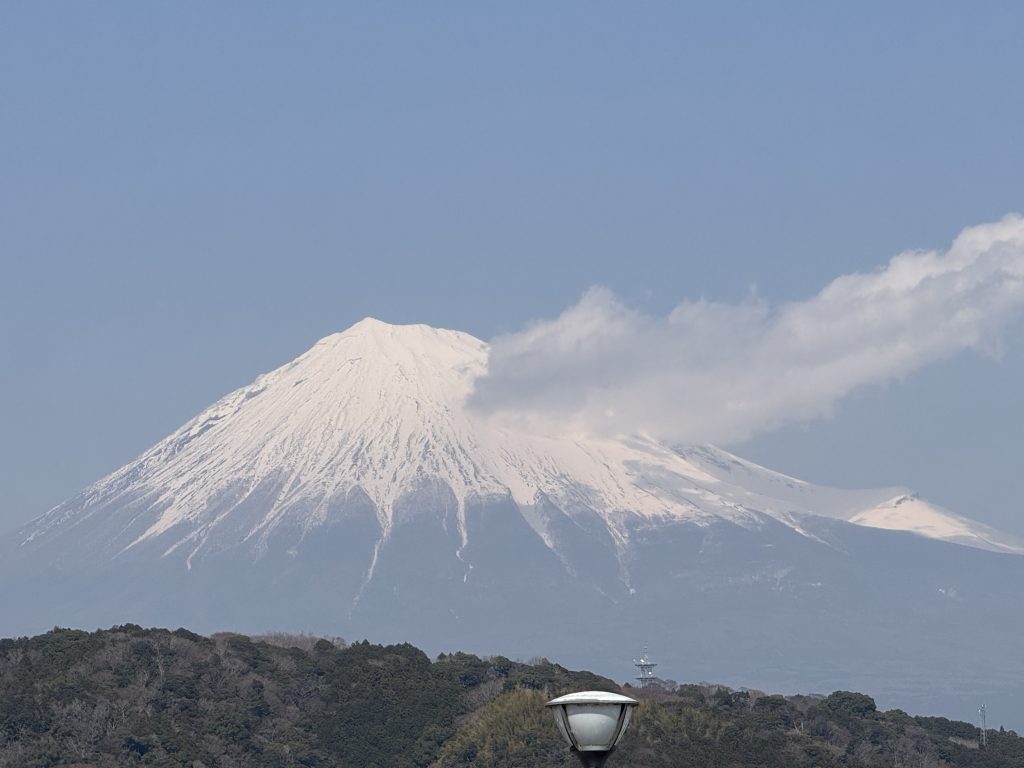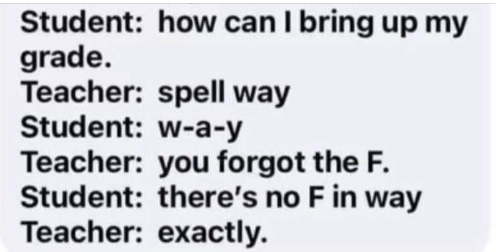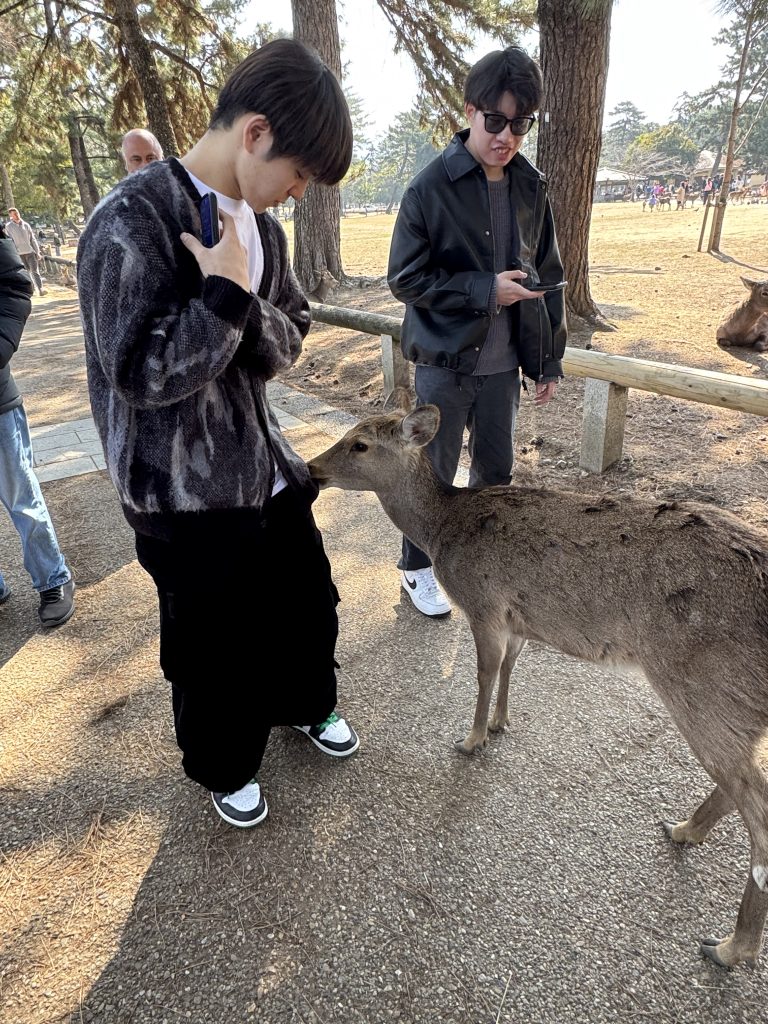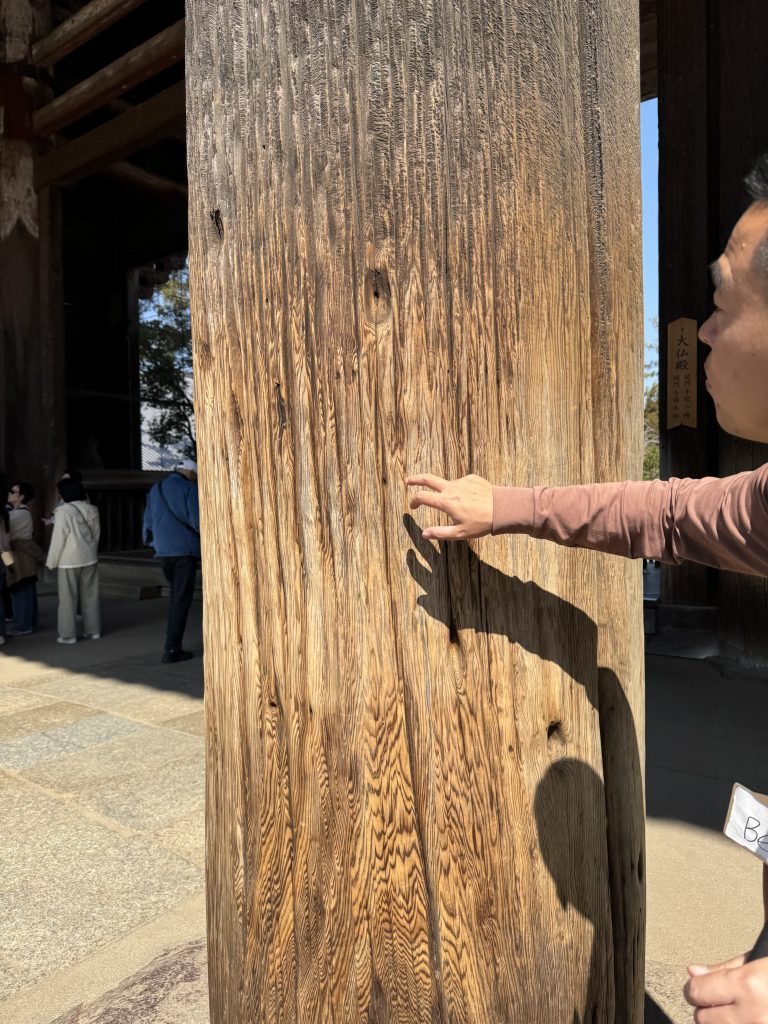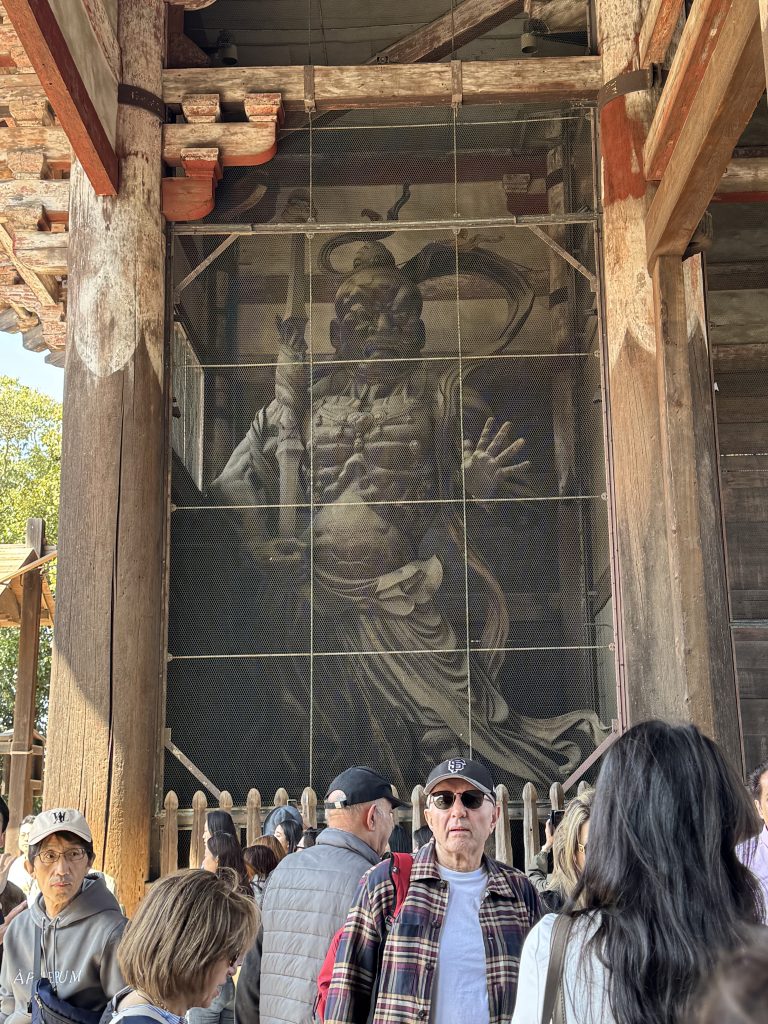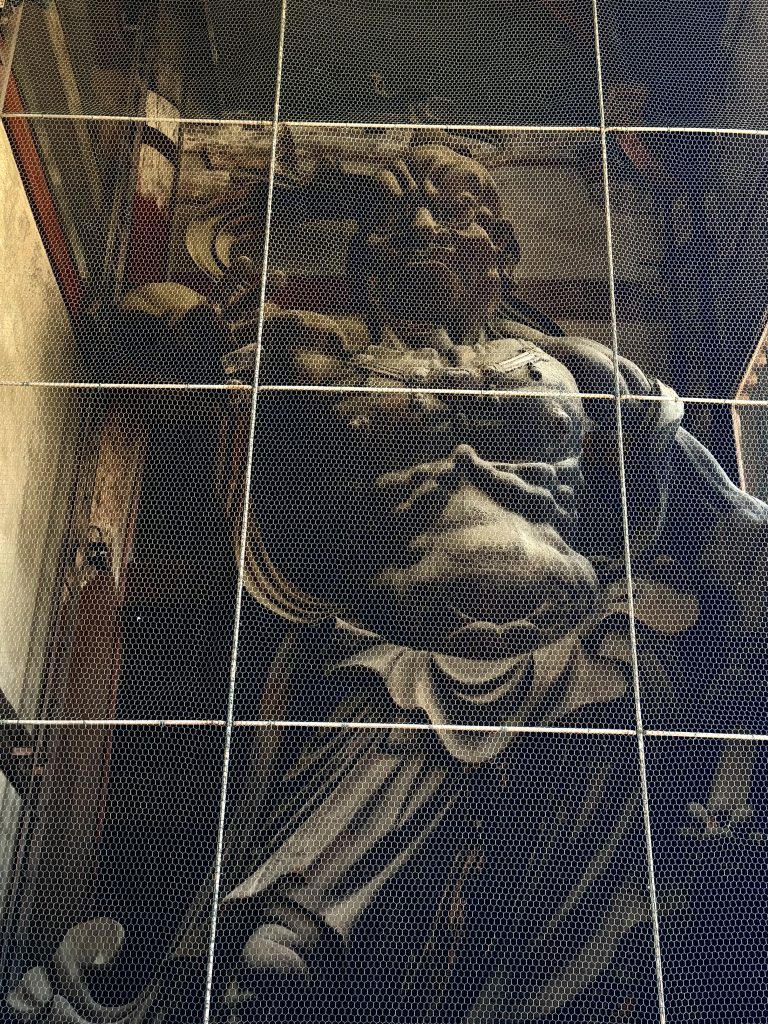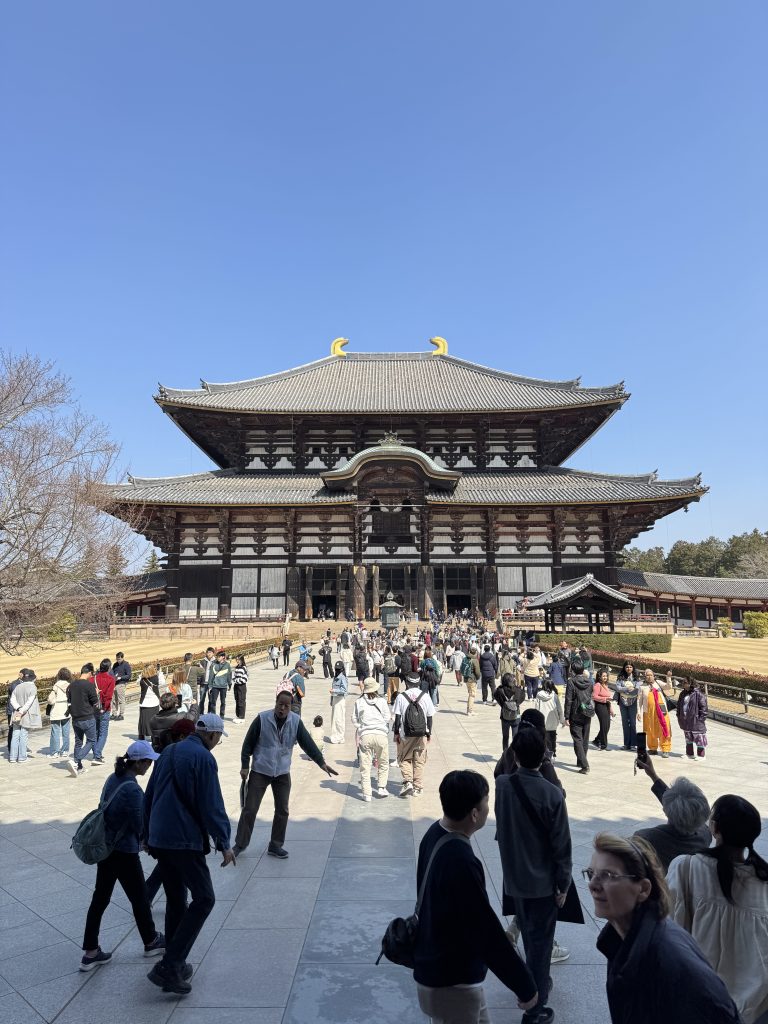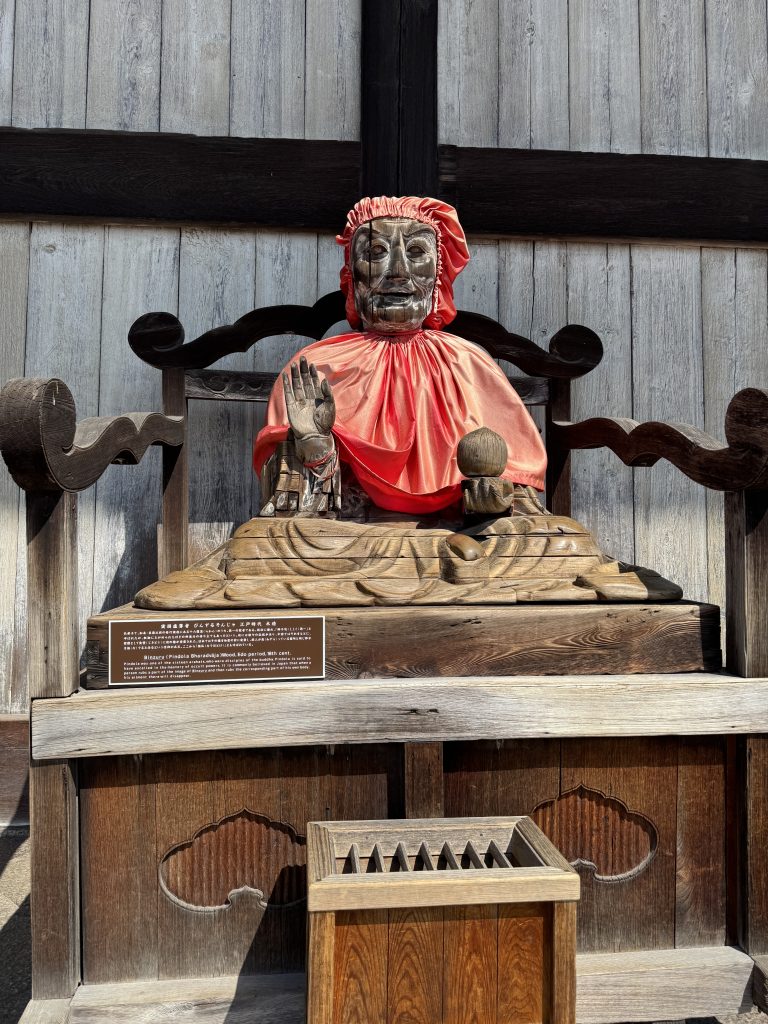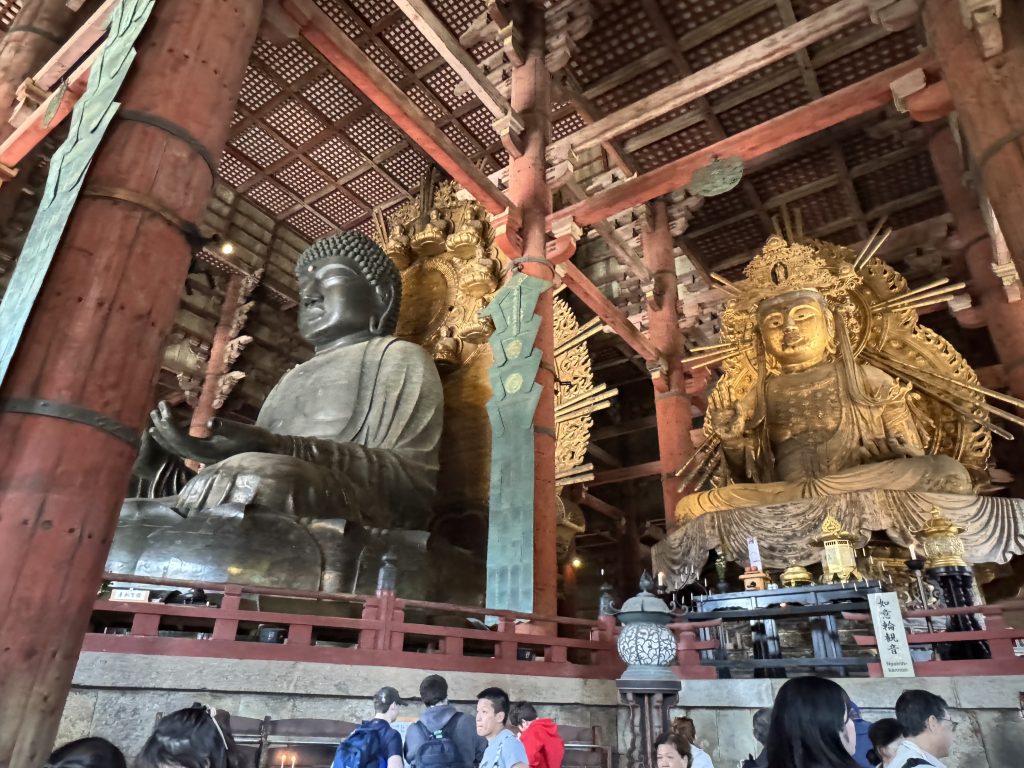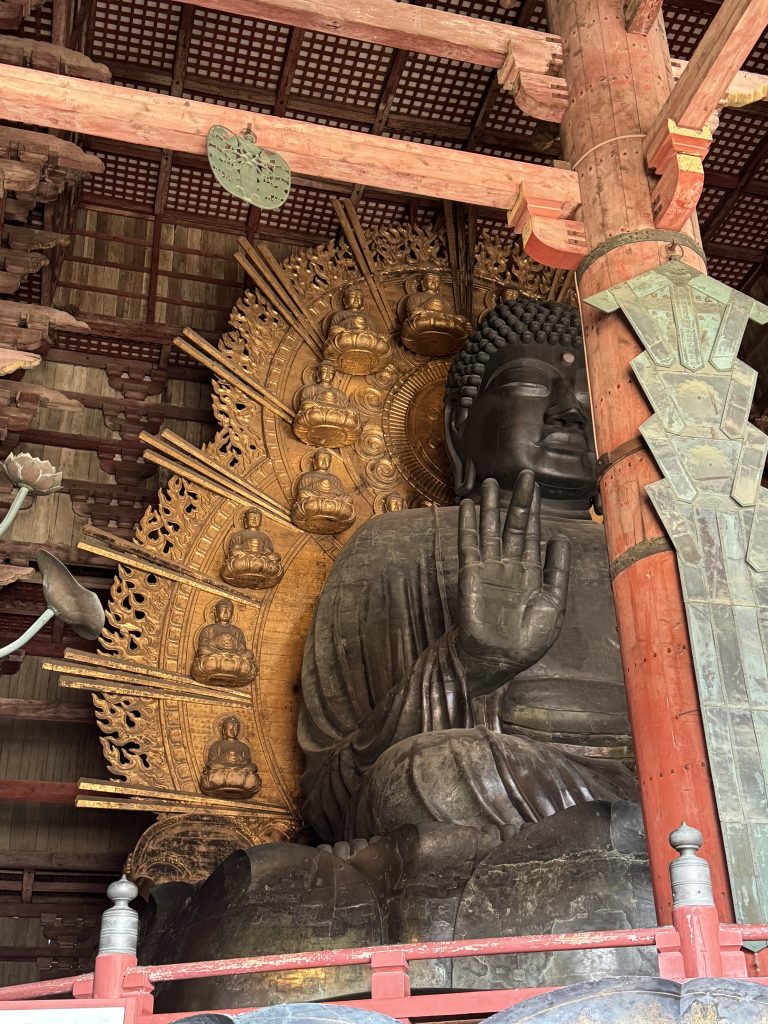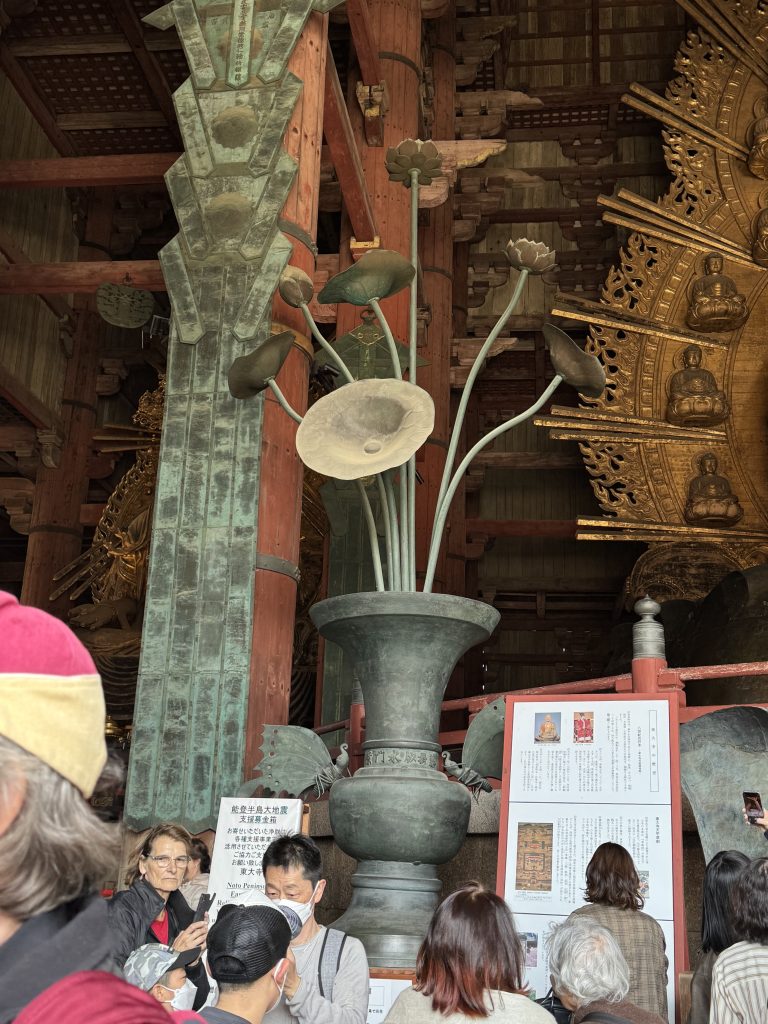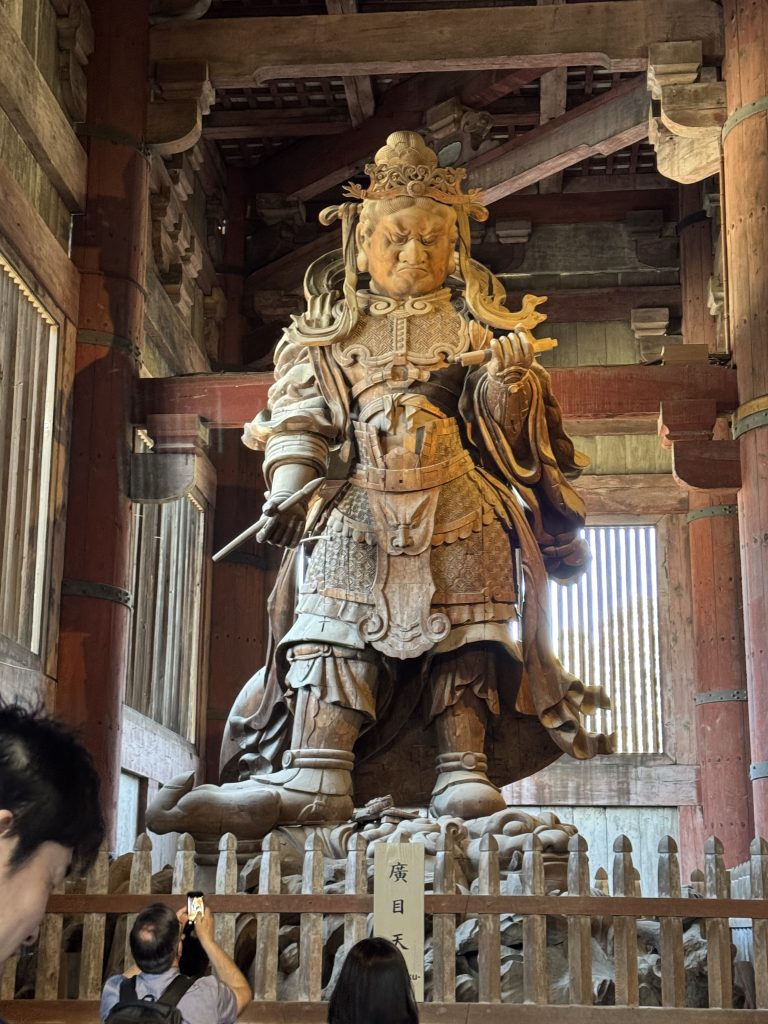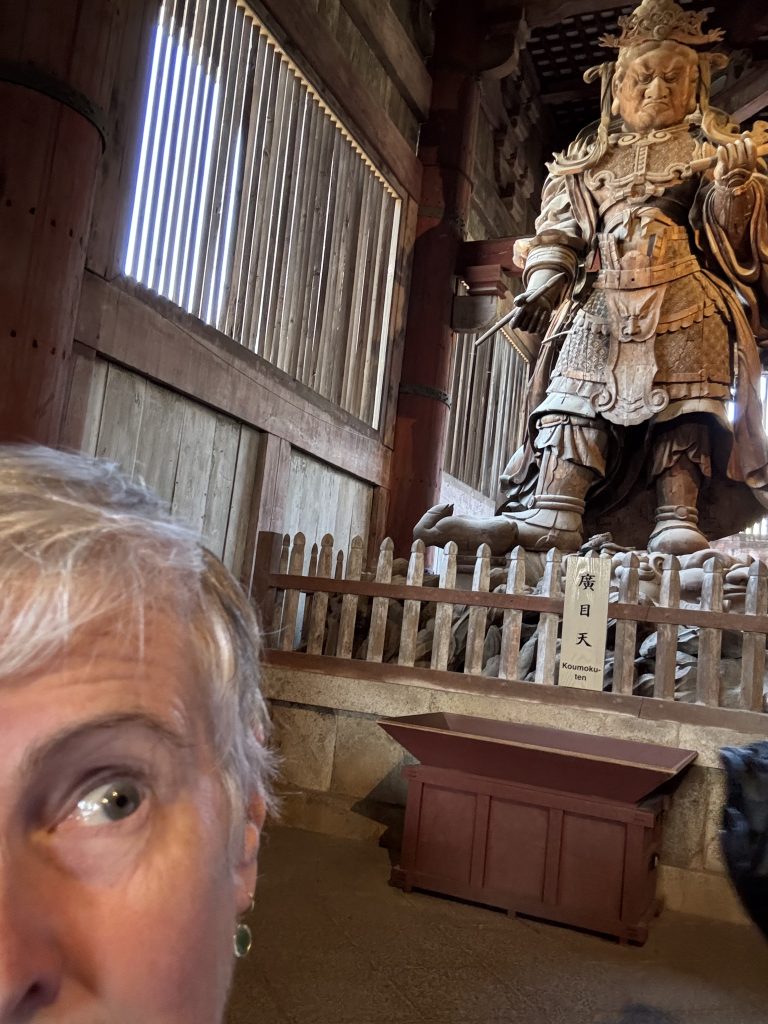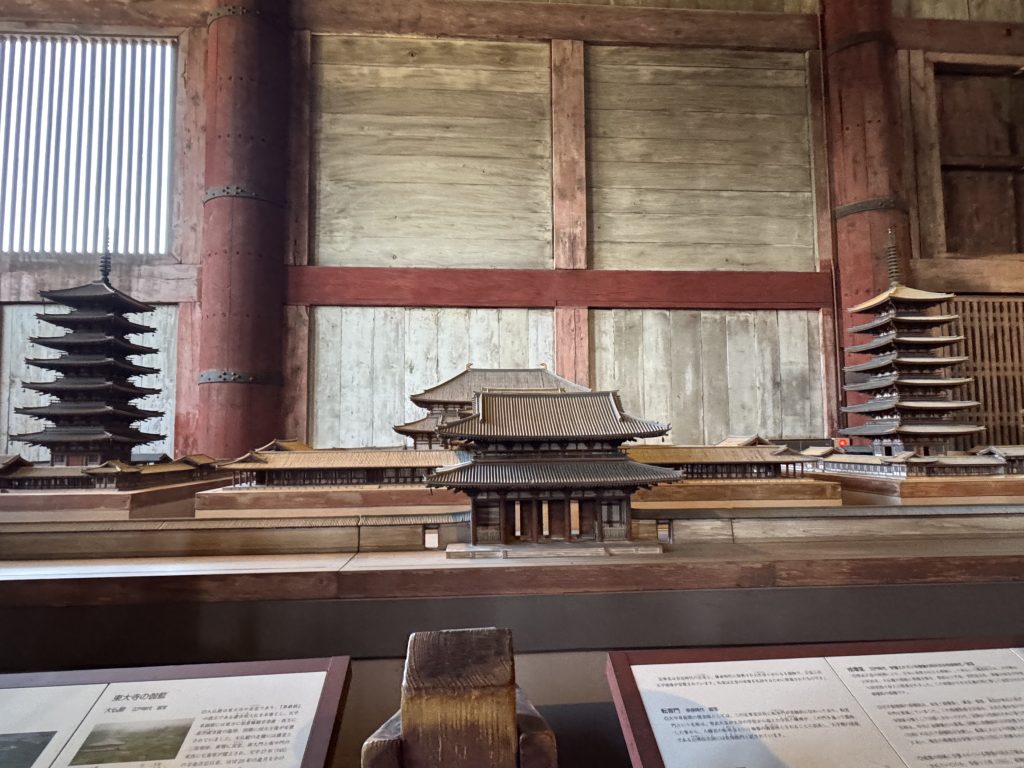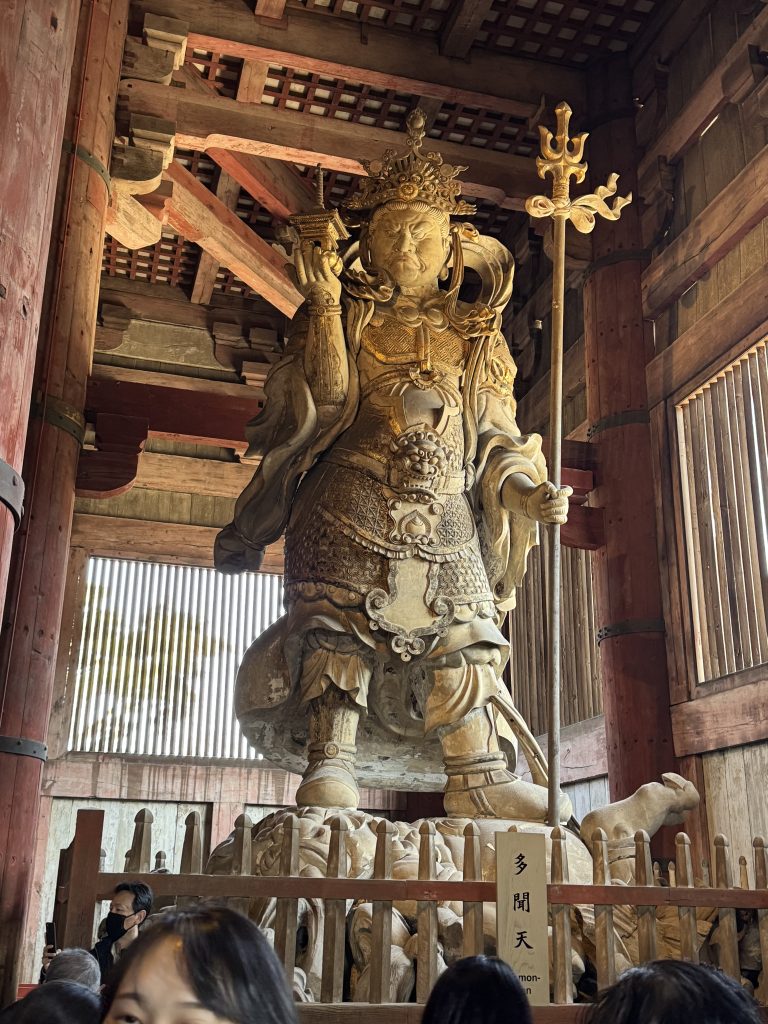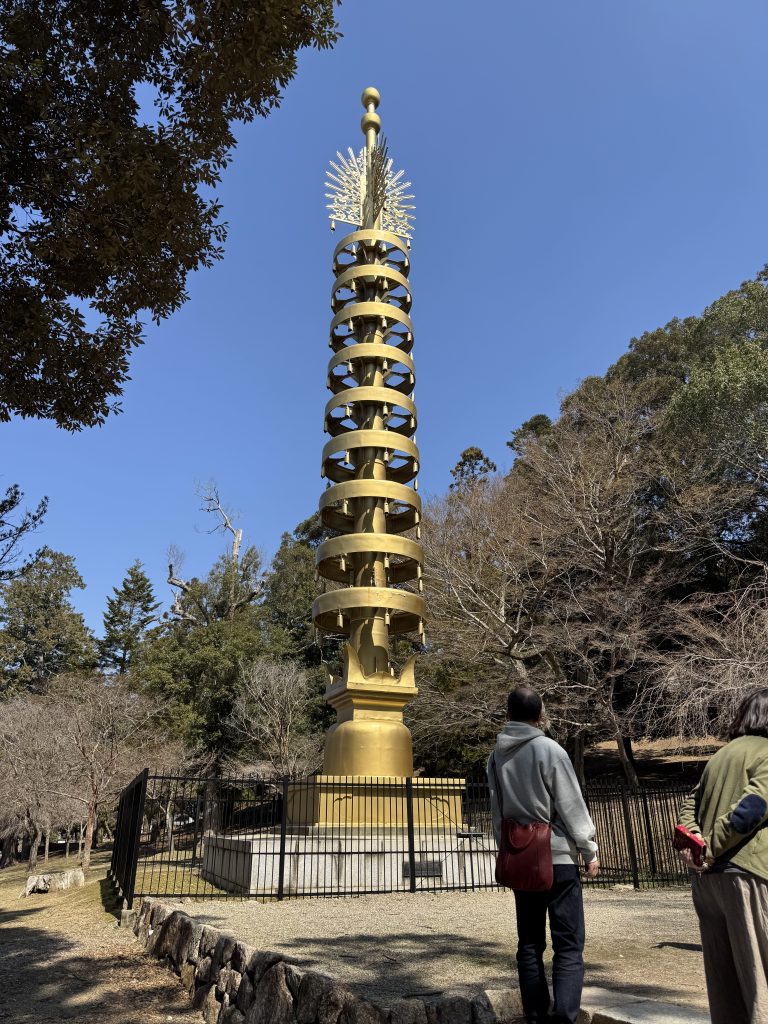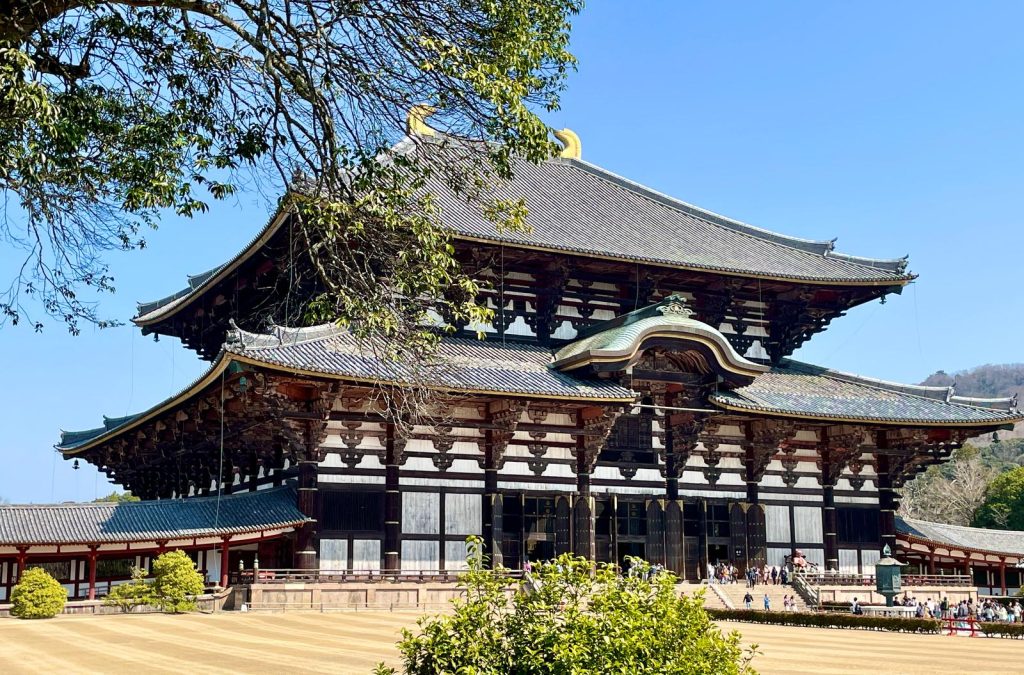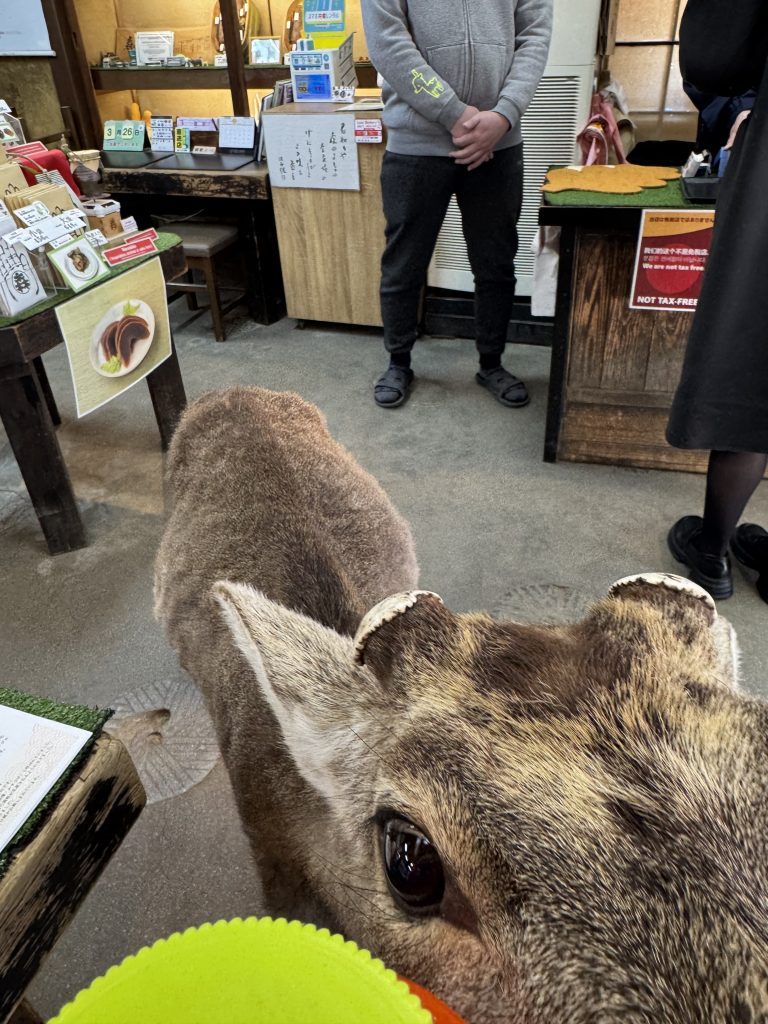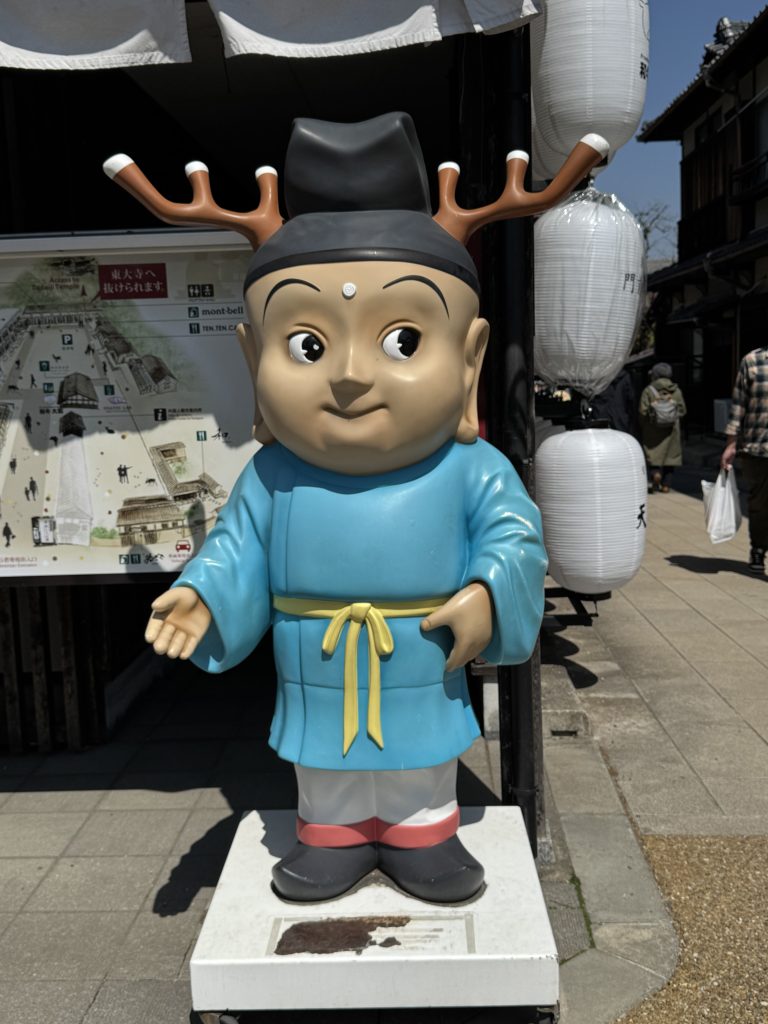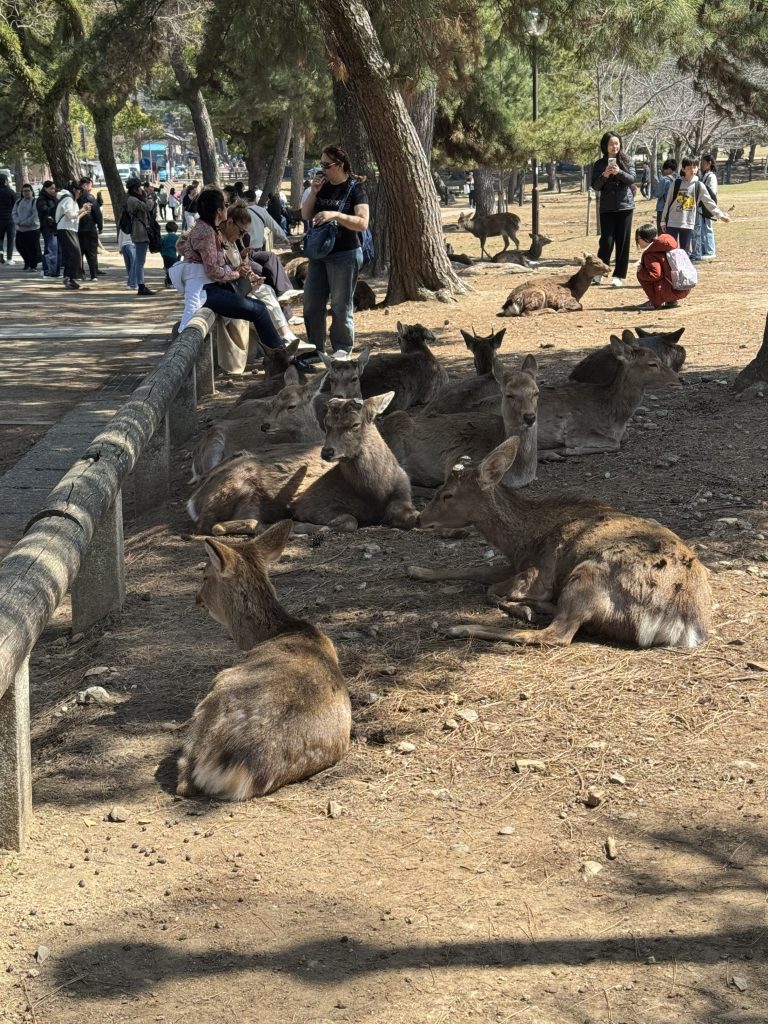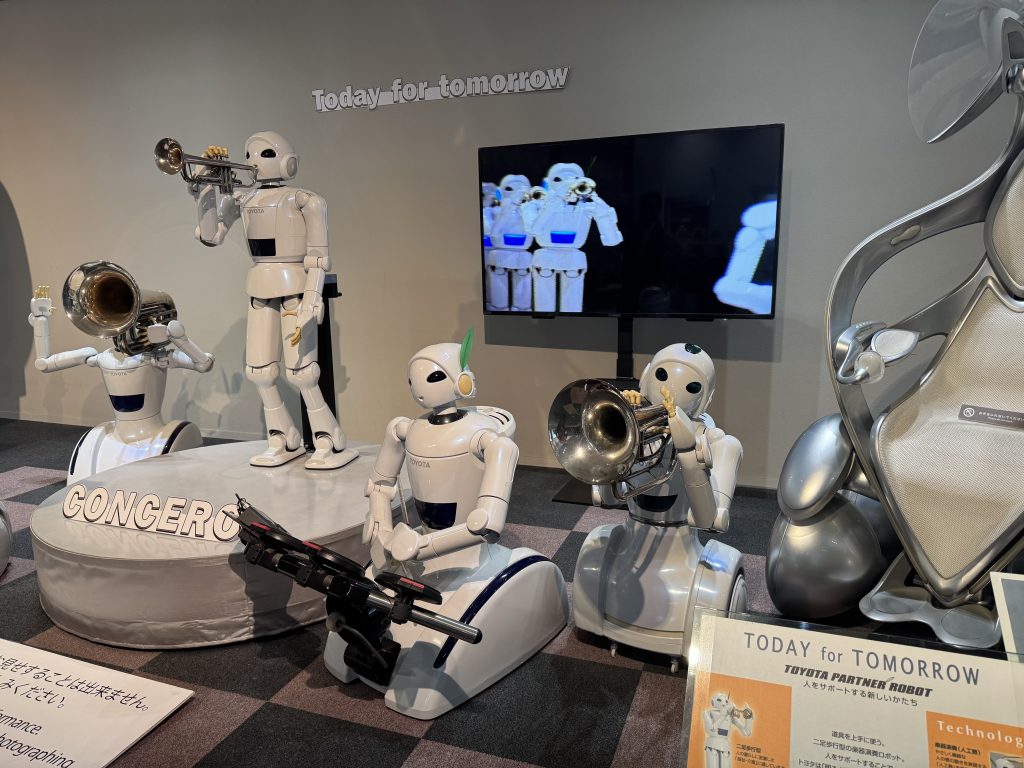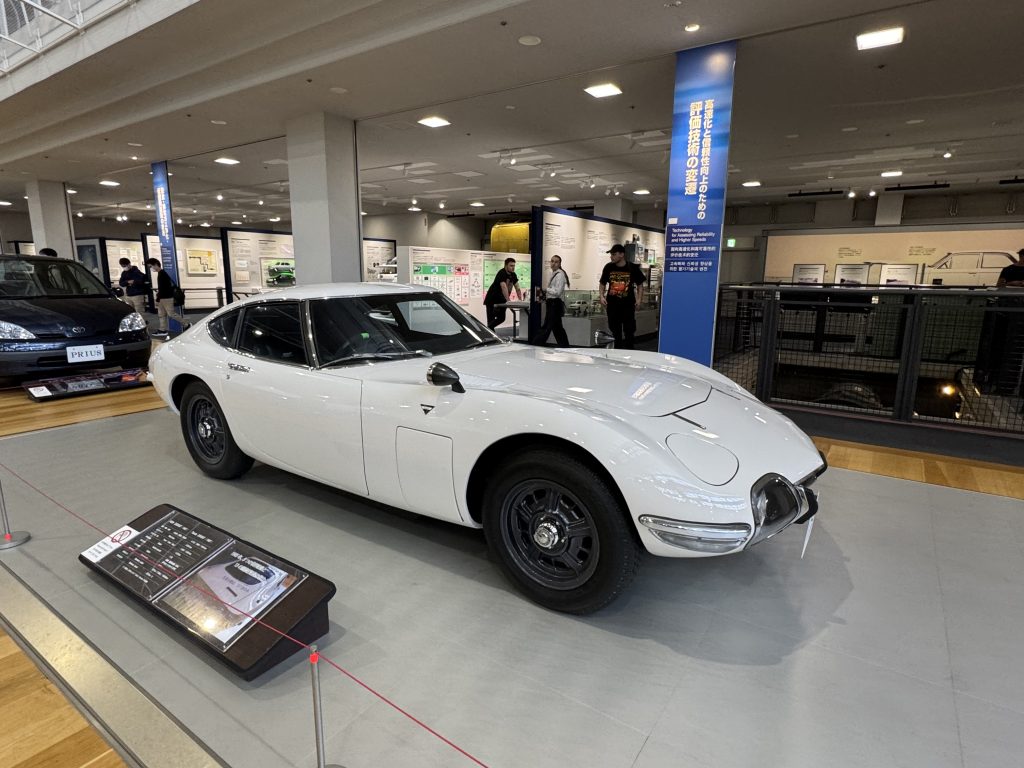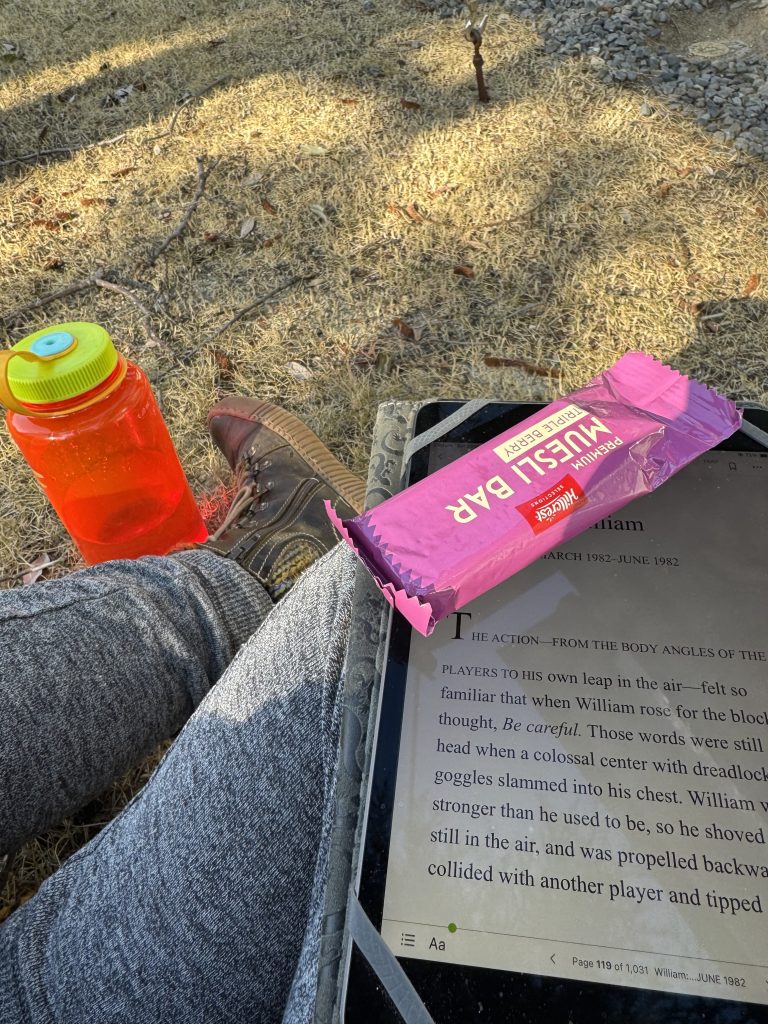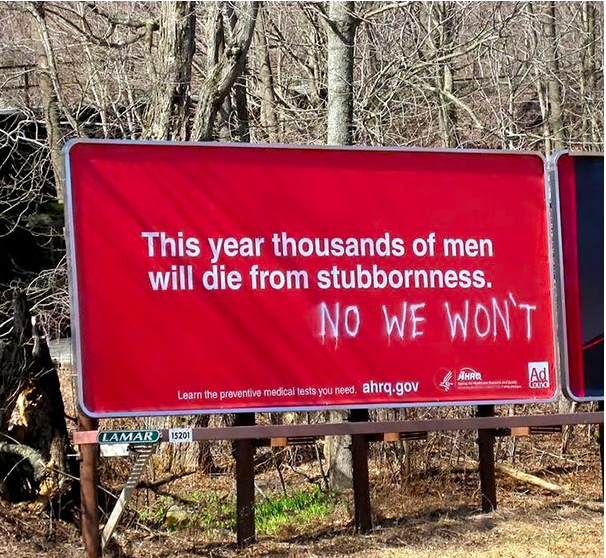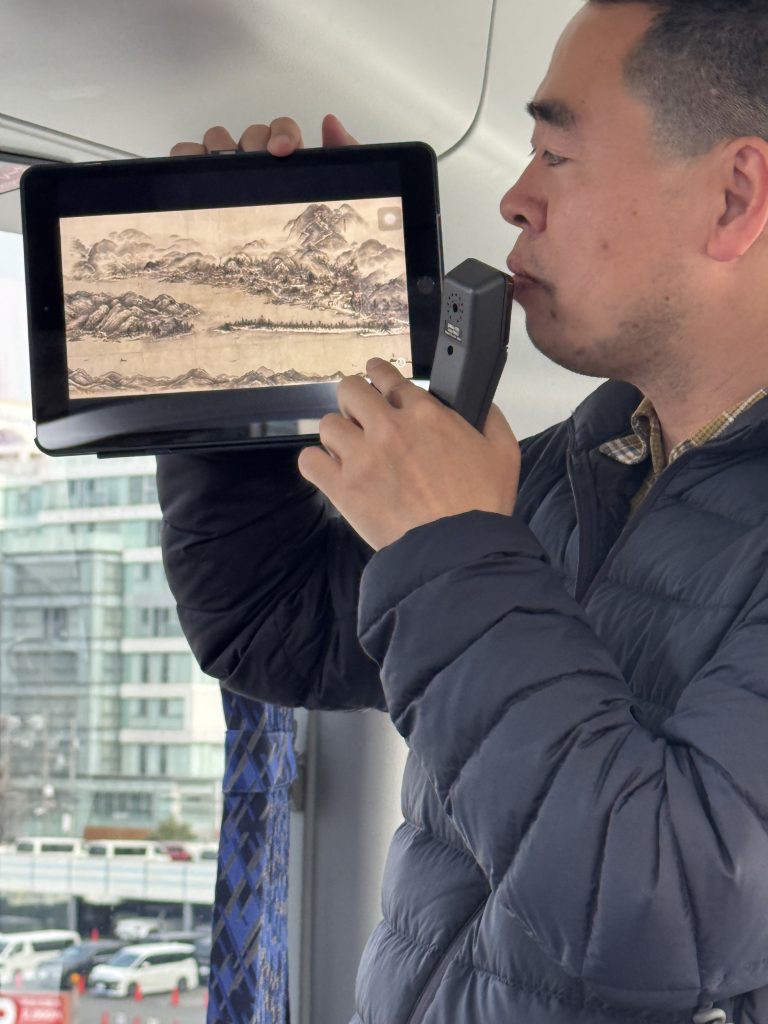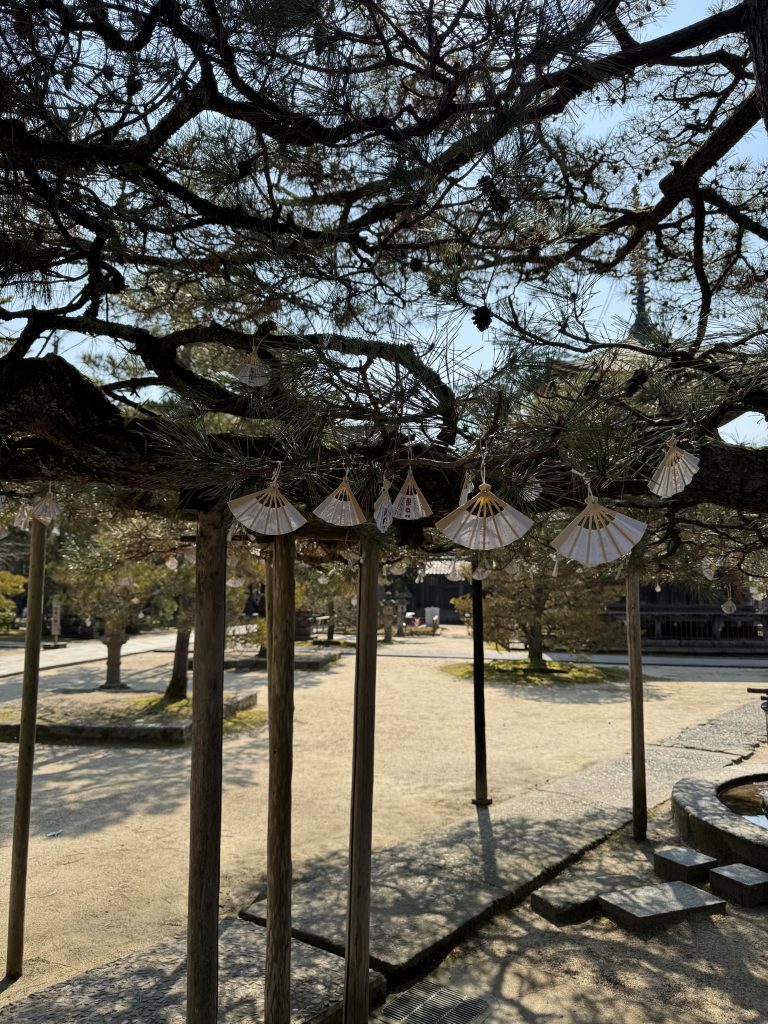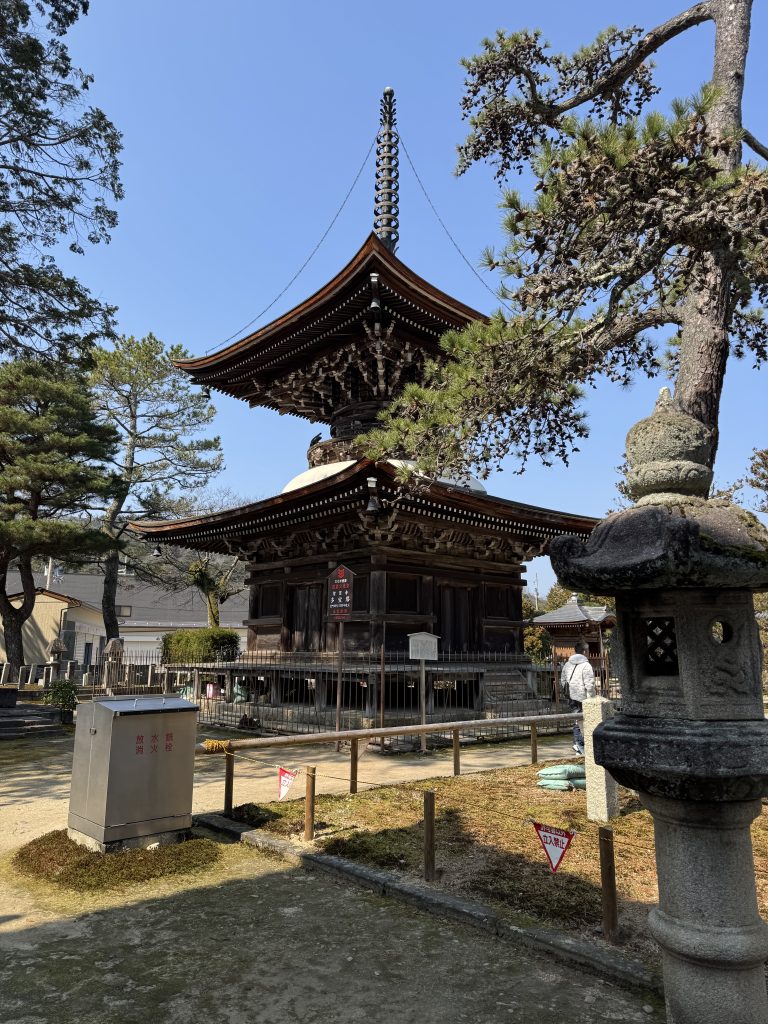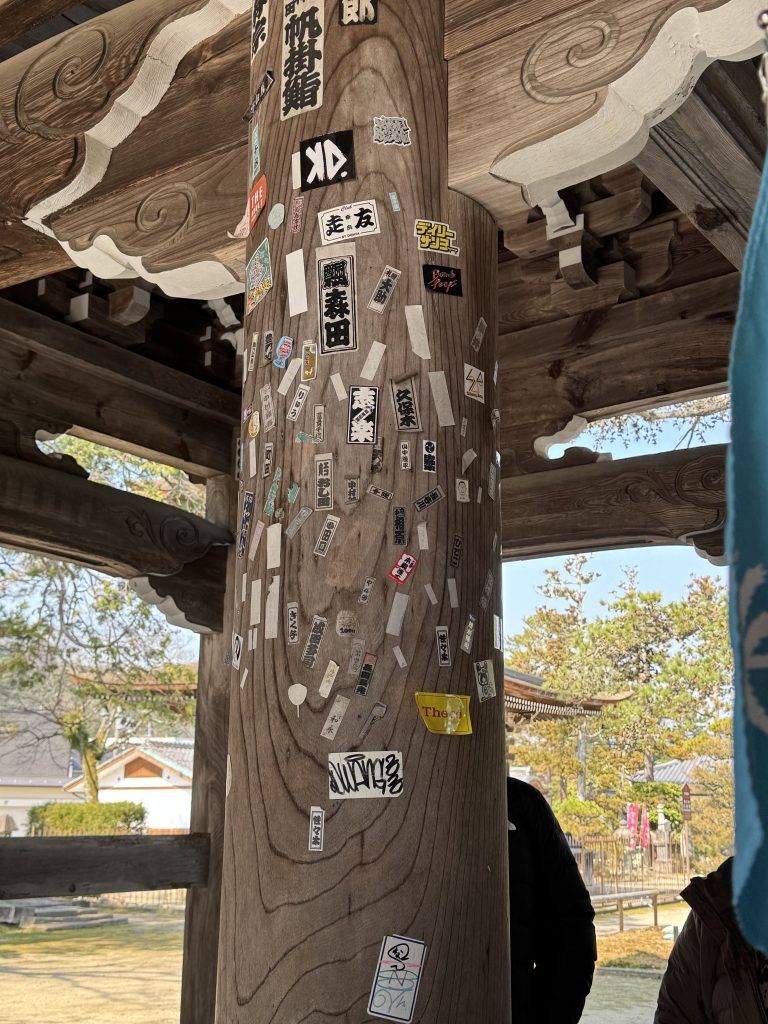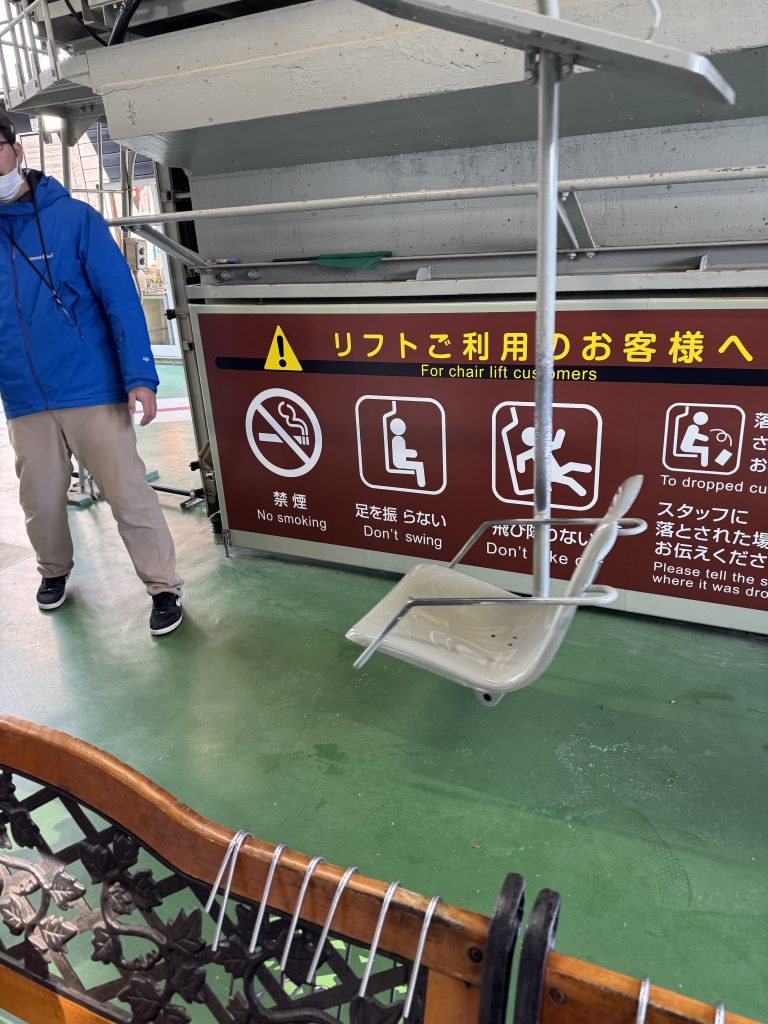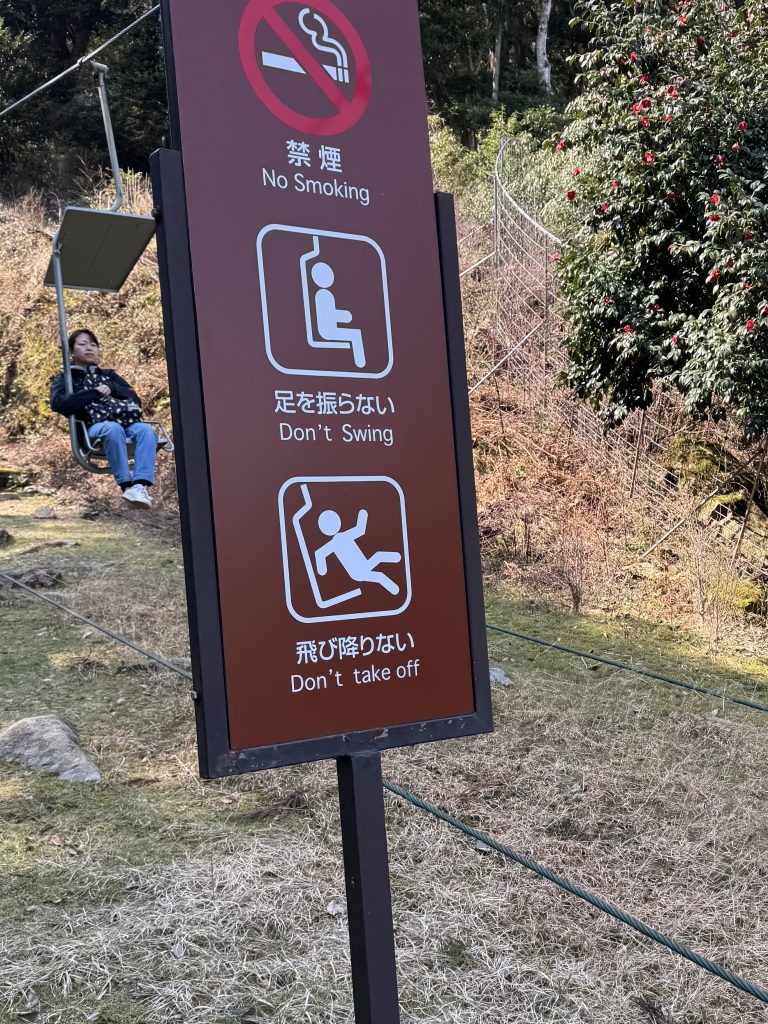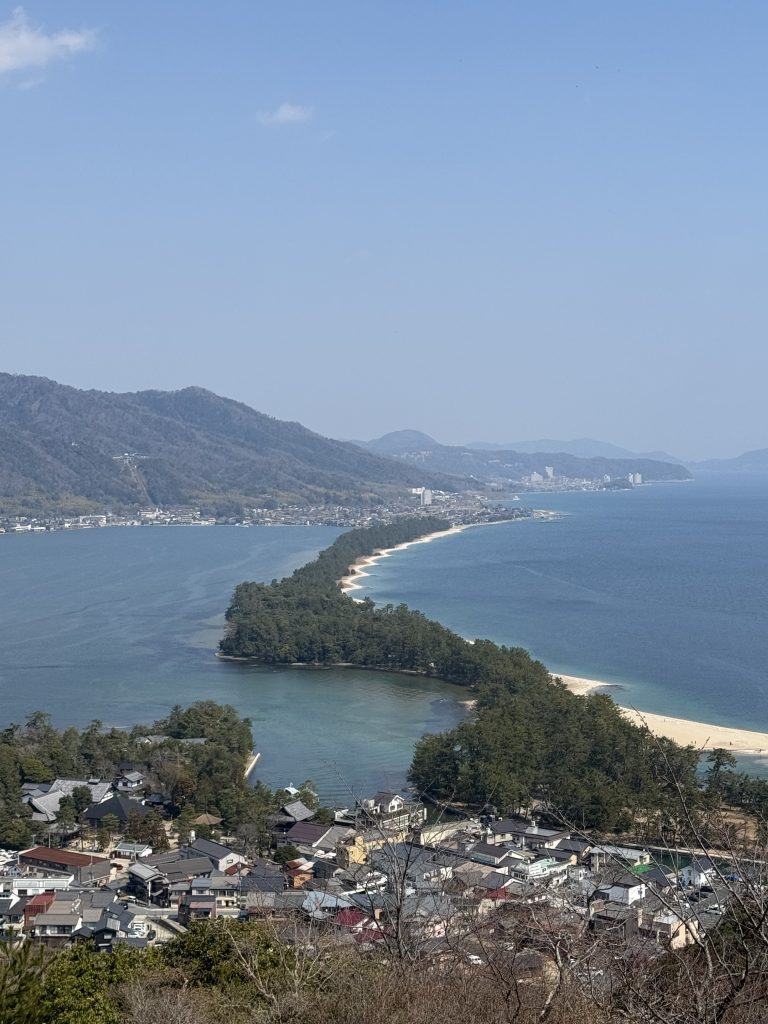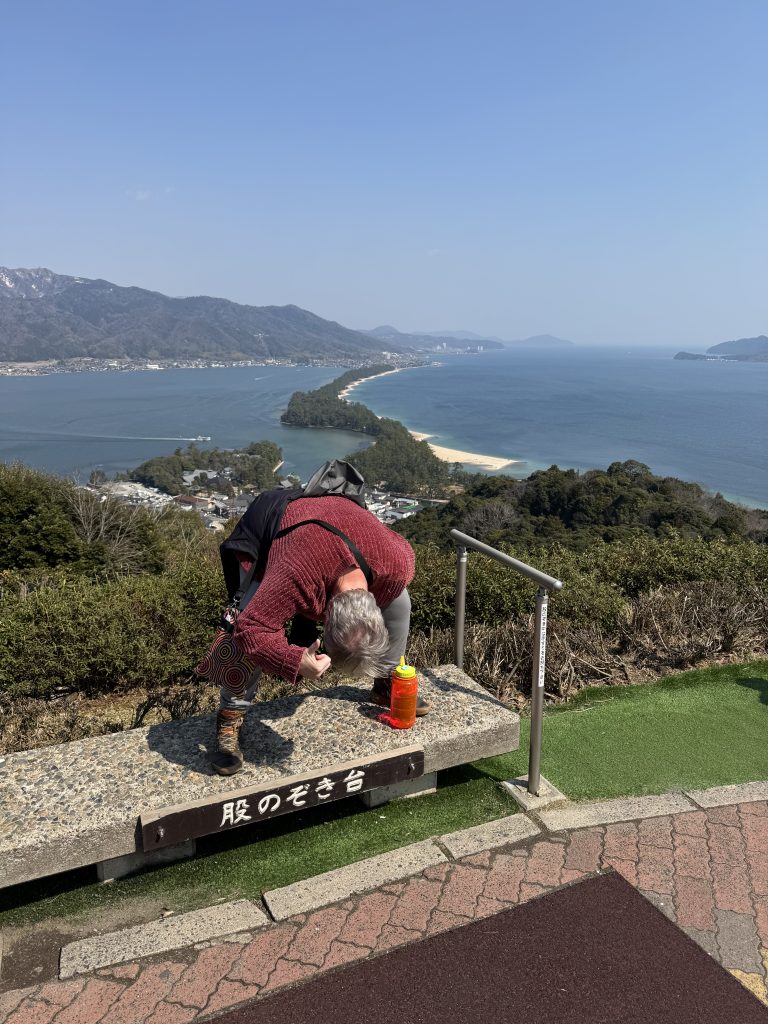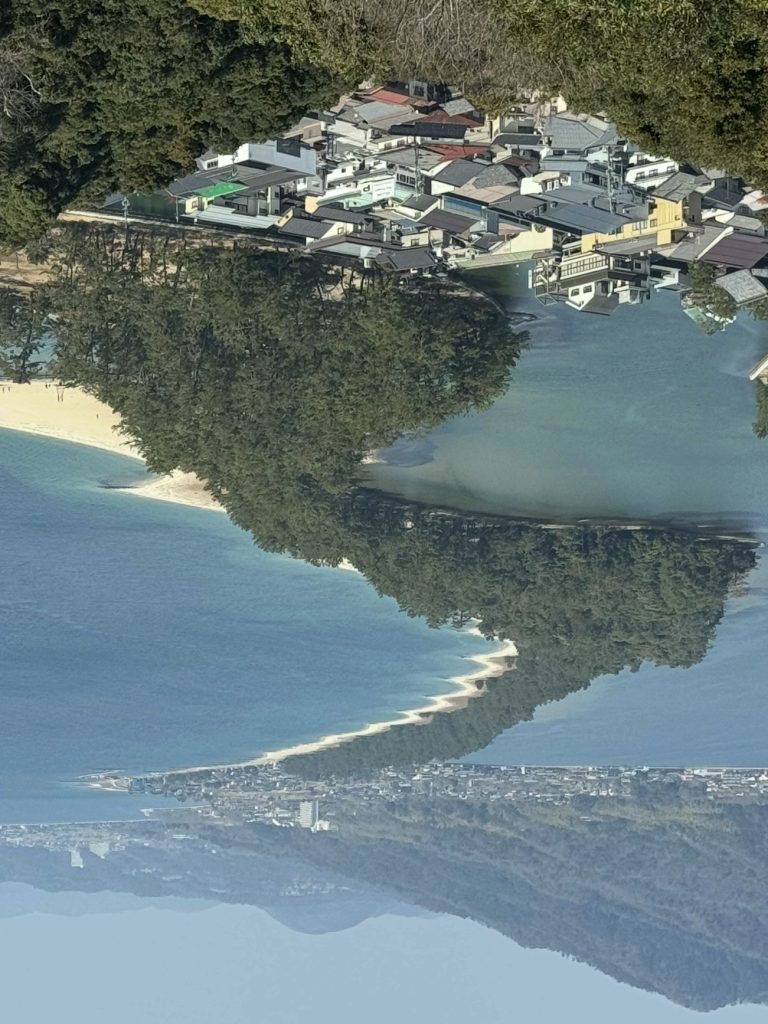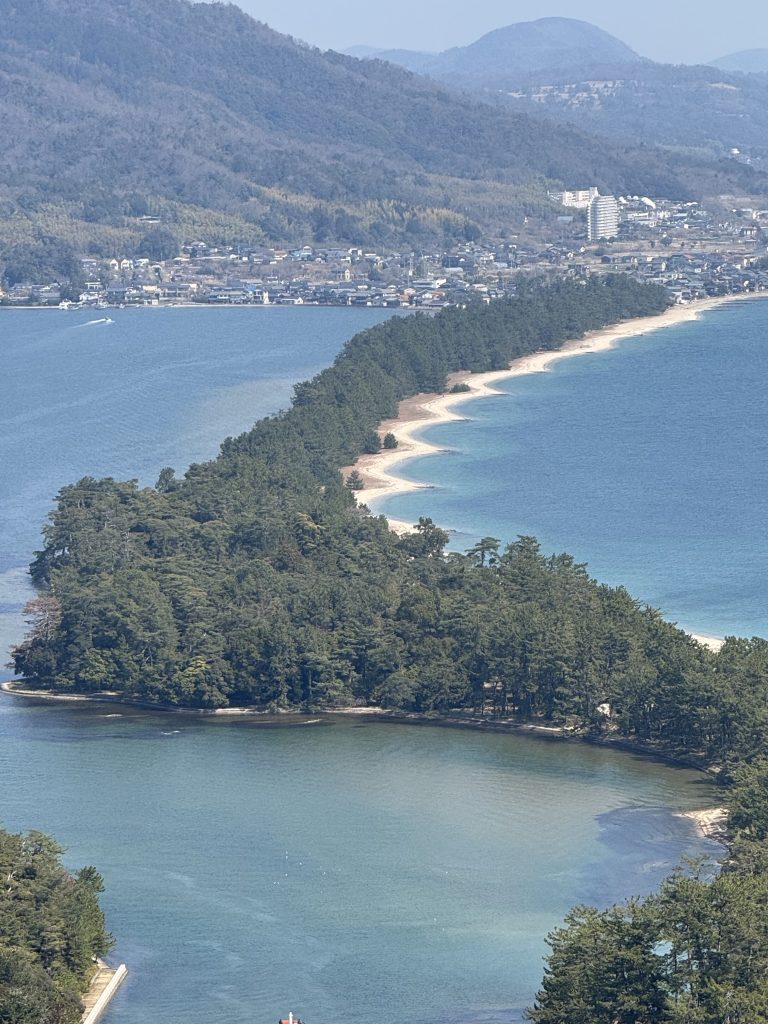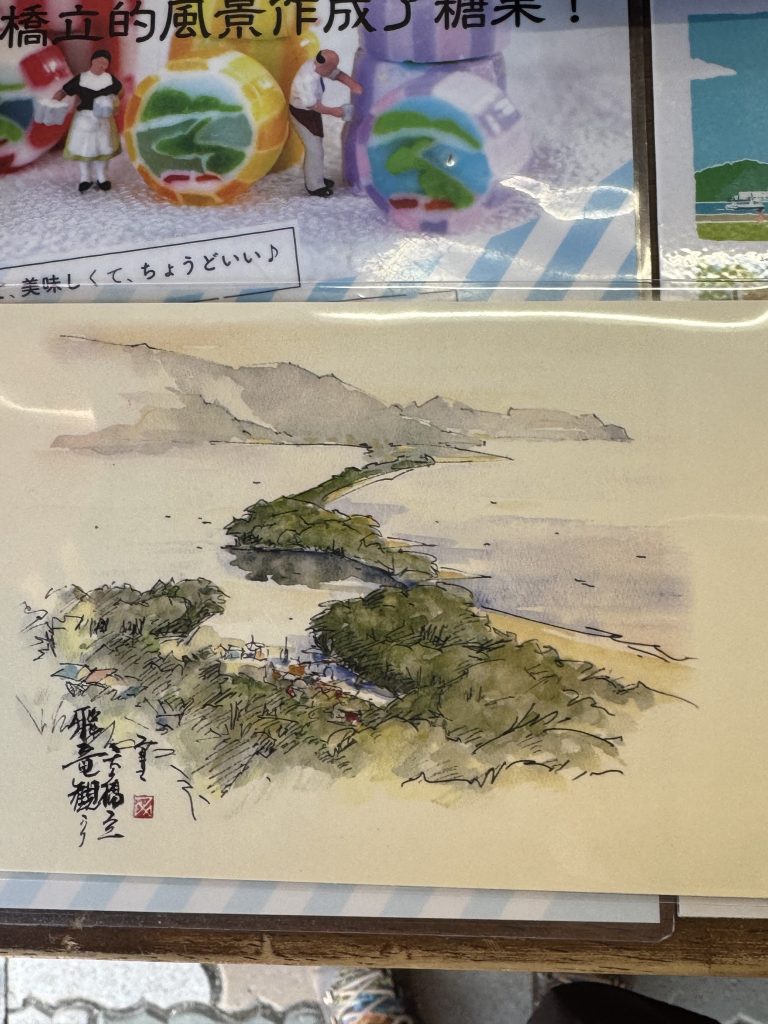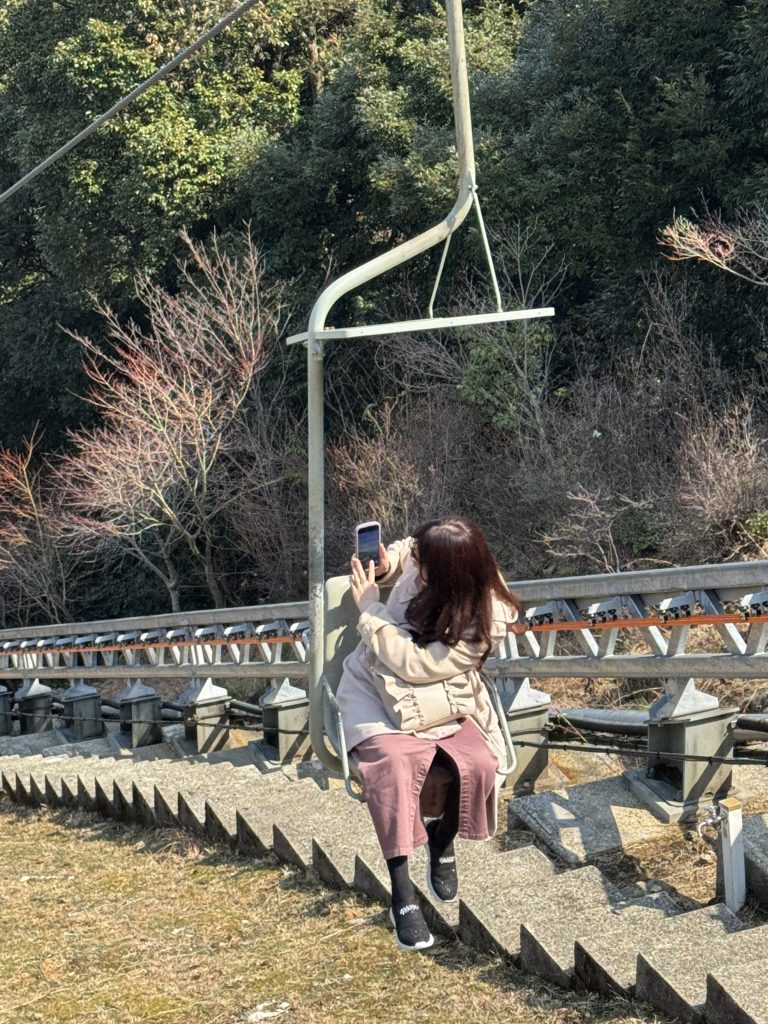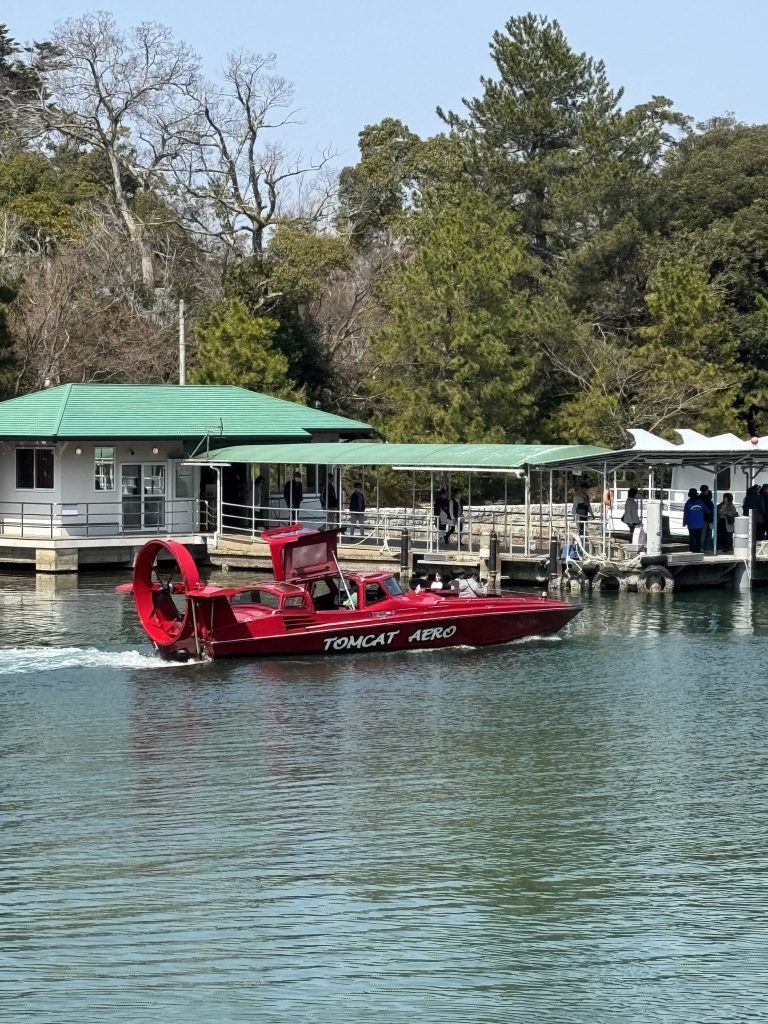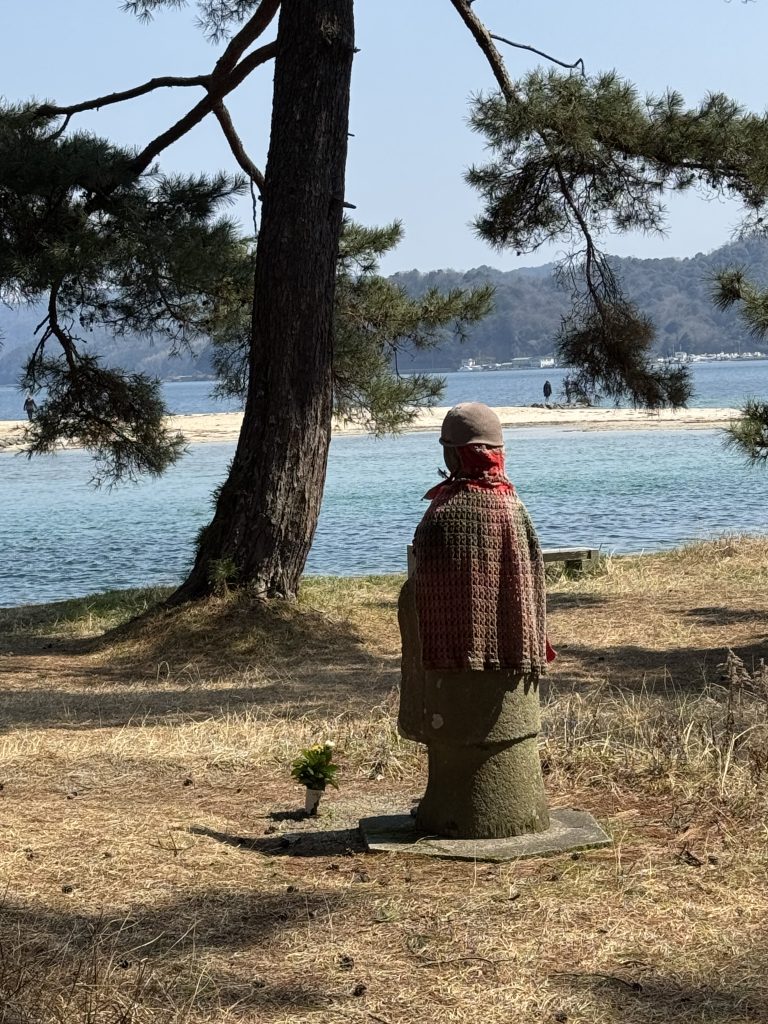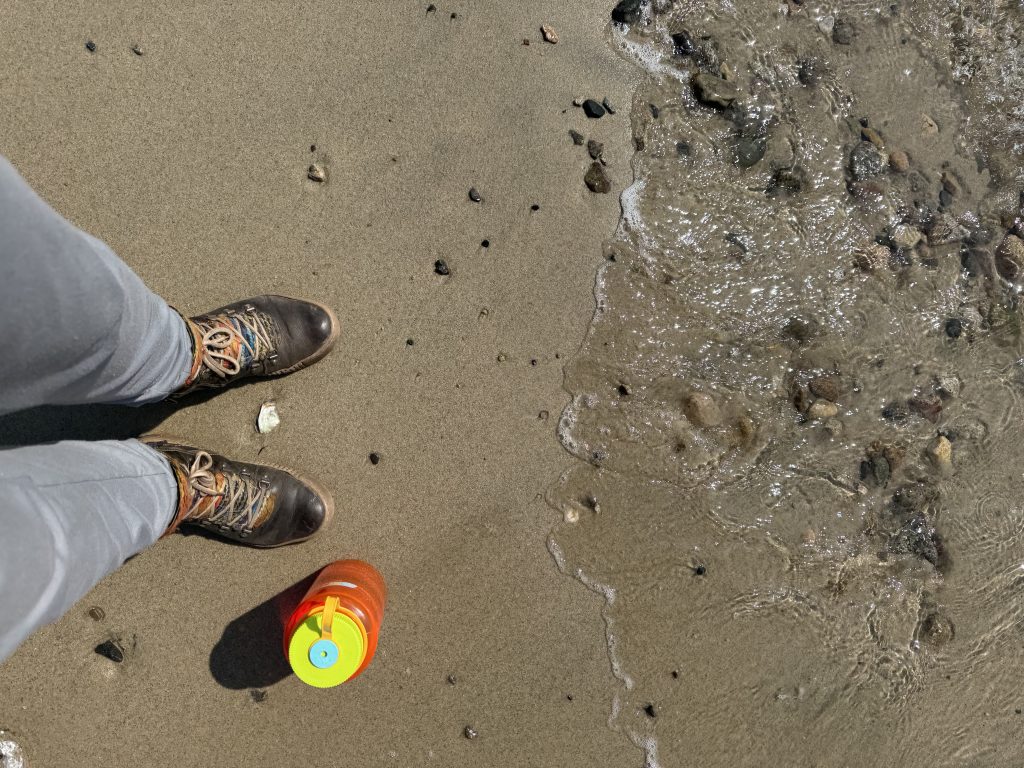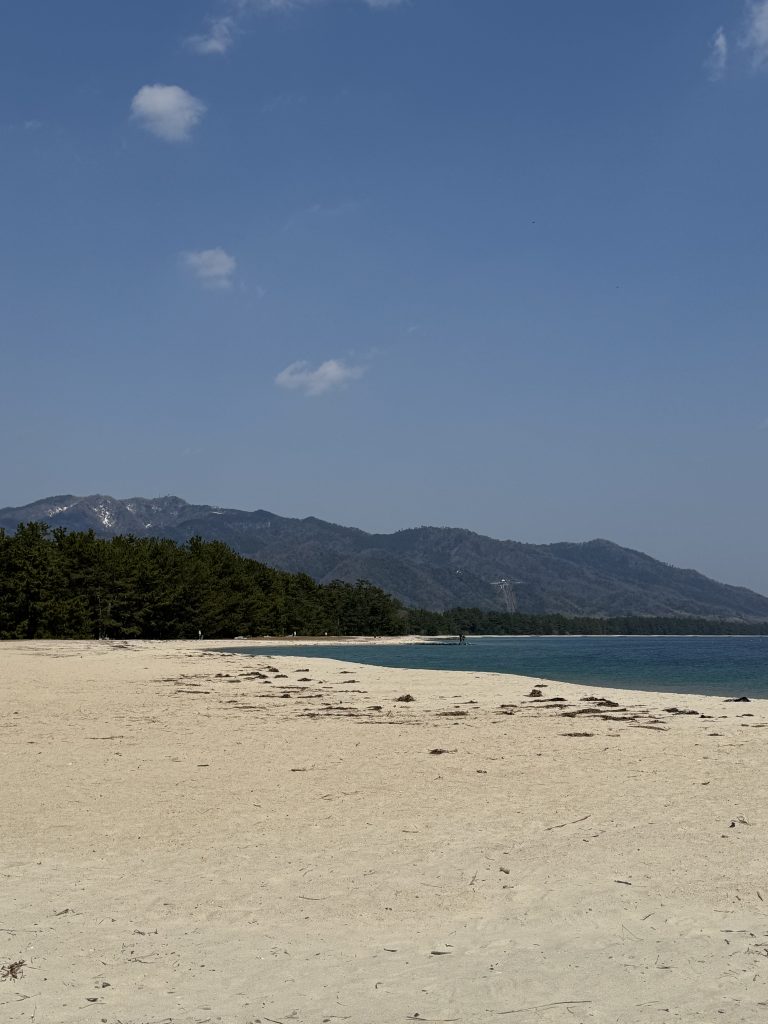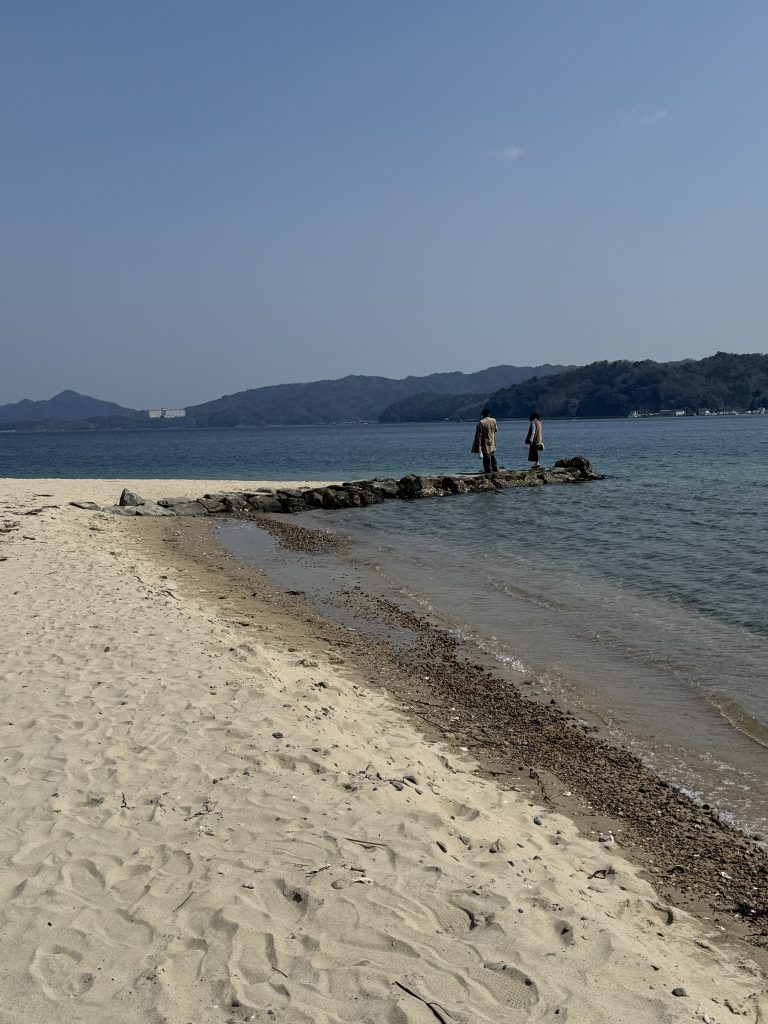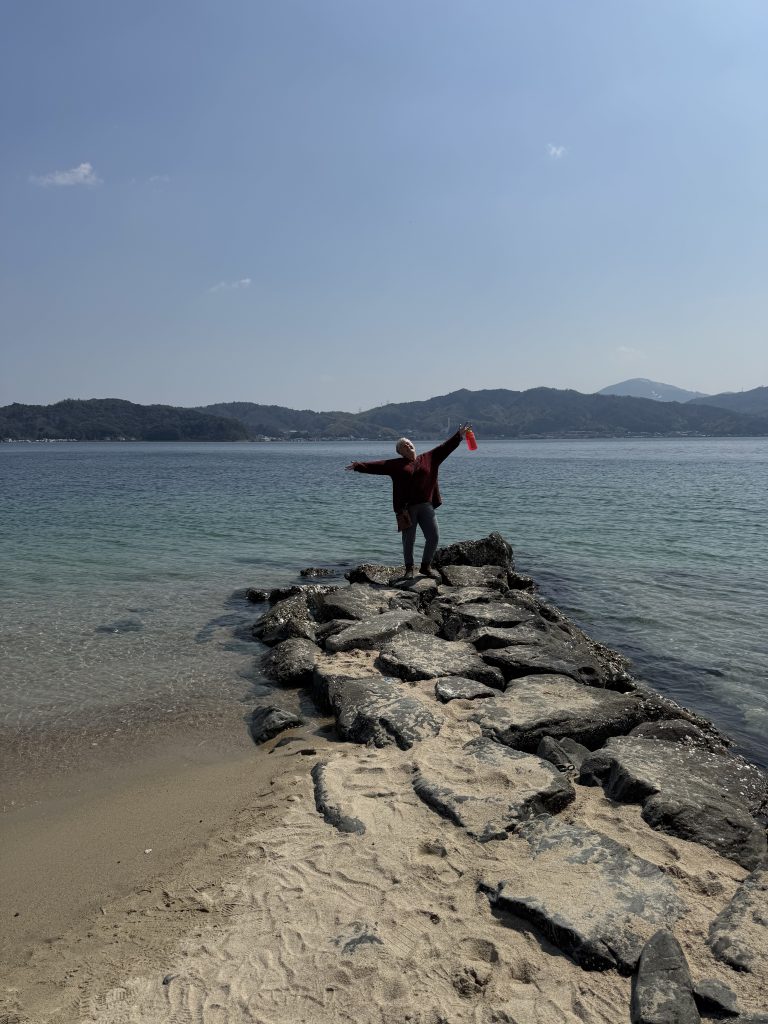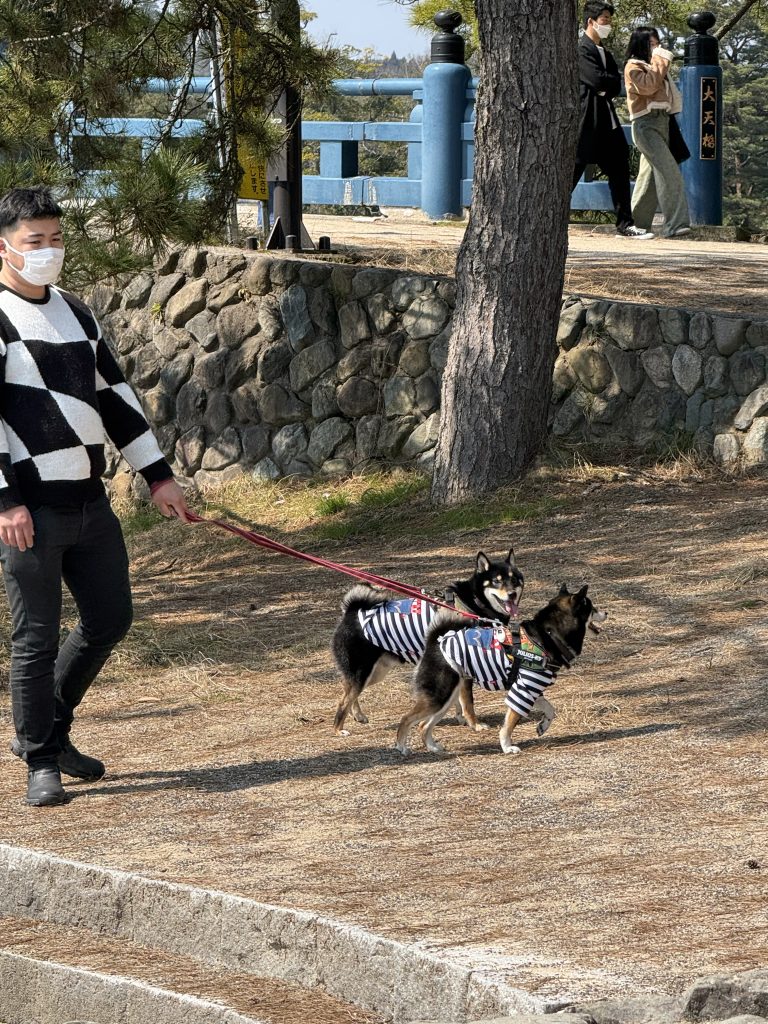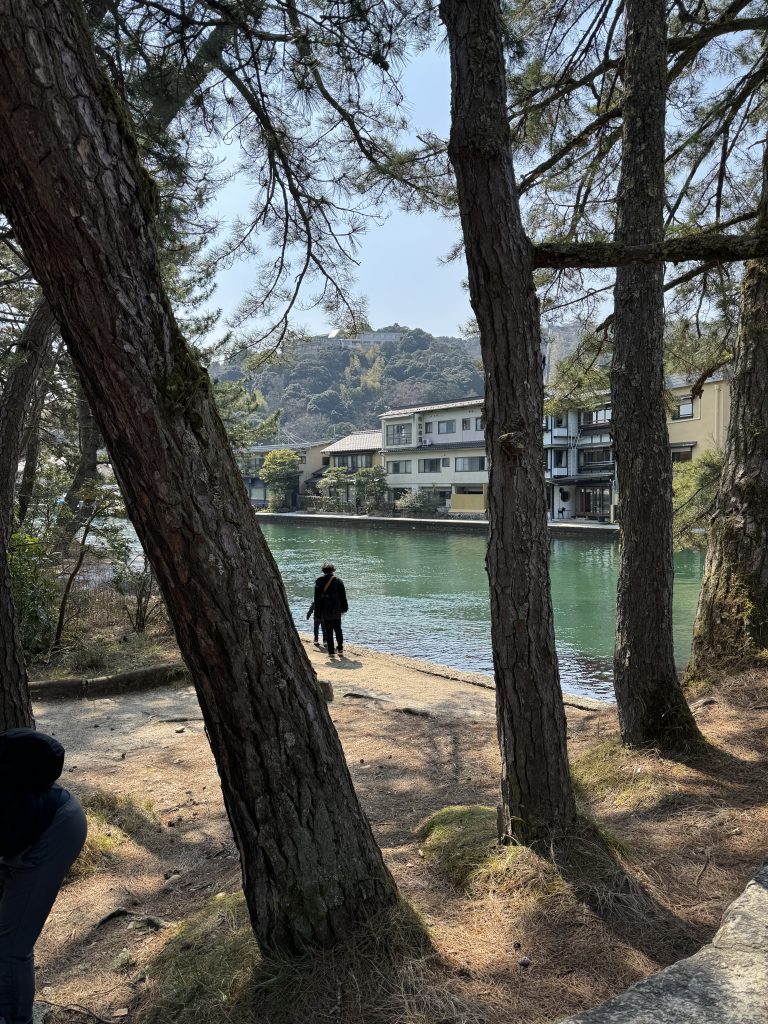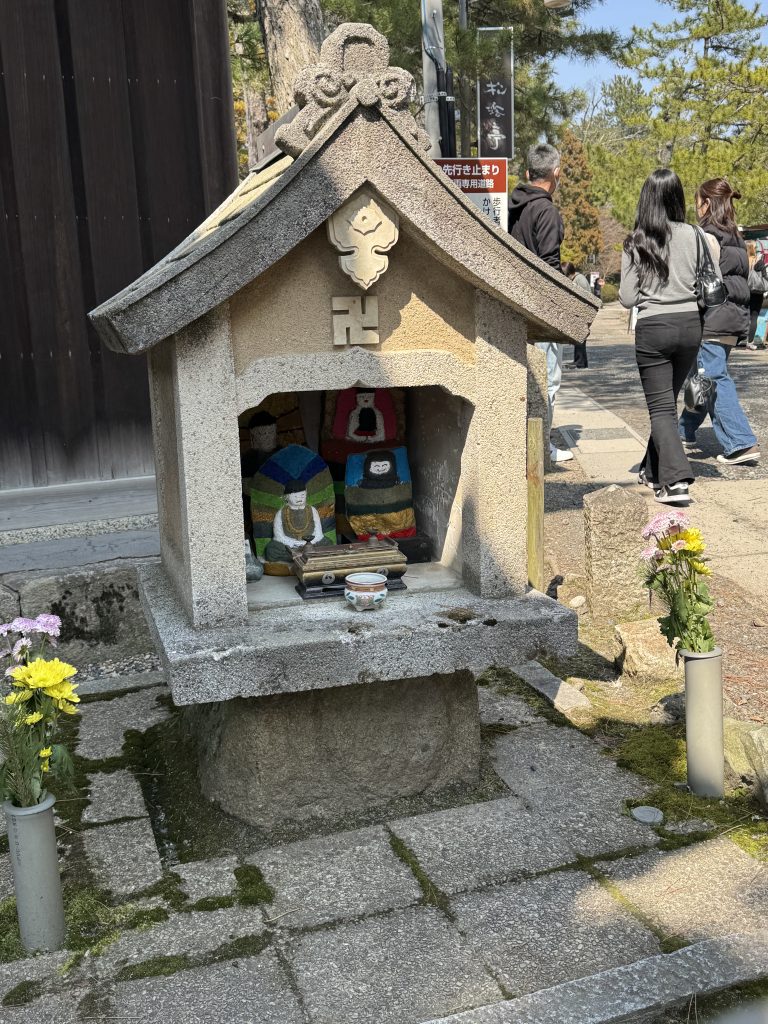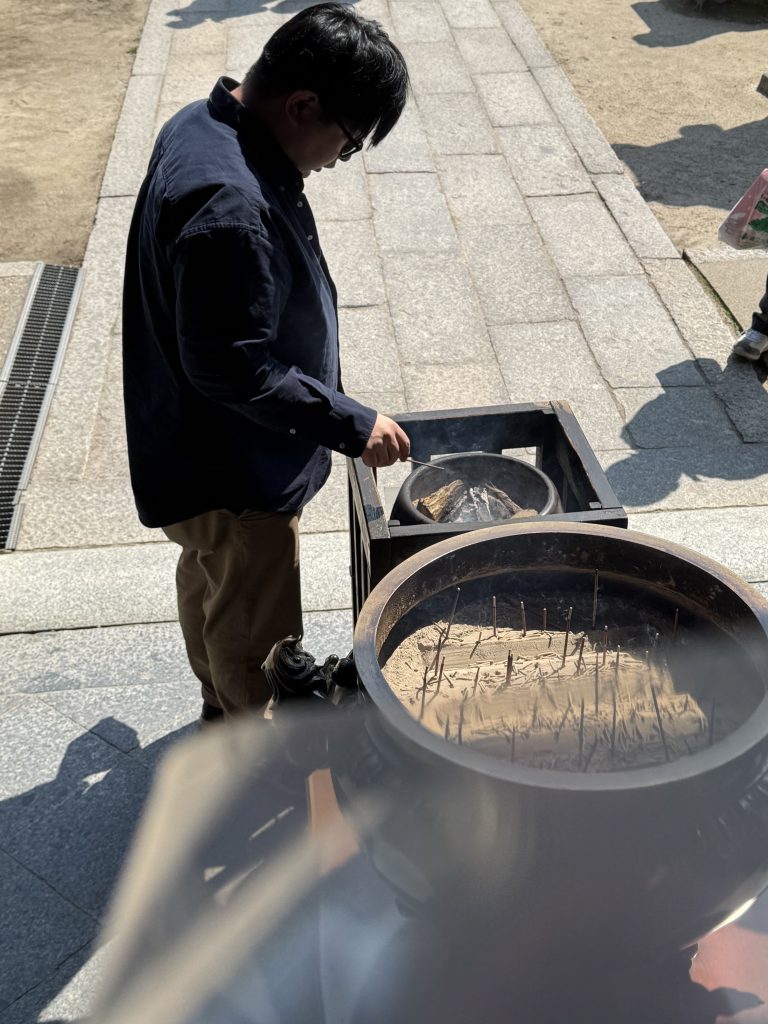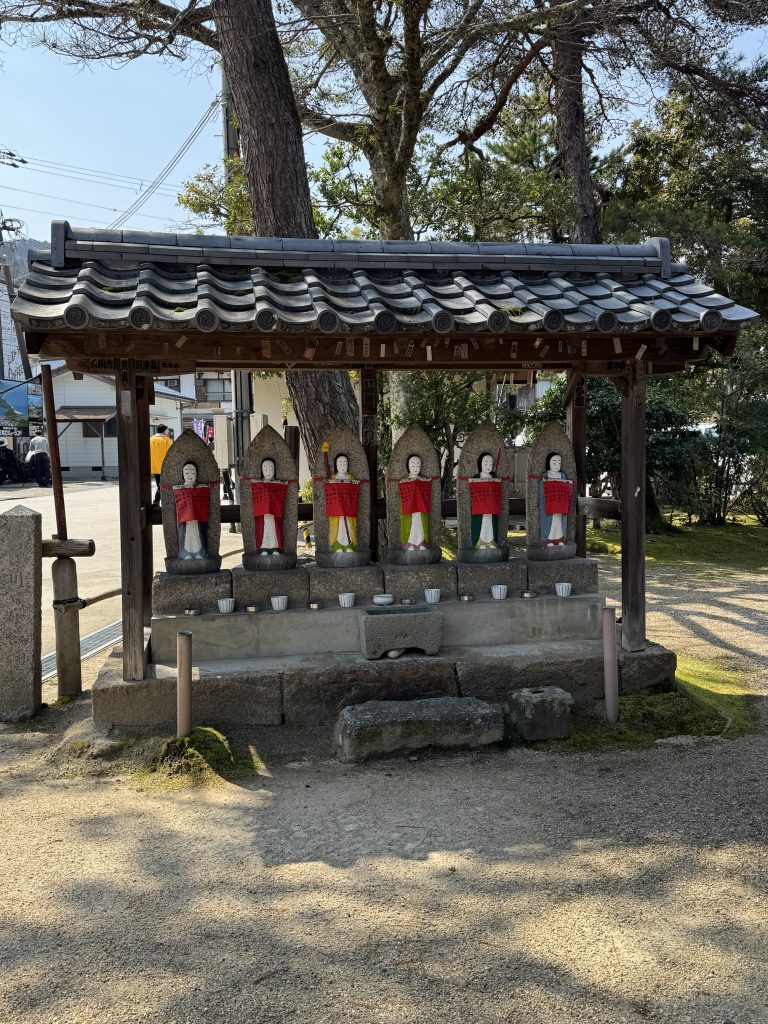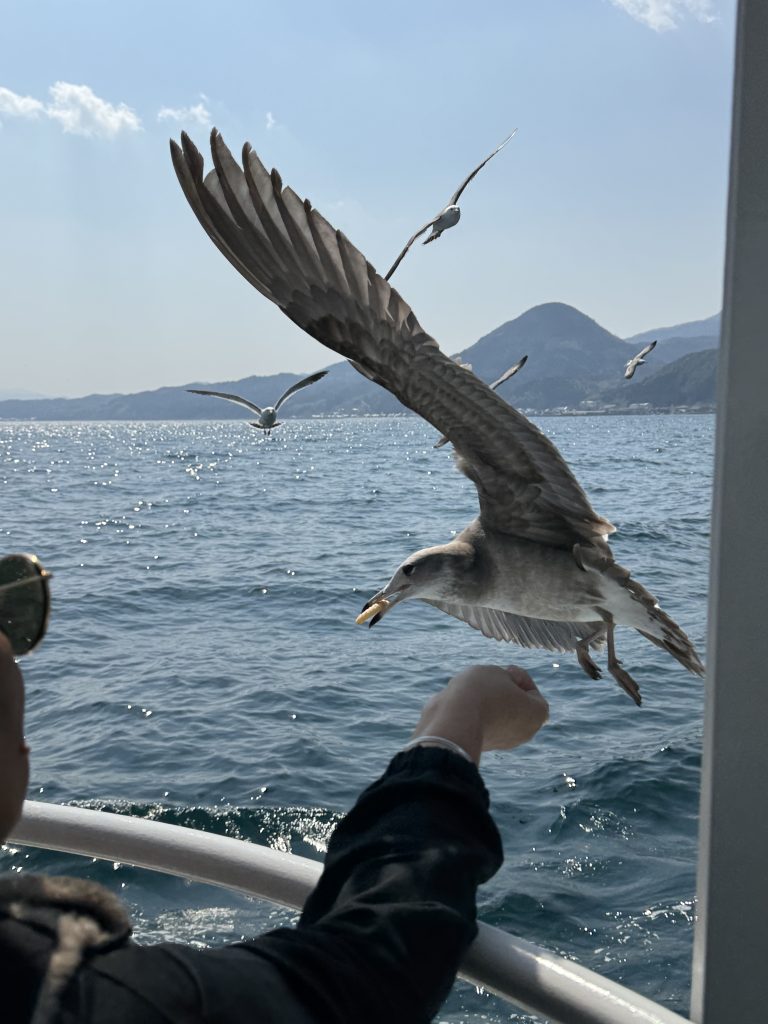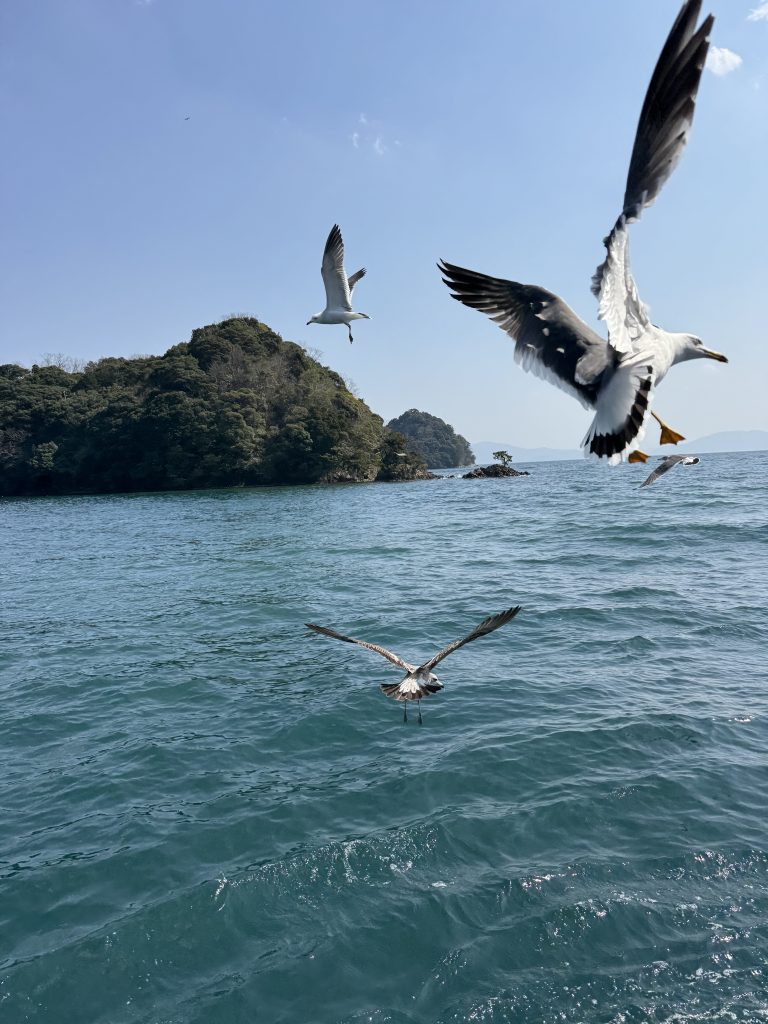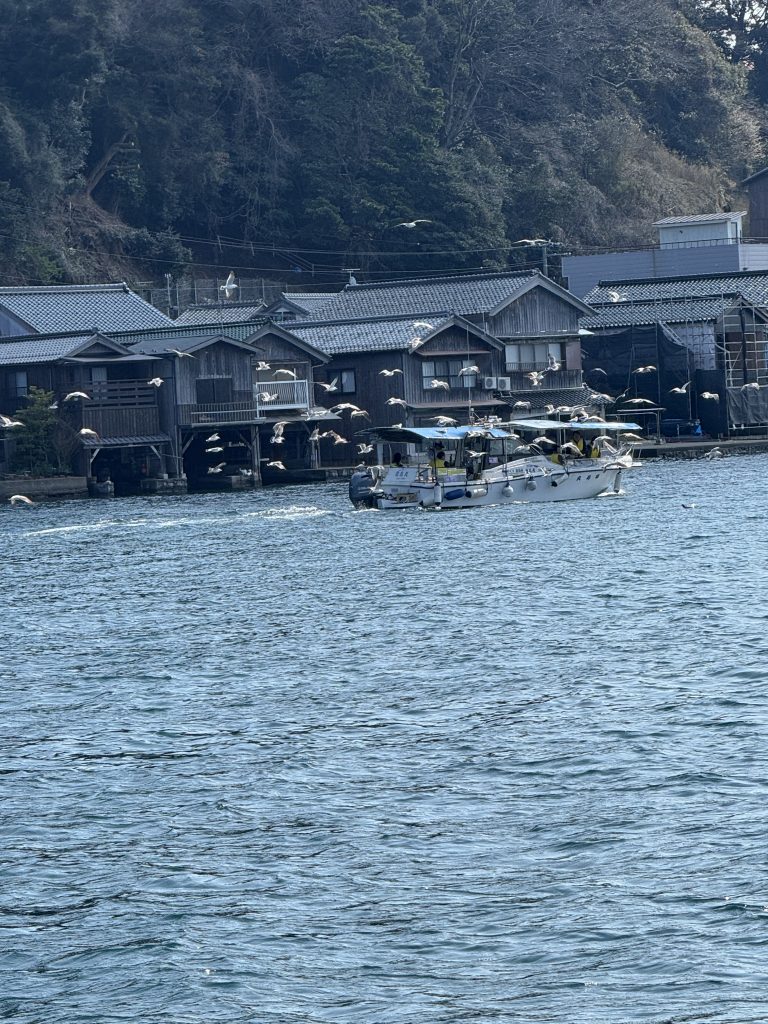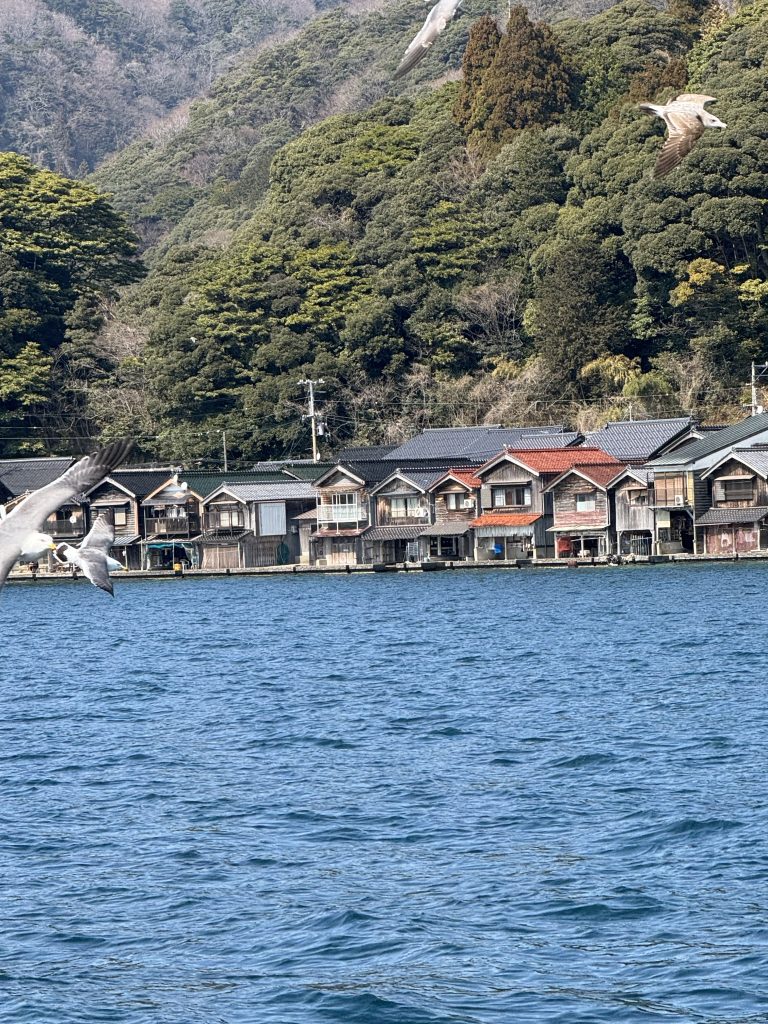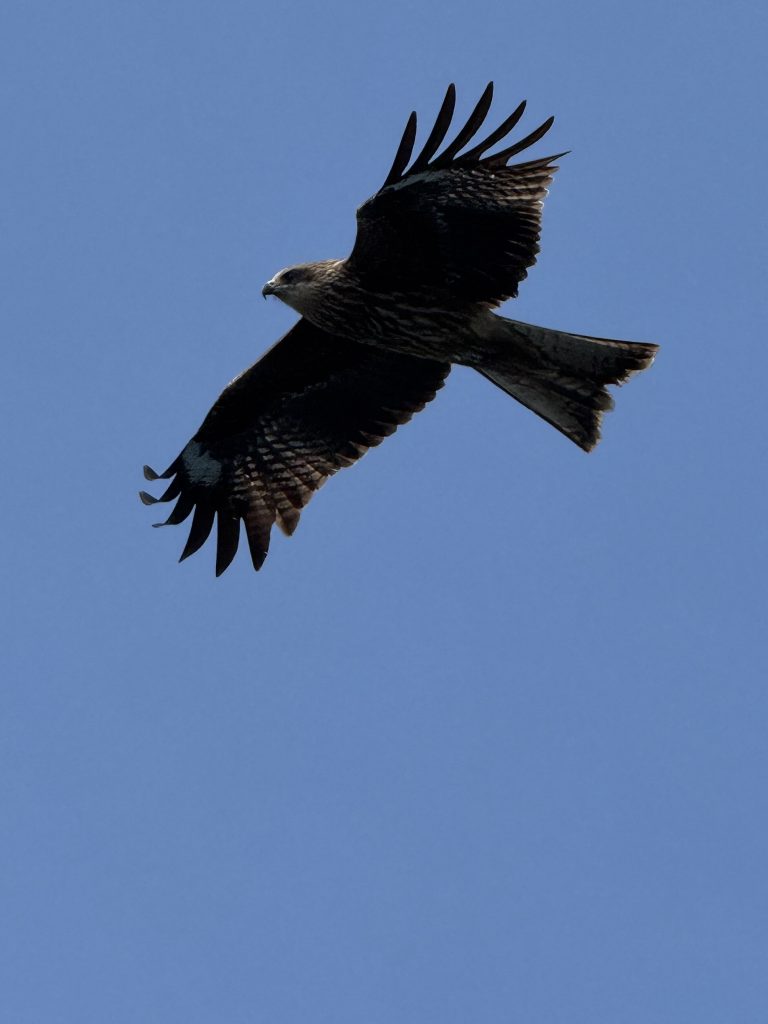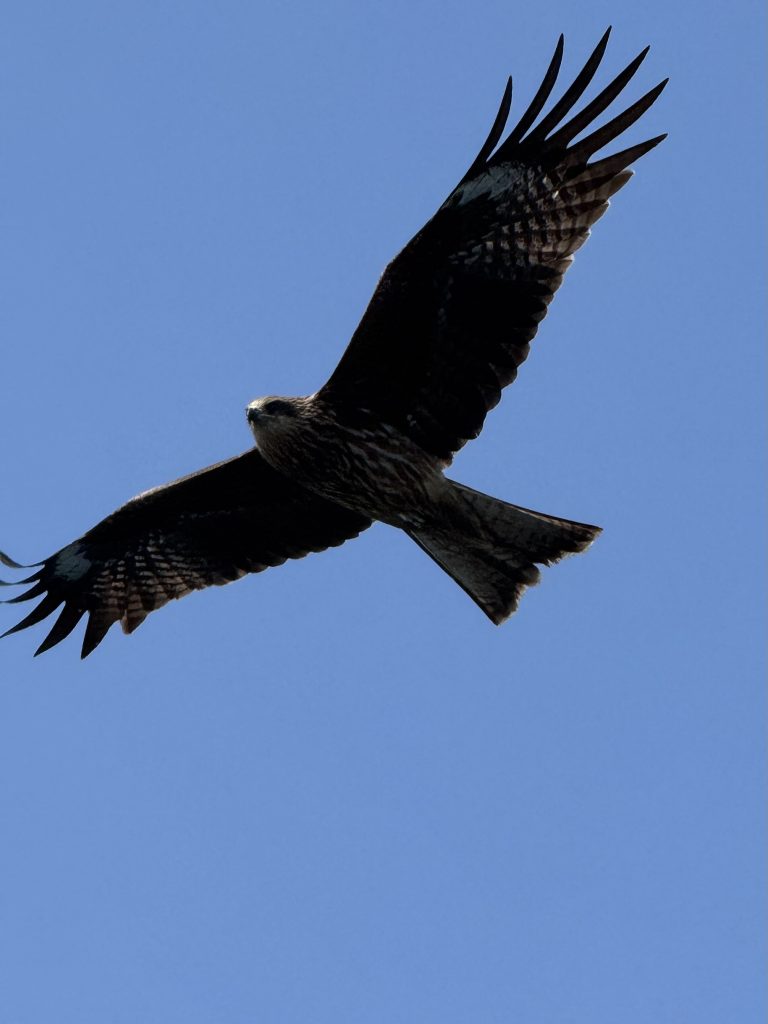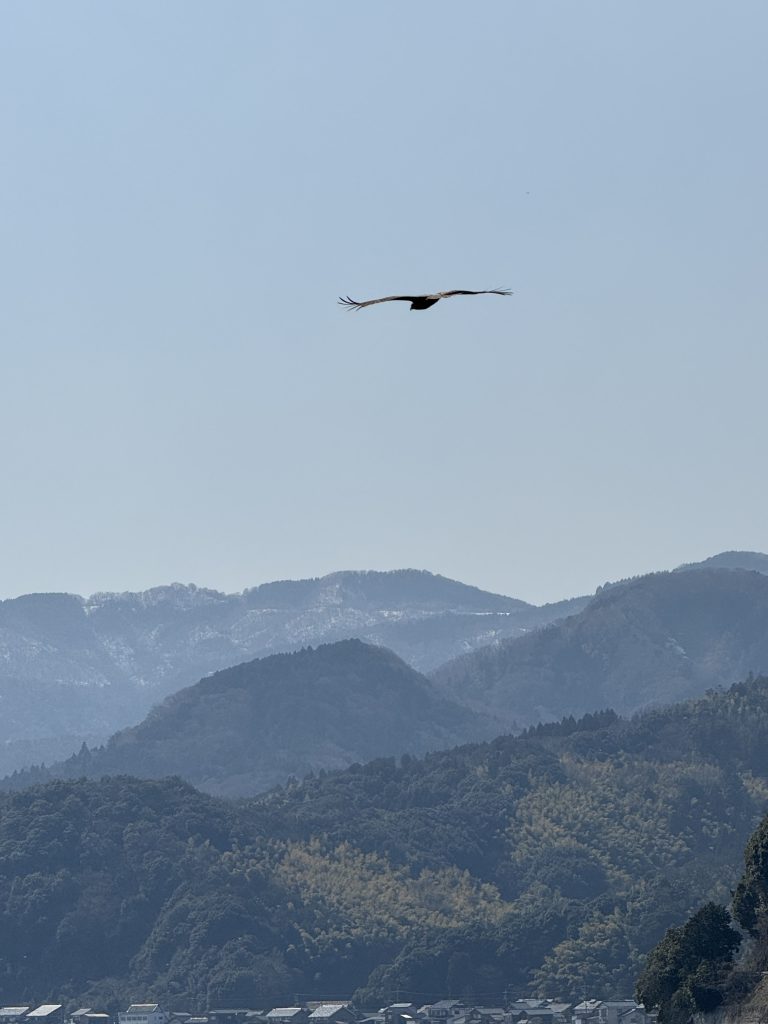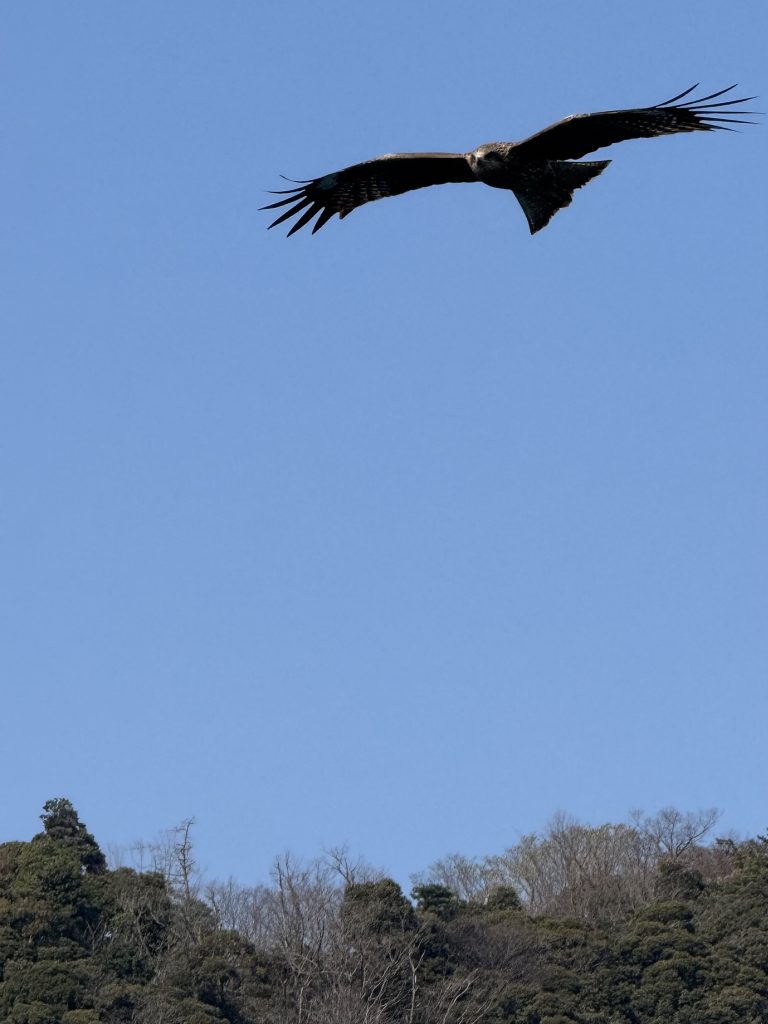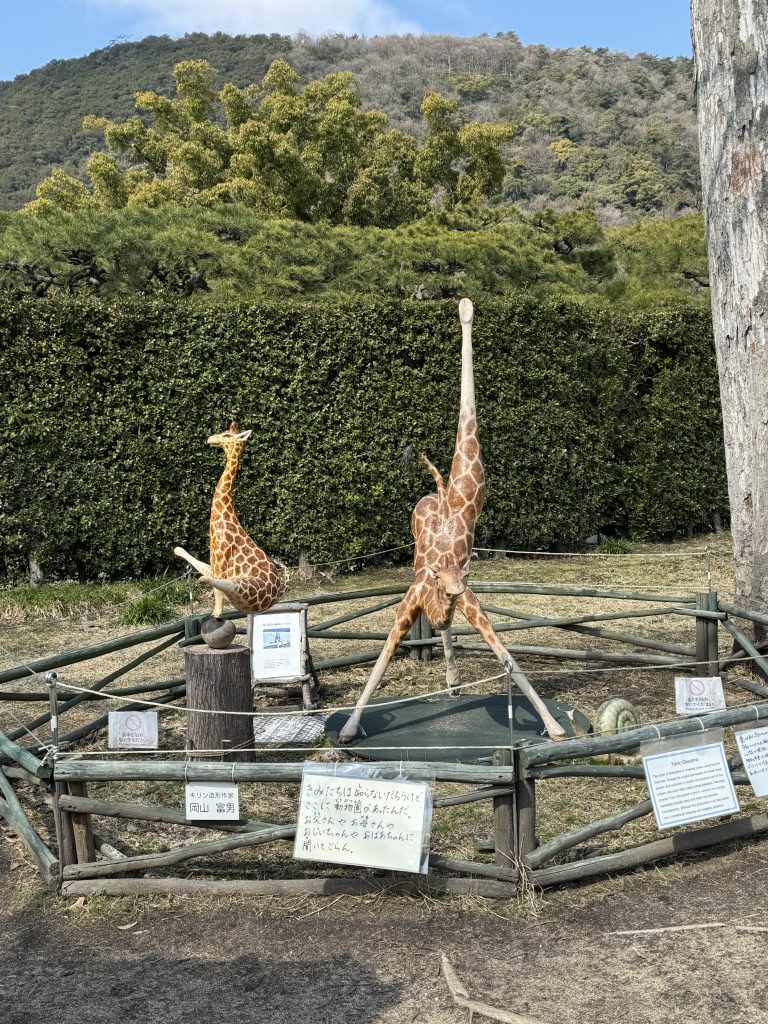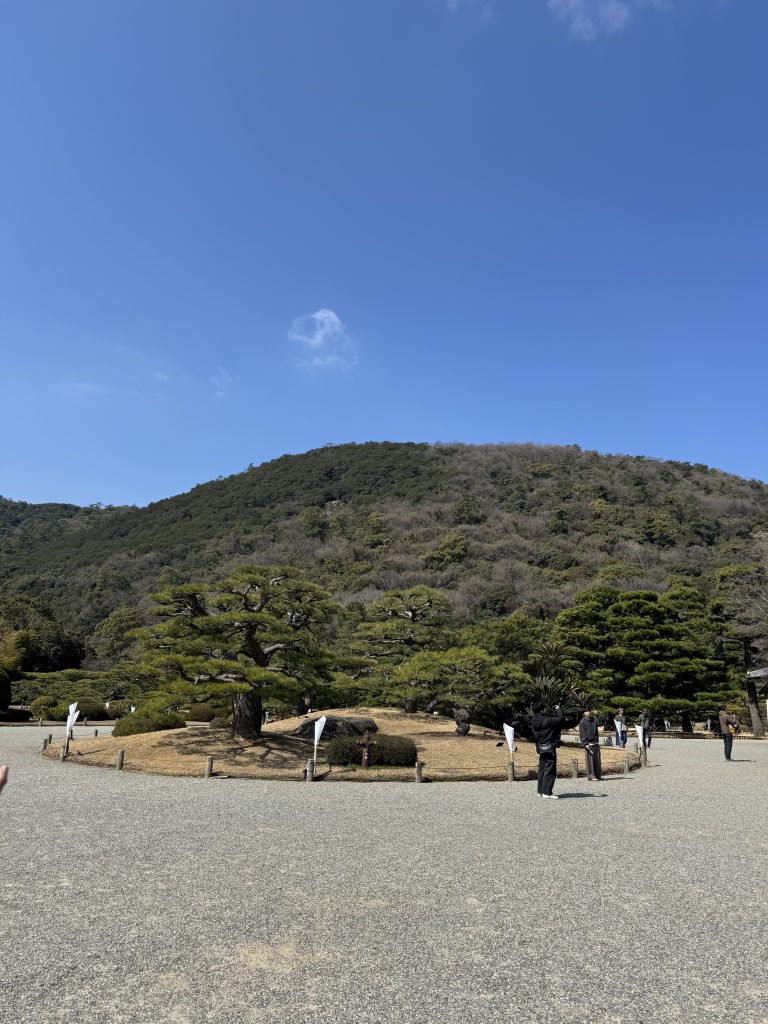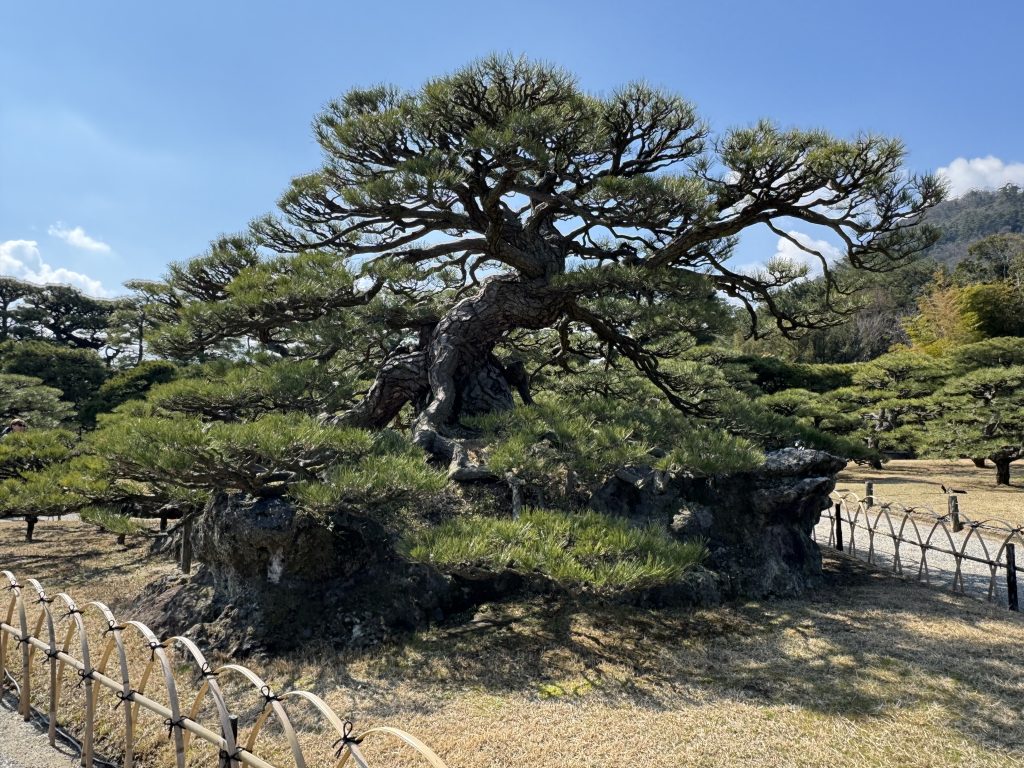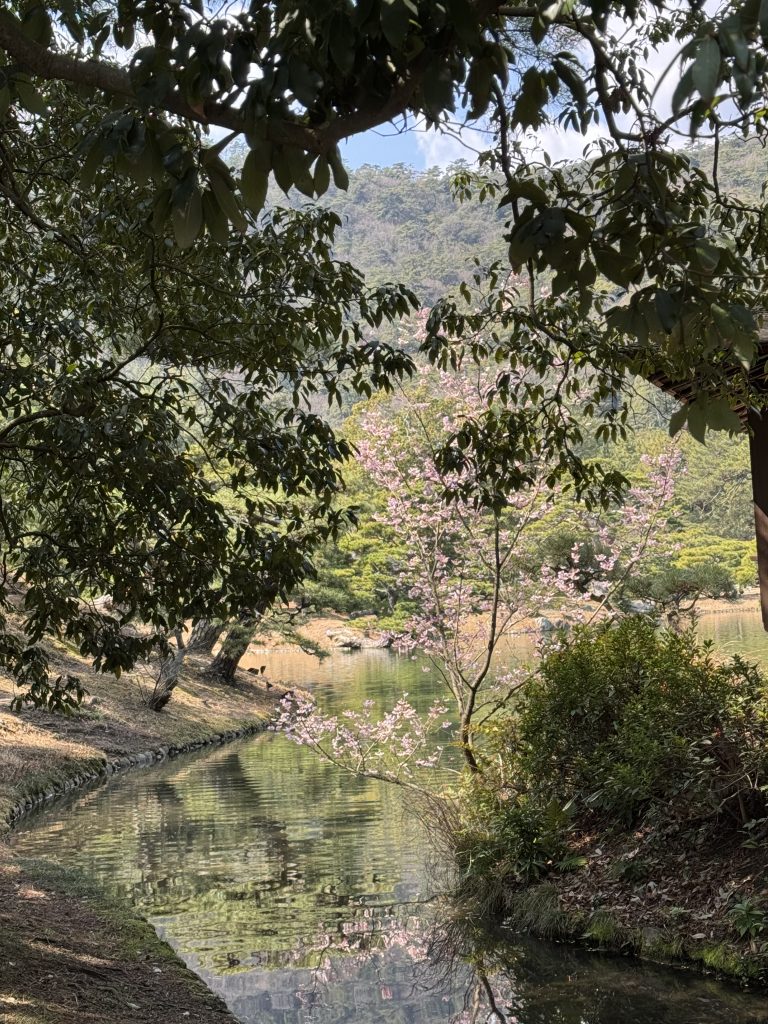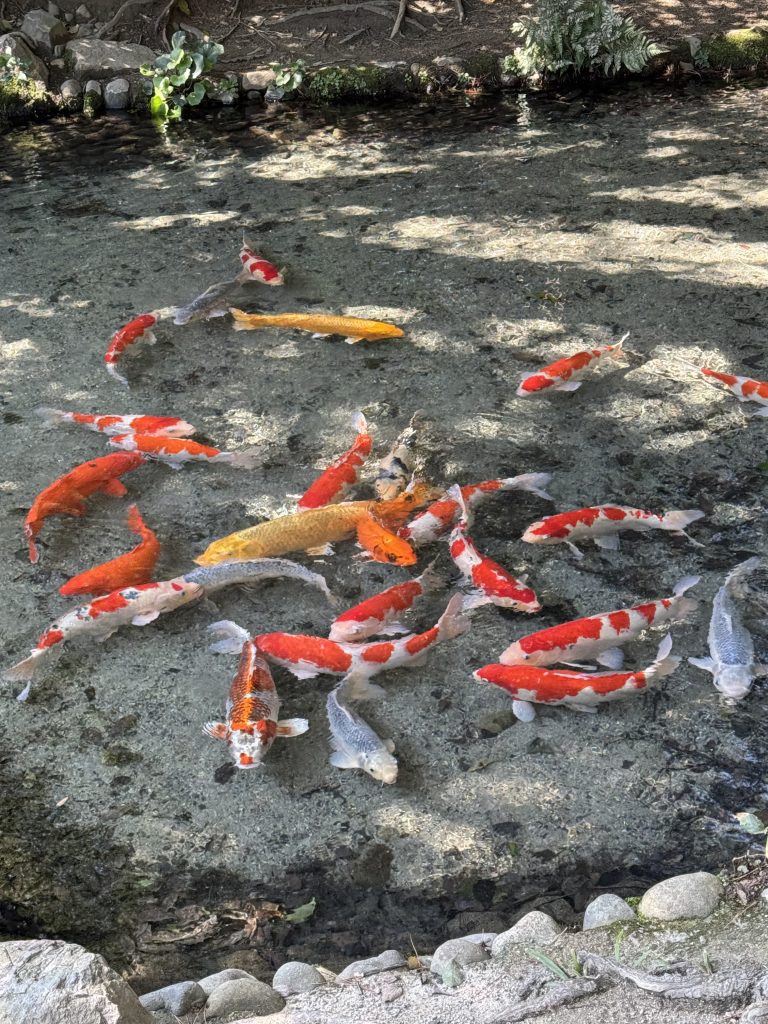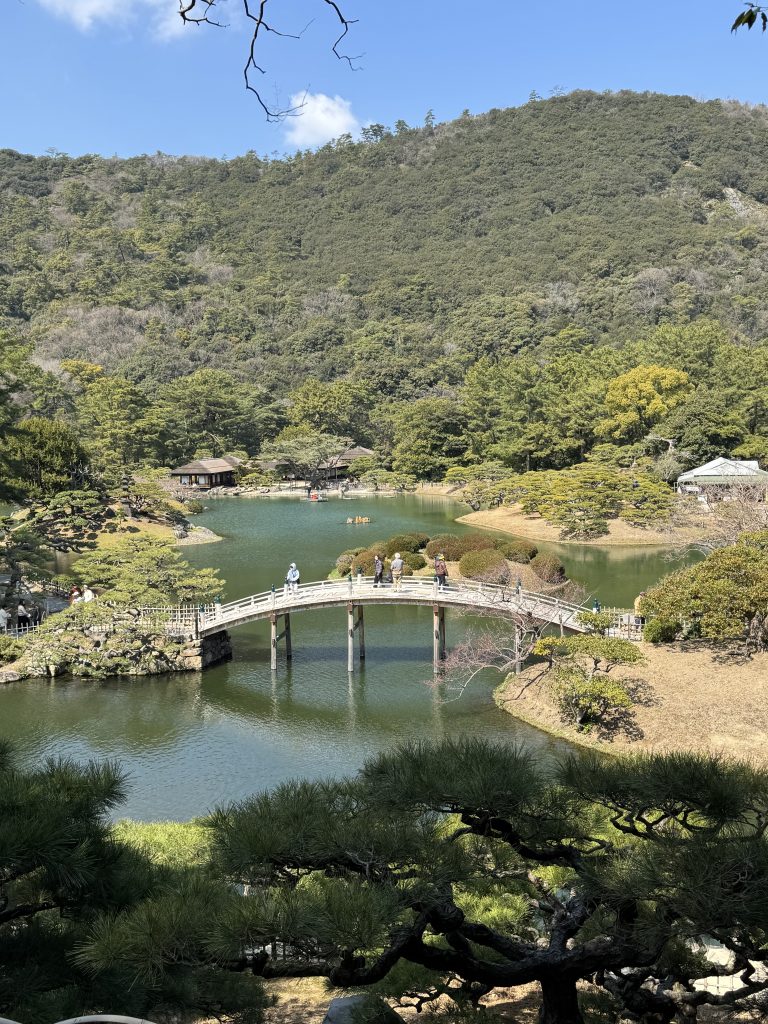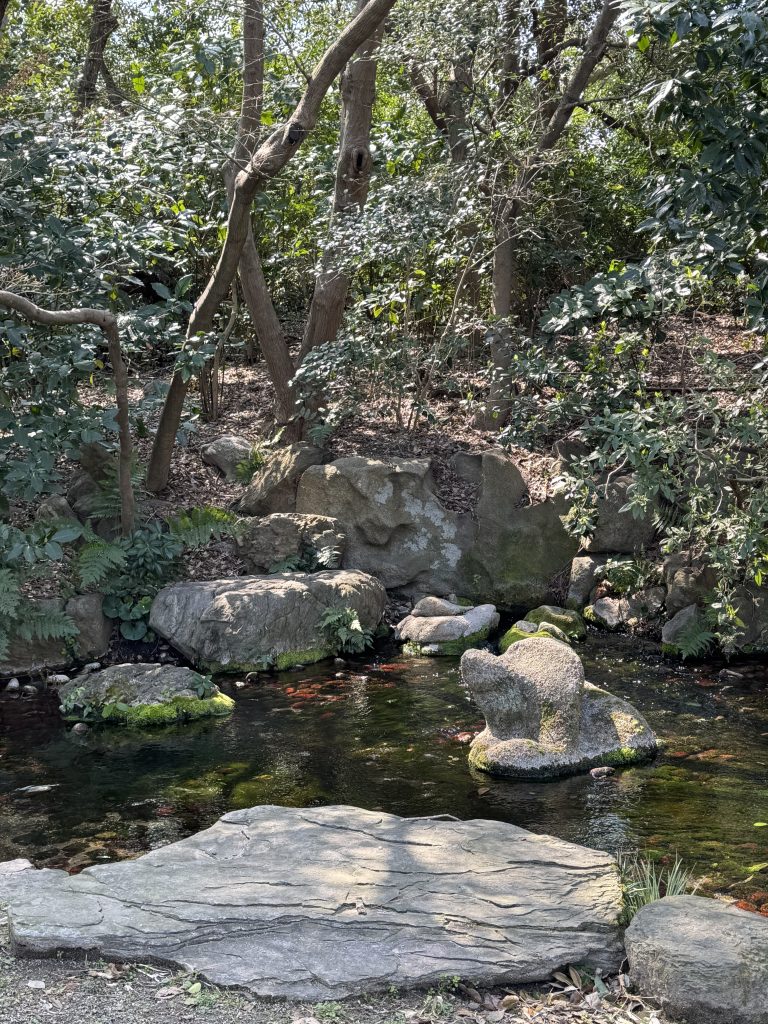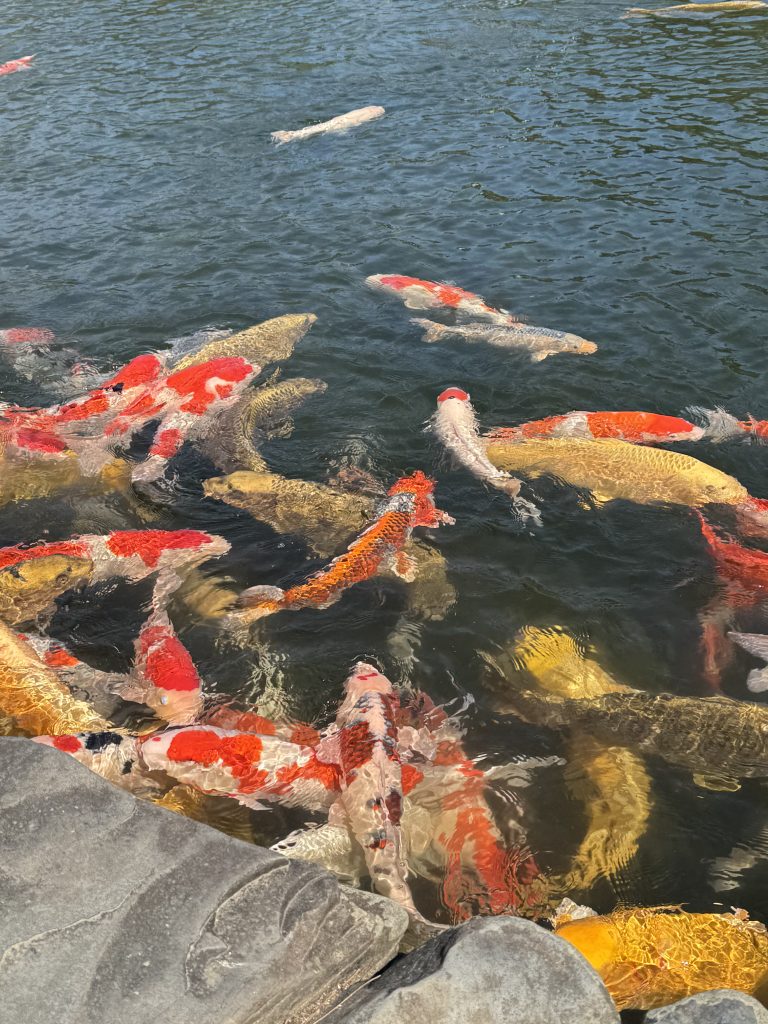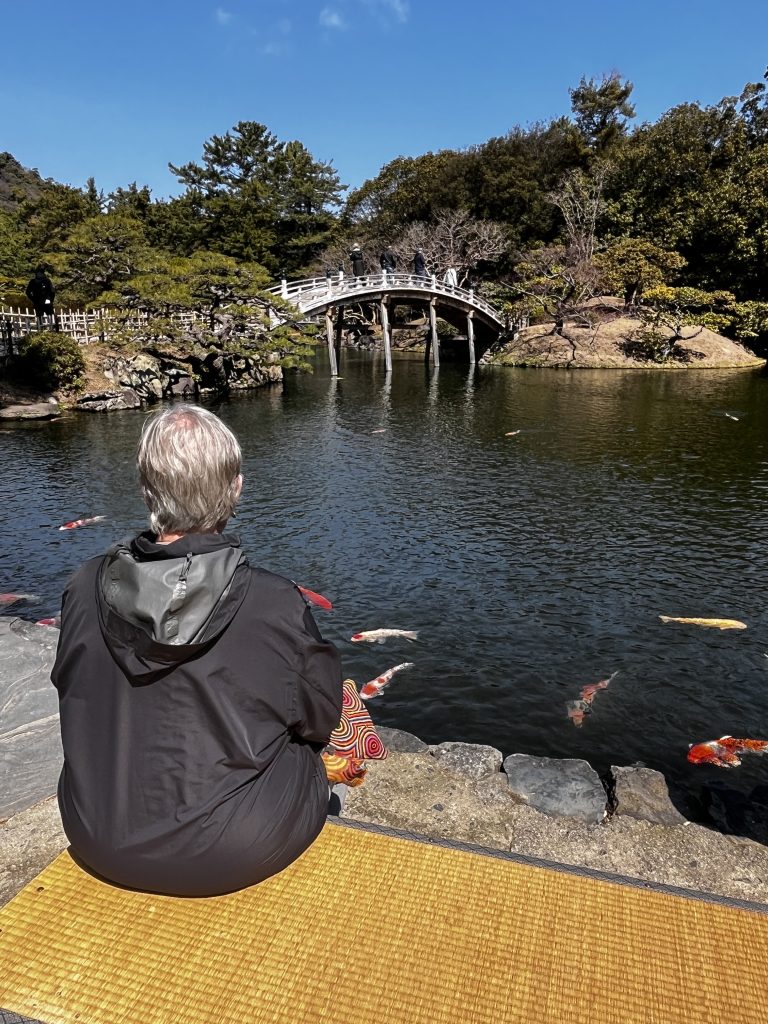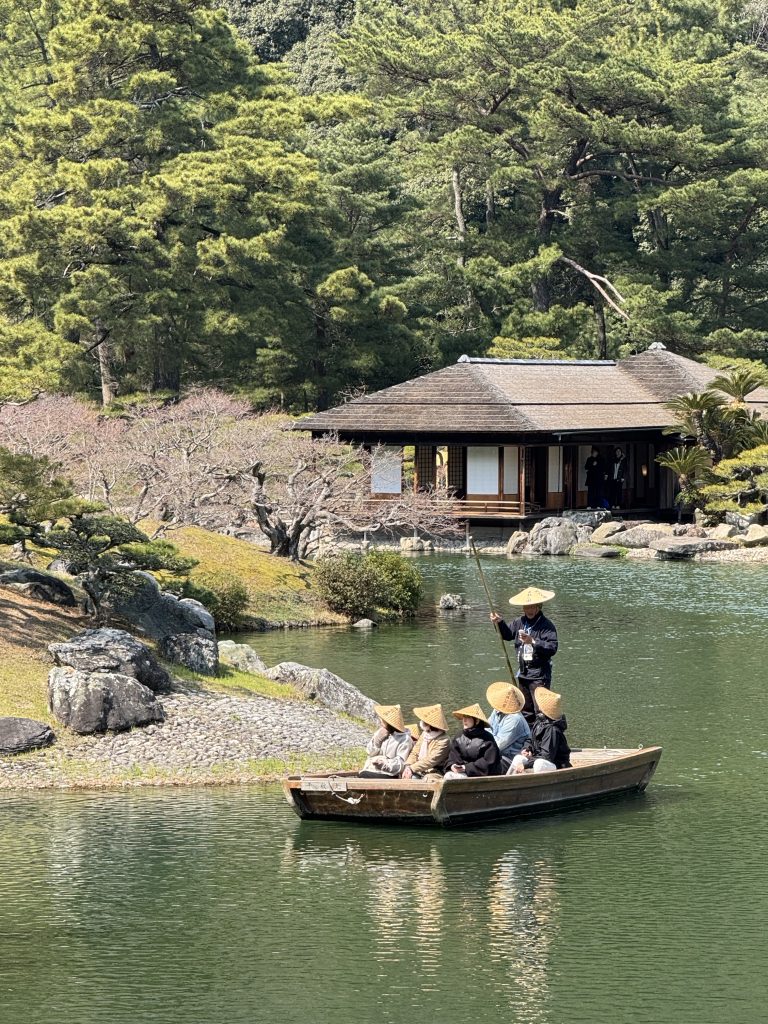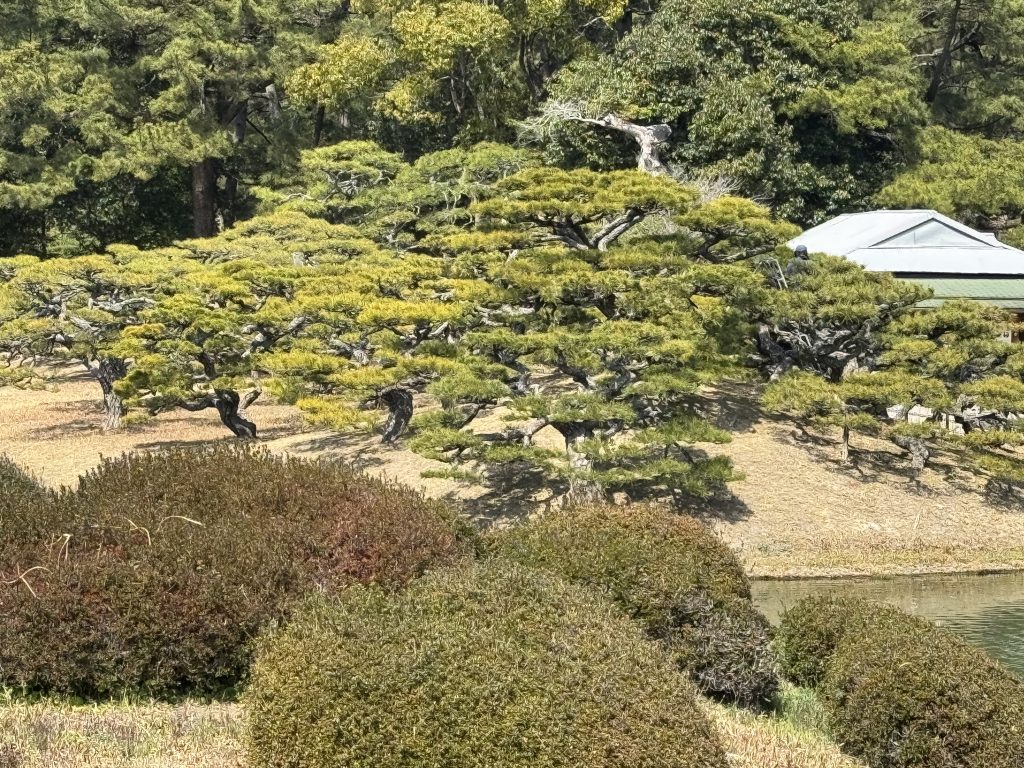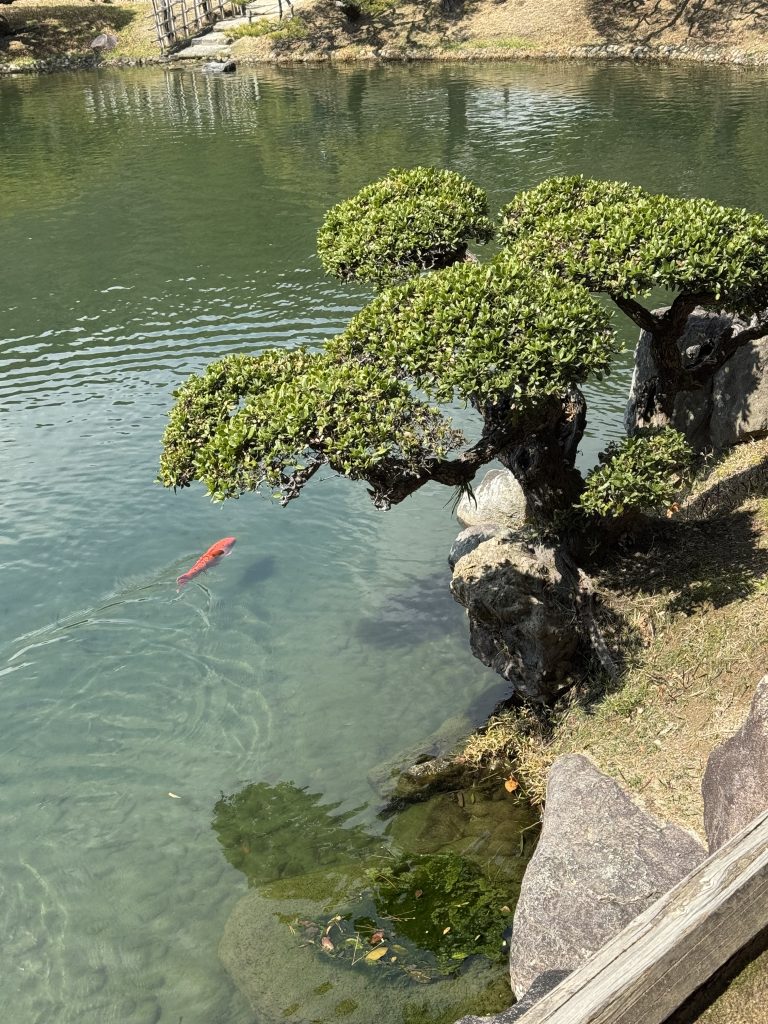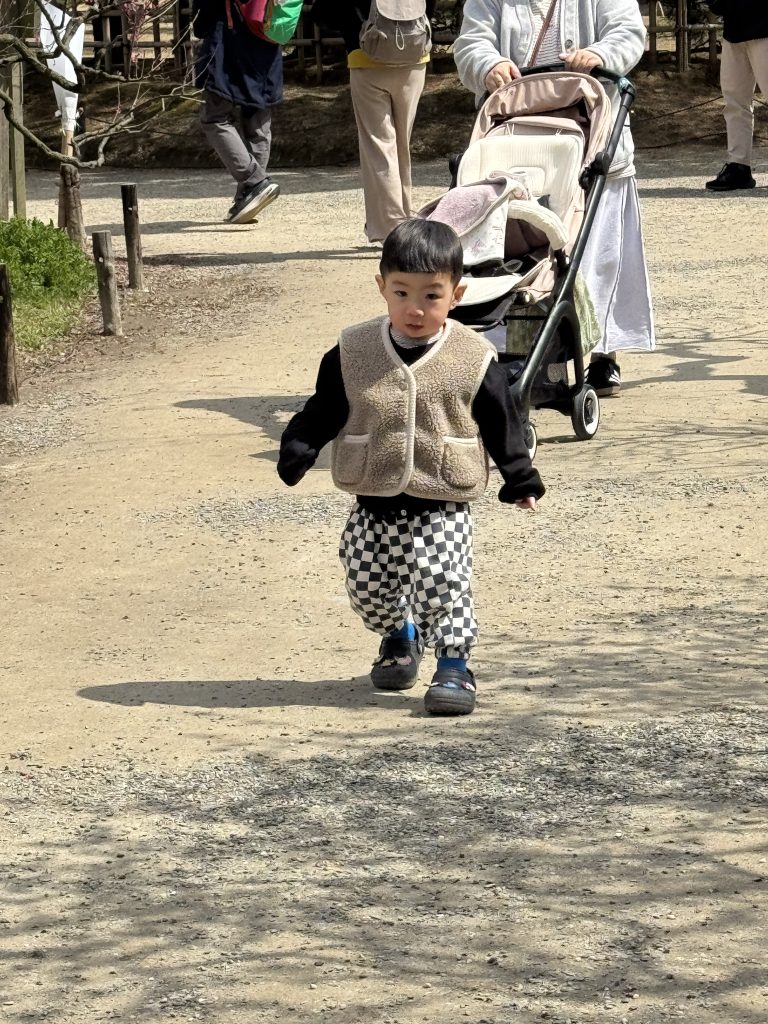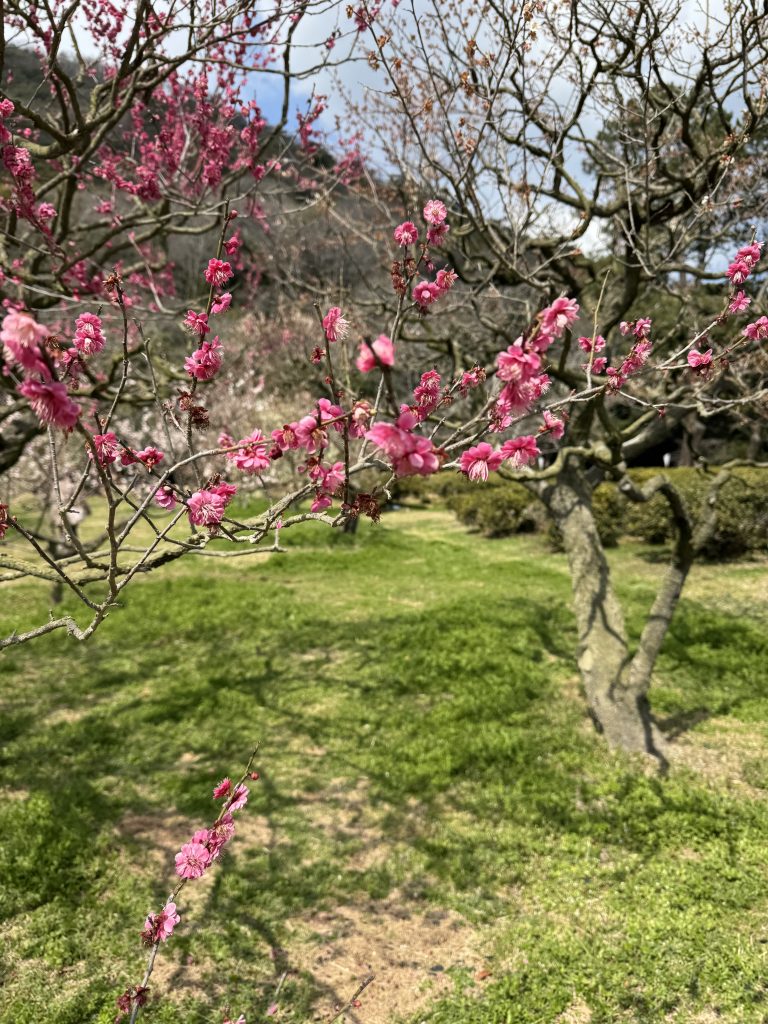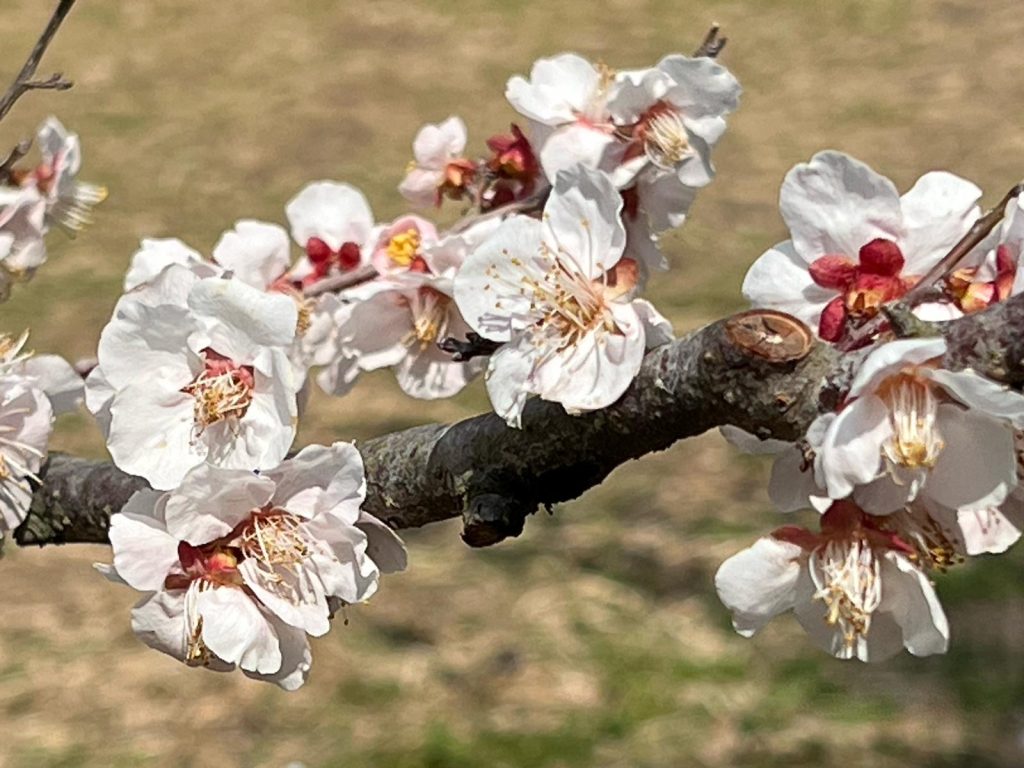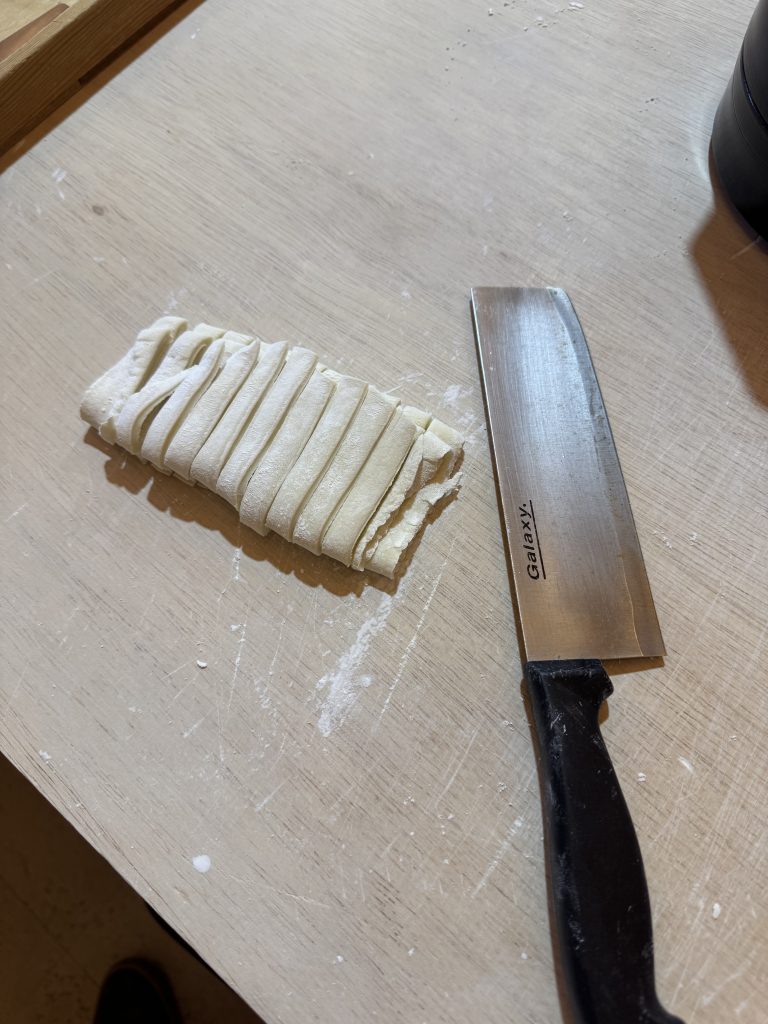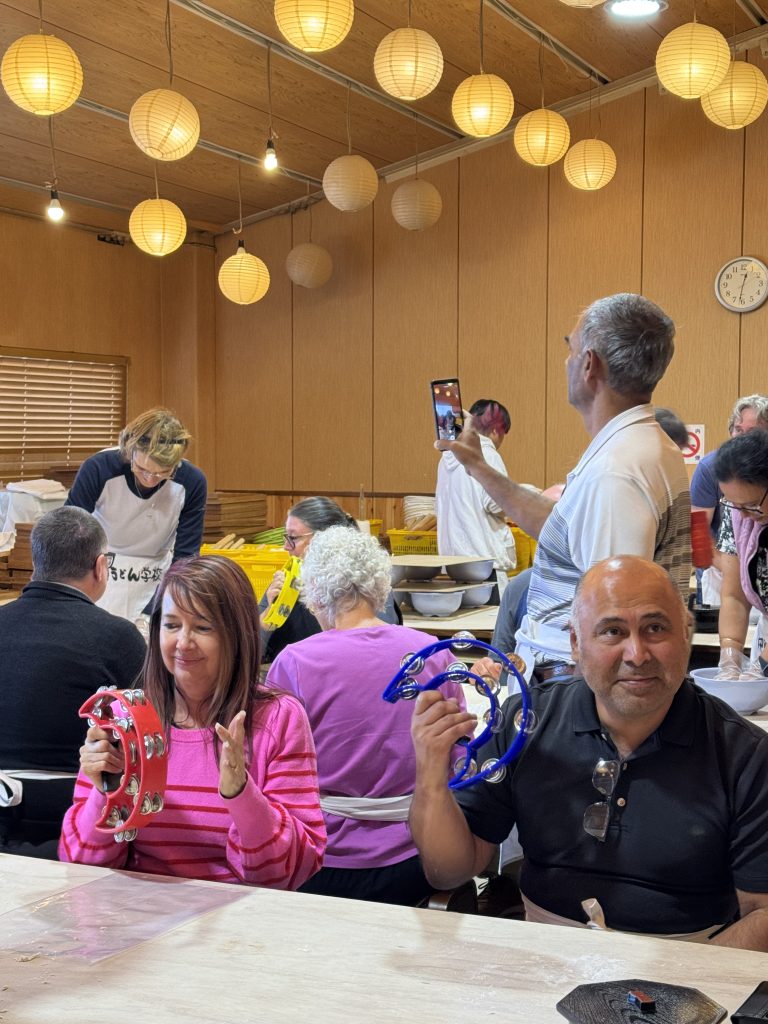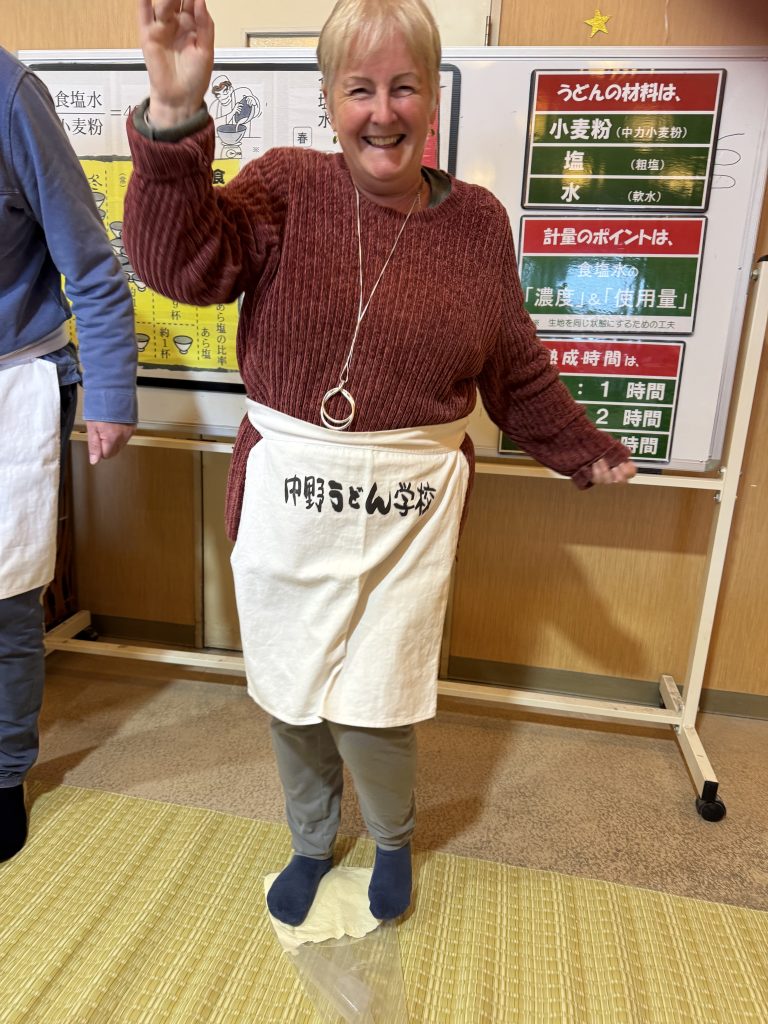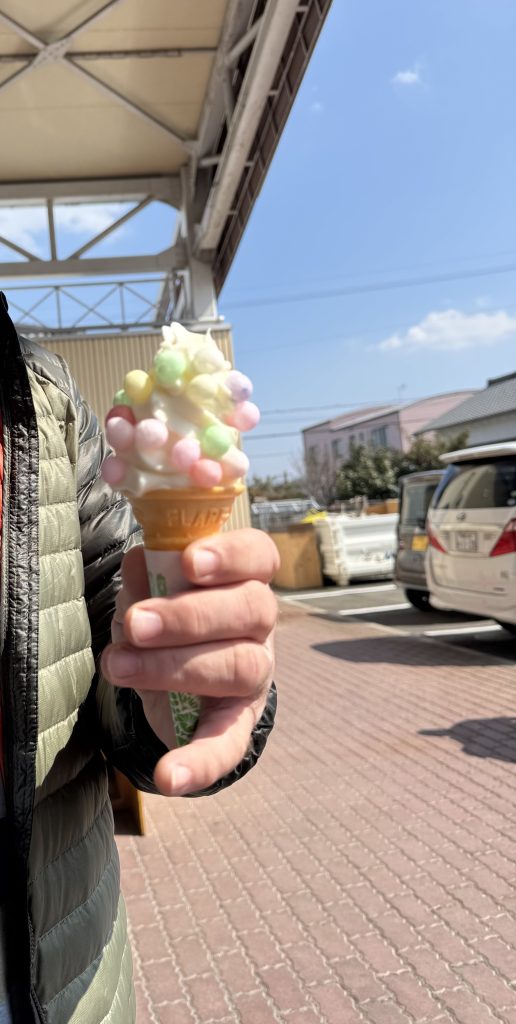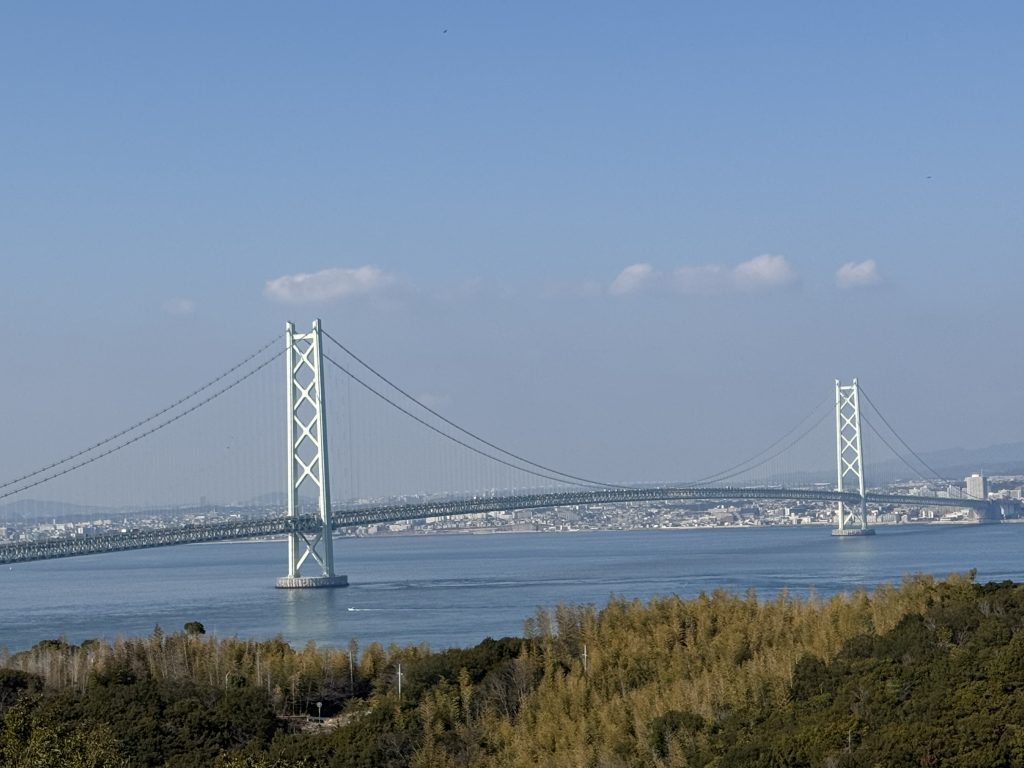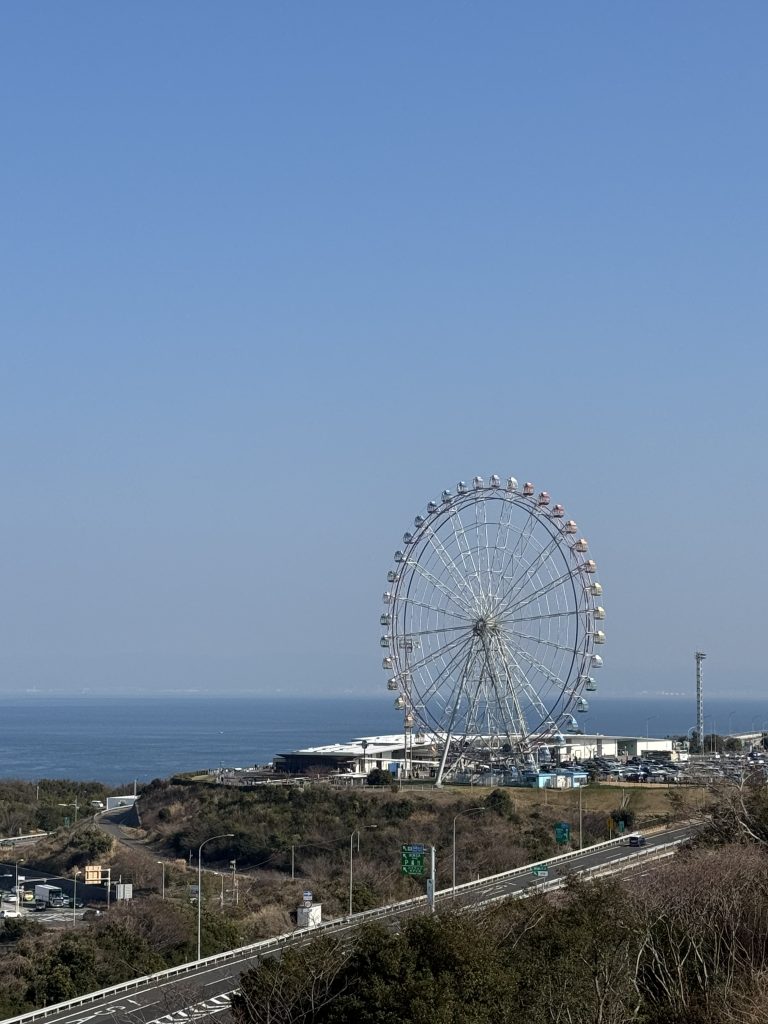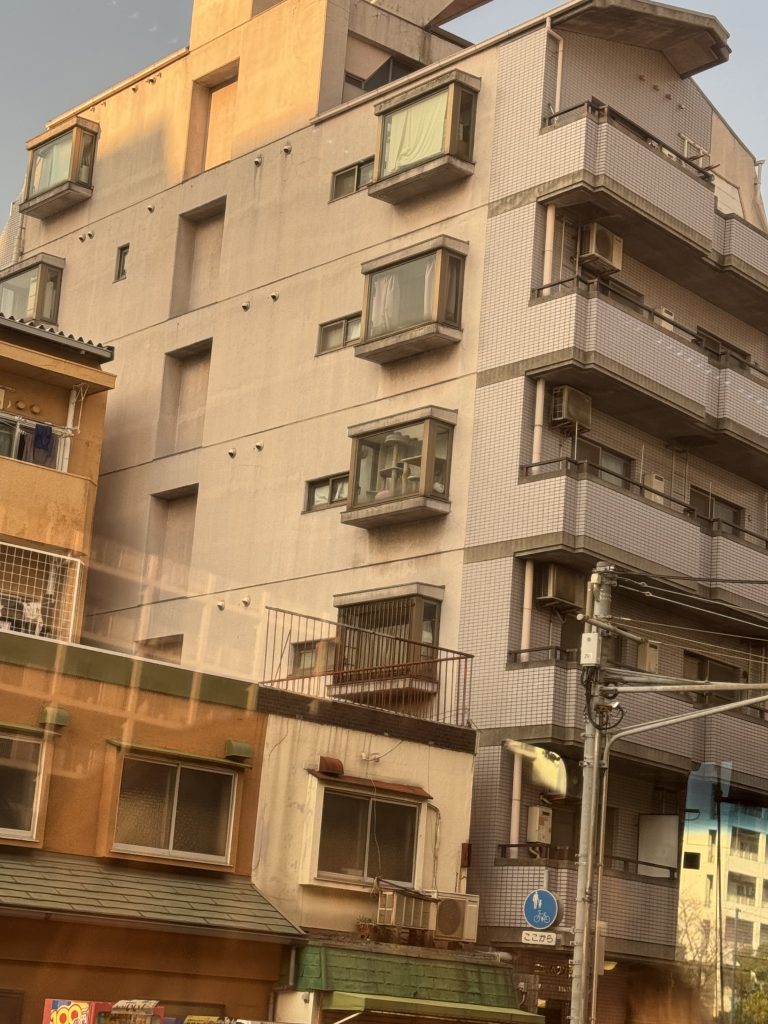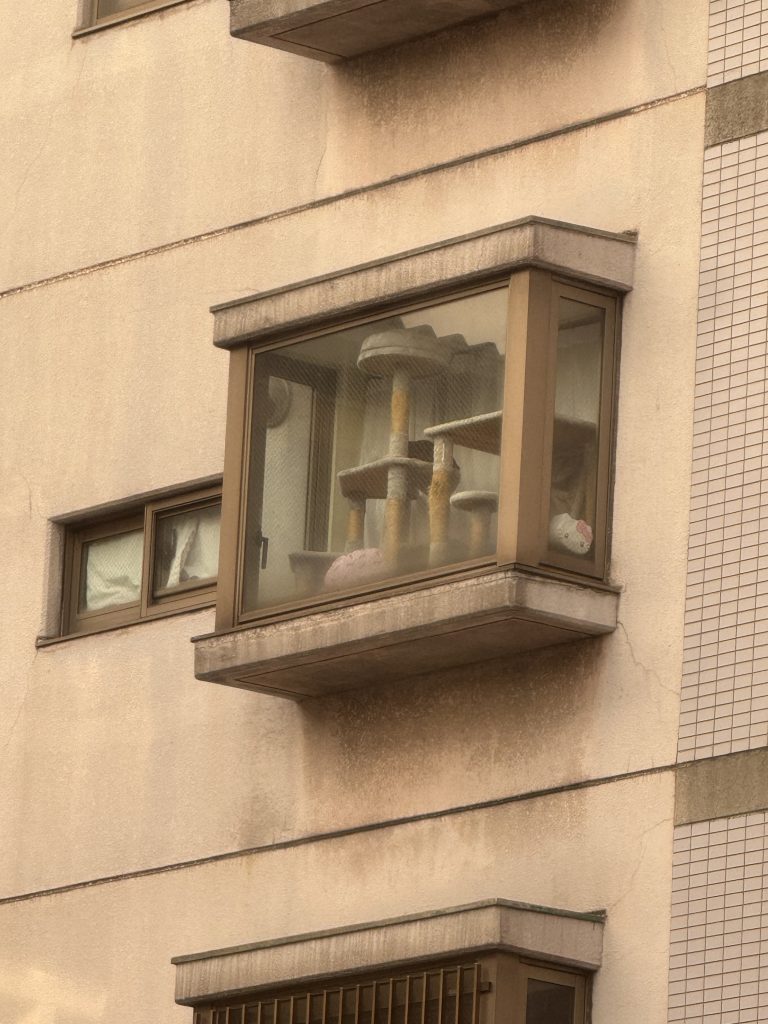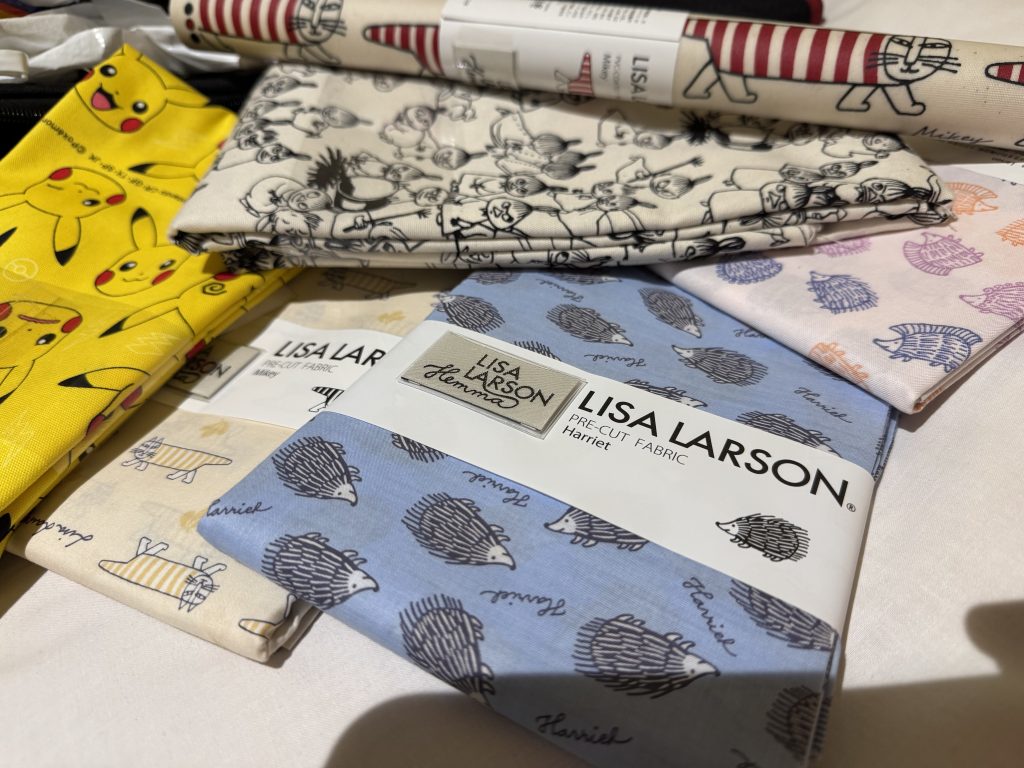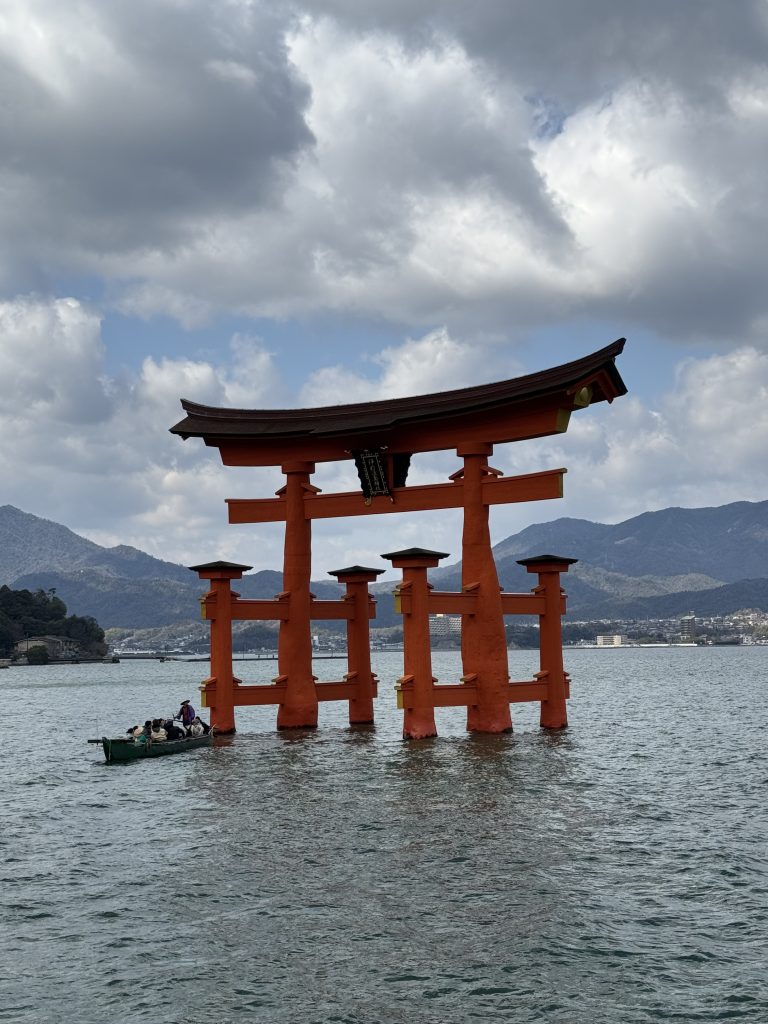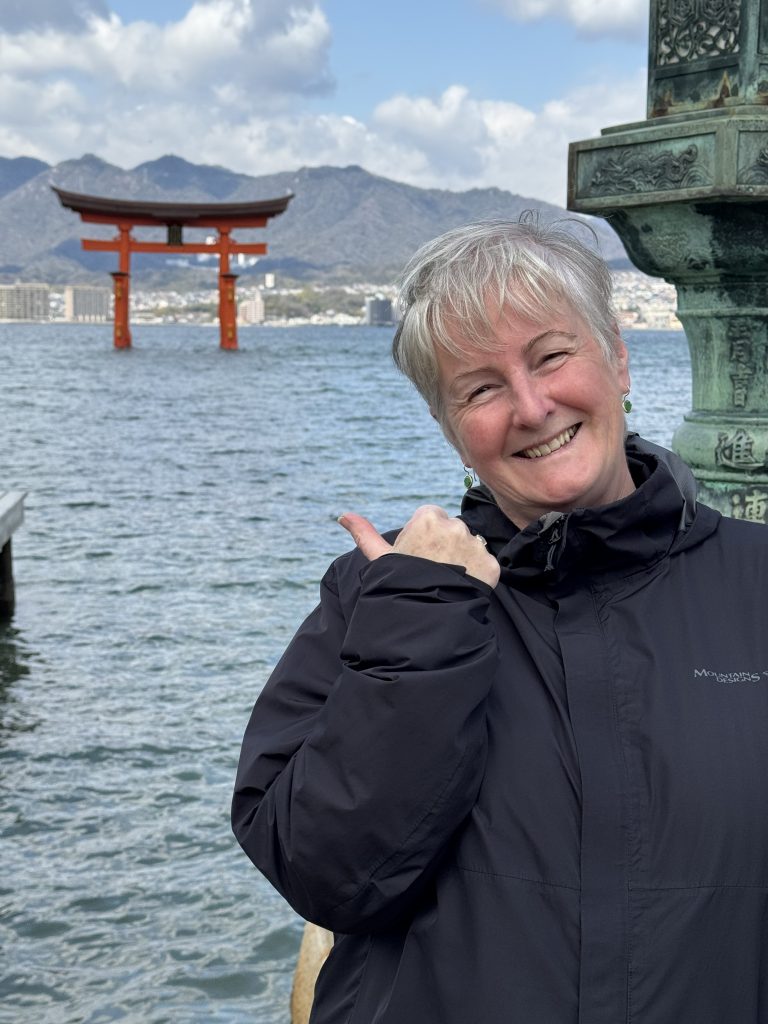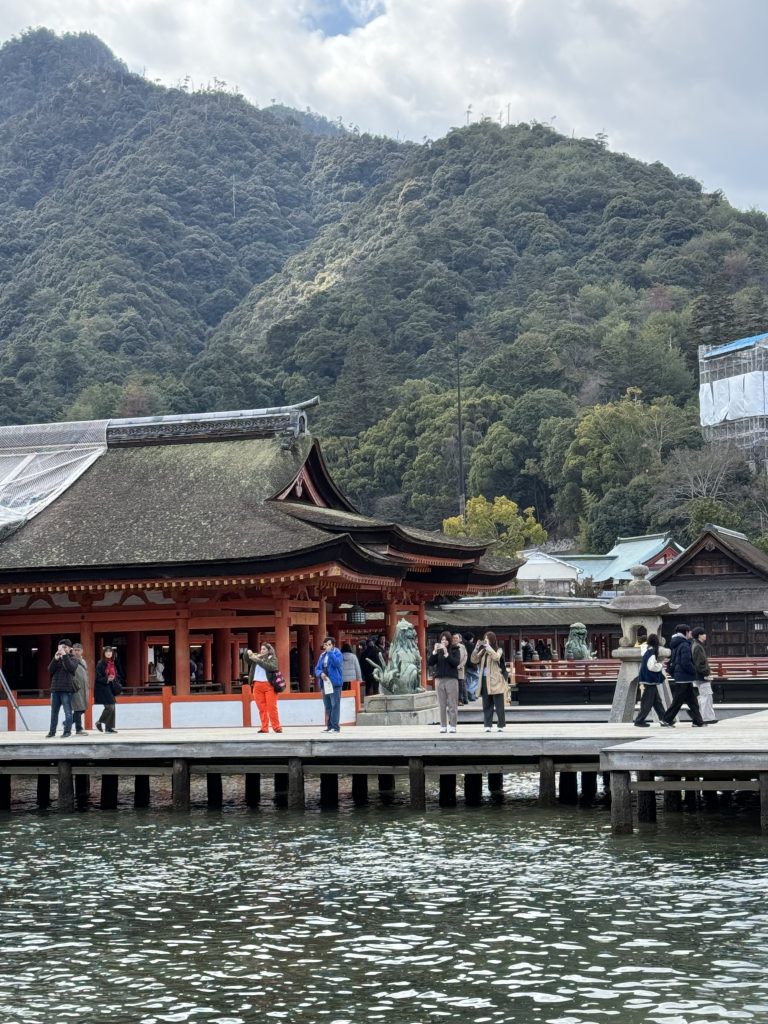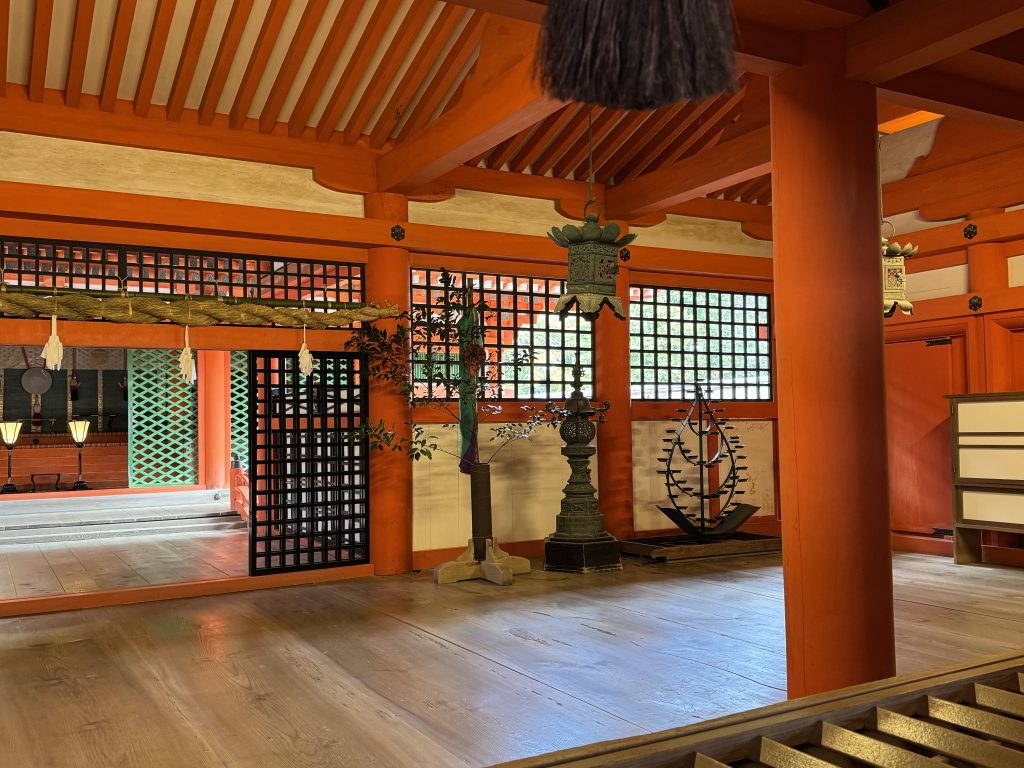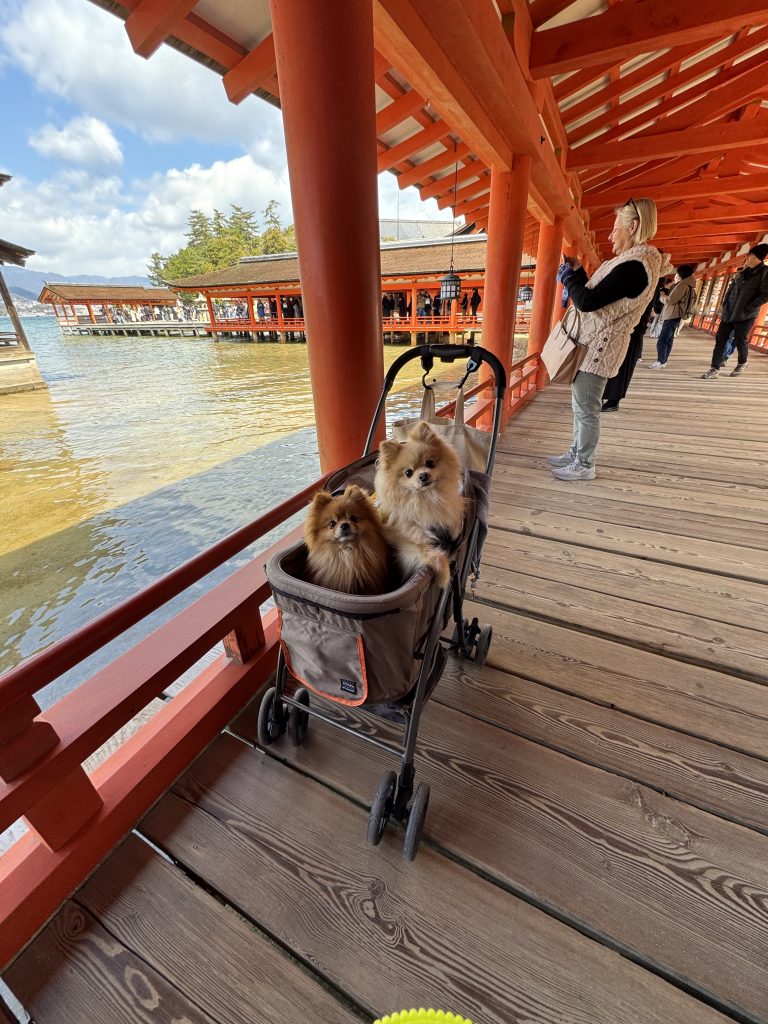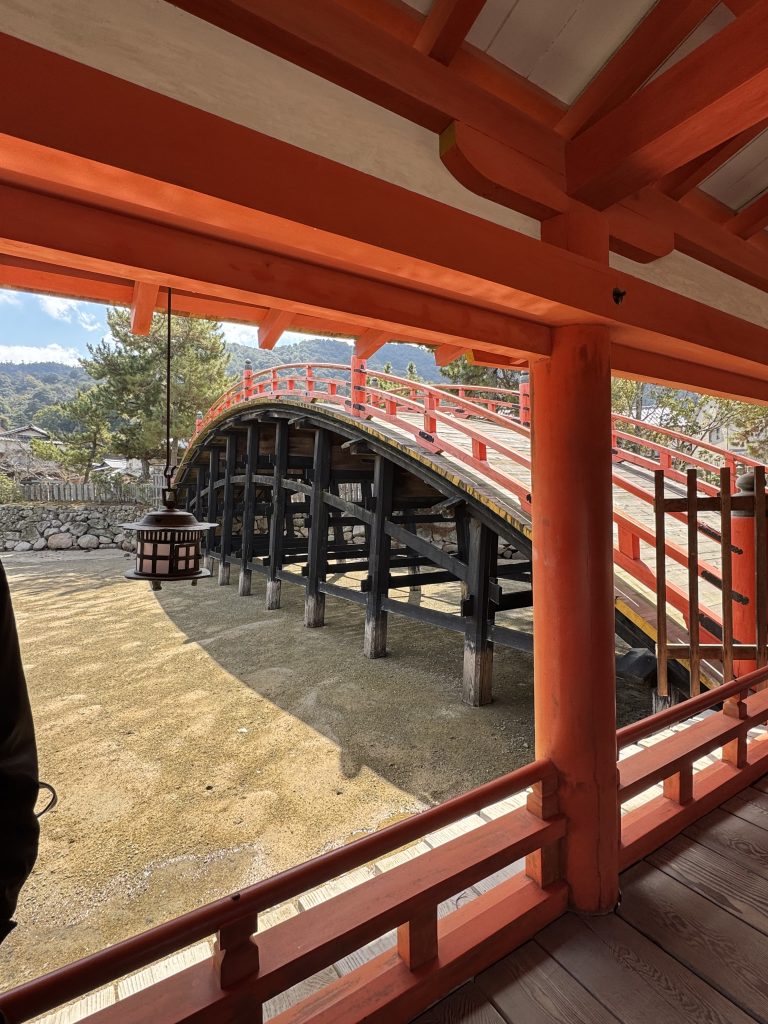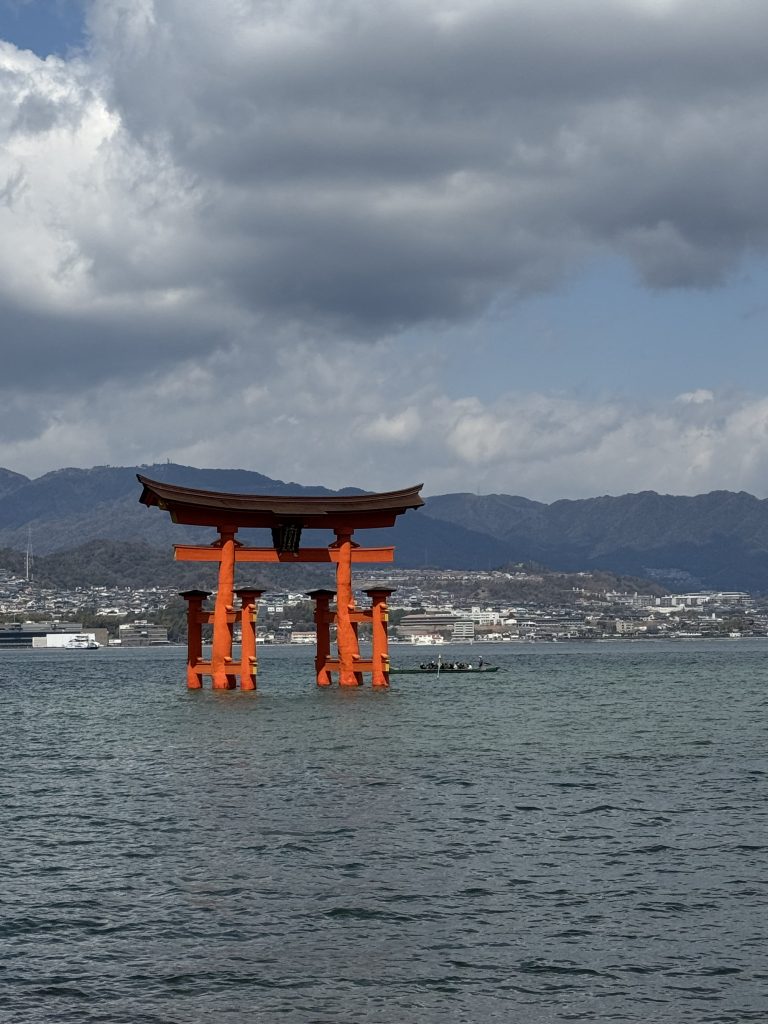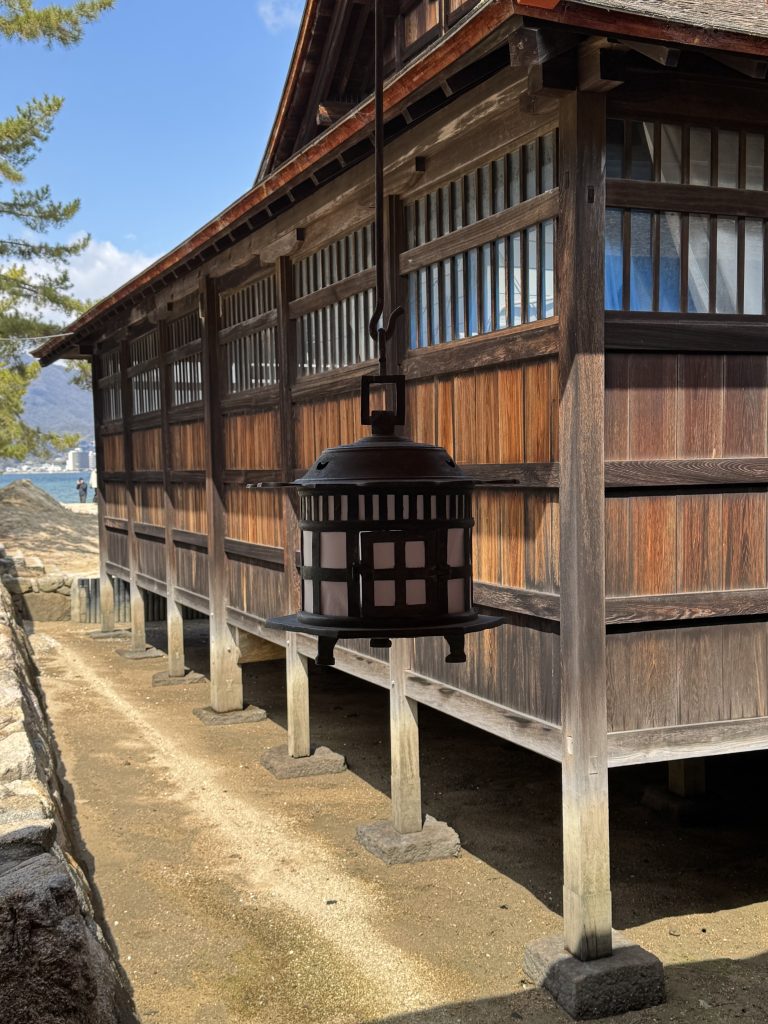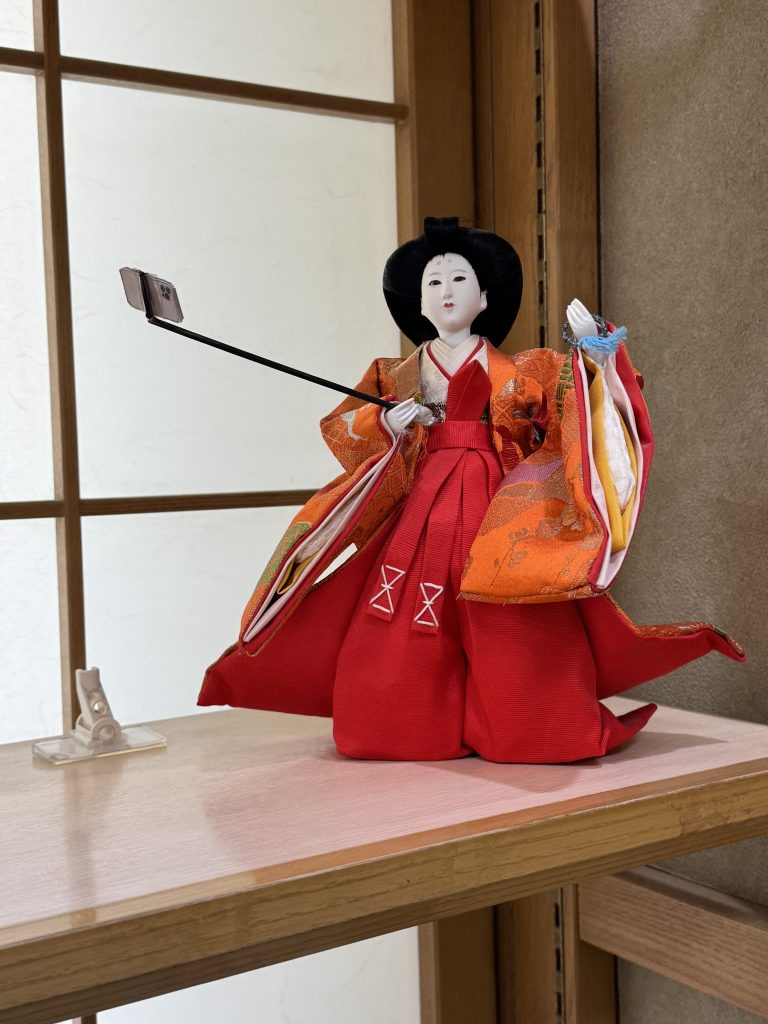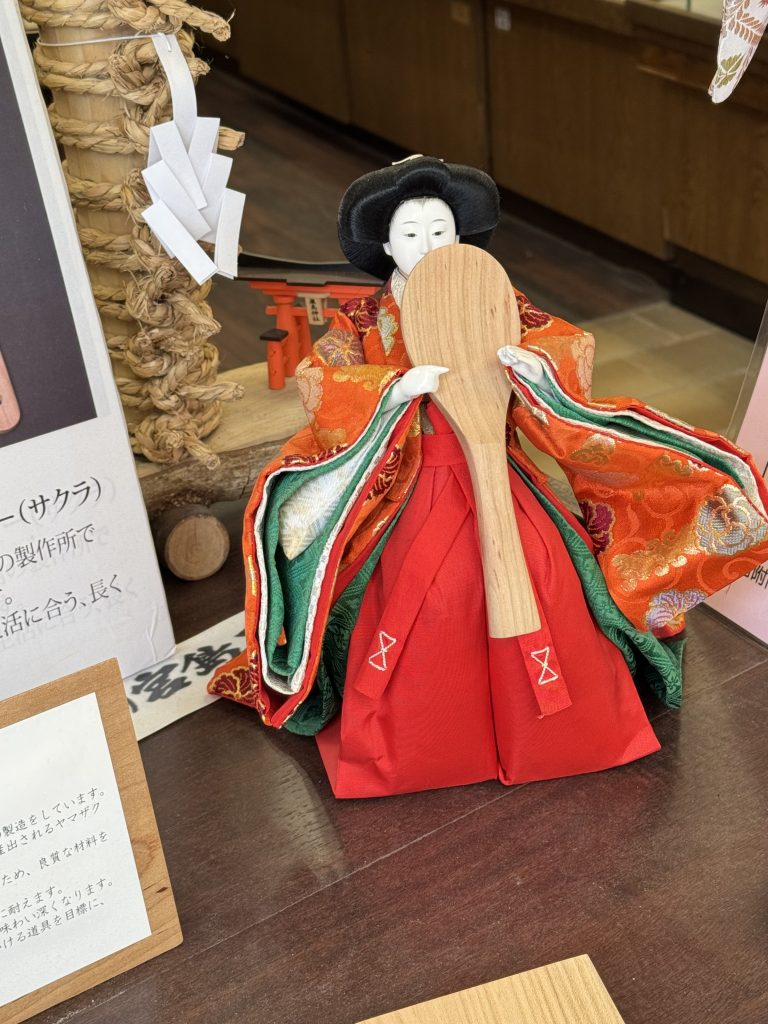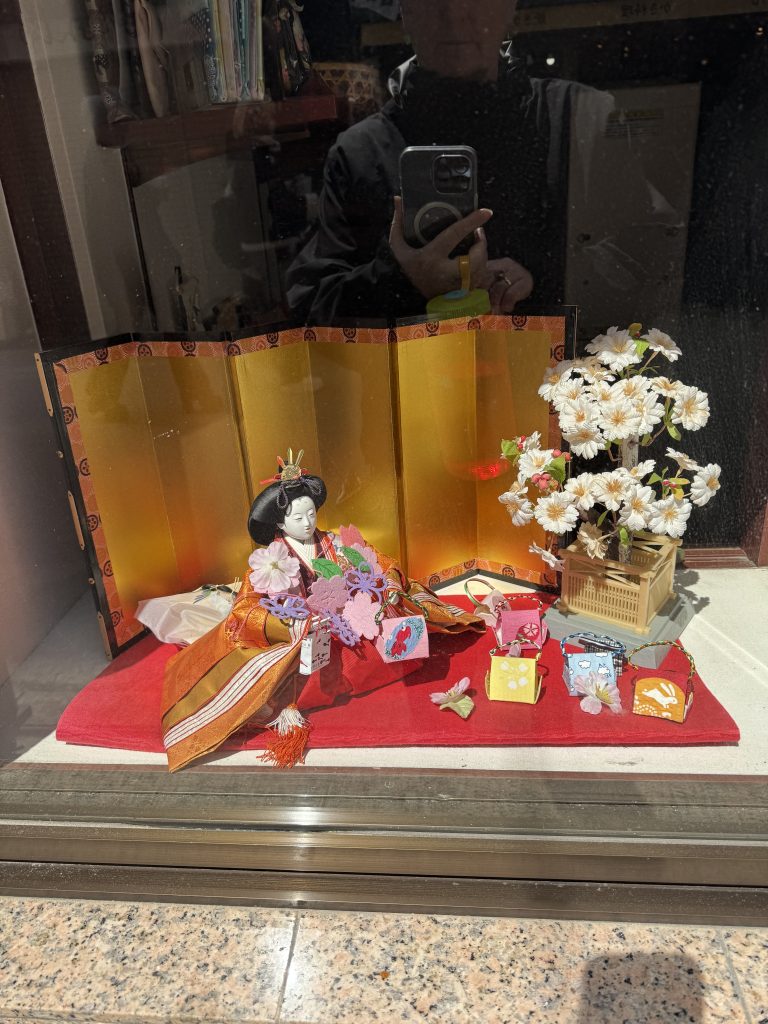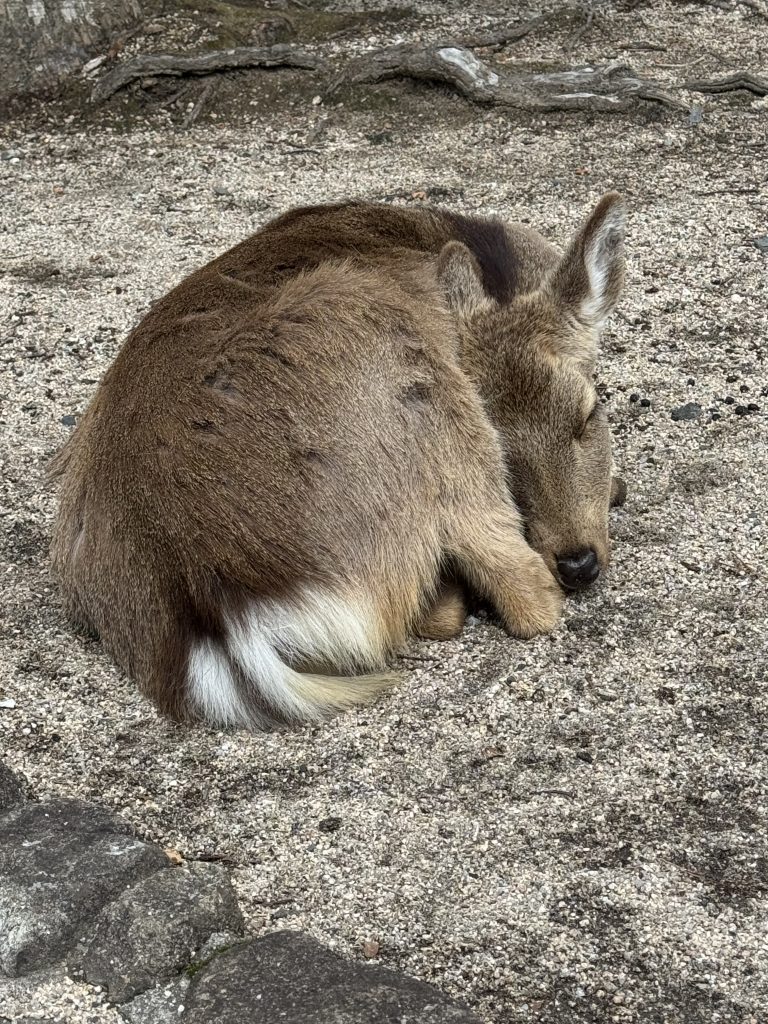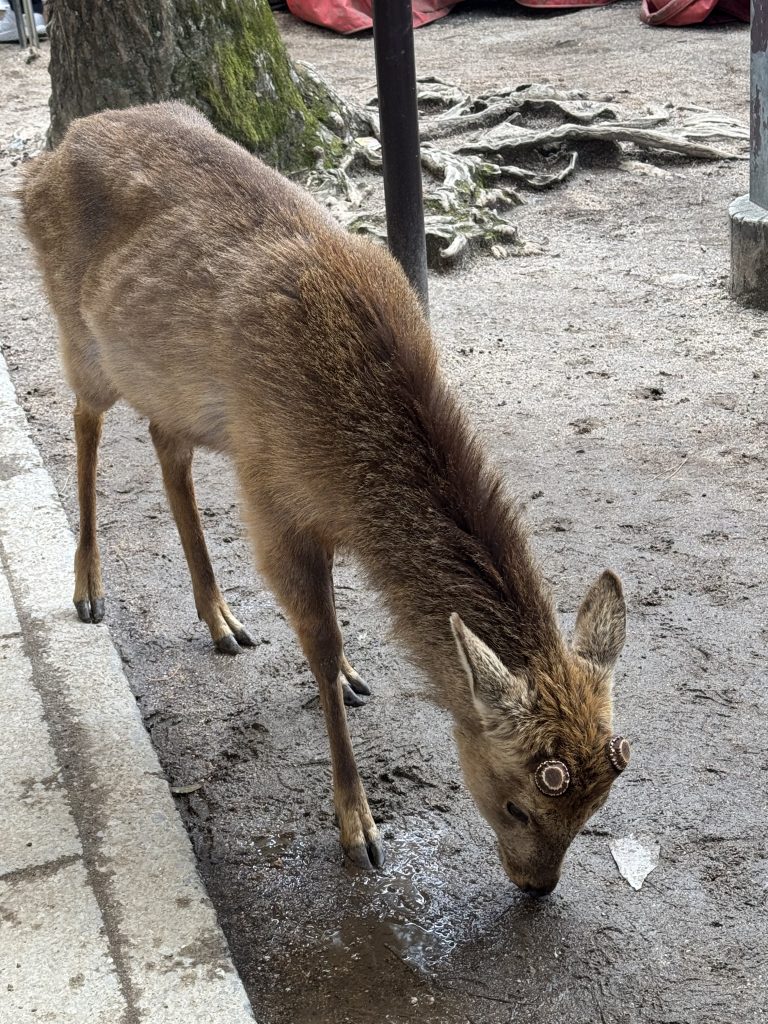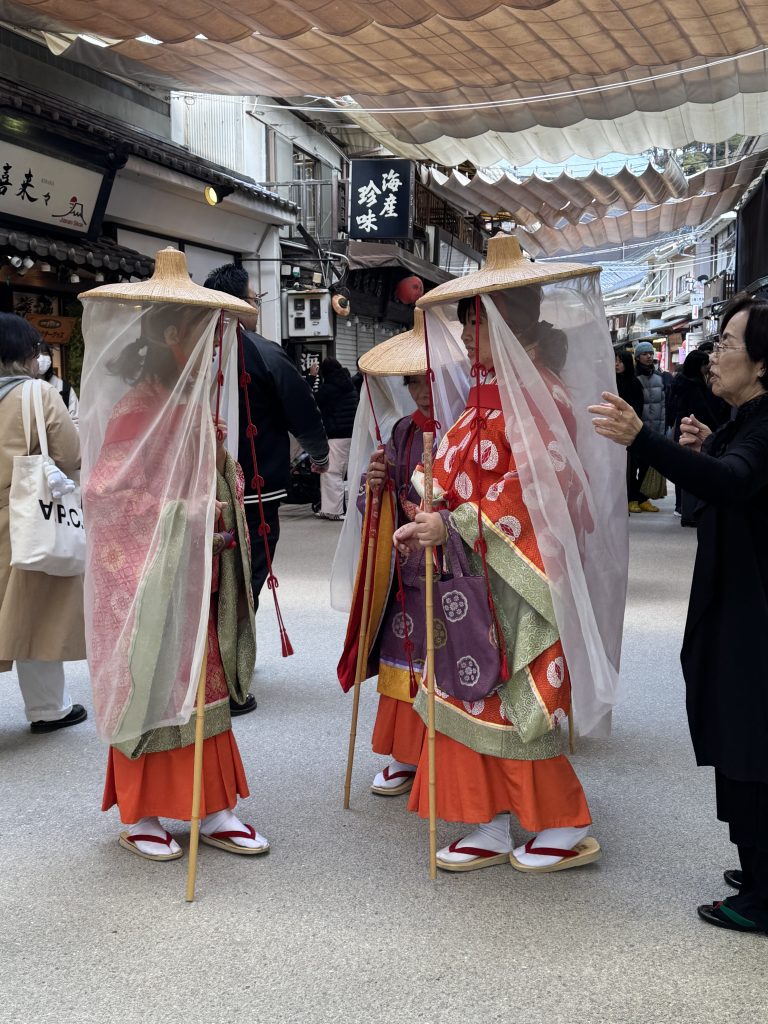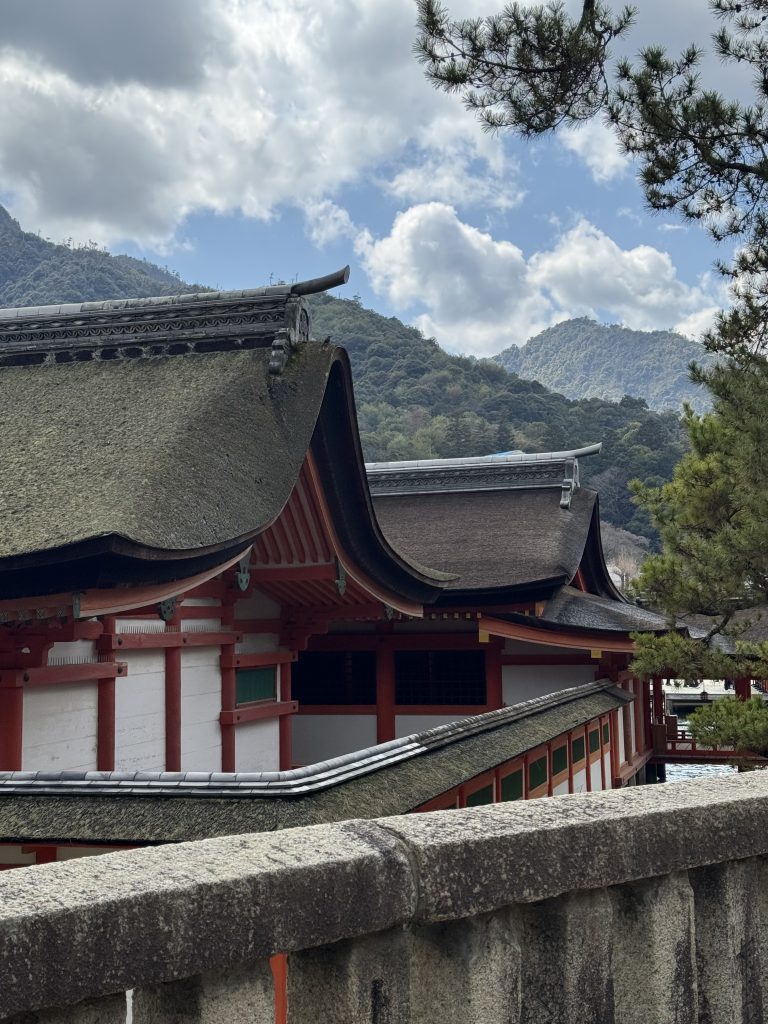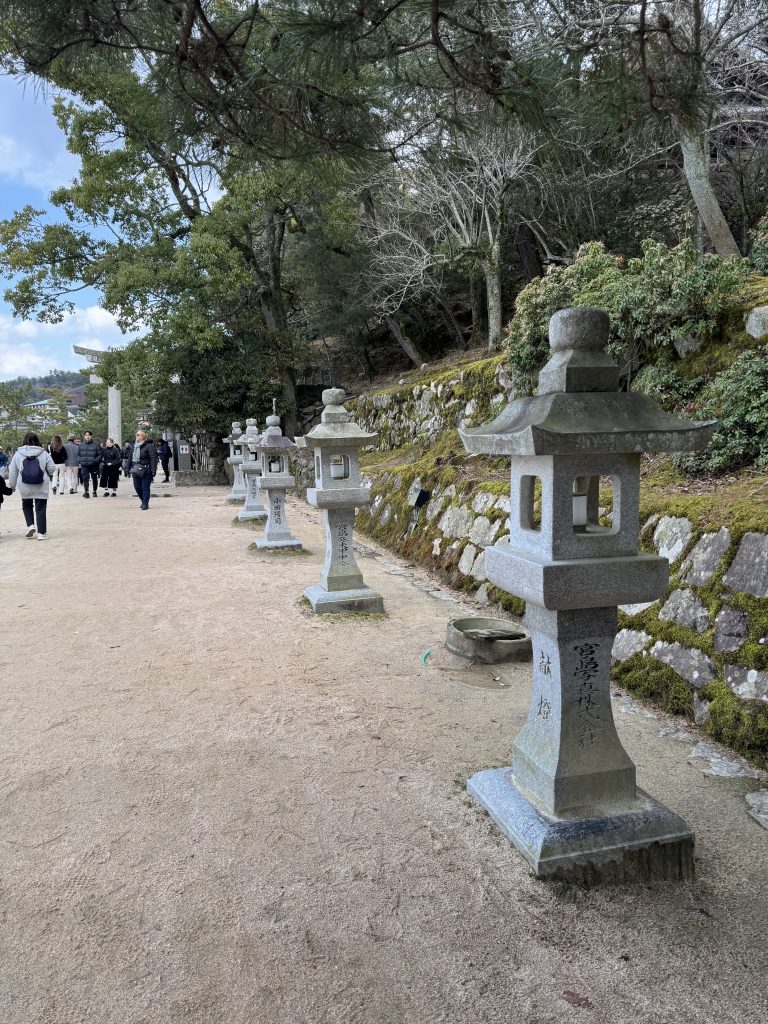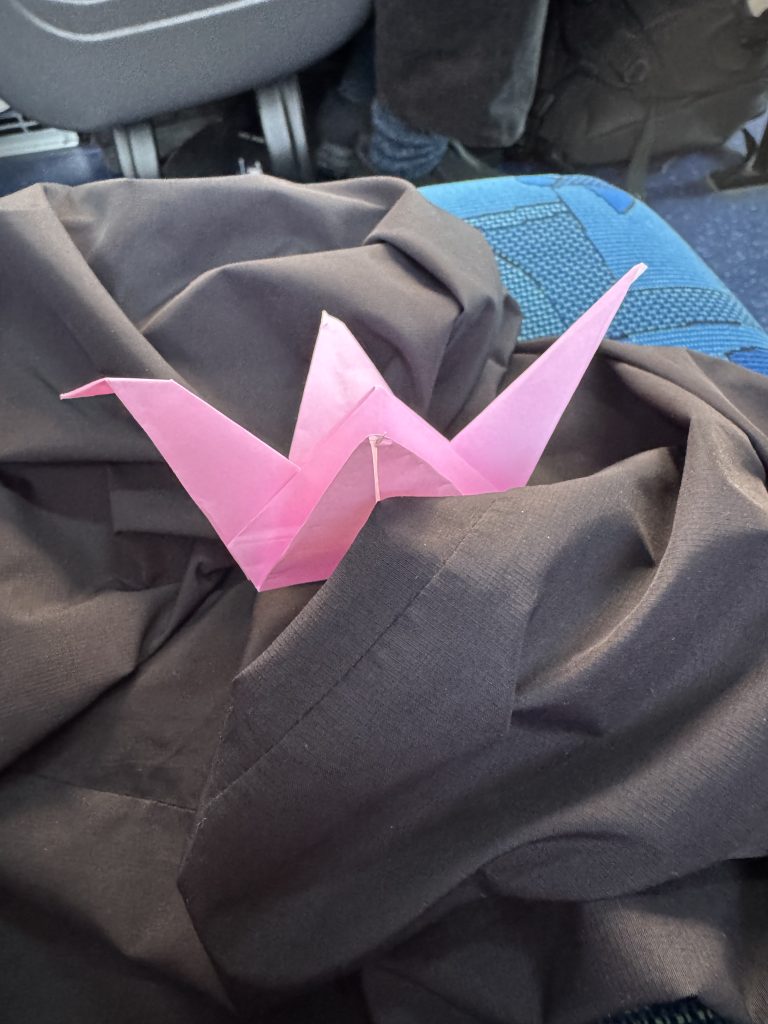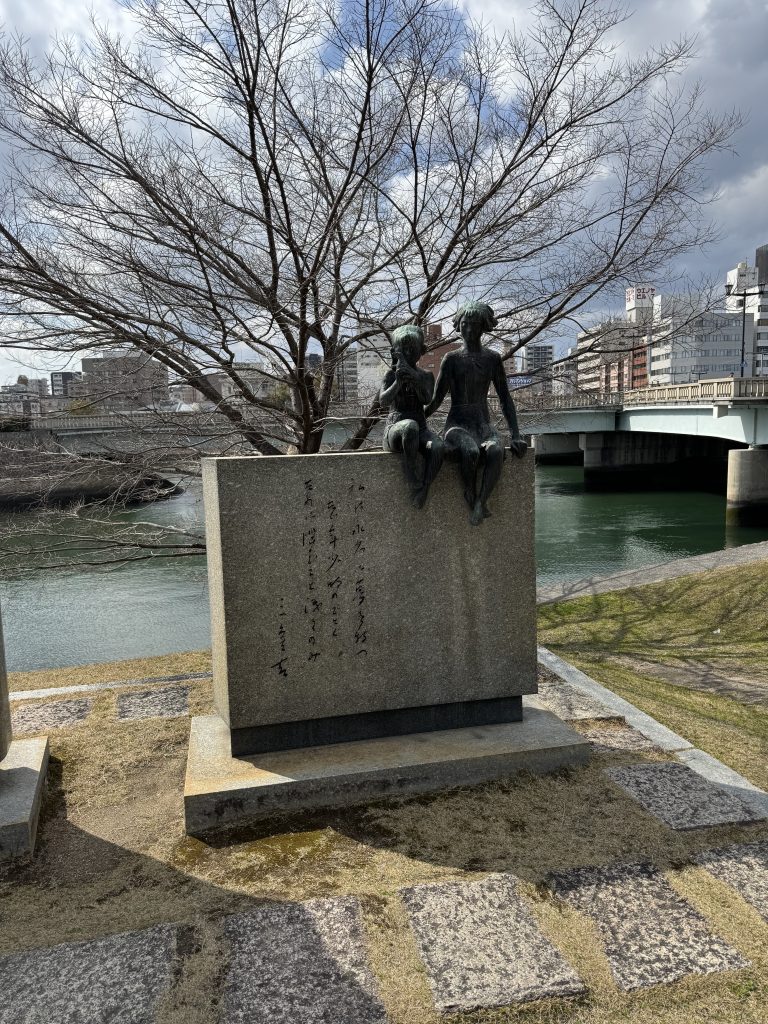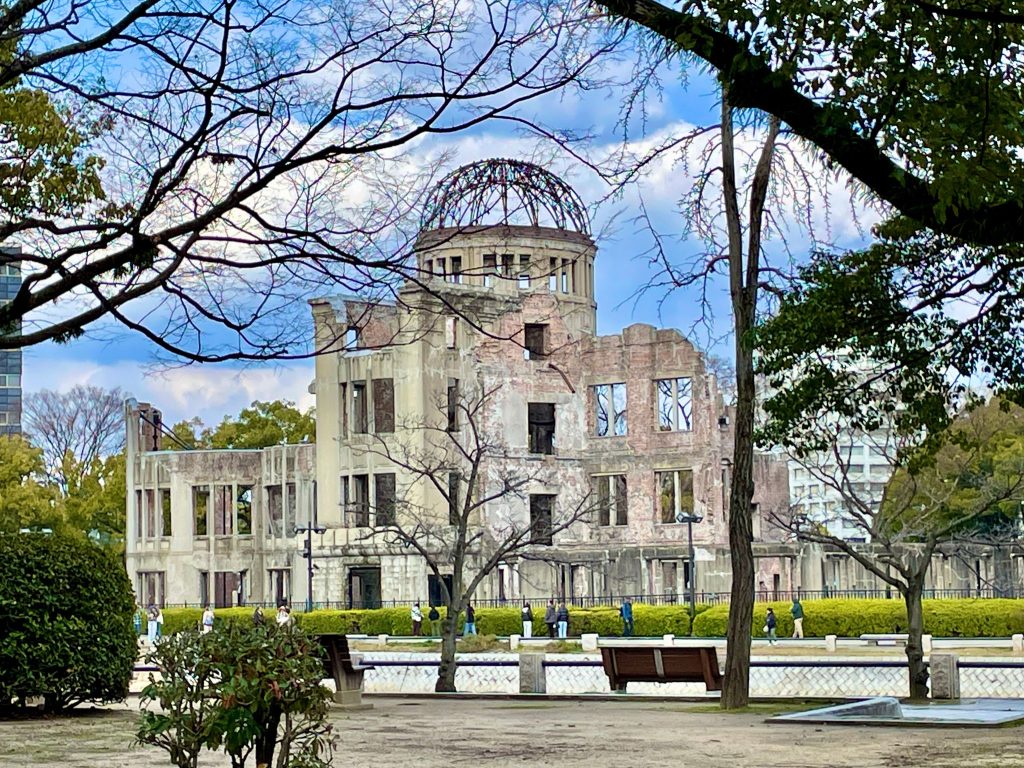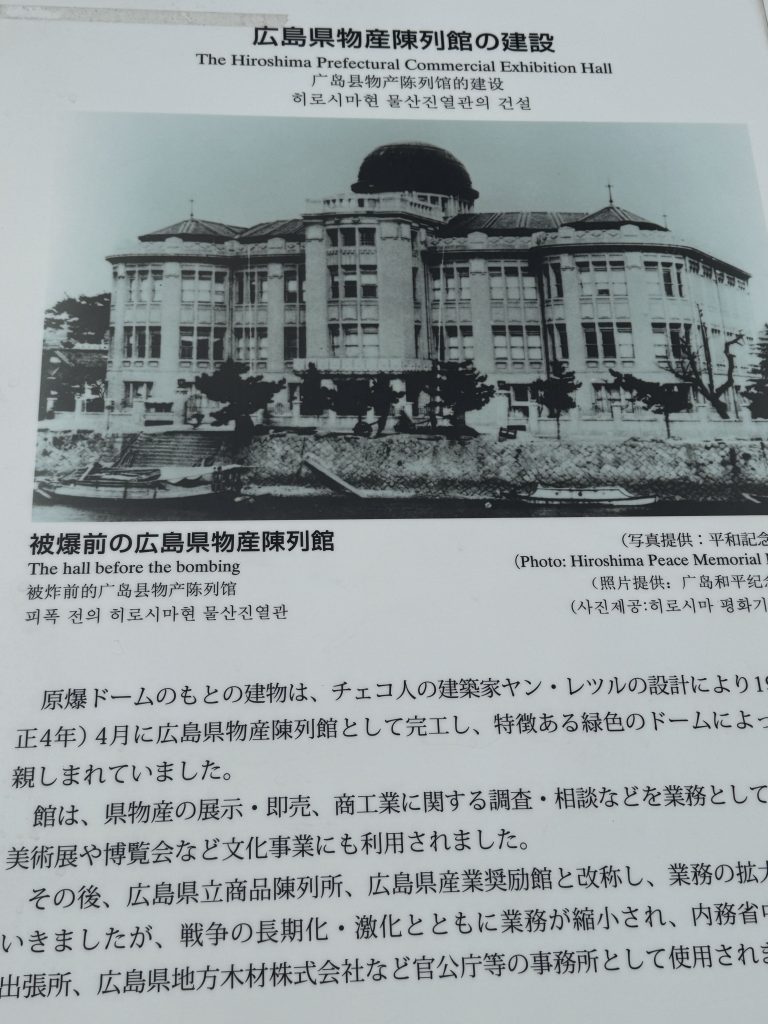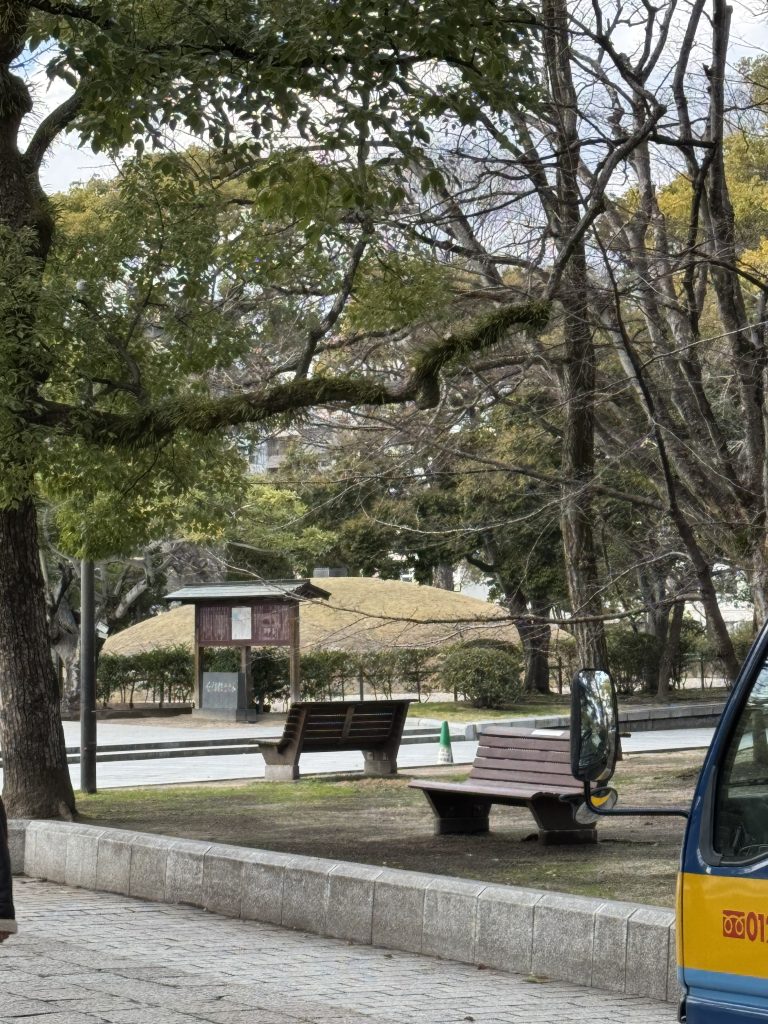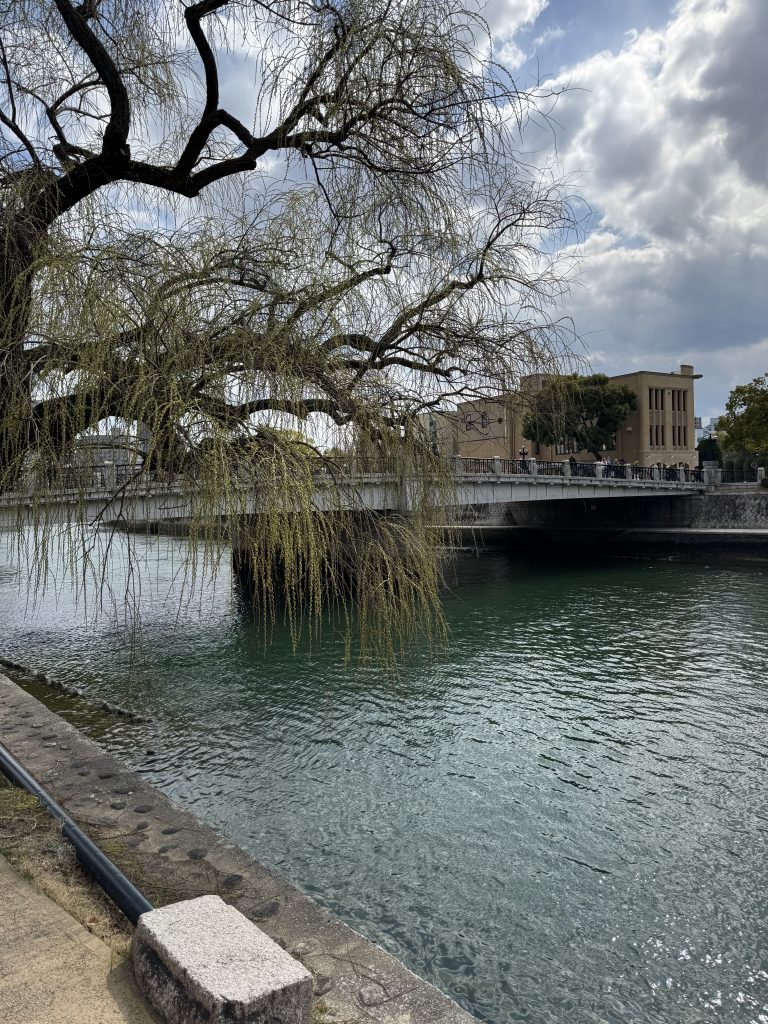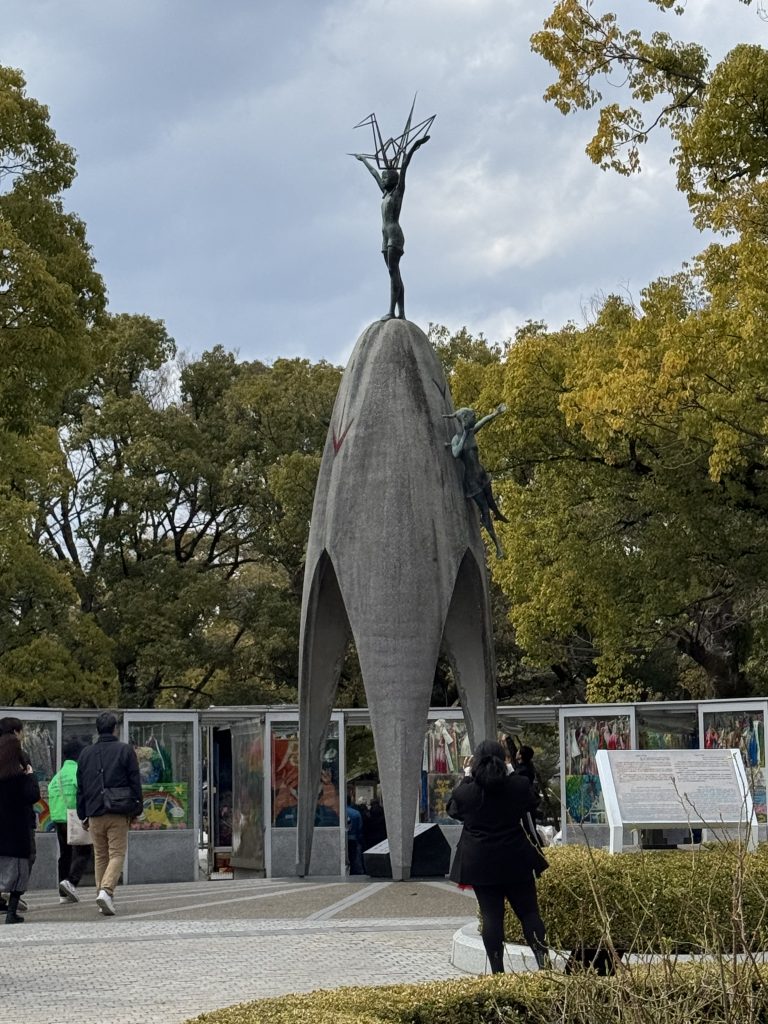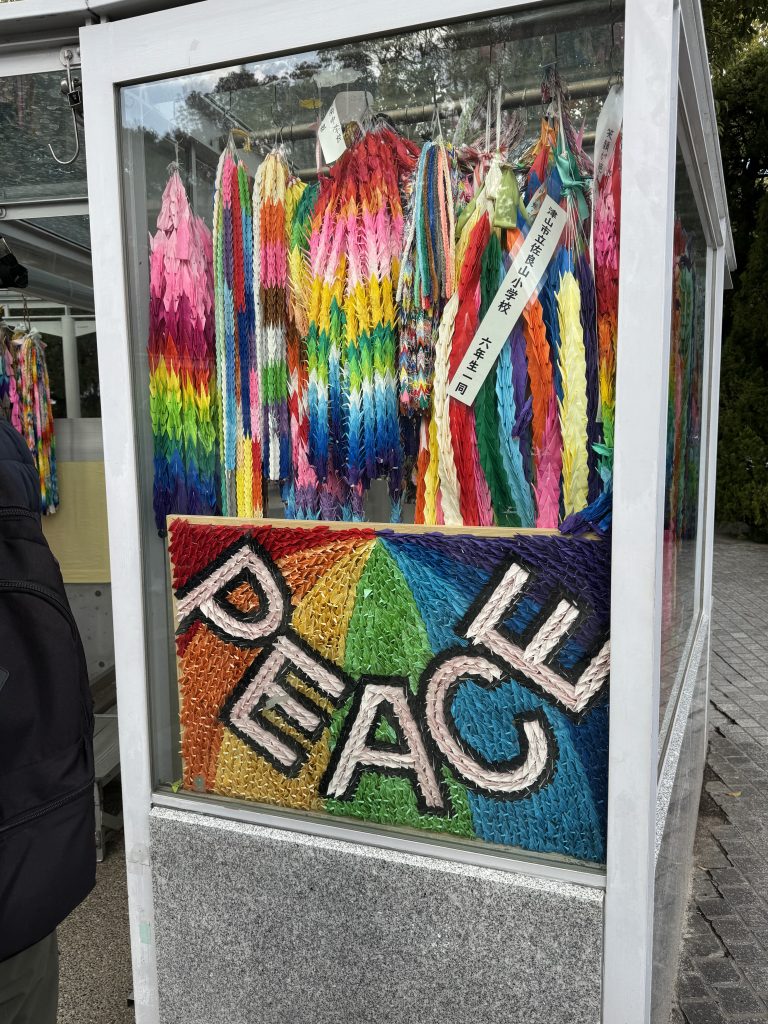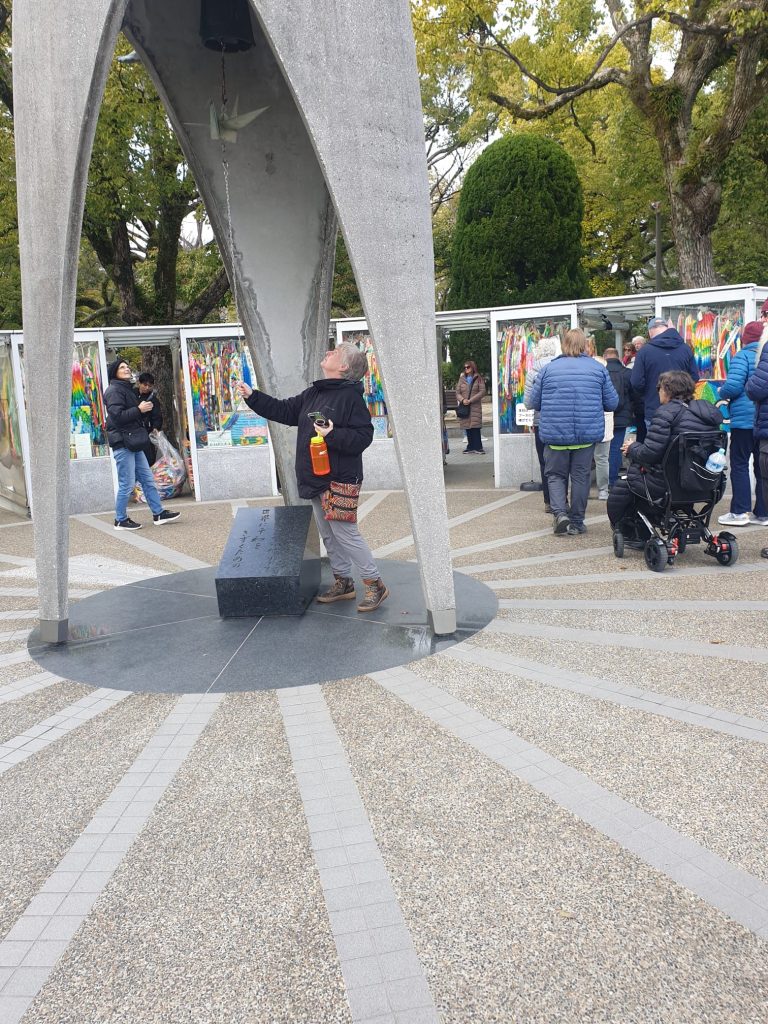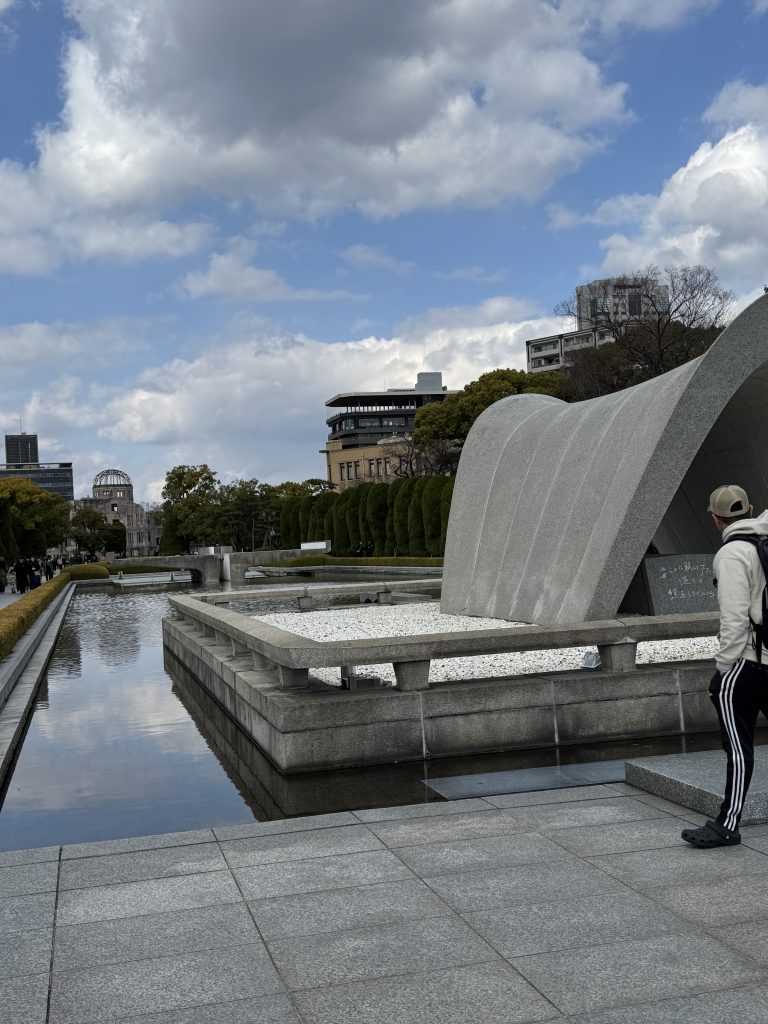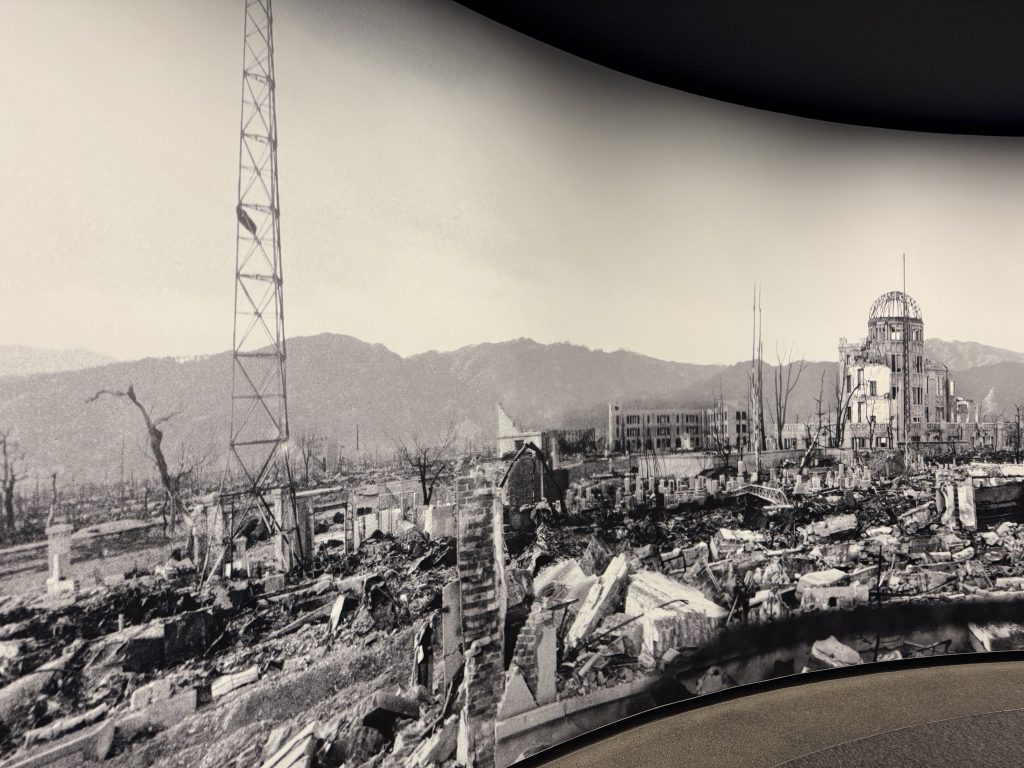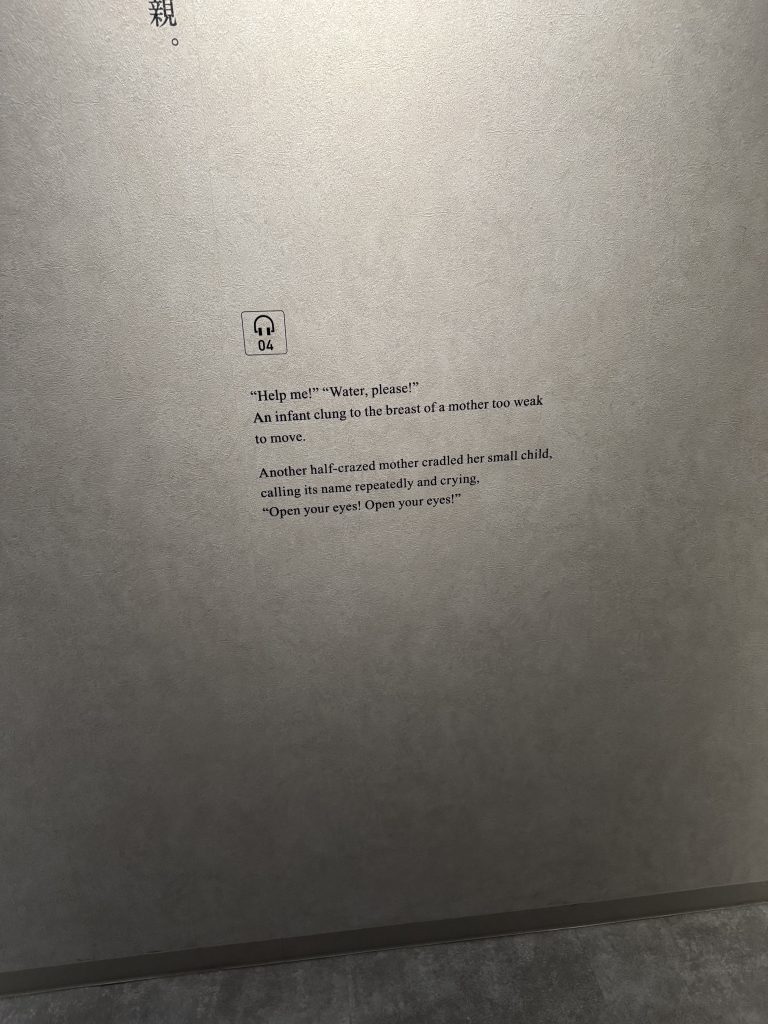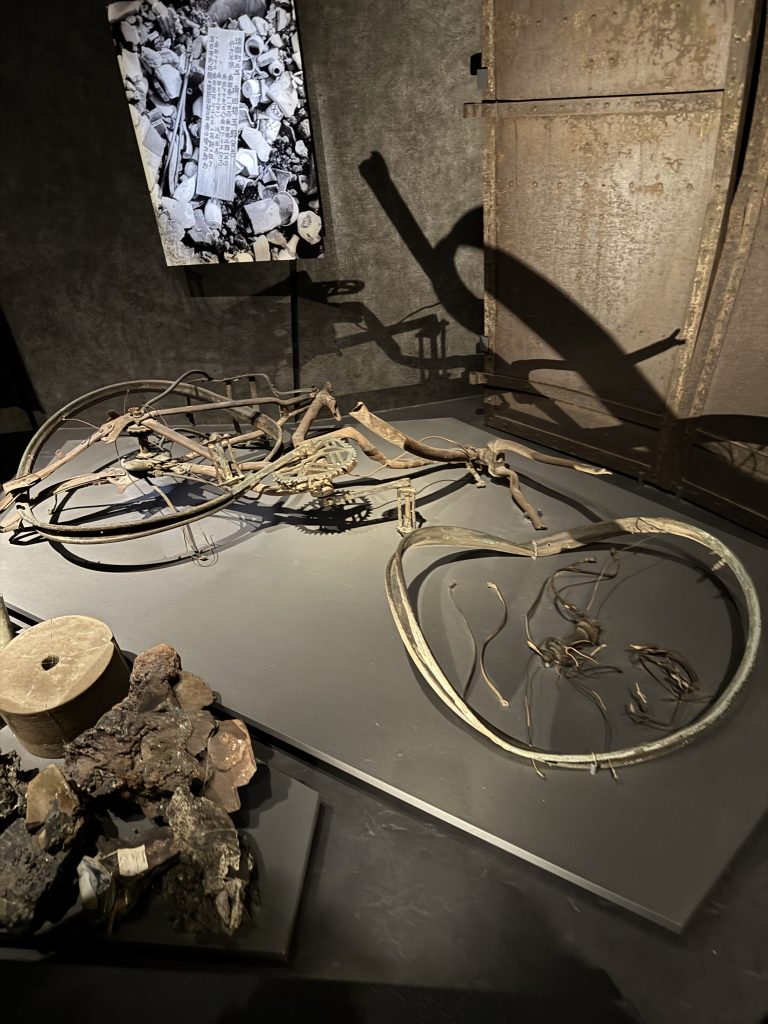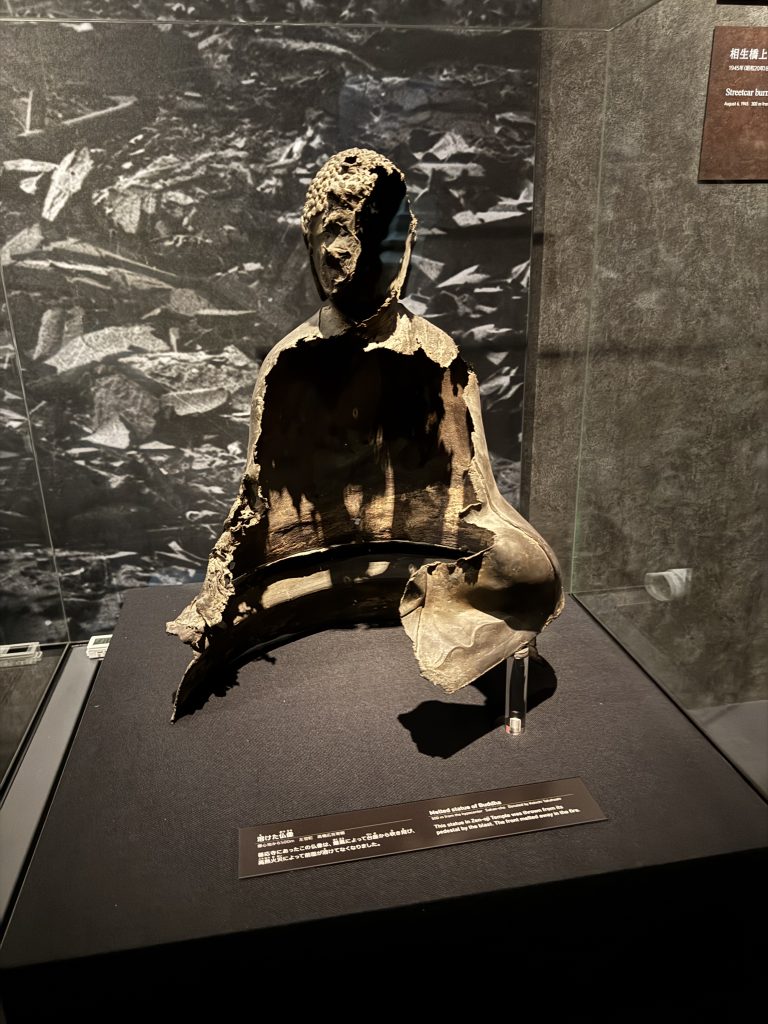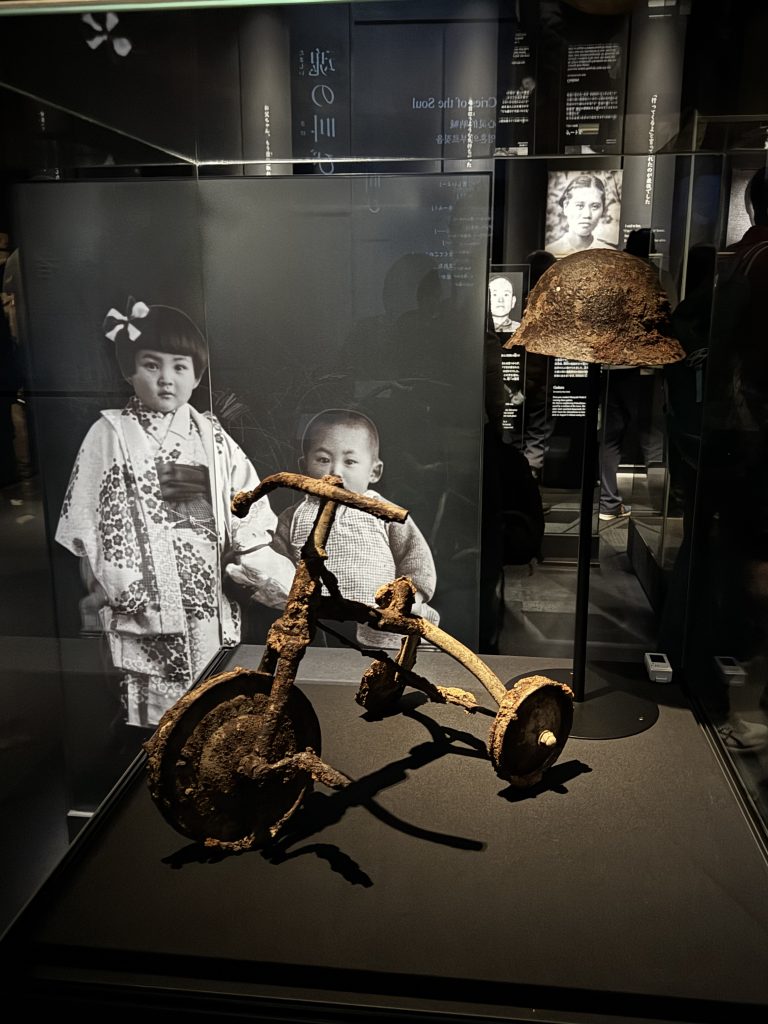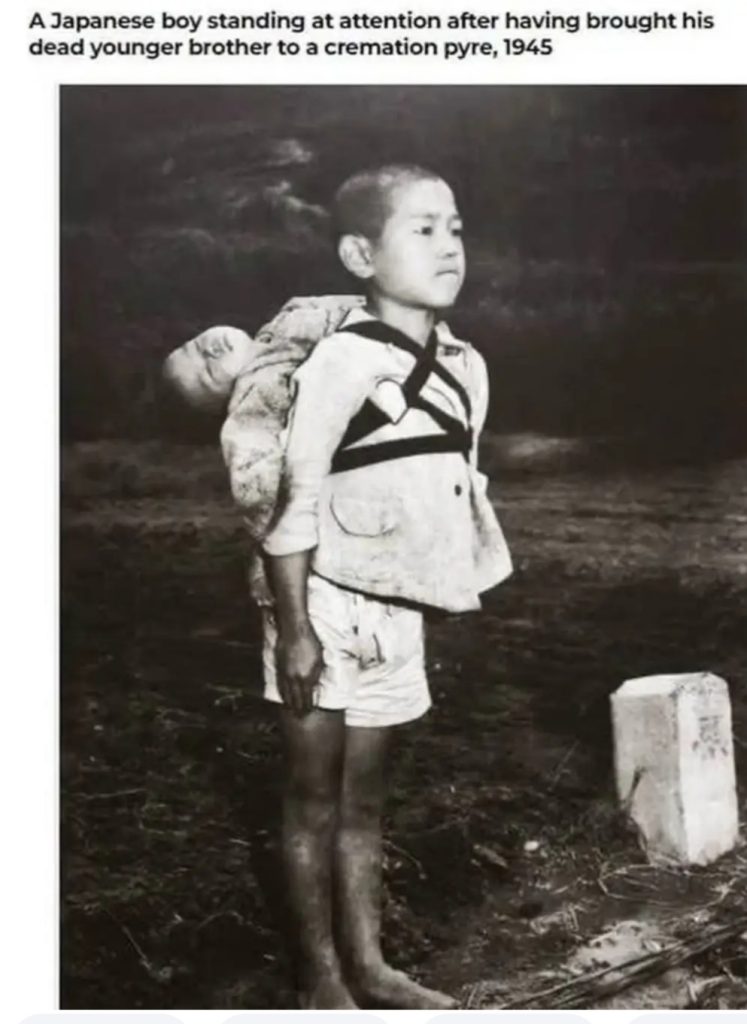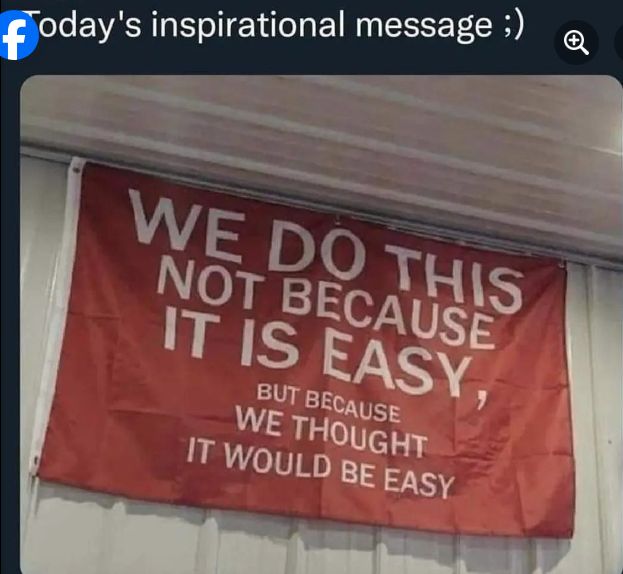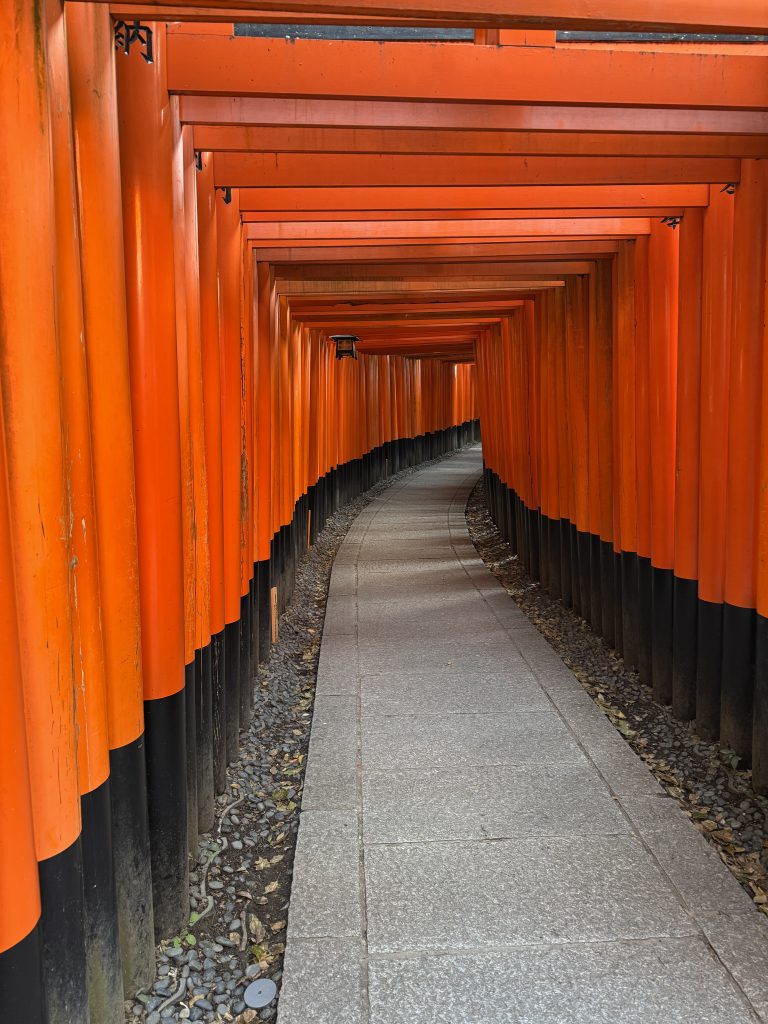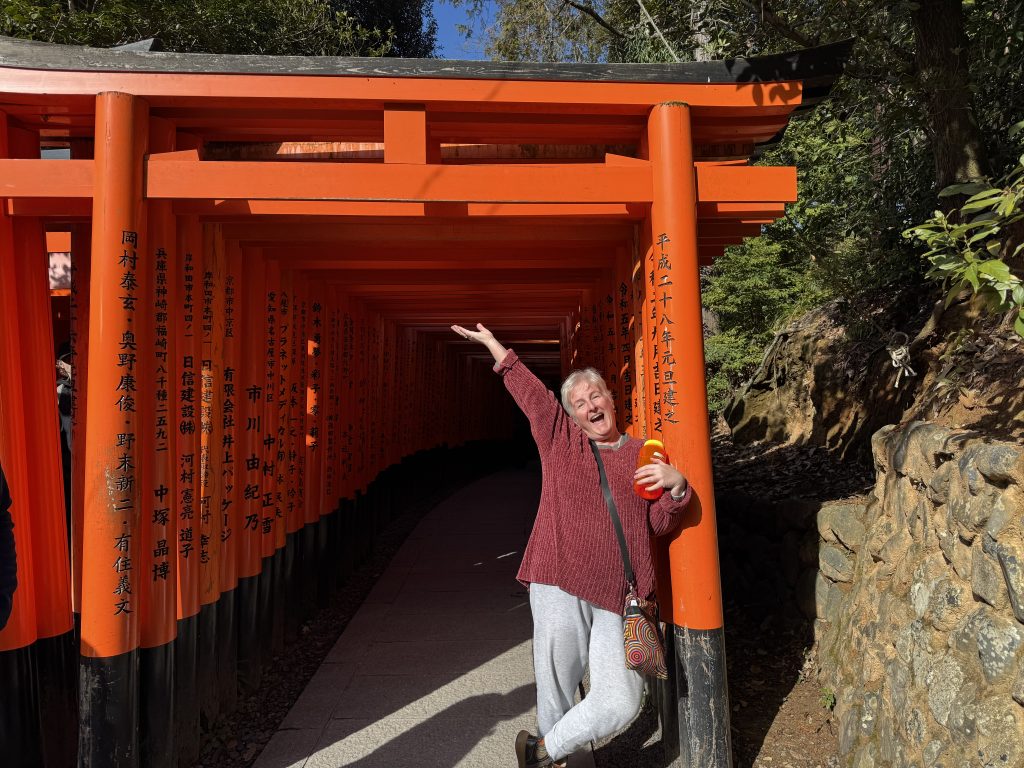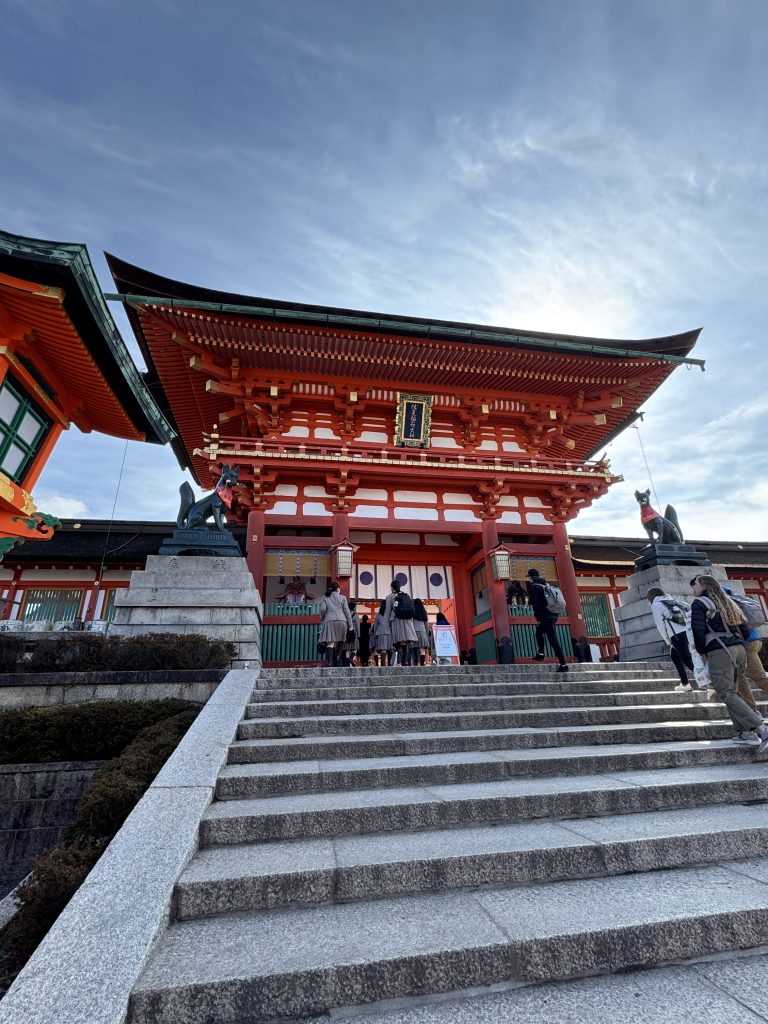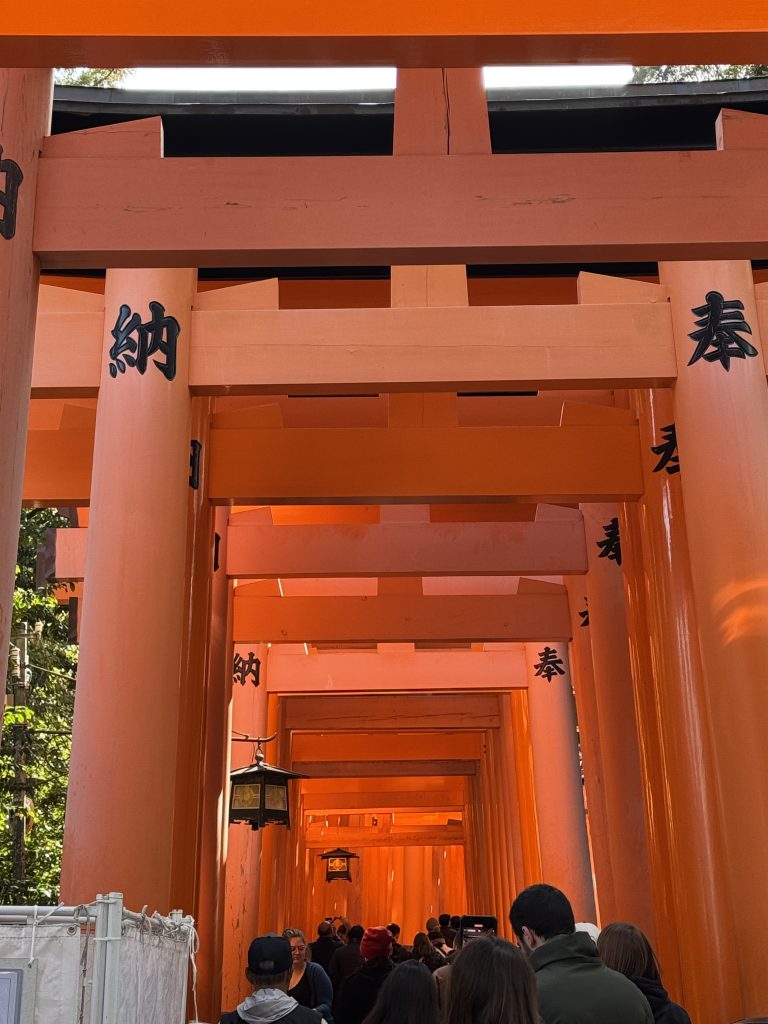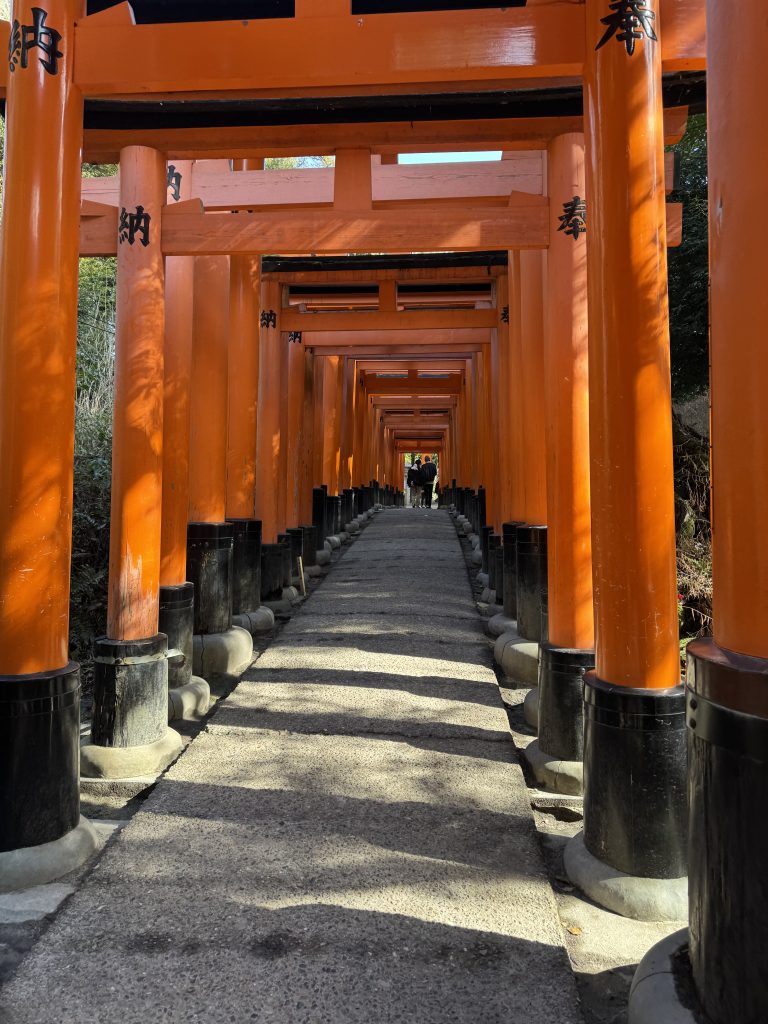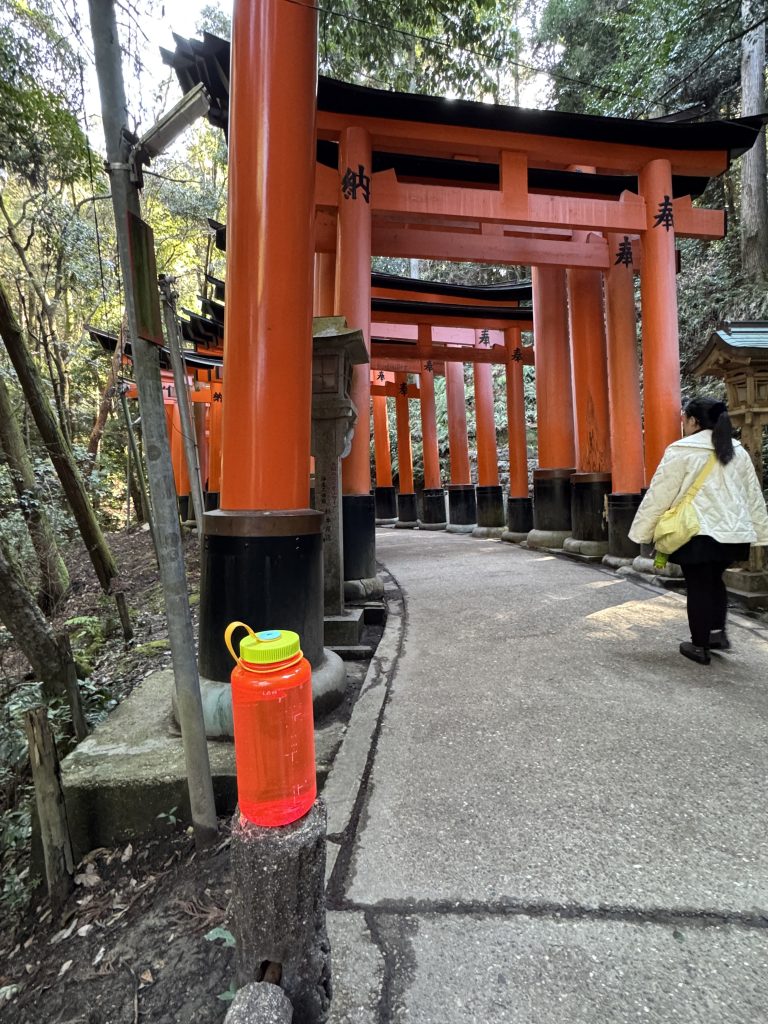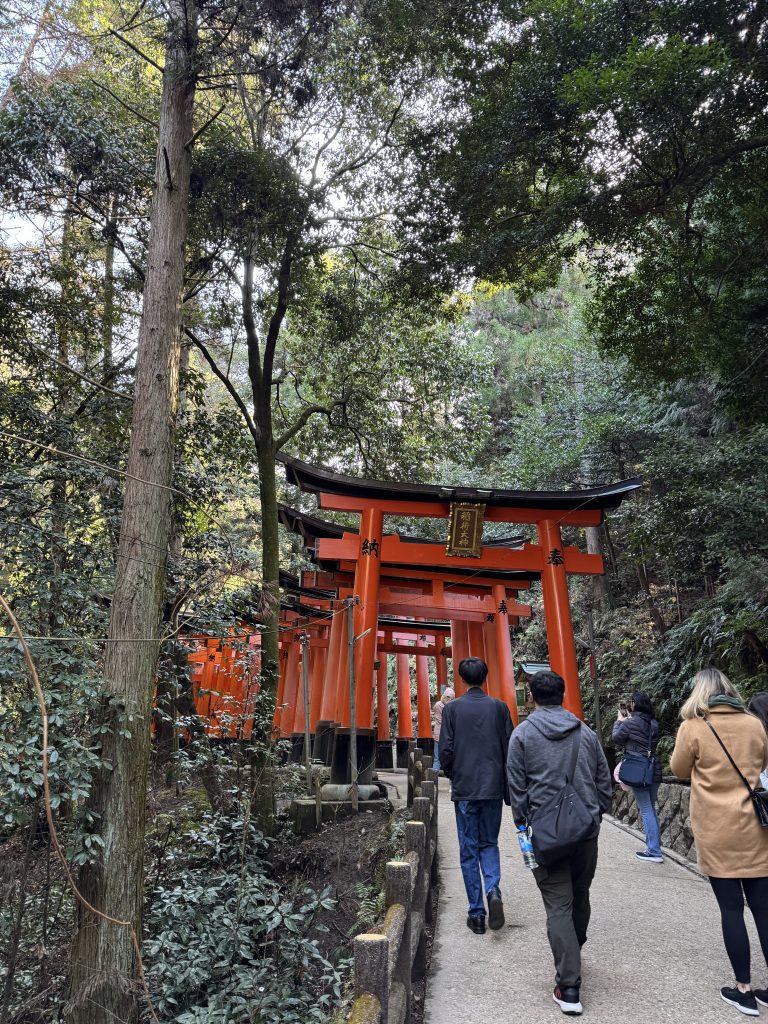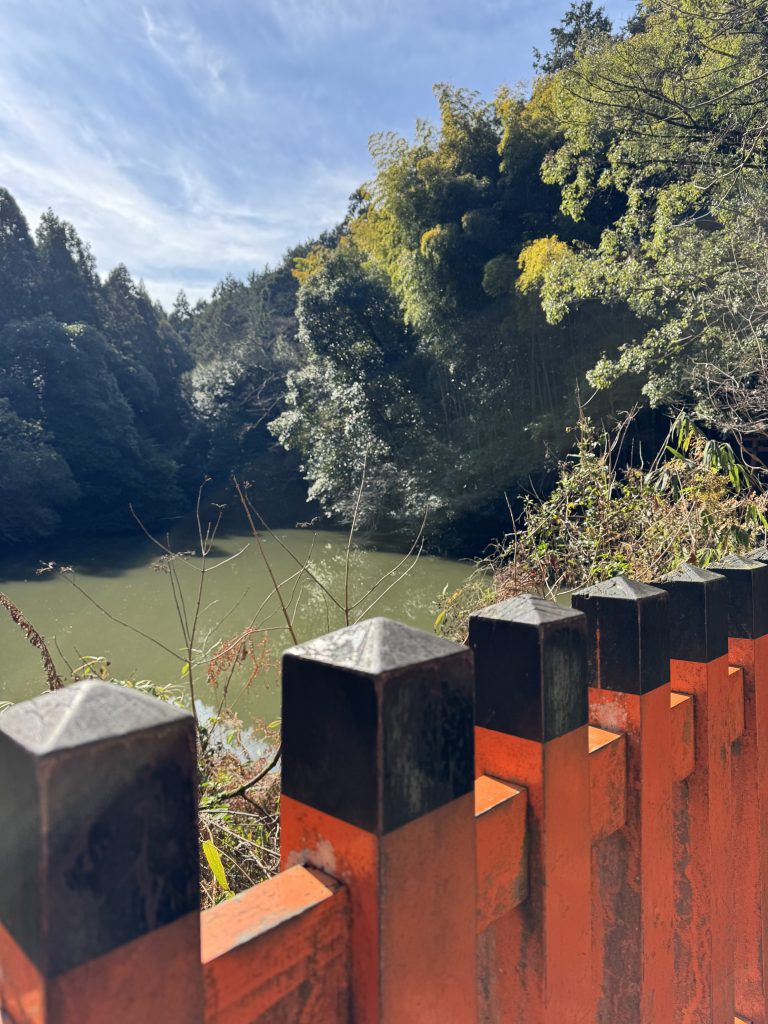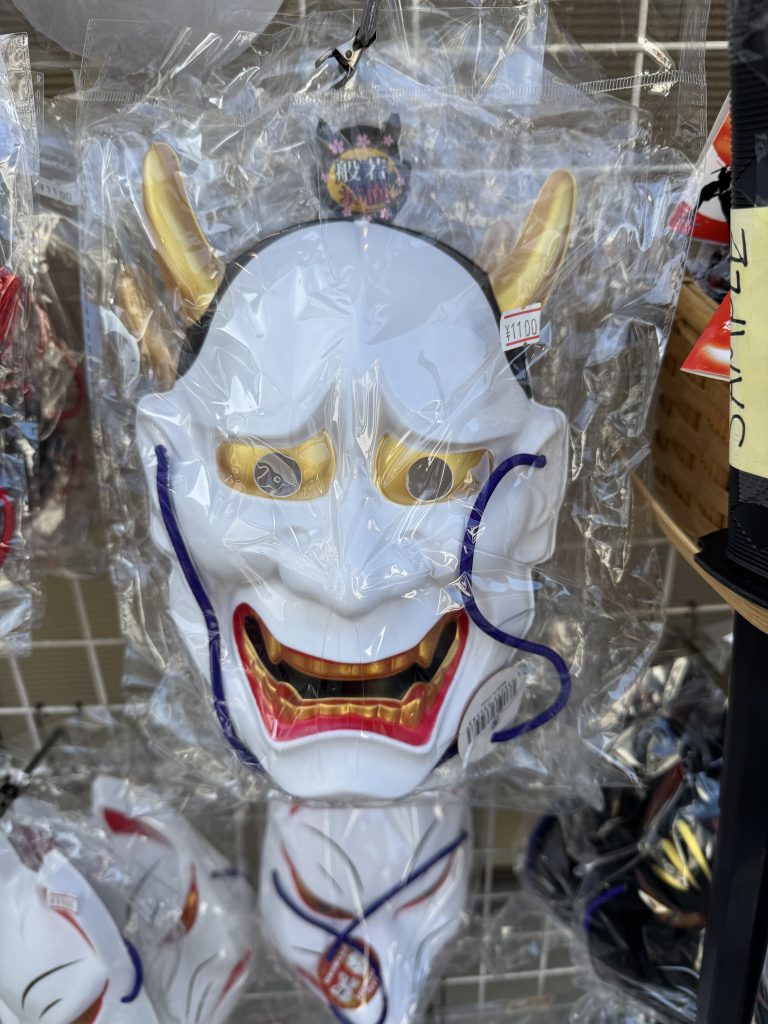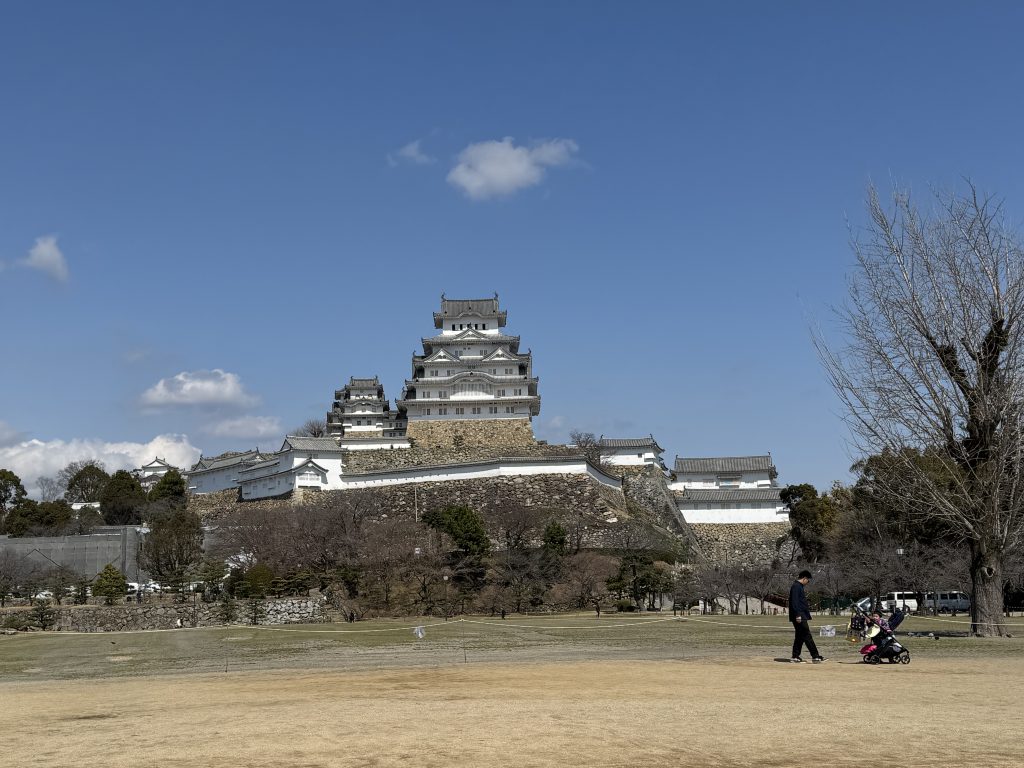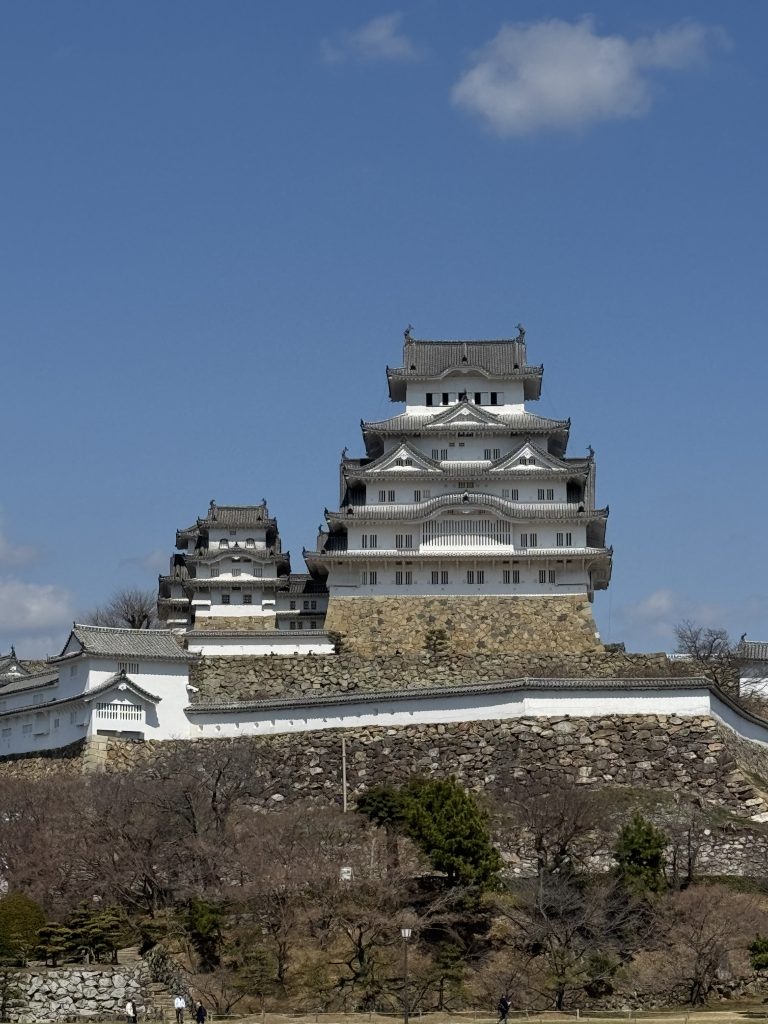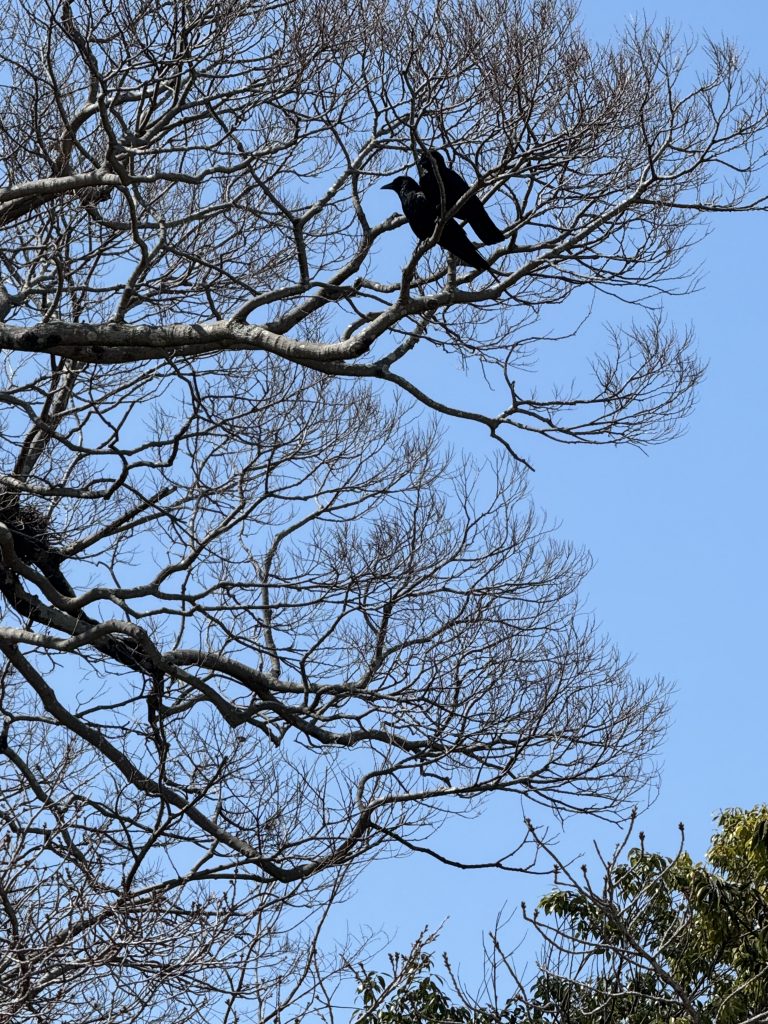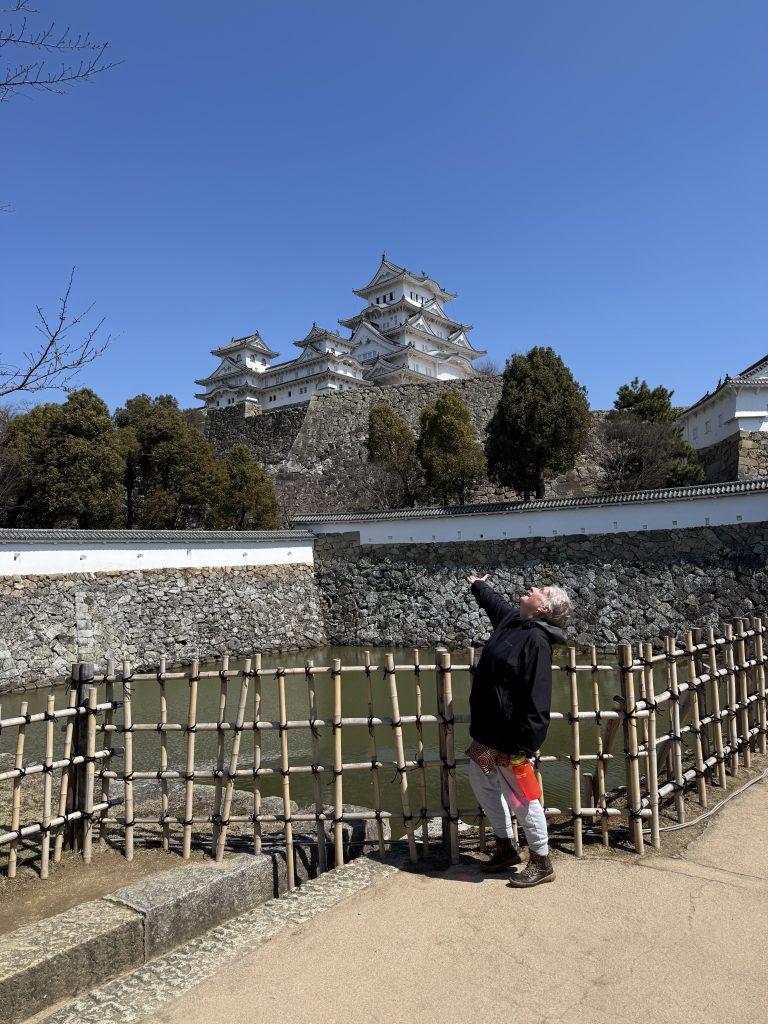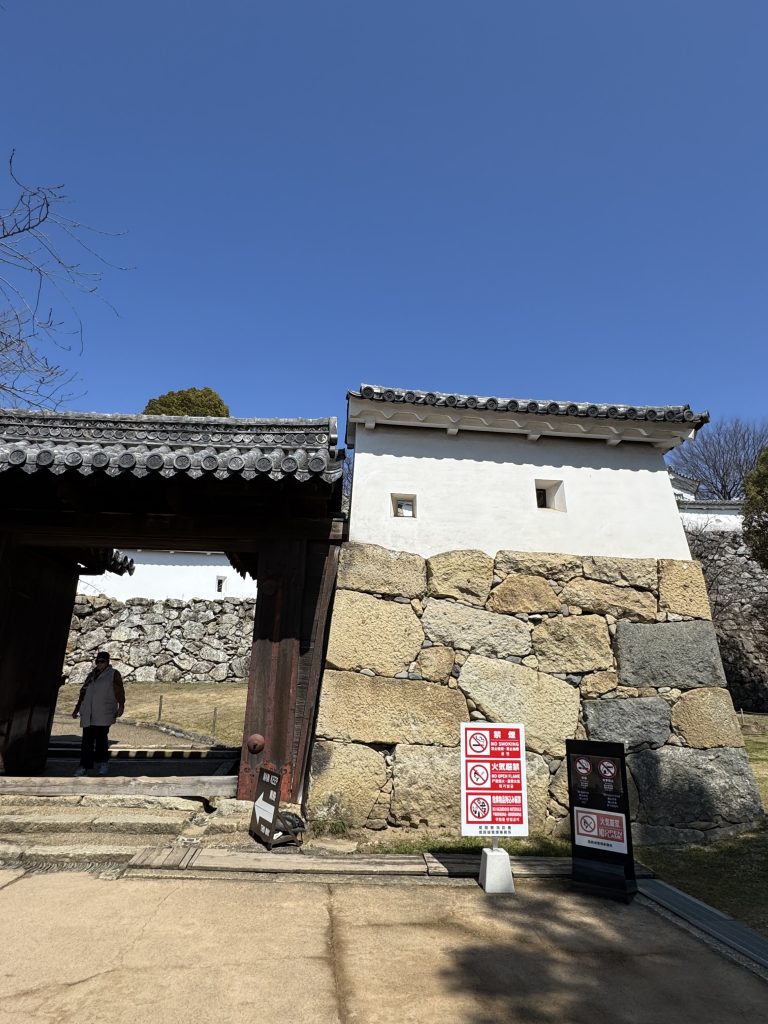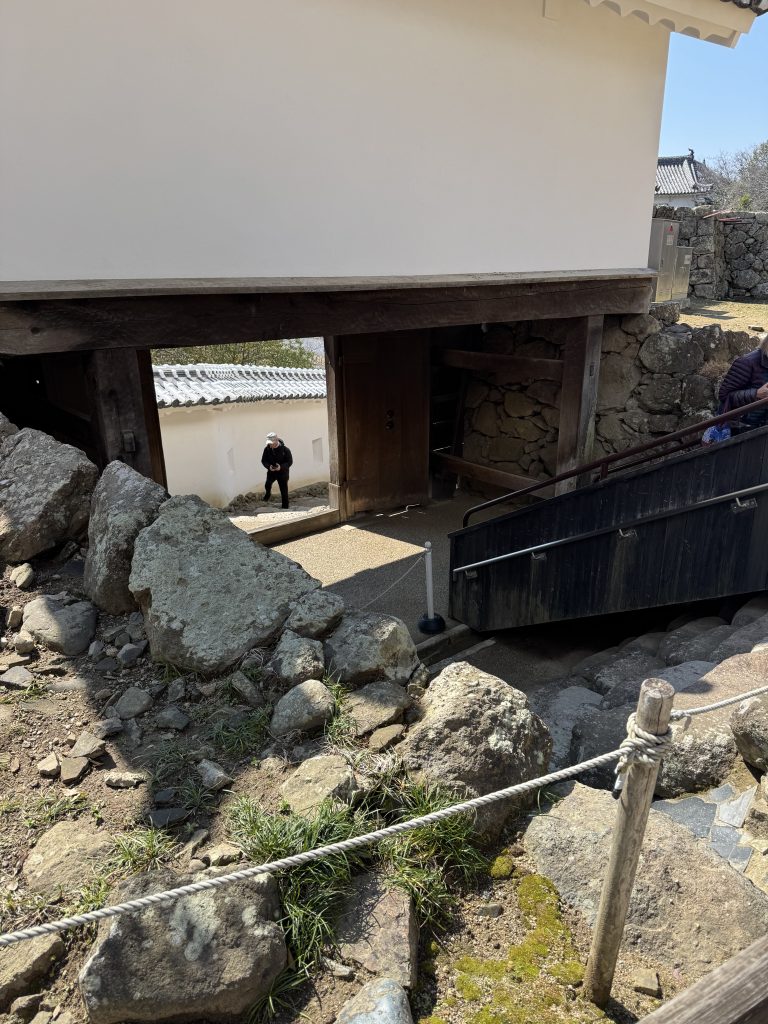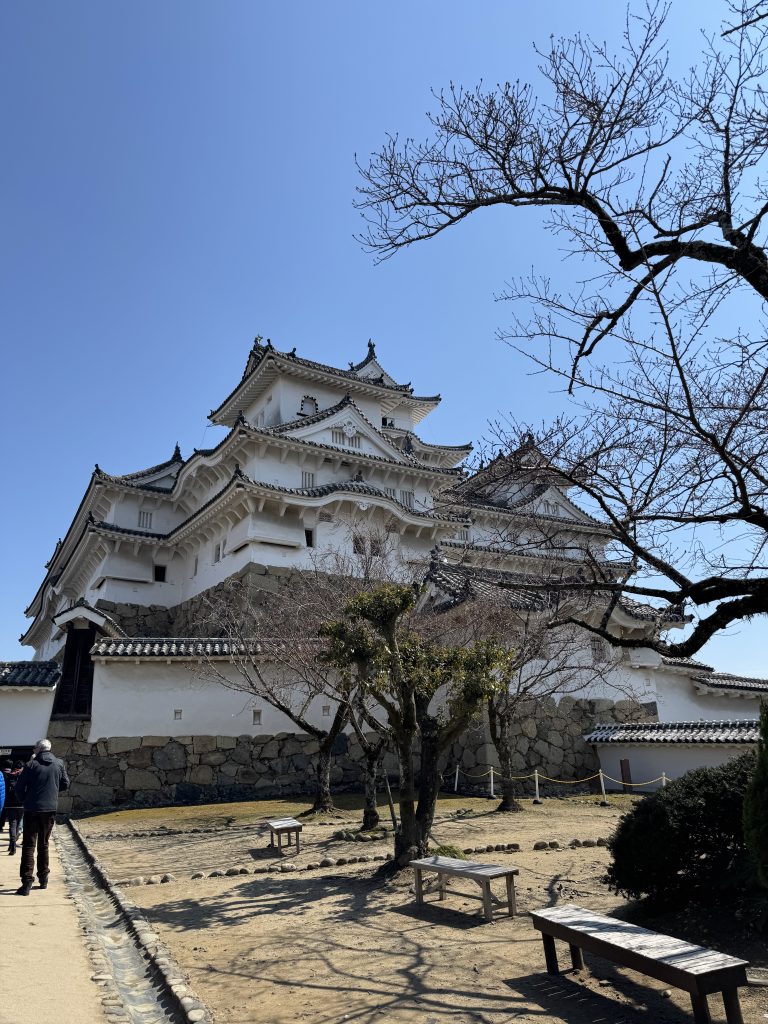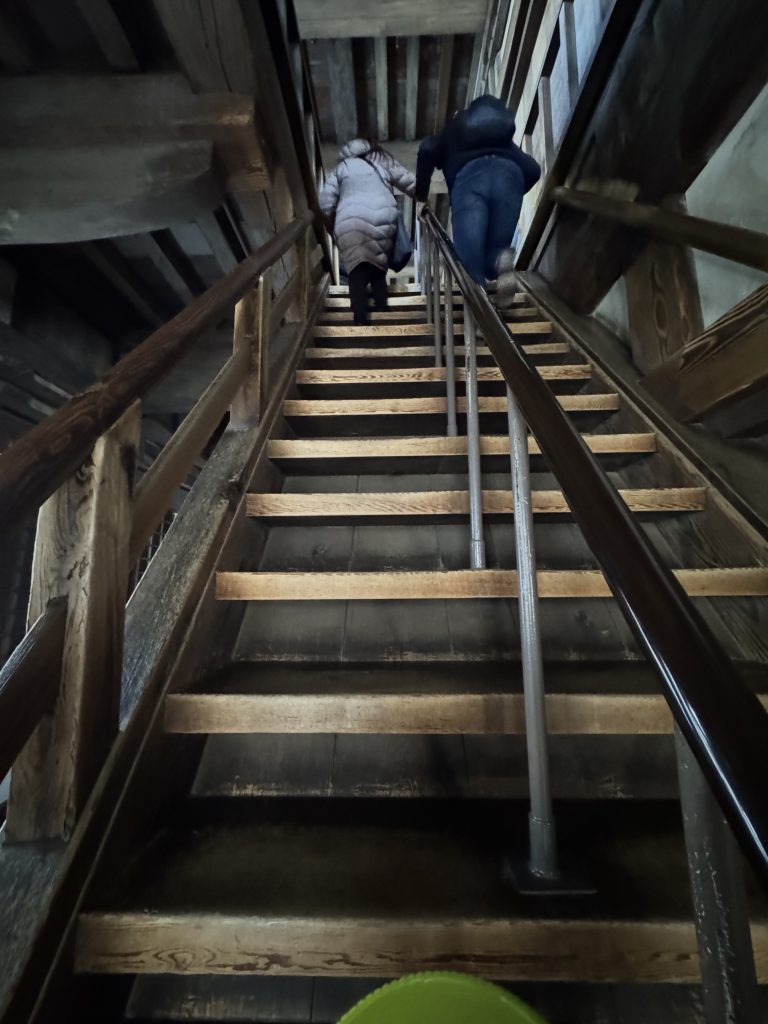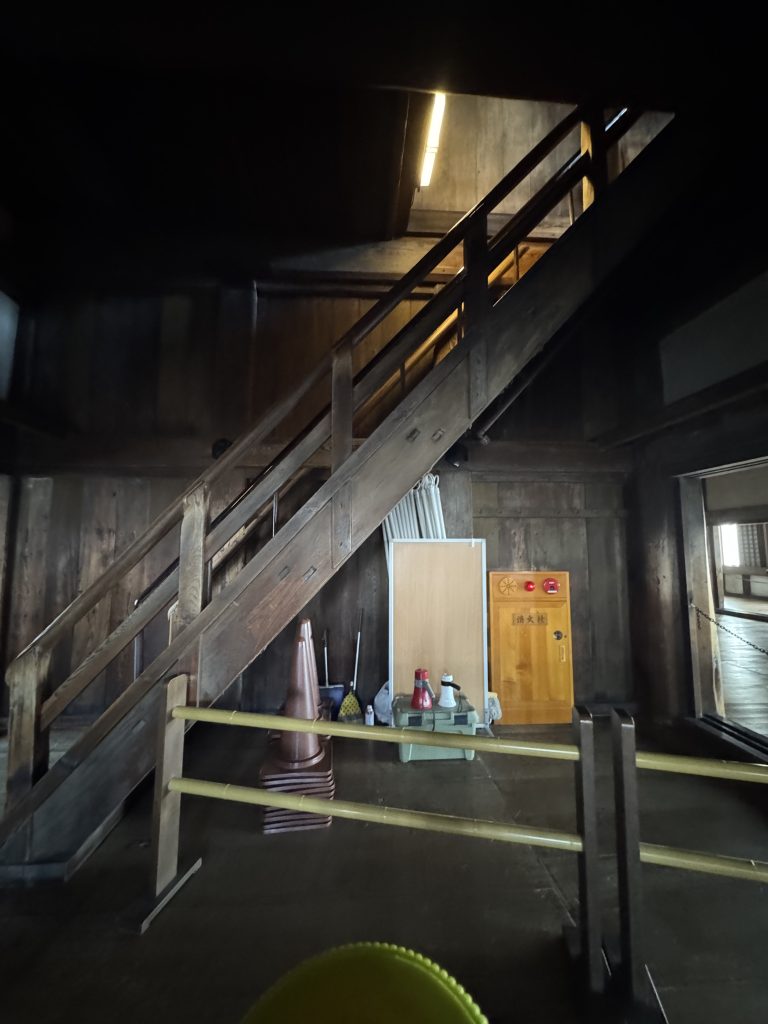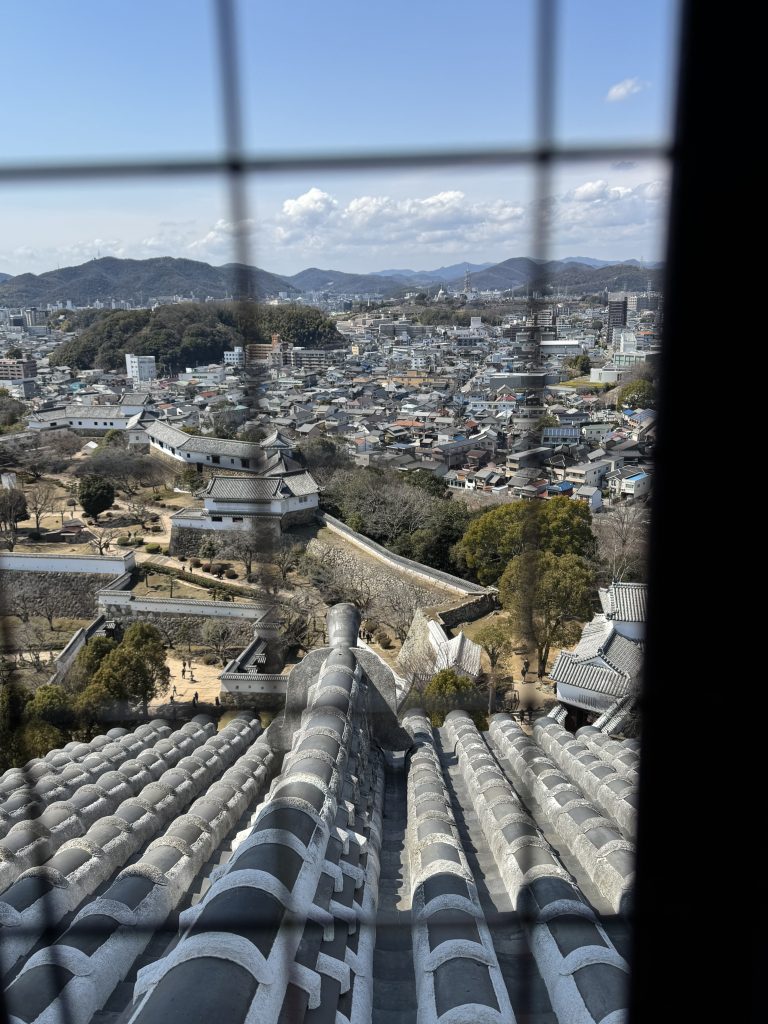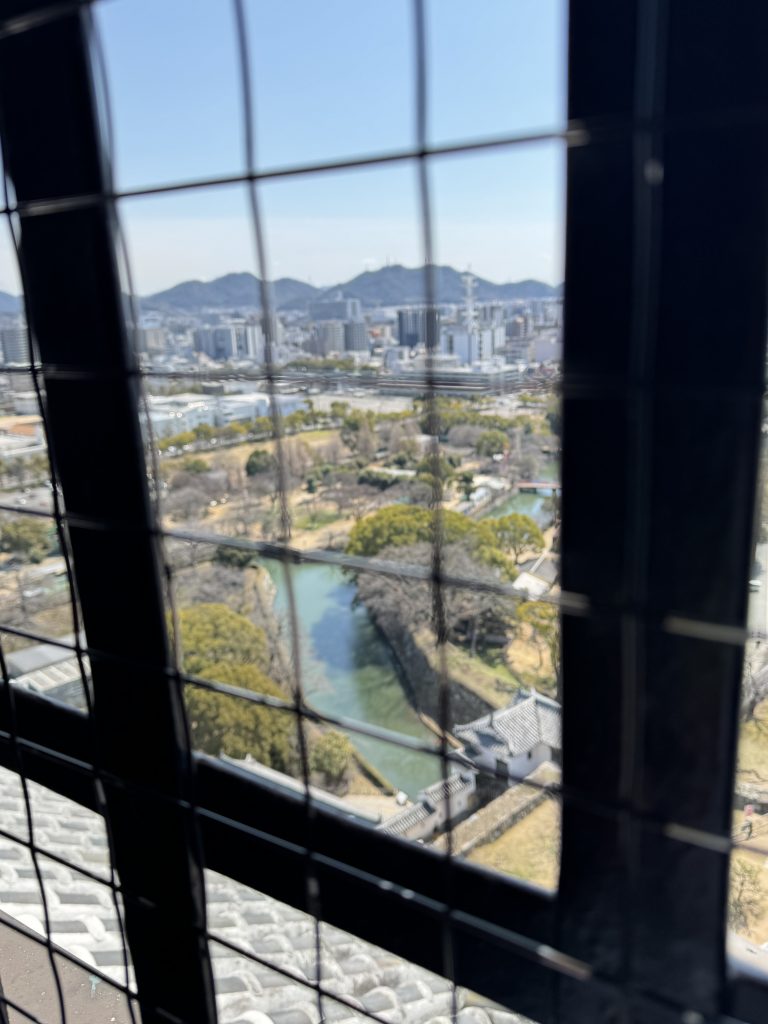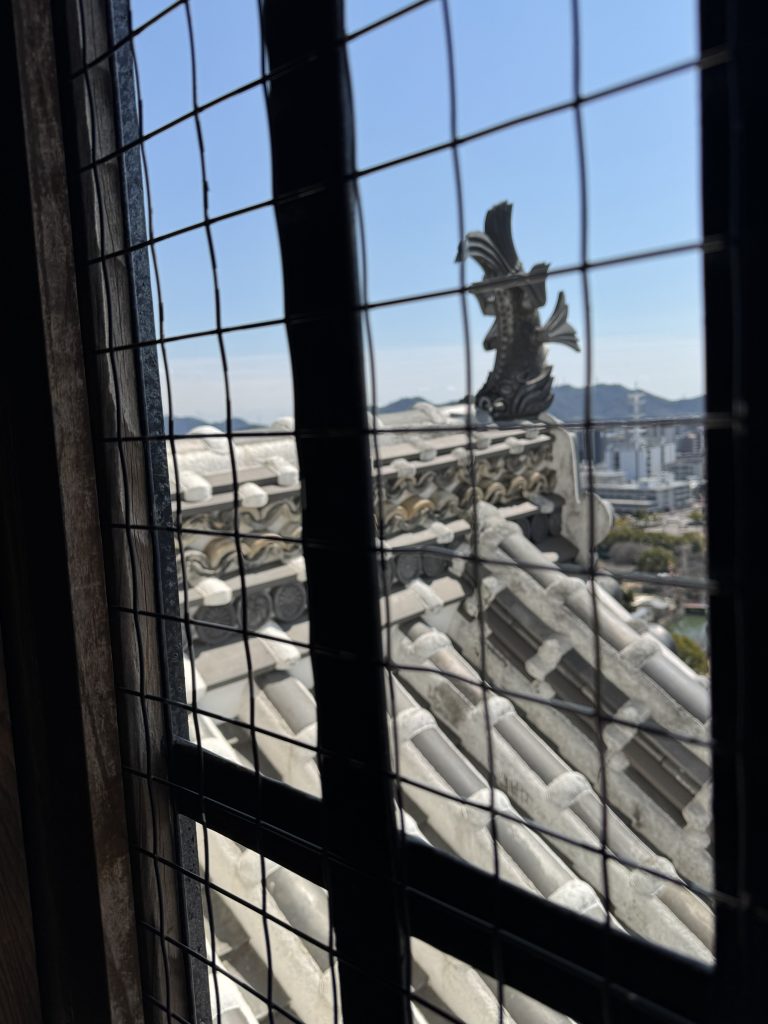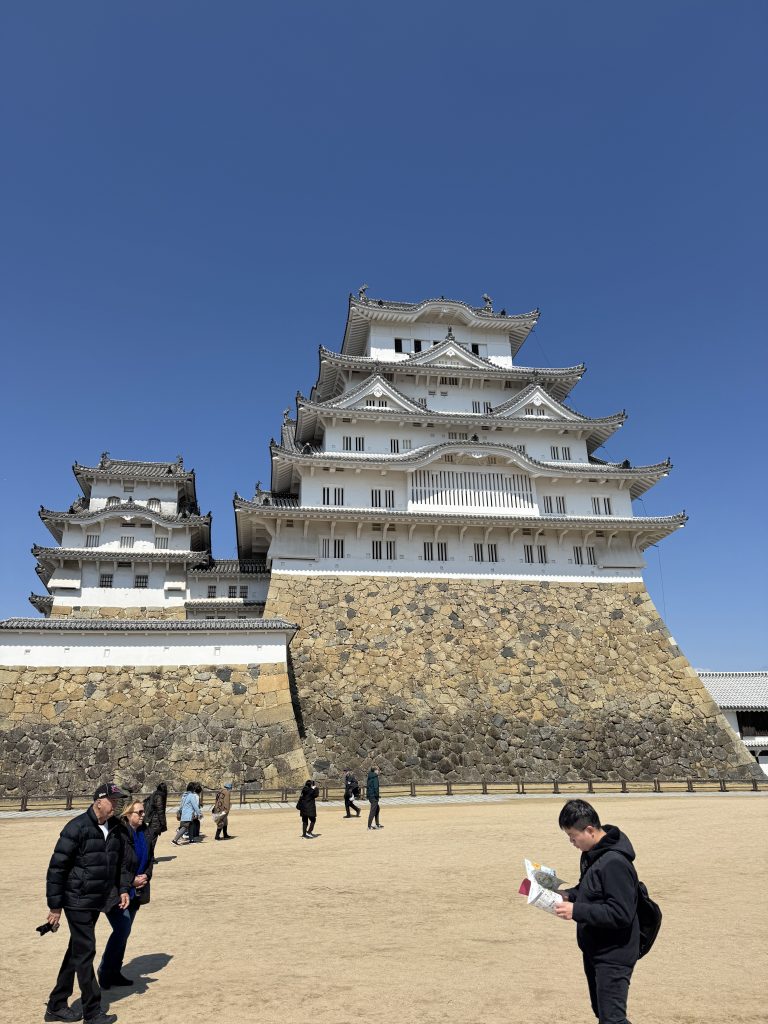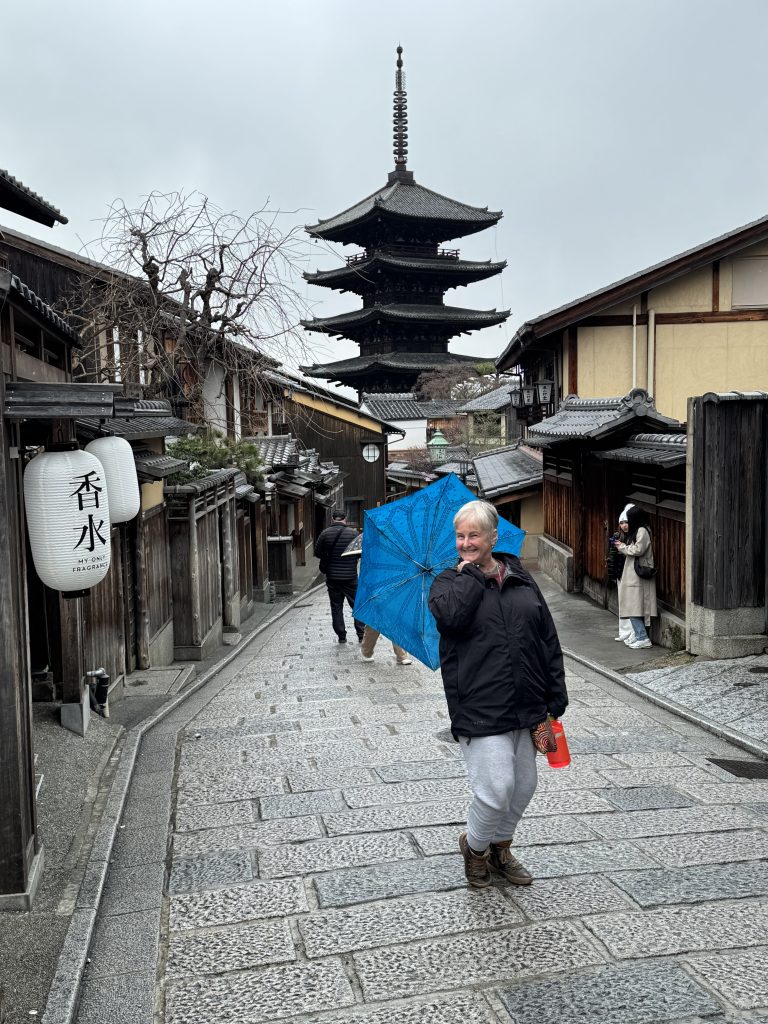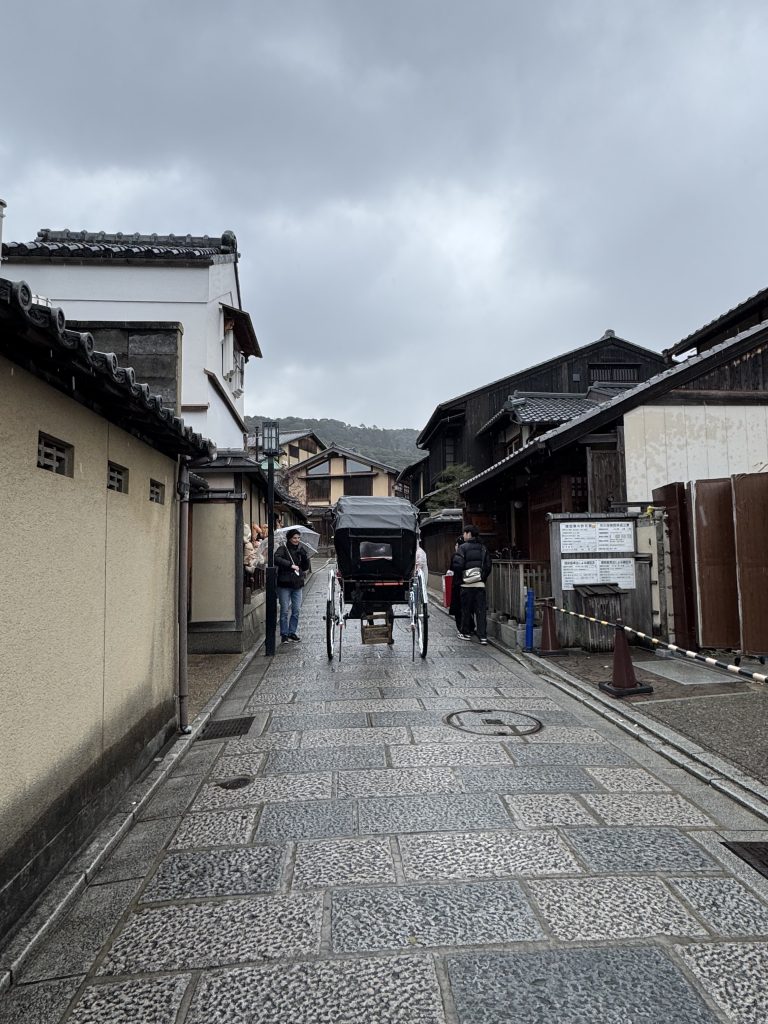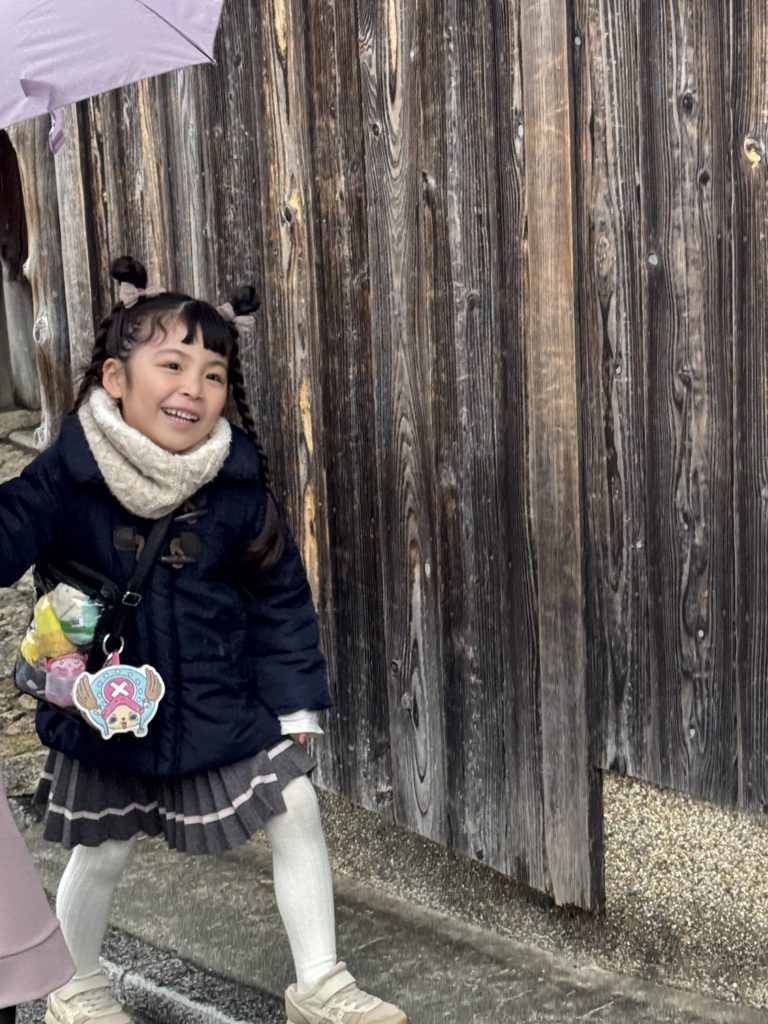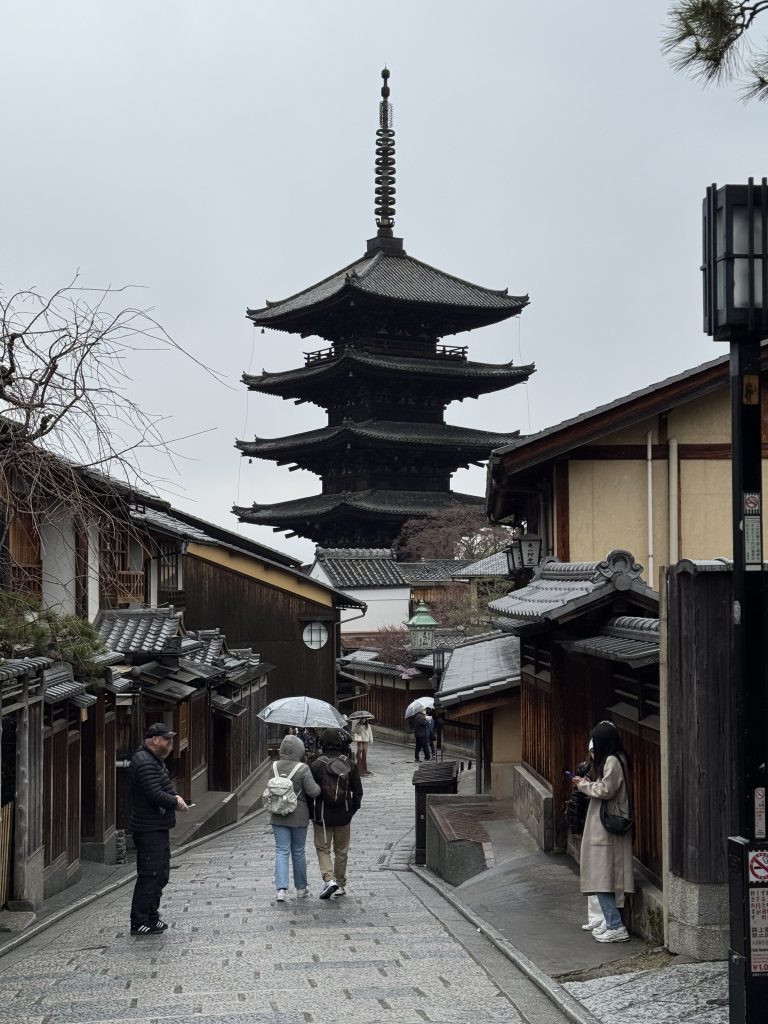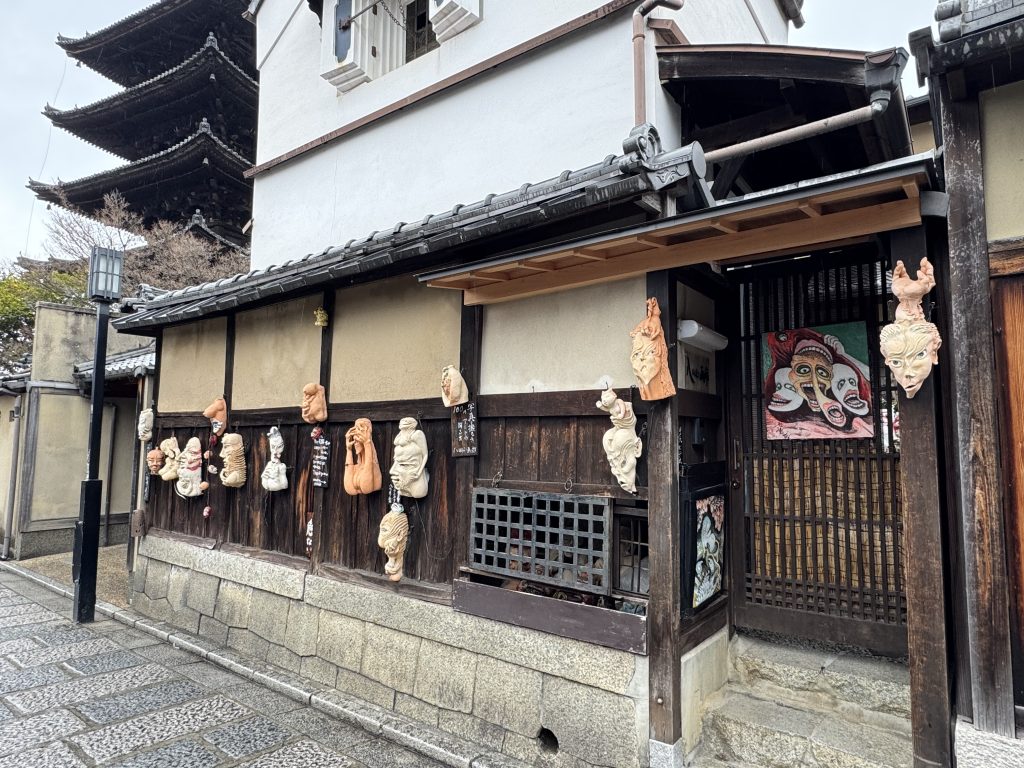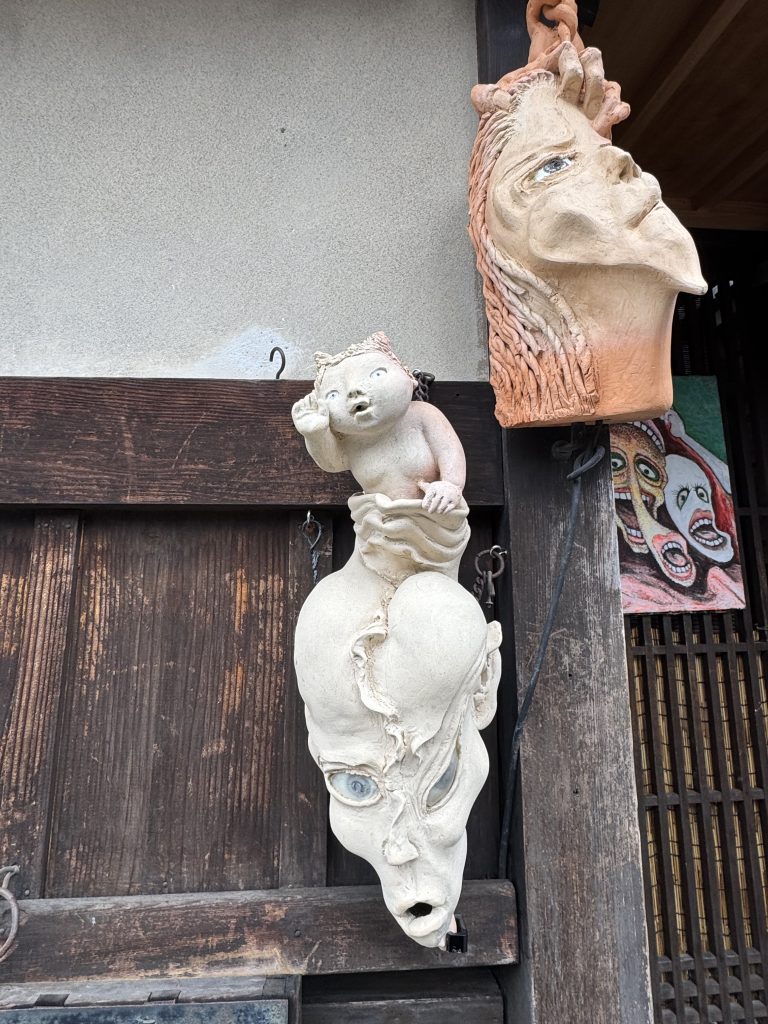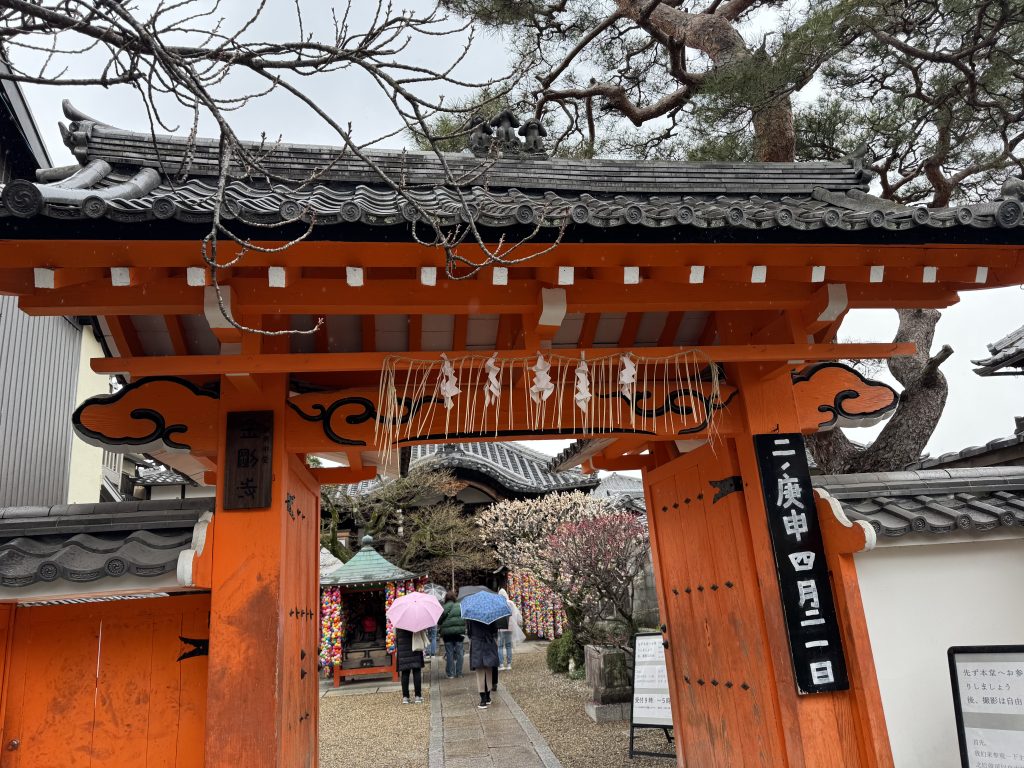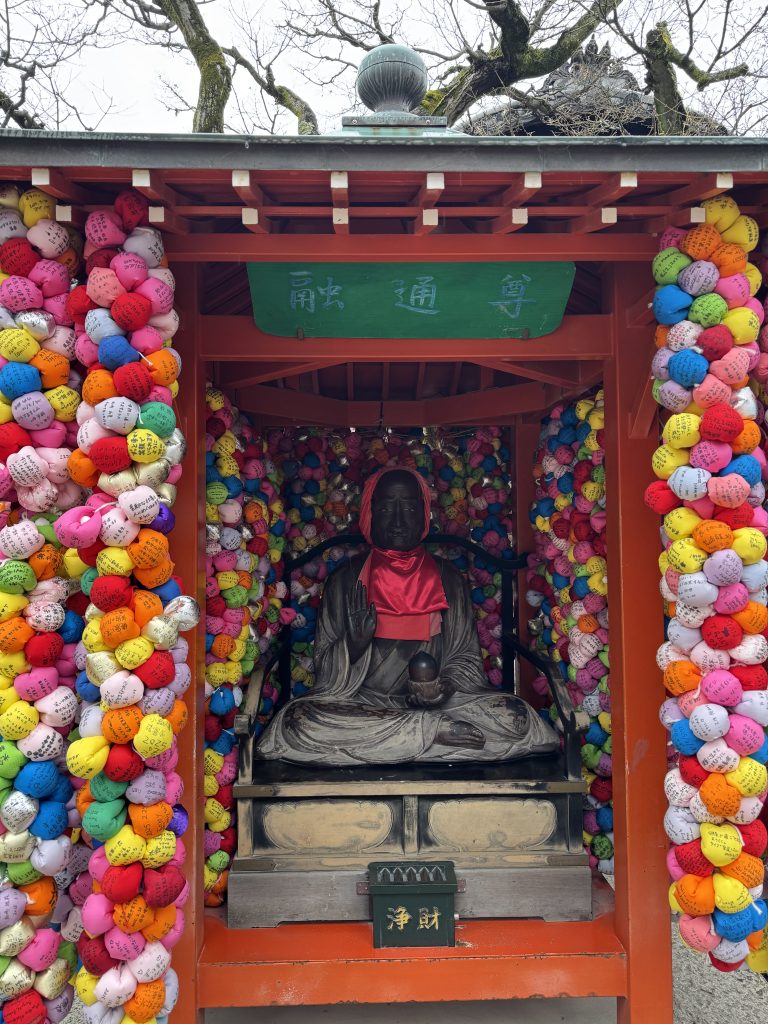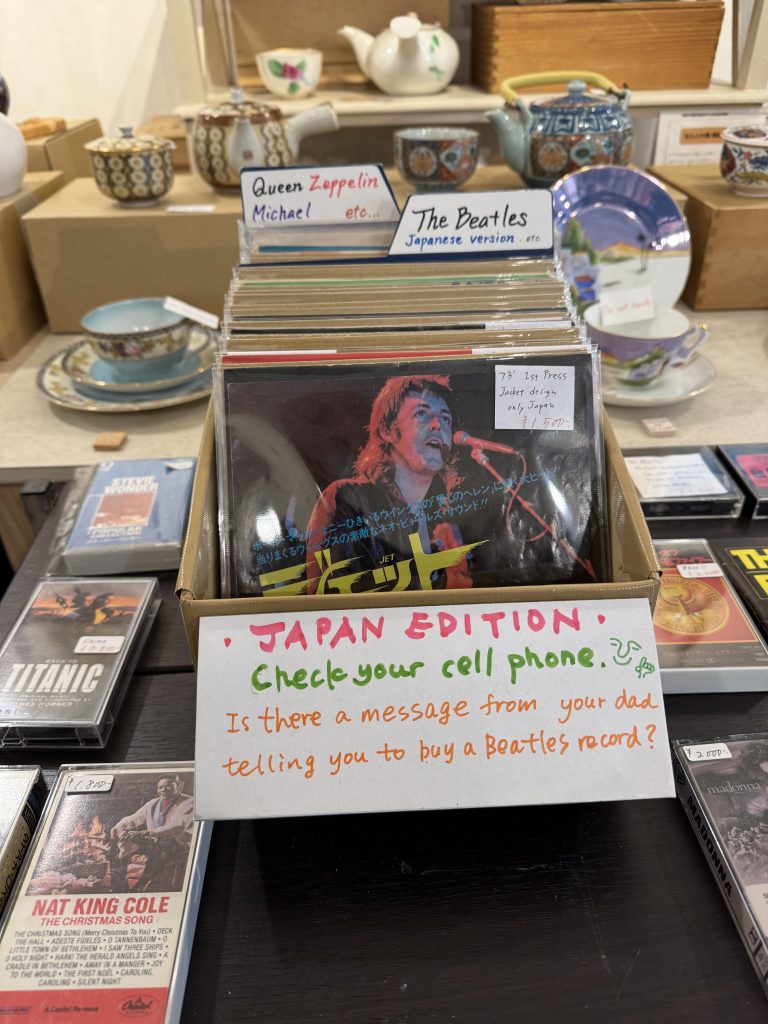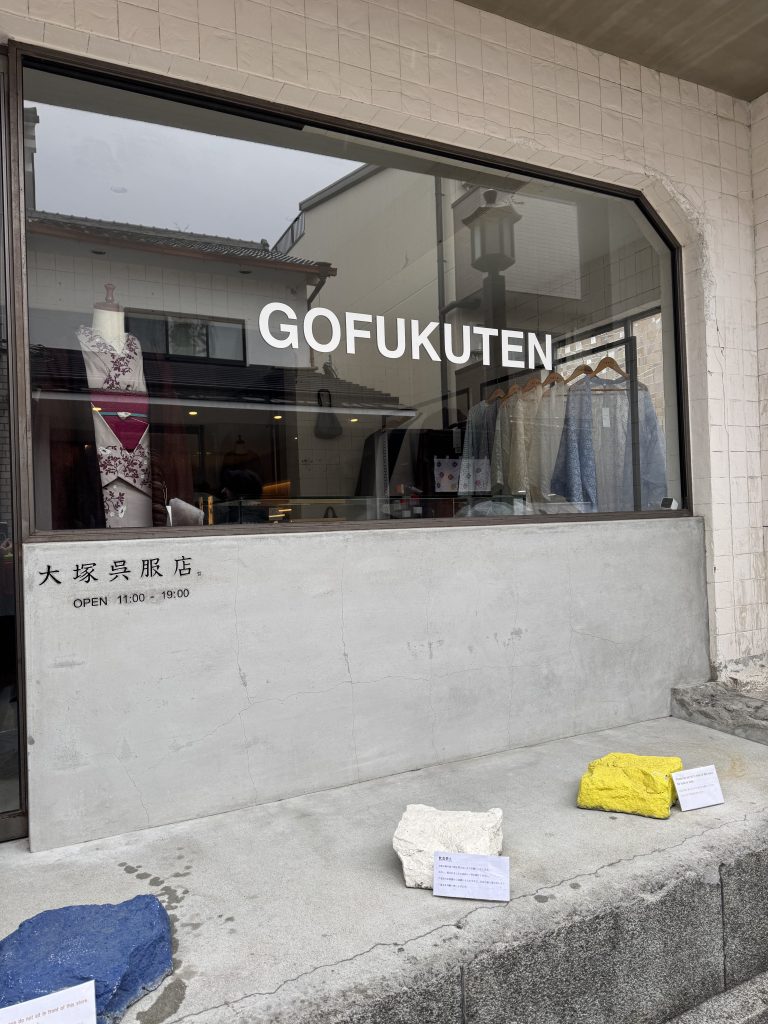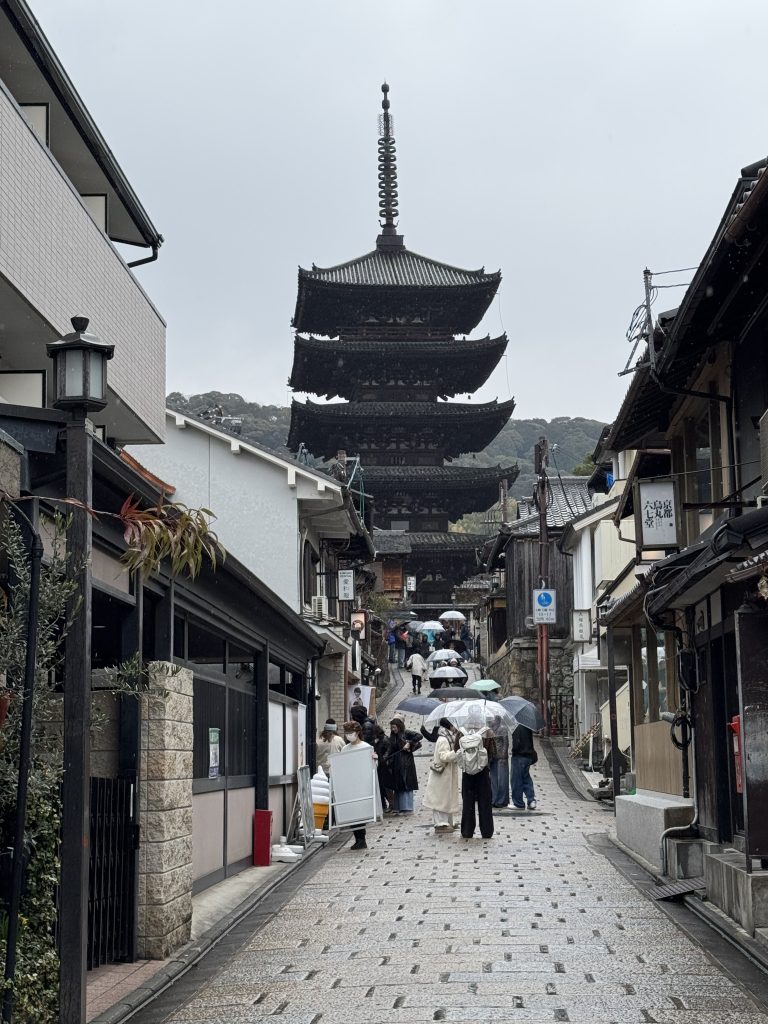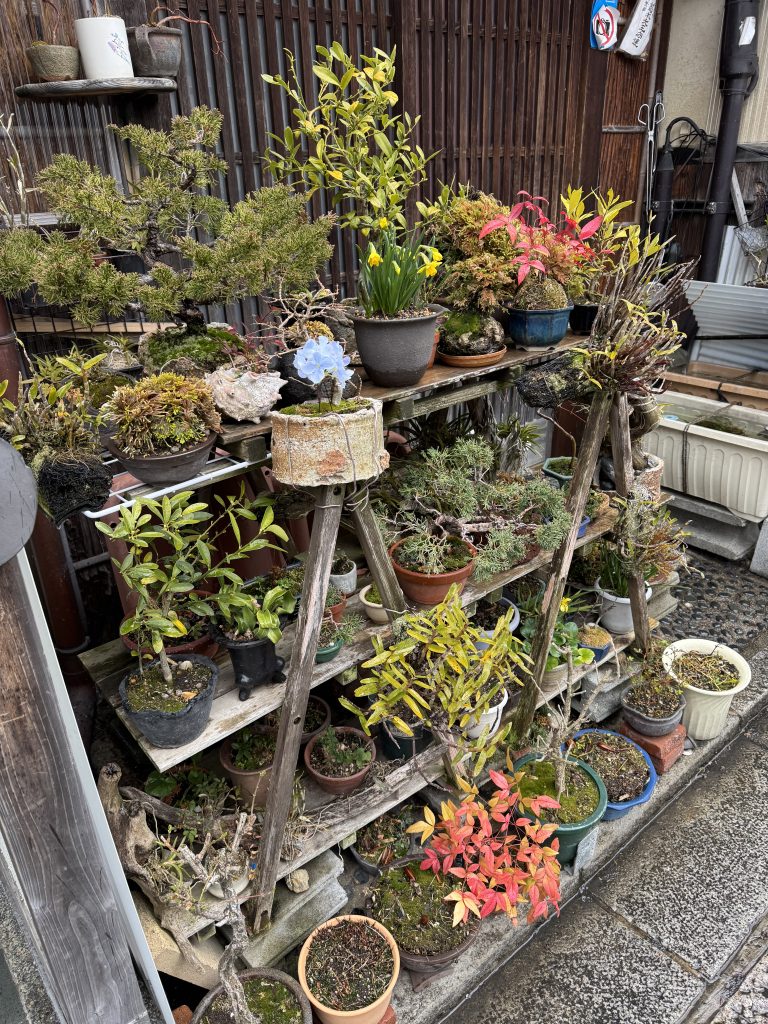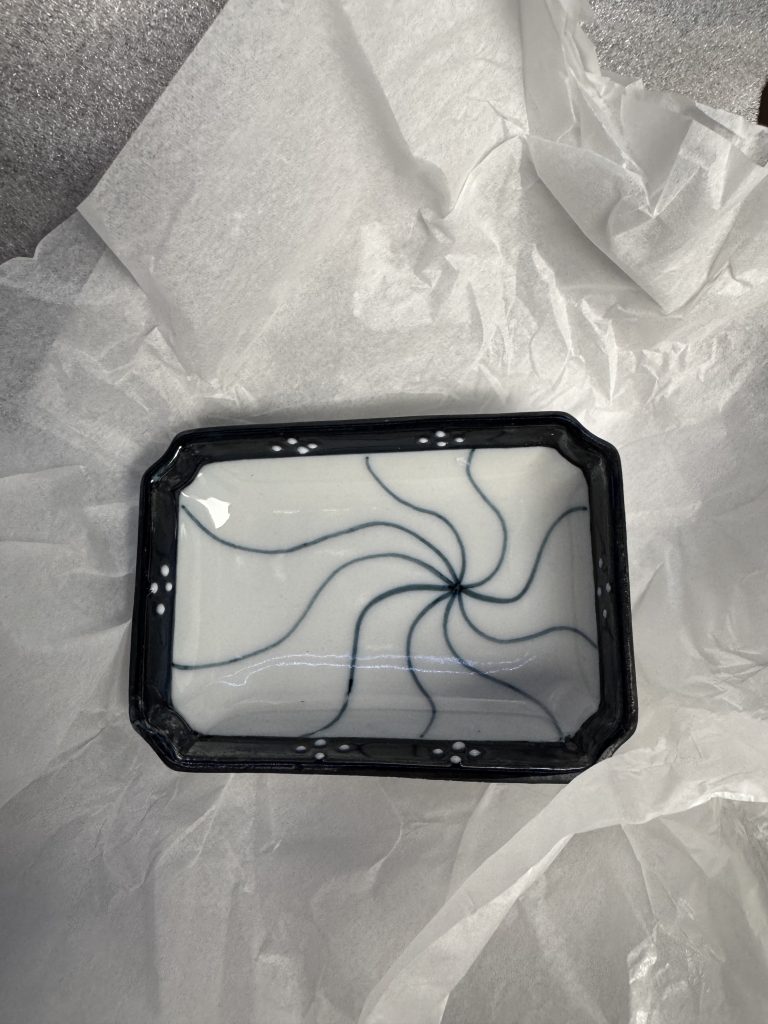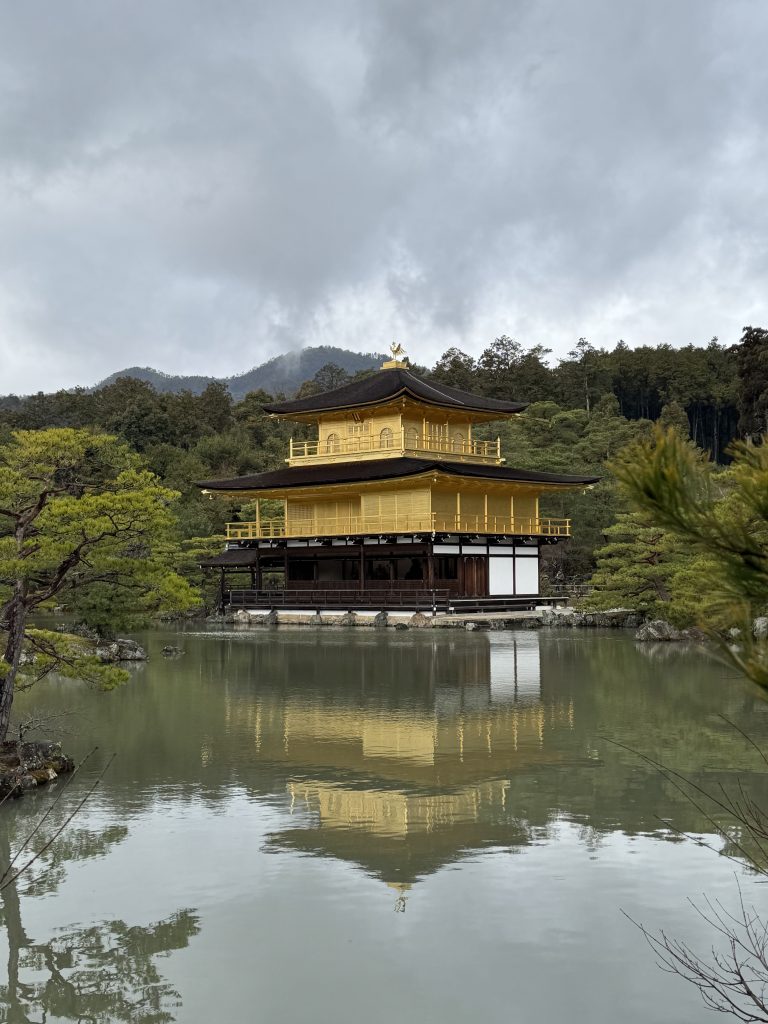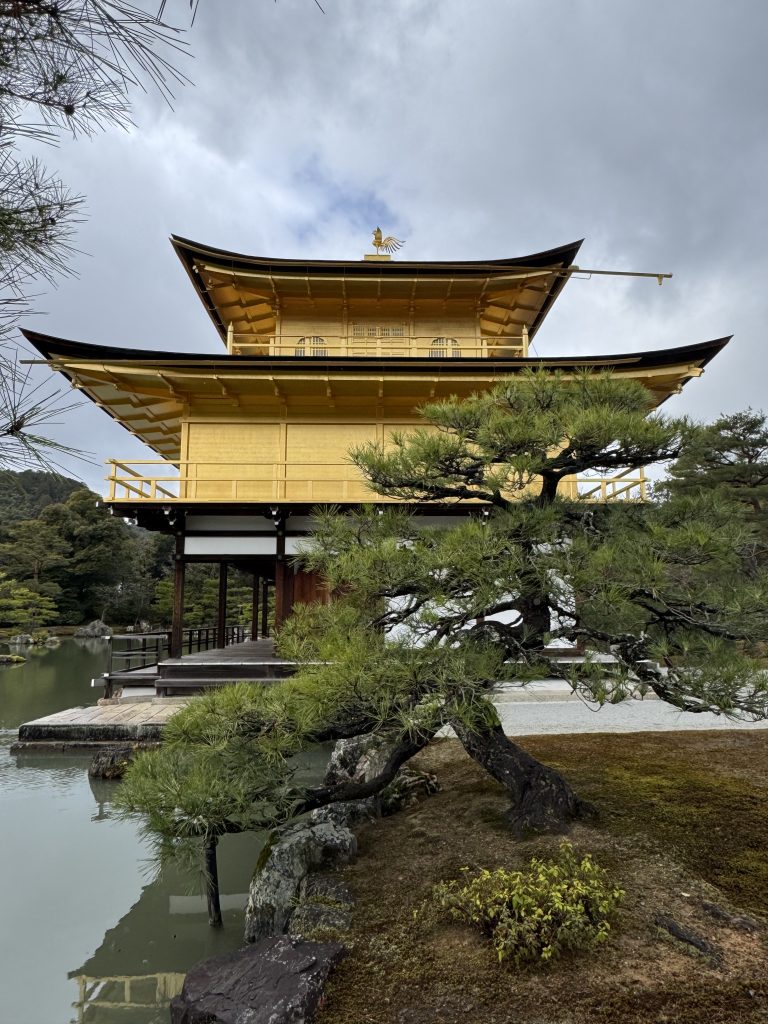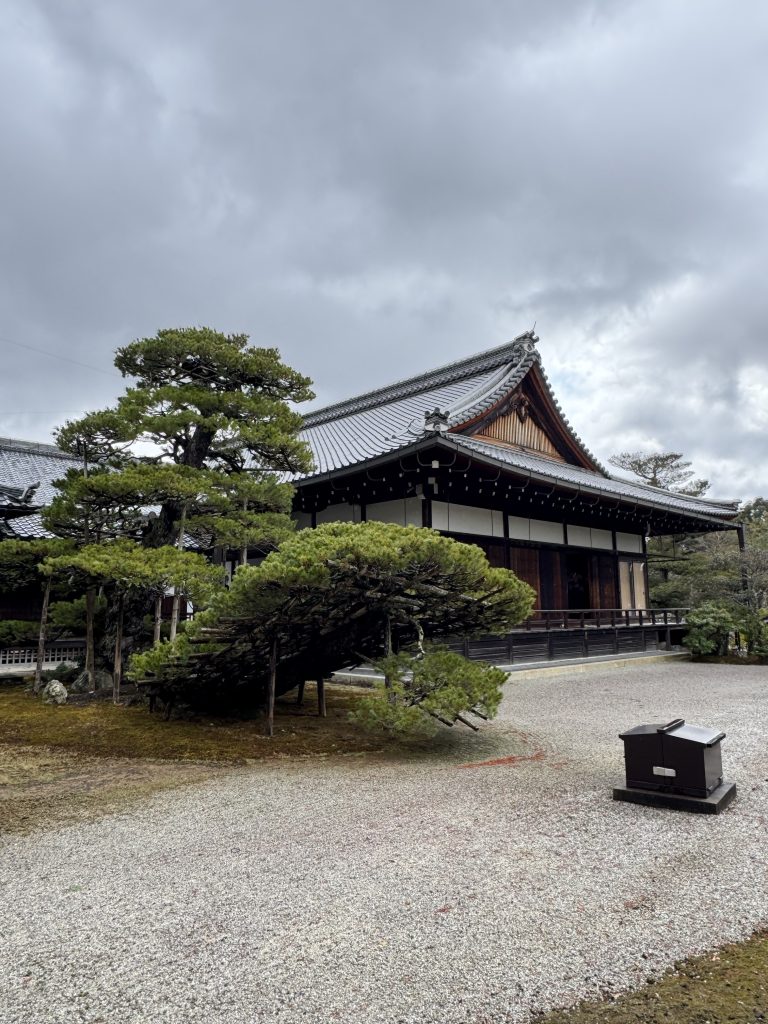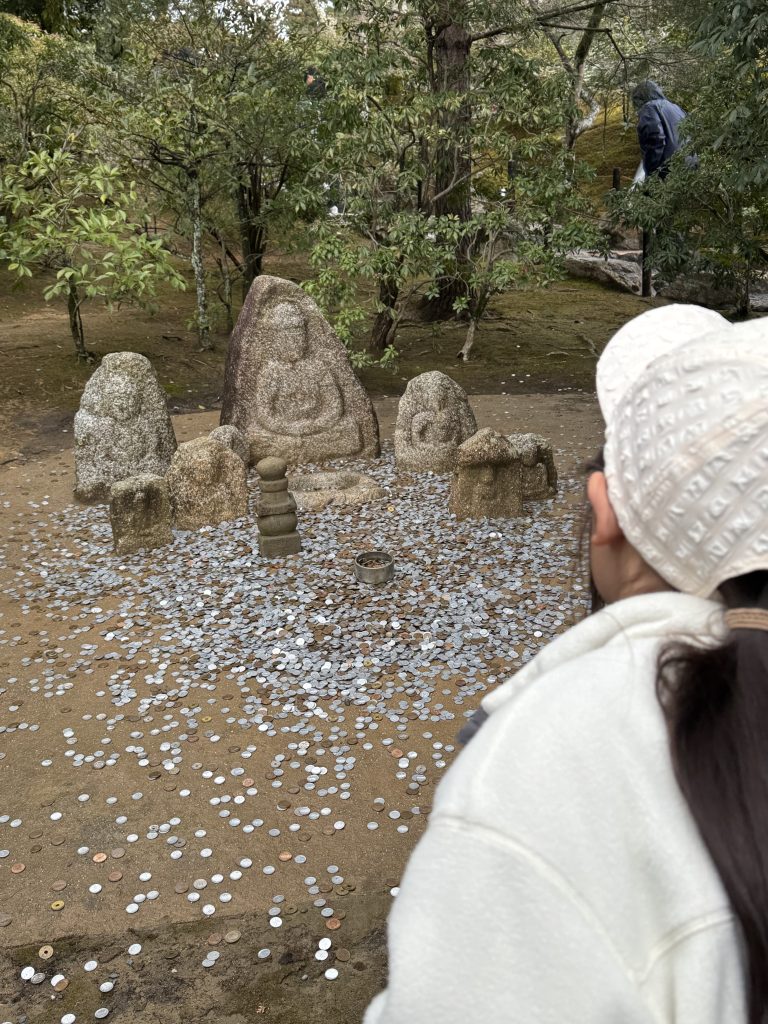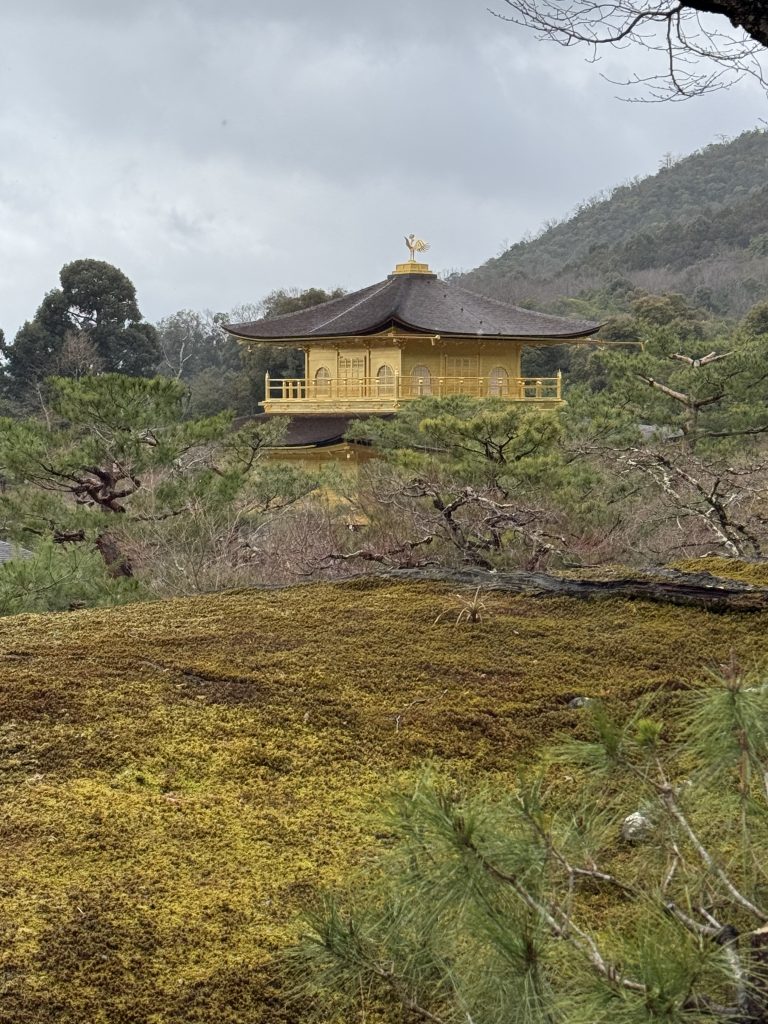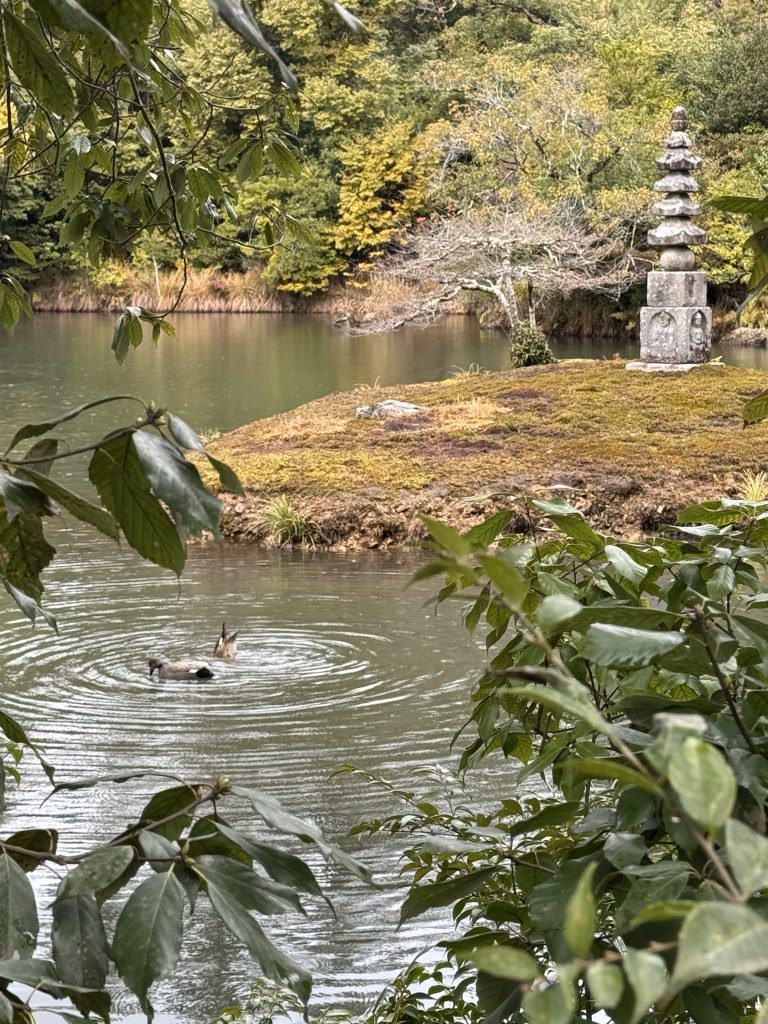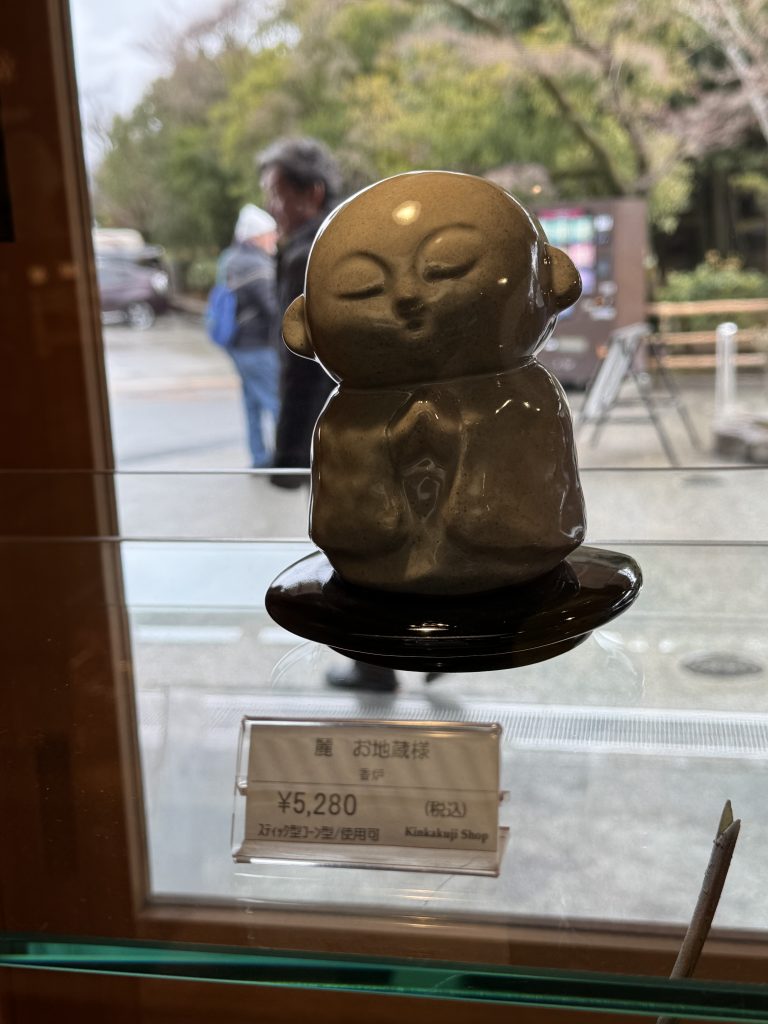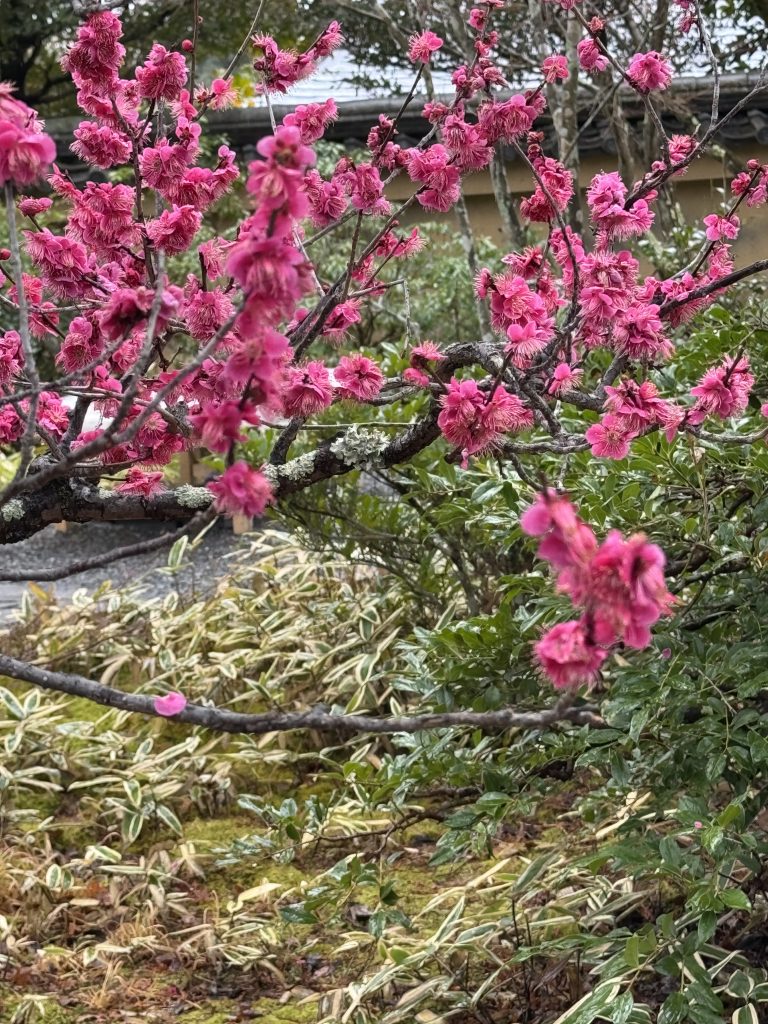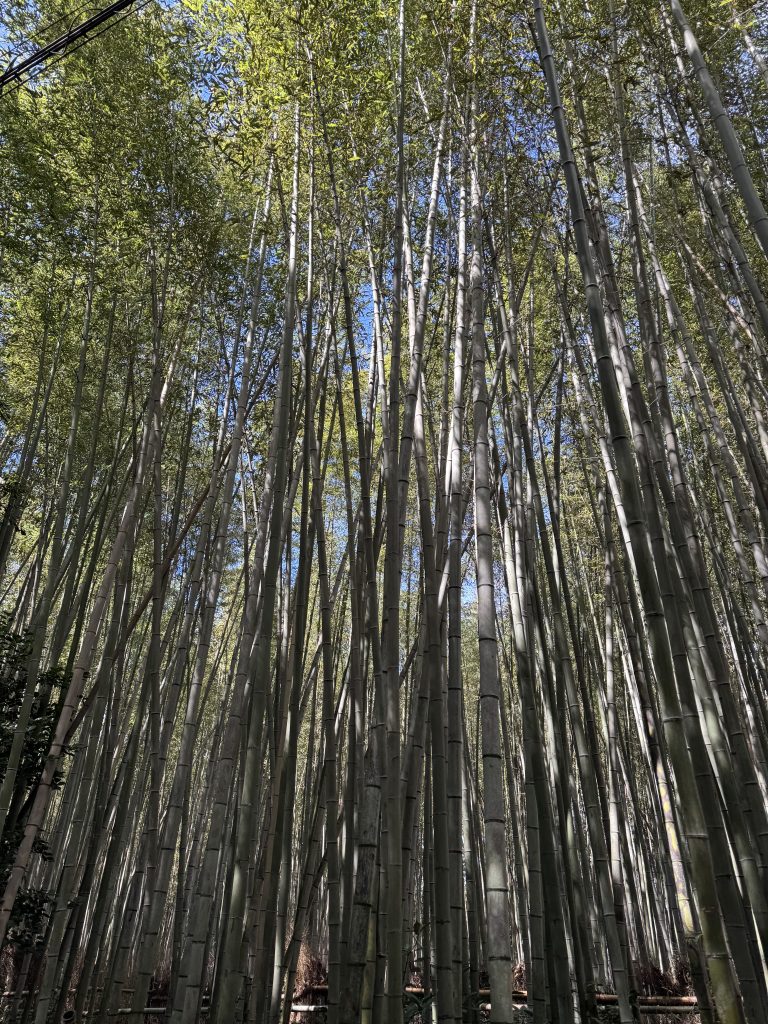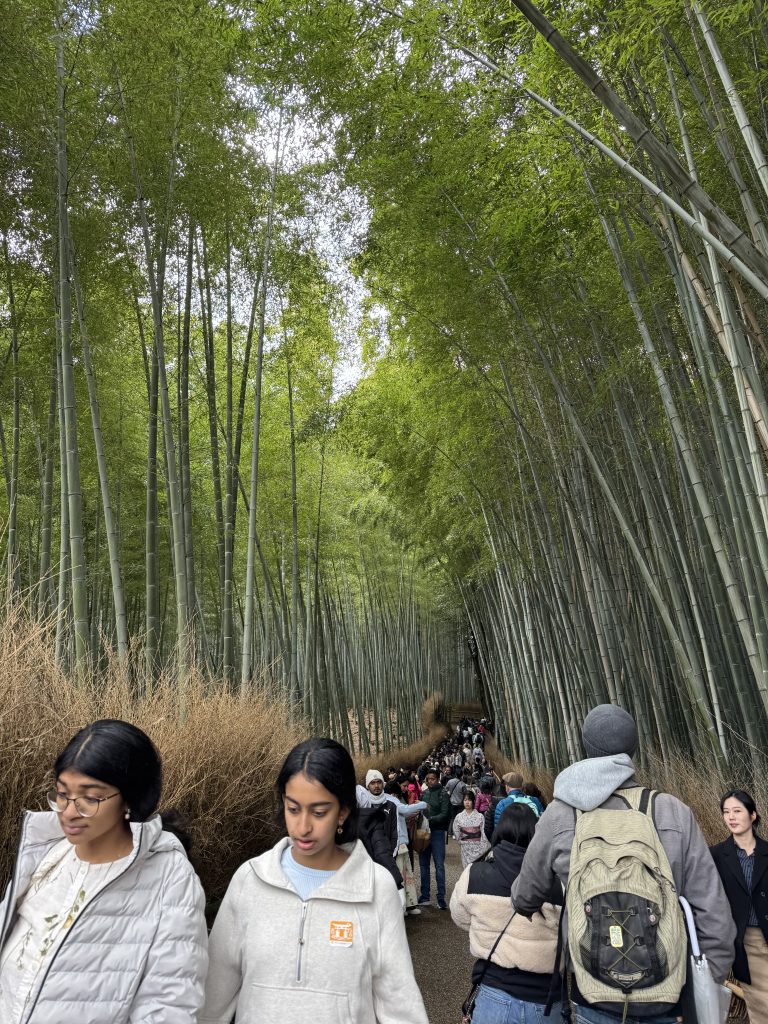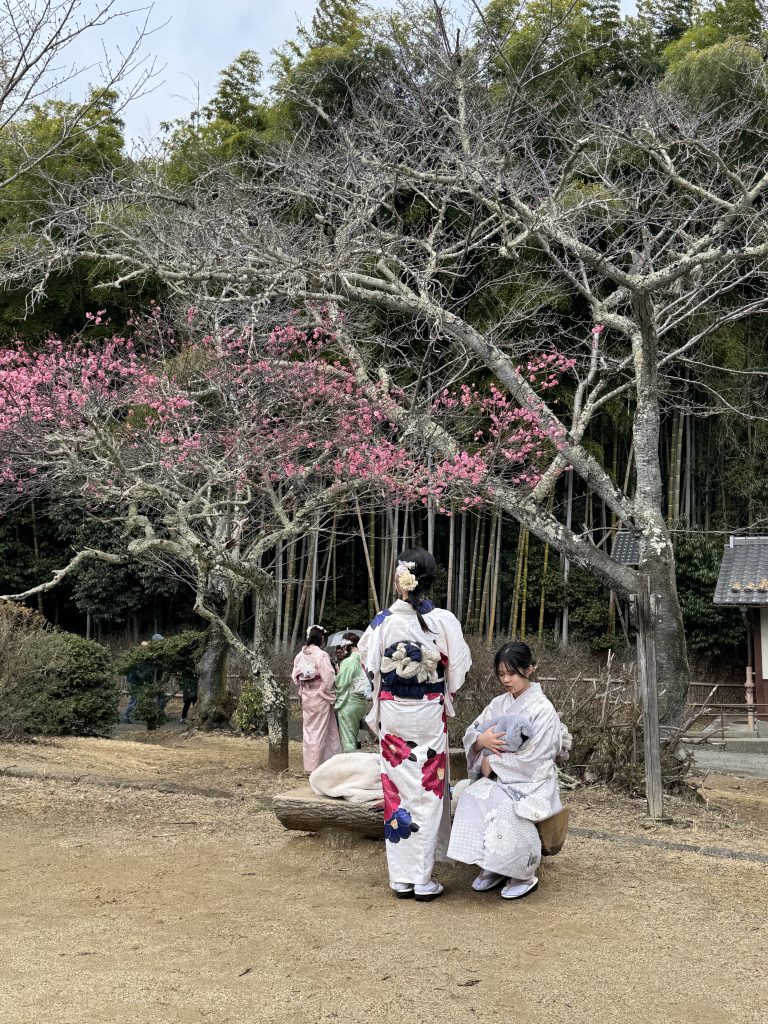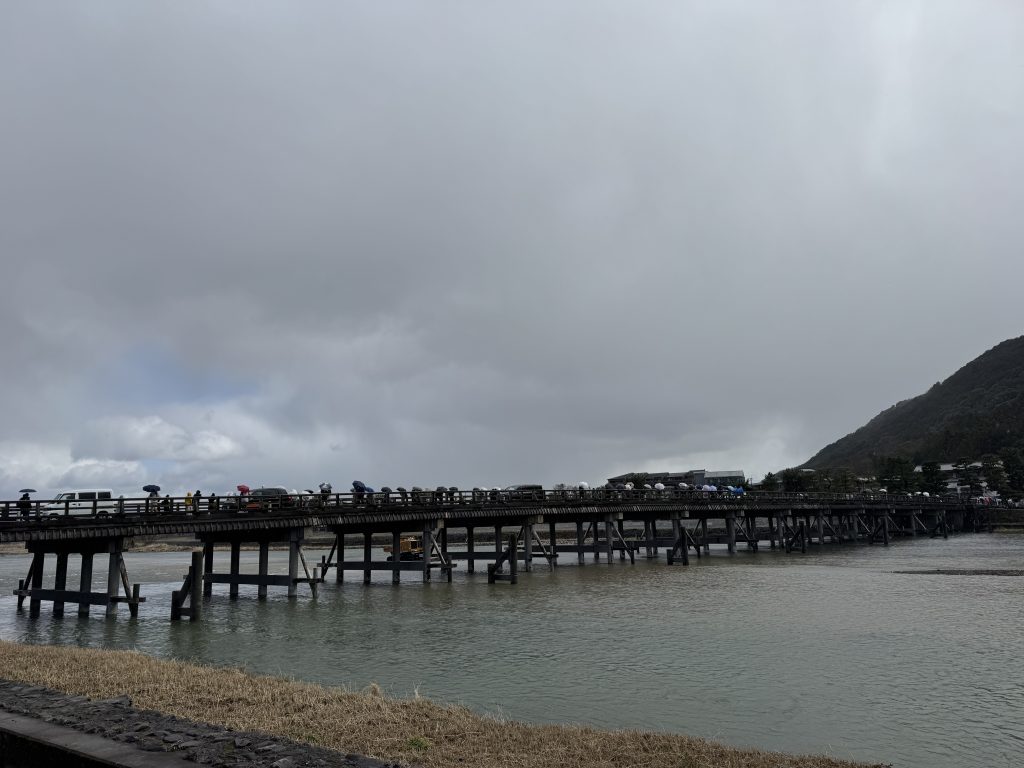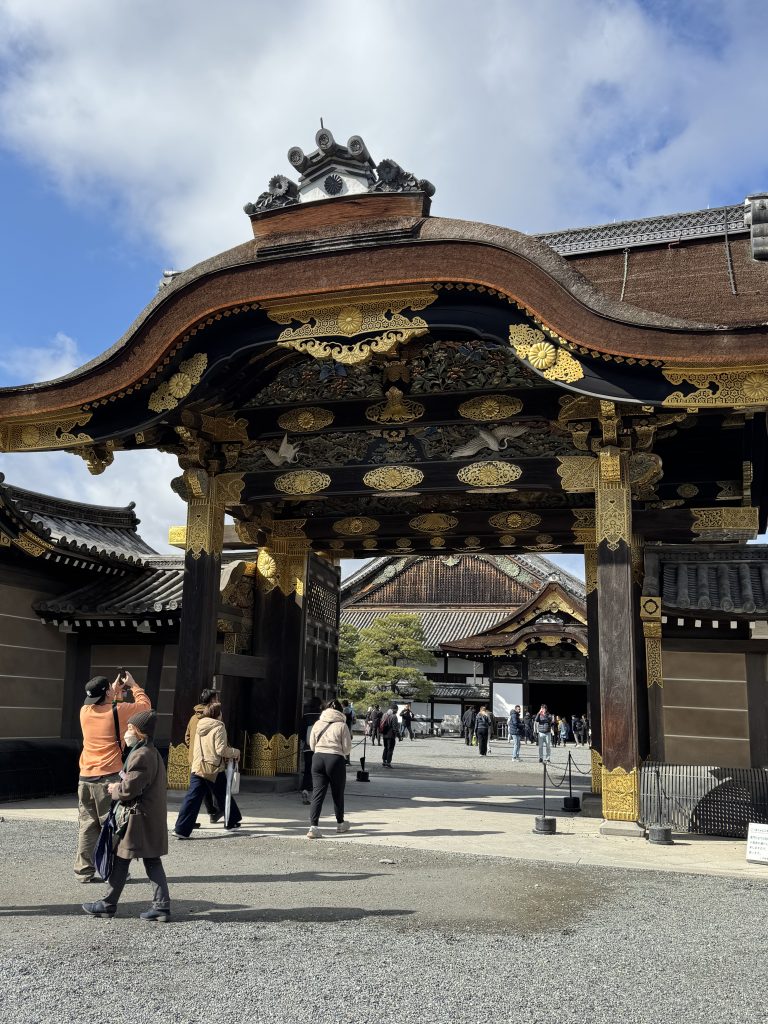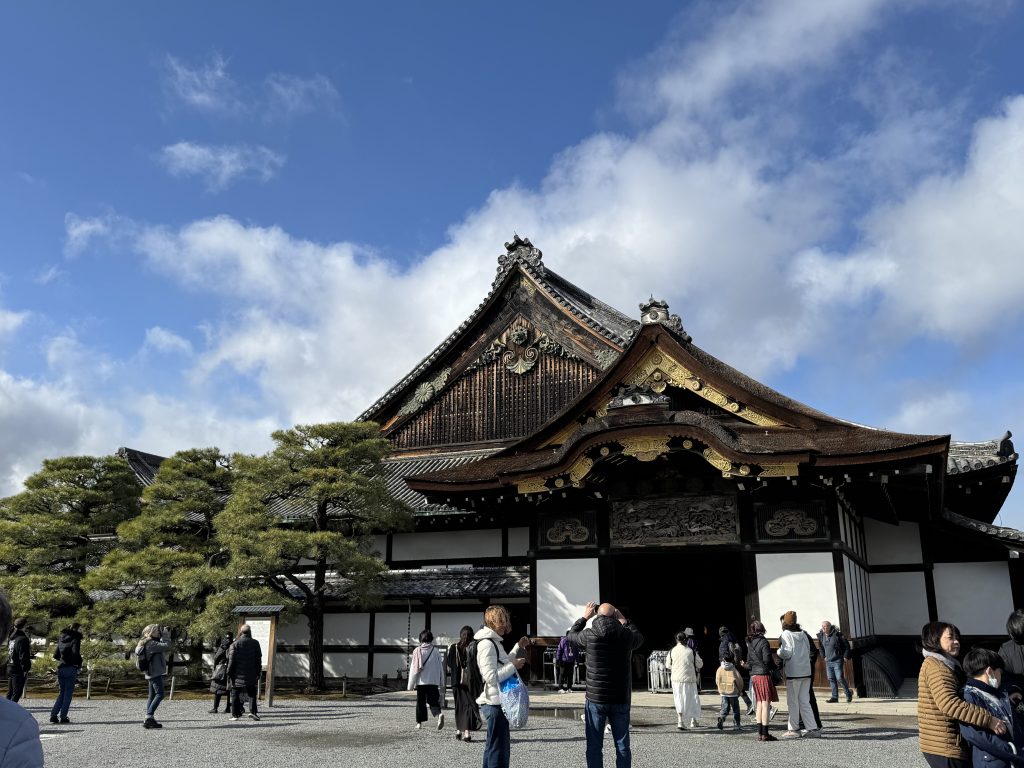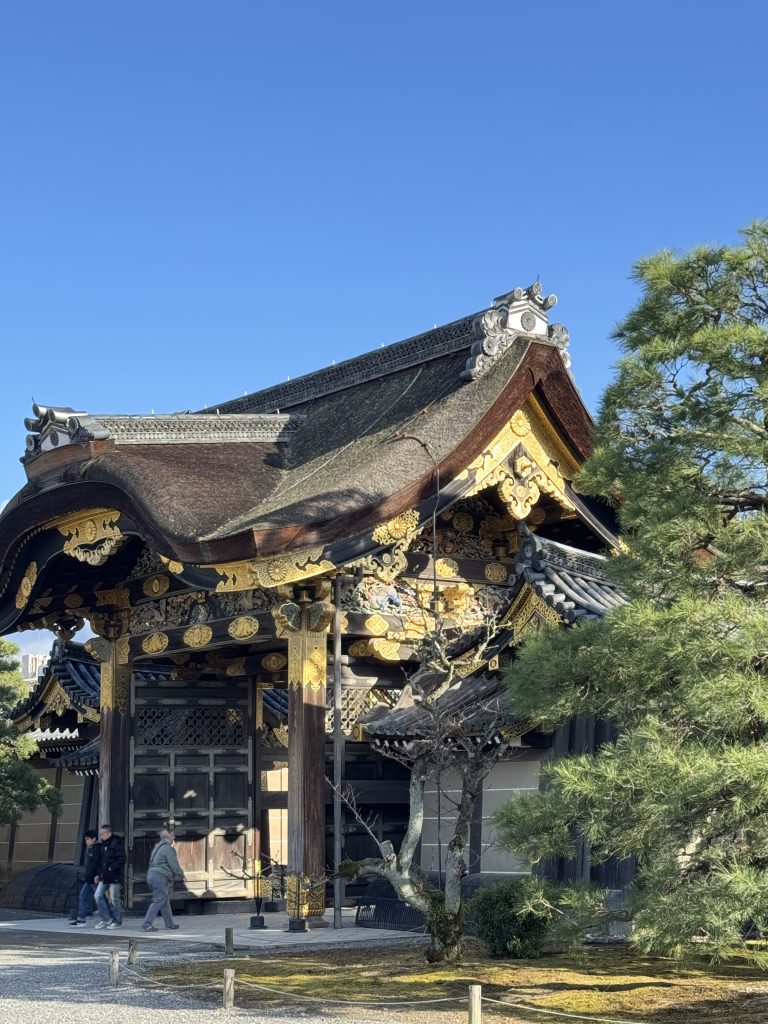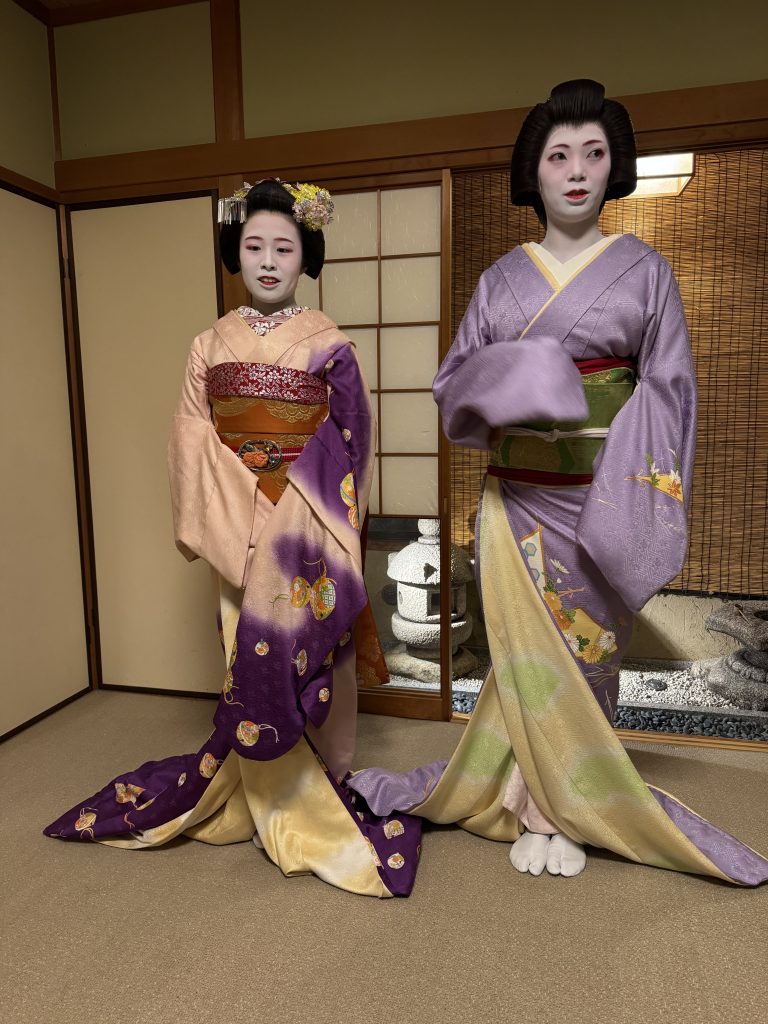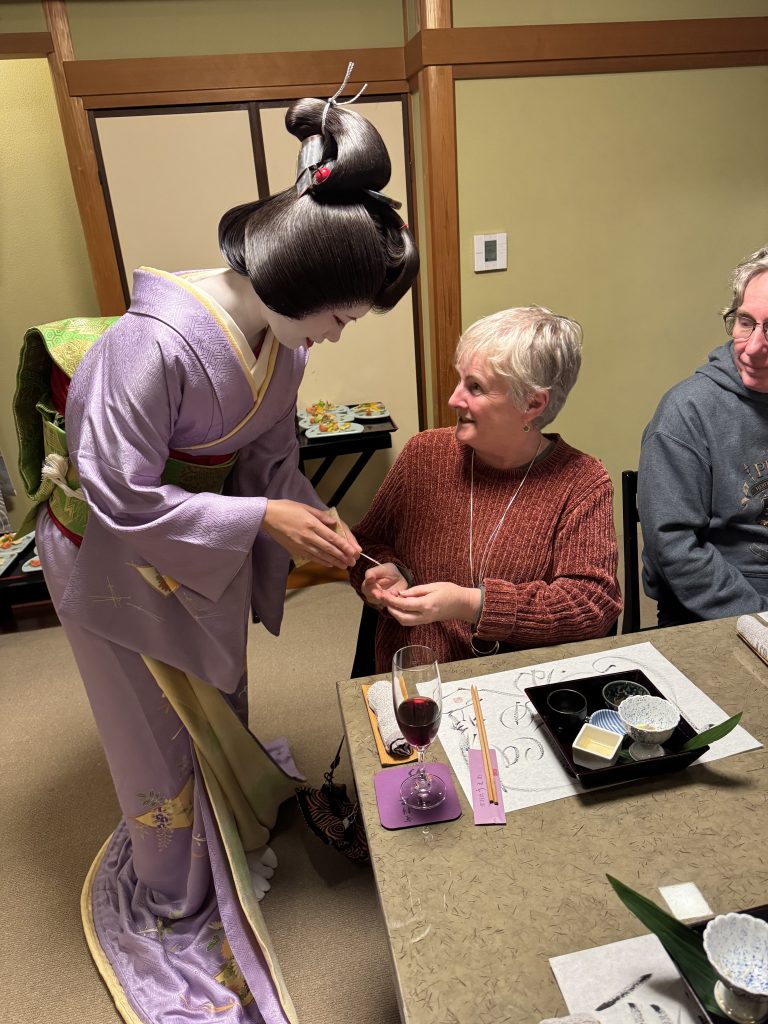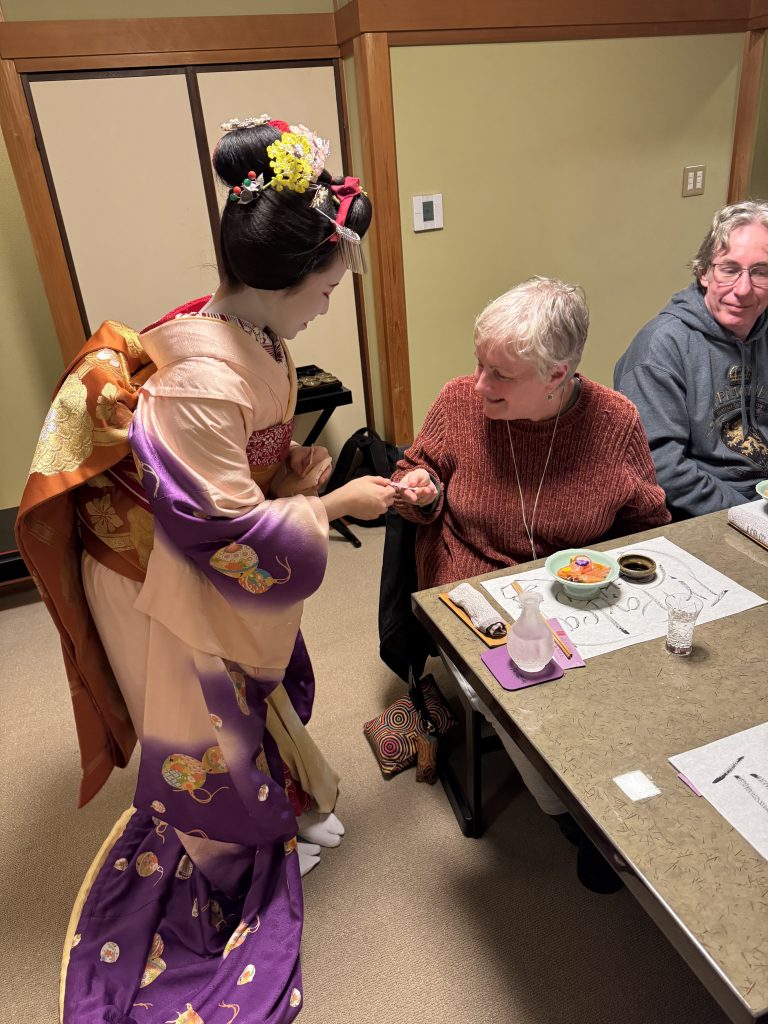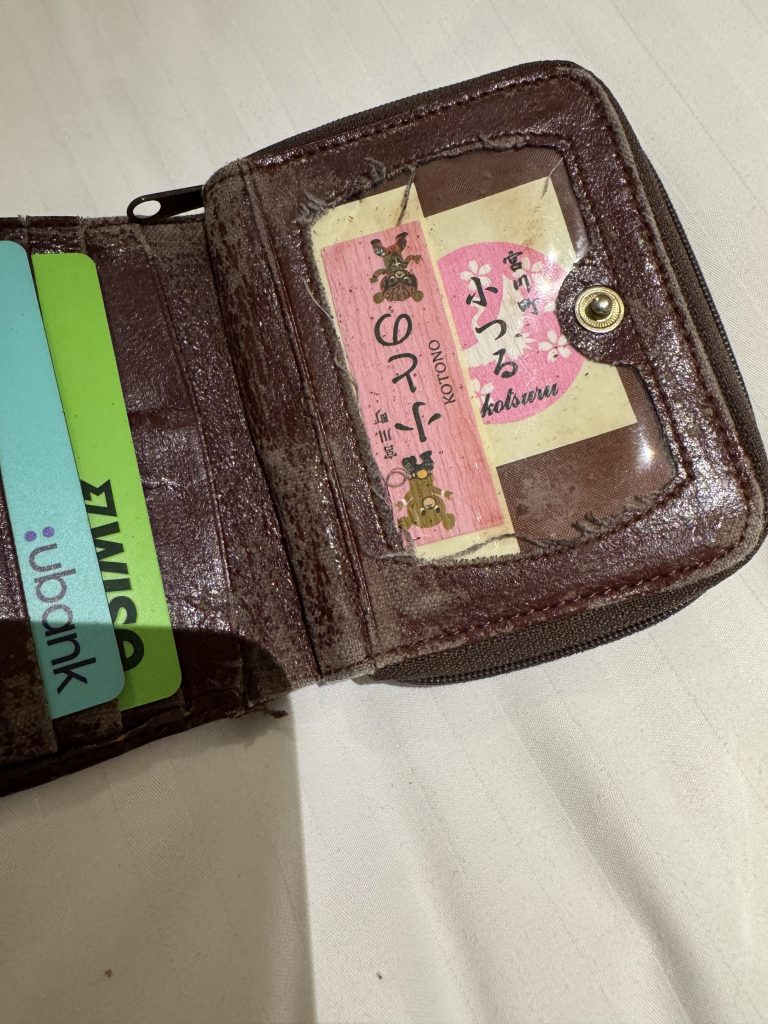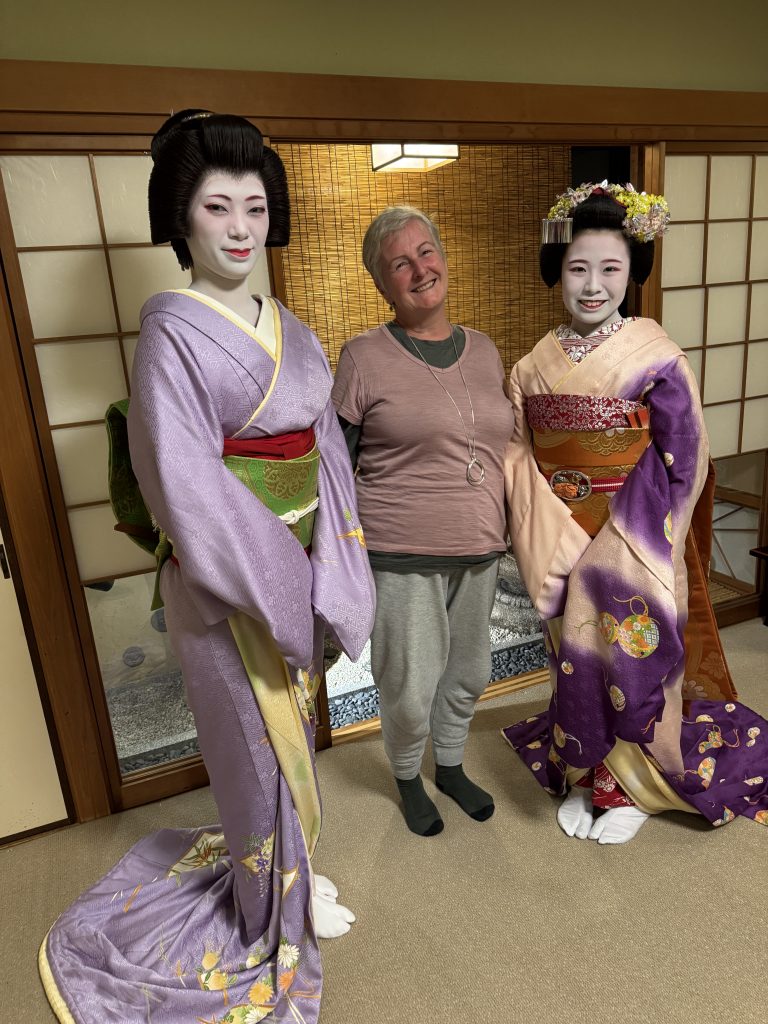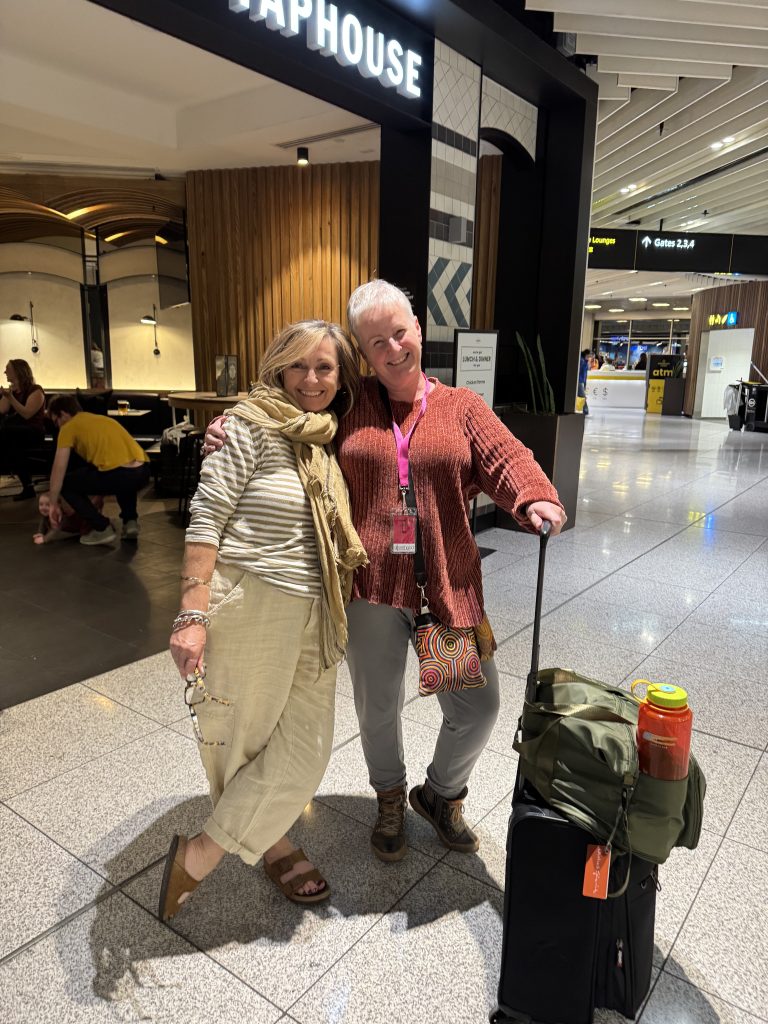
It’s not often that two siblings are at the same airport at the same time, unless they’ve decided to travel together. Kate was flying to India and I was headed to Kenya, and our flights were 2 hours apart . We met at the pub near gate 12 for a celebratory drink.
This was complicated by the fact that when we were both making our way to the airport, Dad was being admitted to hospital because he’s so weak. The man hasn’t eaten more than 3 consecutive bites of food since he broke his hip in January. (This is a slight exaggeration, but not by much.)
He’s definitely in the right place, with many more eyes being on his health.
Our first night was fine. We went to a restaurant called ‘Carnivore’, which my roommate wasn’t rapt about, being a vegan.
I’m sharing a room with Annette, who is the sister of a guy I’ve known for 26 years. I told her to about this trip last year and she rang the company to book a place. They said that it was all booked out, “ but if Frogdancer shares a room with you, you can come…”
Well, what could I say? Besides, it saved me $1,800 from a solo booking. That pays for a balloon ride over the Serengeti, plus other travel bits and bobs.

5.5 million people live in Nairobi 10% of the population and there’s 1.5 million commuting and out of the city every day
Pedestrians far more than a home people coming up to the cars when we stopped to traffic line are begging or trying to sell stuff. We were warned to keep our phones between our knees if the windows were opened in the jeep because people have been known to reach through the open window and steal the phone. Imagine! That’d be the end of the holiday…
Traffic lights are here “just for suggestion” said our driver.
The first night was enlivened by Annette briefly playing with the radio beside her bed, which resulted in an alarm going off at 3AM. A Mexican mariachi band was suddenly playing very loudly in our room.
She was so embarrassed, but honestly, the music made it so funny. Africa it certainly wasn’t!
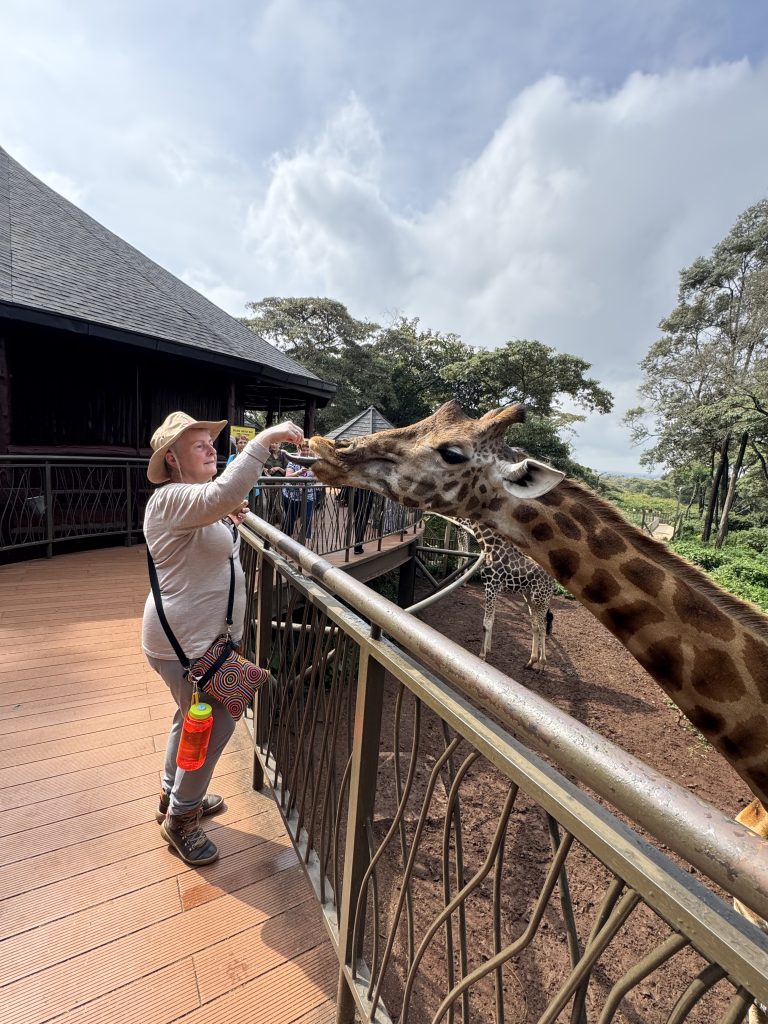
The sanctuary has only 5 permanent residents- 4 female and 1 male.
It’s a breeding sanctuary.
You place the pellets on the top of the tongue. If you get some spit on you, it’s all good. Giraffe spit is antibiotic.
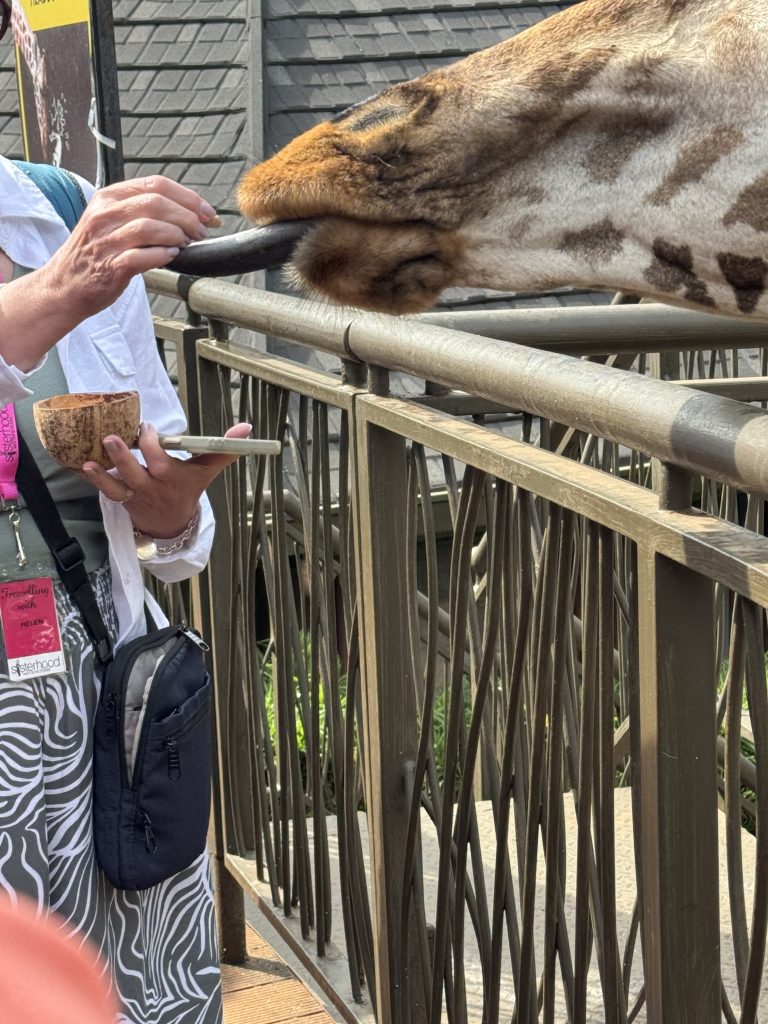
Rothschild giraffes are endangered, so this is why they were chosen for this breeding program.
They move the babies back to the wild when they reach sexual maturity at 3 – 4 years to make way for the new babies.
Males fight to the death. So only Eddie is here.
Gestation period for giraffes is 15 to 18 months. They can hold back their deliveries for 3 months if the environmental conditions aren’t good. Dry season is preferred.
28 to 30 years in captivity.
24 they reach menopause.
25 years life expectancy in the wild.
Their leg bones have no marrow, so they’re very strong. This is their main defence. Their only predator is the big cats.
They sleep only 5 to 10 minutes per day.
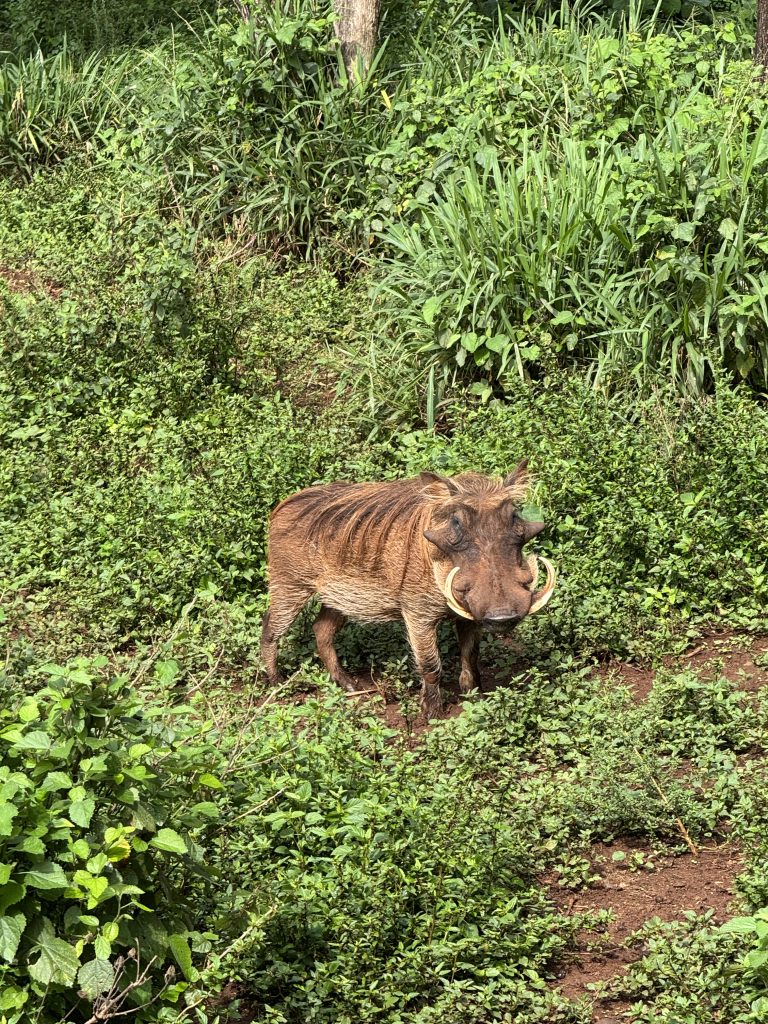
Pumba means stupid in Swahili.
The two annimals are symbiotic. Giraffes have great vision, whereas warthogs don’t. Predators will prefer to kill warthogs rather than giraffes, so the giraffes use the stupidity of the warthogs to their advantage. Warthogs forget things after about 5 seconds.
We drove 20 minutes to reach the elephant sanctuary. This is a rescue service, with rangers bringing backpacks orphans to be raised to go back to the wild.

The baby elephants were introduced to us first, with them racing out to collect milk bottles from the keepers. One guy gave a running commentary about how each elephant baby came to be at the sanctuary.
Talon was with a herd of bull elephants who were looking after her which is quite unusual, as normally the females do it. She was rescued because obviously baby elephants need milk for at least two years so they weren’t sure how long she would survive with the boys.
One was surrounded by lions, so he definitely needed to be rescued! They use a helicopter to scout around and he was spotted. Most elephants are orphaned by direct human actions, such as ivory poaching, or by indirect human actions, such as falling down wells or mine shafts.
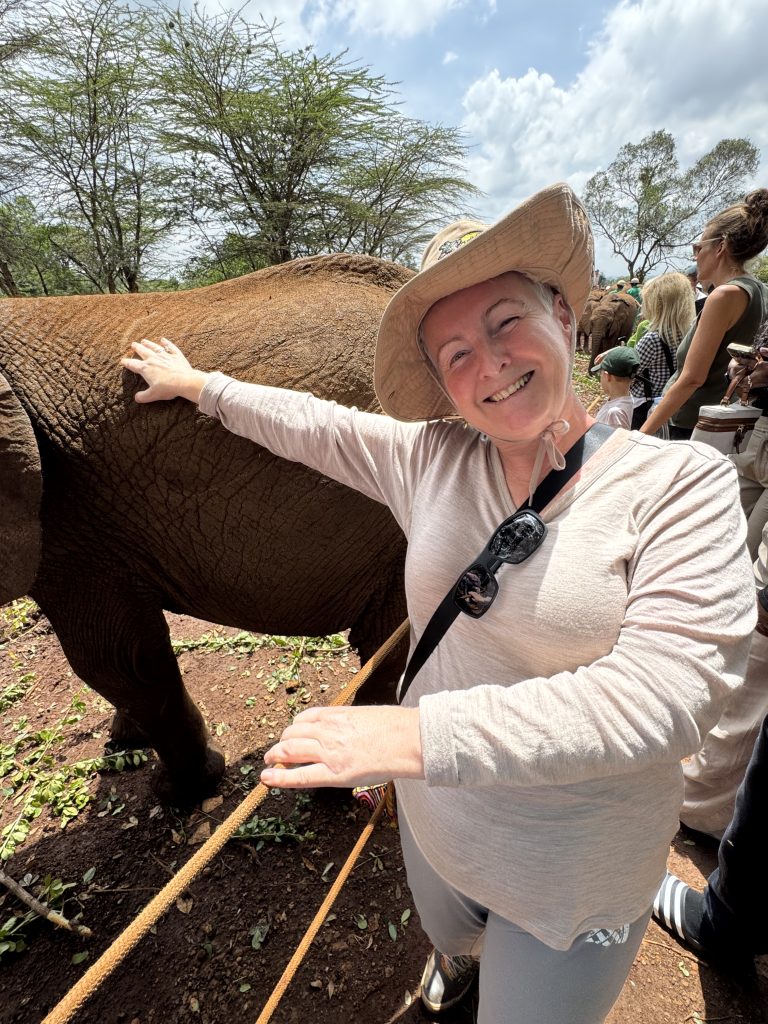
They are fed human baby formula because obviously it’s a bit hard to milk a wild elephant.
One thing I really liked about this place was that they try very hard to keep the animals as detached from humans as possible. They rotate their shifts so that the elephants don’t get attached to any one person.
The baby elephants need to be fed every 3 hours around the clock, so they have a different keeper sleeping in the same room as them every night. Apart from the hour where they come to be admired by tourists, the rest of the time they’re out in the National Park, with keepers assigned to each group to keep them safe.
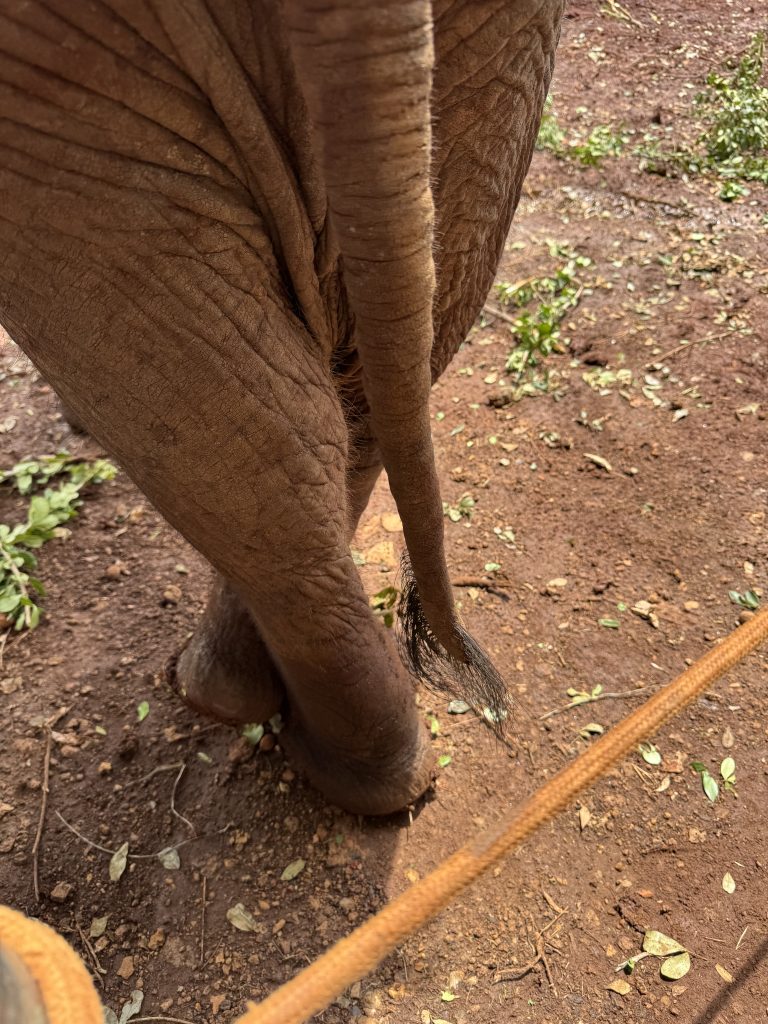
.
You another stupid question asked by a tourist after them explaining with great detail that they rotate the keepers so that the elephants don’t get attached to one human. Somebody else. If you sponsor an elephant can we feed them? And it’s like you are an idiot of course not though the guy answering the question was a lot more tactful than I would’ve been.
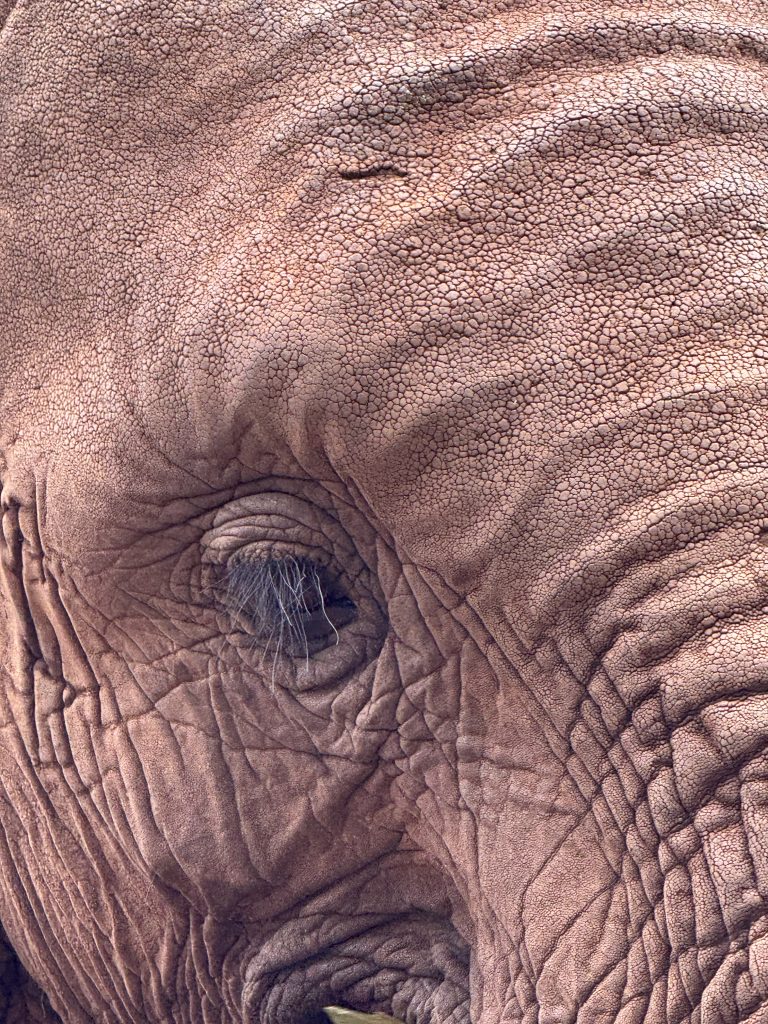
How incredible is this? I’m standing so close to these animals… though not so close that I couldn’t leap back if one suddenly started to pee.
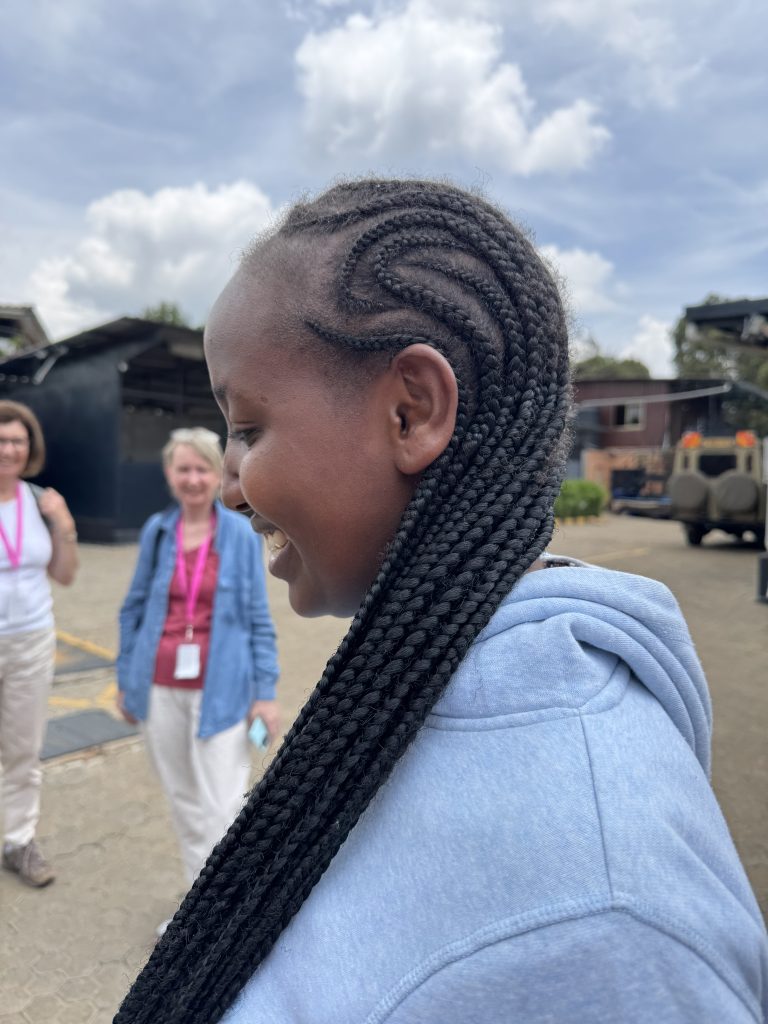
Our next one stop was a women’s collective, where they make beads to sell. Most of them are single mothers.
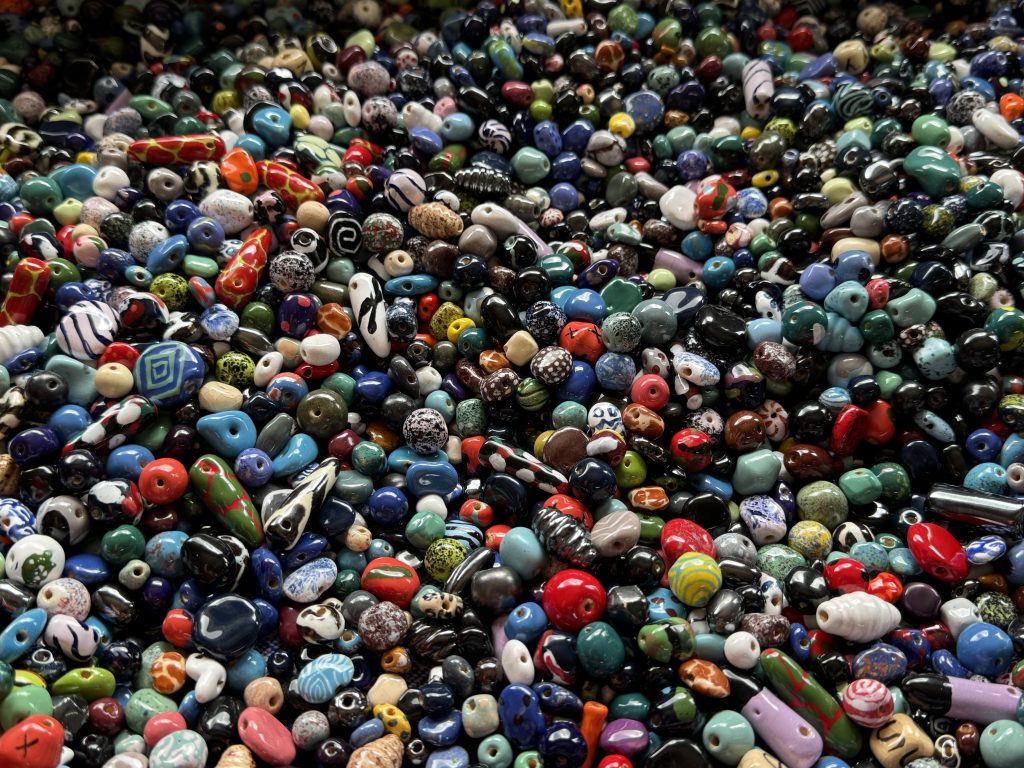
We saw how the beads were made, from the raw clay right up to the finished product.
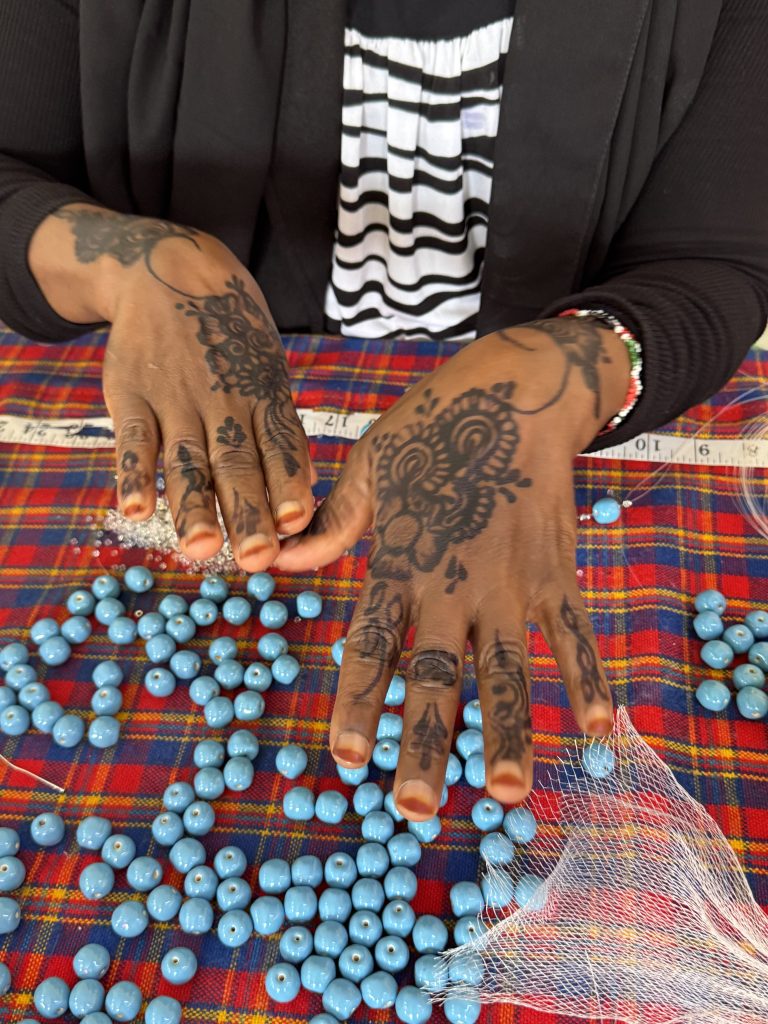
Henna hands!
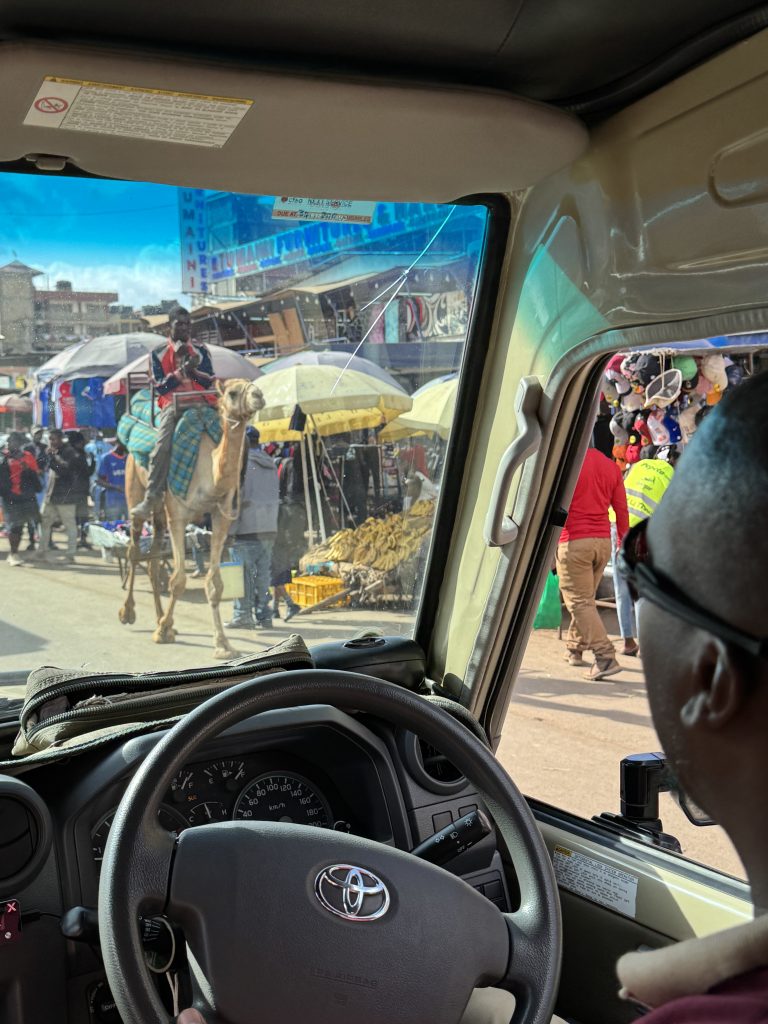
We had a sumptuous lunch at the Karen Blixen restaurant, then it was off to the other side of town to visit an orphanage.
Look at what we saw on the street?
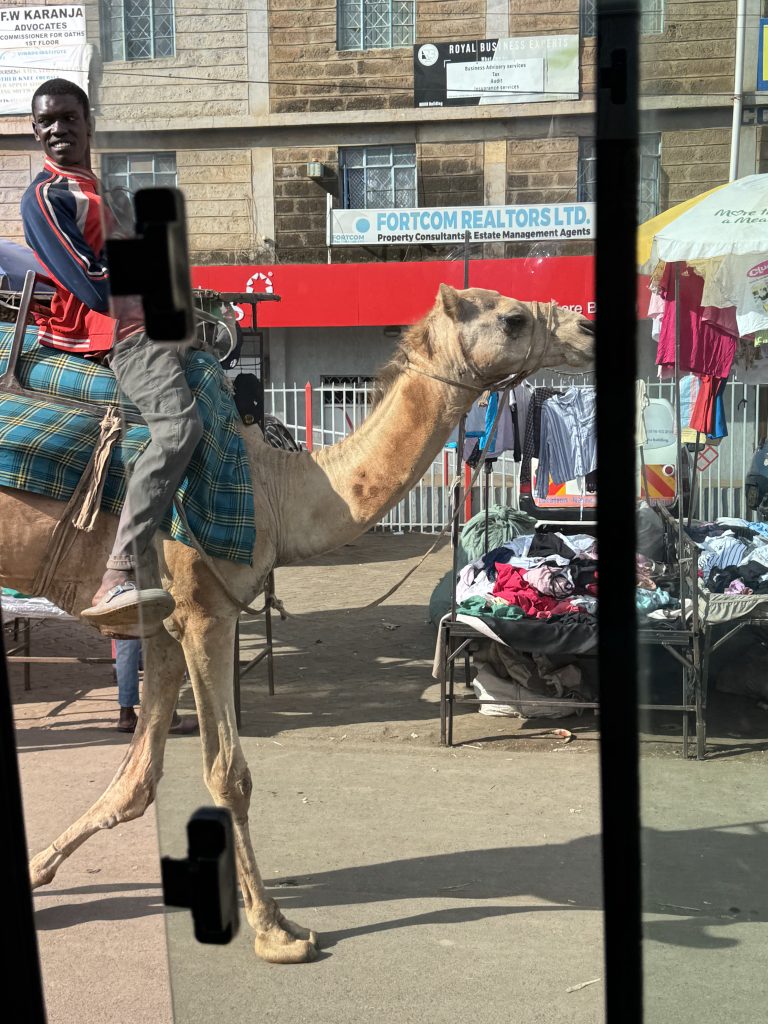
It’s not every day you see a camel in traffic.
Our second-last stop for the day was at an orphanage called The Children’s Garden Home.
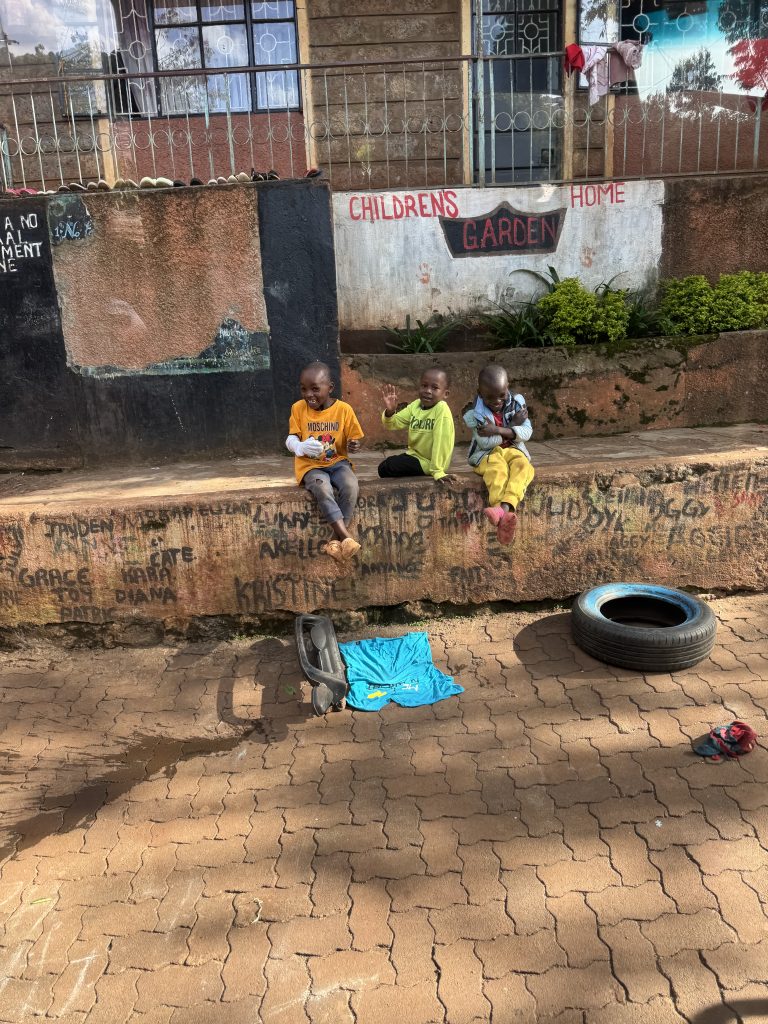
200 kids live here.
In 2001 this guy and his wife started with 5 kids under a tree. It’s called The Children’s Garden because the kids are the plants who bloom.
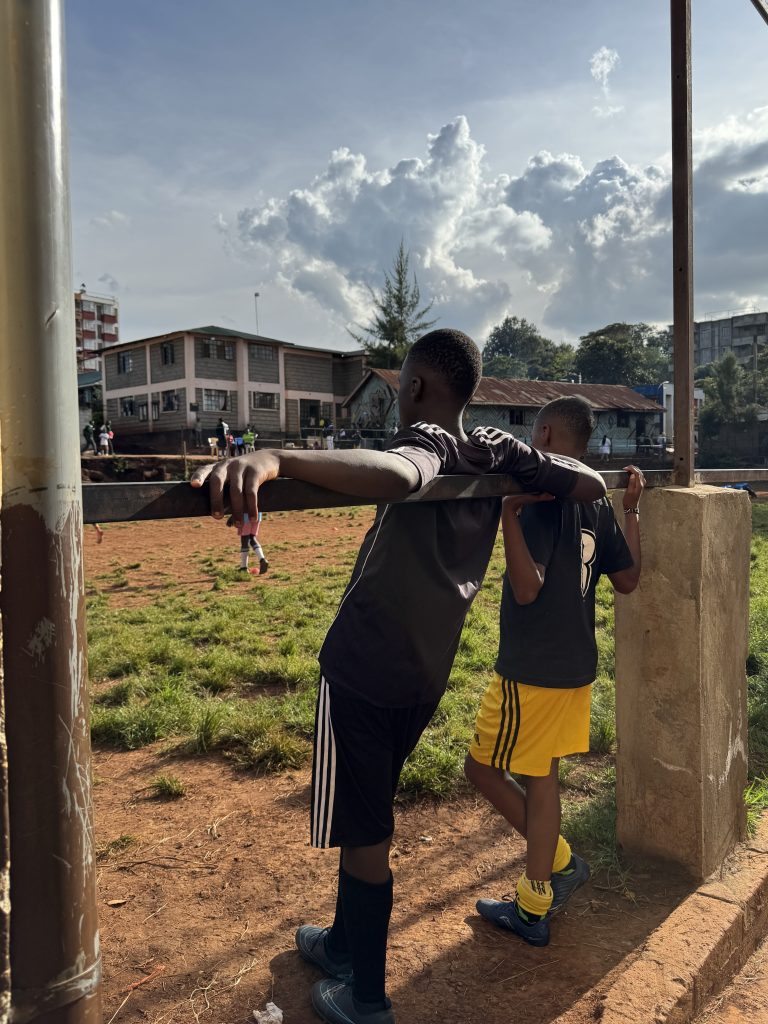
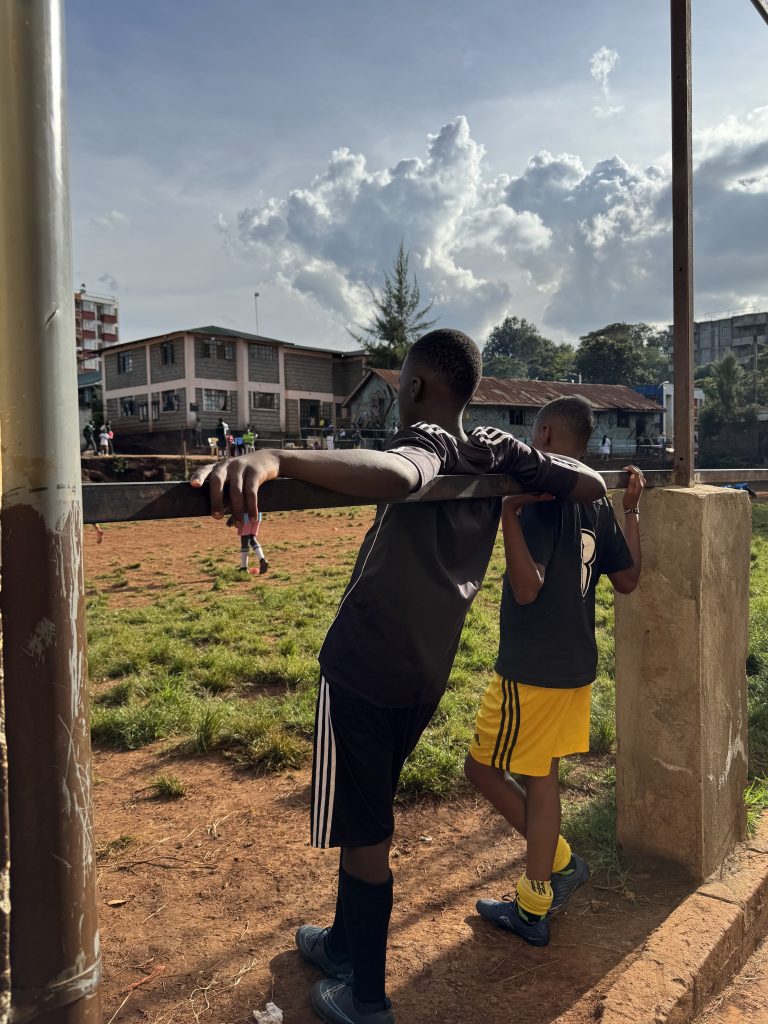
Bigger kids watching the little kids play soccer. It’s expected that the older kids help bring up the younger ones.
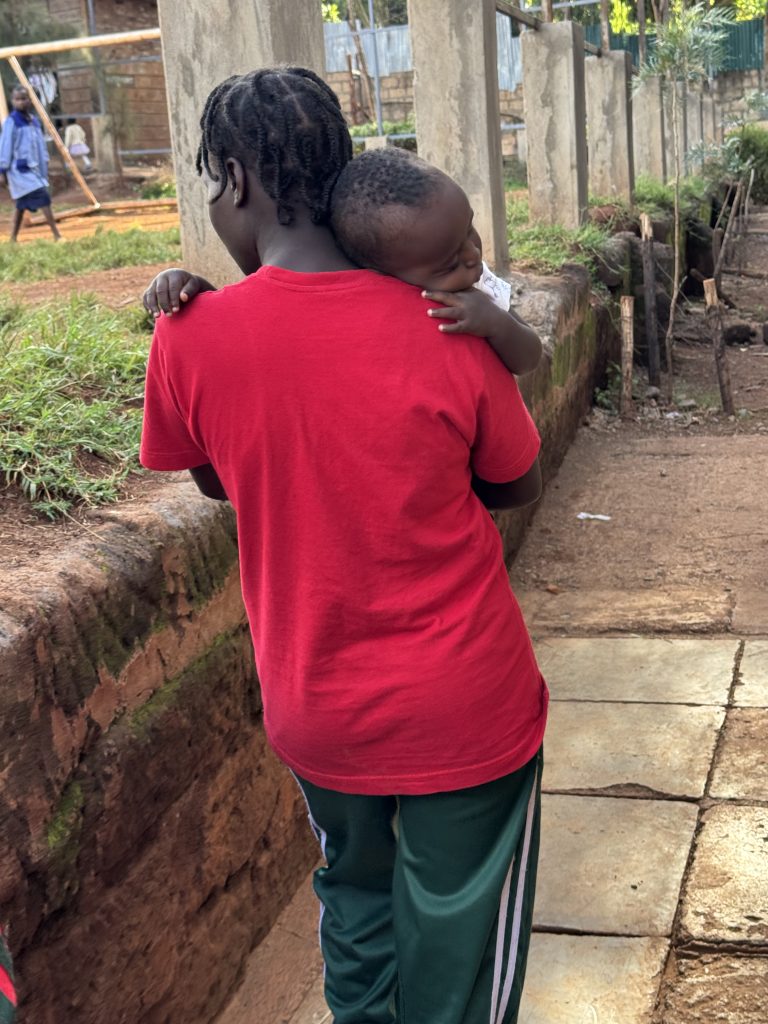
The kids are pretty much found on the streets, or neighbours alert the people who run the place if they know f kids who have been abandoned.
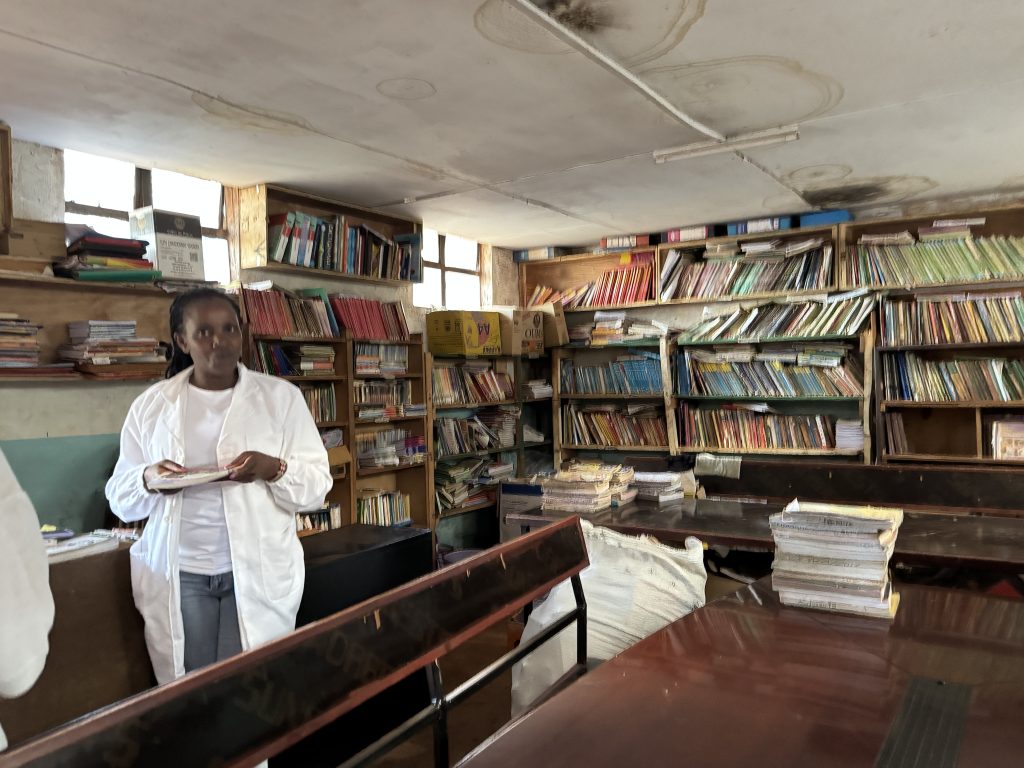
This is the school library. Joyce handles all of the textbook, stationery and wide reading books from here for all of the children.
In our jeep the next day, we regretted that we didn’t know more about this place before we left. We could have loaded up our suitcases with exercise books and pencils.

This little girl was very cute.
After a while, we were all herded into the hall and the kids performed for us. This was the last song they sang, before we were all grabbed by a child and danced with them all up on the stage.
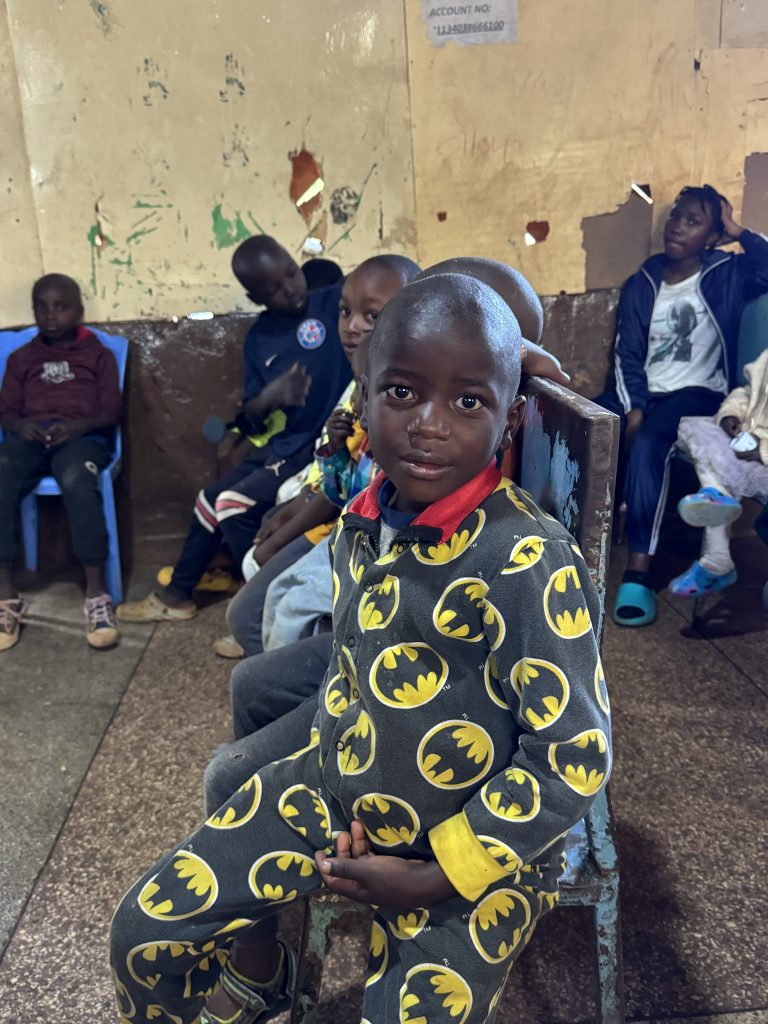
Batman here was part of a posse of small boys who giggled and wriggled together. He was tickled to see himself on my phone.
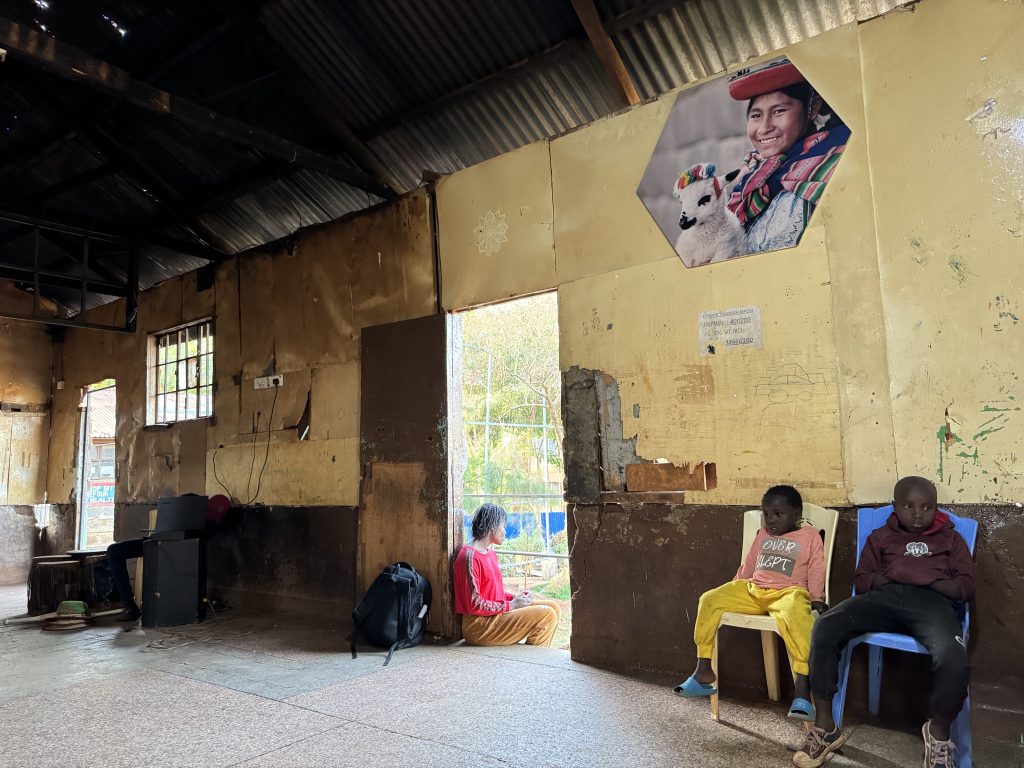
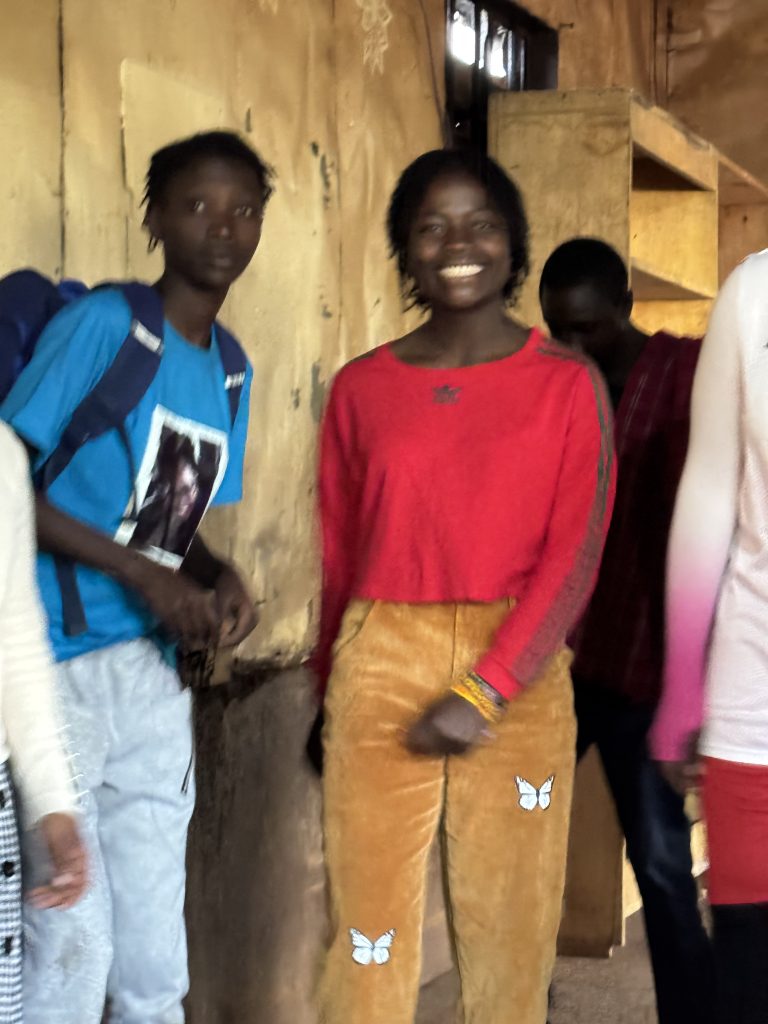
These two photos are of Lynette, who was my guide around the place. She finished year 12 last year and hopes to study tourism.

Our last stop was to have dinner at a private house, which turned out to be the owner of the travel company, Twiga Travel, which we’re travelling with. Talk about a stark contrast!
Tomorrow, we travel into the countryside and have our first game drive.
Dad Joke of the Day:
Well, not really a joke this time. I just thought that this sounds like ME!

